|
All autobiographical and travel blogs in a chronological format that hopefully make them easier to find. The first entry is to a secondary index of Fuzzy Photos and Unreliable Tasting Notes and this is followed by individual entries about travel related exploits. Earlier autobiographical stuff More recent travel related episodes (chronological)
0 Comments
*Nieu-Bethesda to Arniston Above: It had to be done ... shirt suits you Roj ... tasteful - suspect Shelley-ann's trying to disassociate herself from this particular shot. It's always a tug to leave Nieu-Bethesda but we were sneaking past half time on our trip and still had lots to see. Besides we still had to leave a few things to do for the next visit. Climb the Kompasberg, maybe? Besides we were now headed for our first taste of the sea. This day would be our last ultra-journey of the trip heading through Graaff-Reinet to Beaufort West where we would pick up the N1 for a quick 200 km run down to Laingsburg. From Laingsburg we'd take the road less travelled, crossing the Klein Swartberg[1] into the Little Karoo through the Seweweekspoort Mountain Pass to finally rest for the night just outside Ladismith in the little Karoo. Great plan but we hadn't counted on the countless contra-flows on the N1, South Africa's premier highway. A sense of humour becomes indispensable when encountering the umpteenth traffic control without any idea of how long the latest stationary interlude will last. And there's always the bladder challenge. Ages range from 63-78 and there's nowhere to hide for 450 km. The "low road" via Willowmore, Prince Albert and the Swartberg Pass may have had its consolations! Above: it's a long way and one has to concentrate; it's dead flat where we're travelling but the mountains continue to brood; and then it's semi-desert for 350 km and 4 hours (there're roadworks on the N1, you see) Suddenly it all becomes worthwhile Wees and teas (accompanied by a competent sandwich) while filling up at the Laingsburg Engen ... now there's a relief not to be missed. For anyone tempted to follow in our footsteps, the turnoff in Laingsburg from the N1 on to the R323 can require some vigilance so make sure to pause the post-prandial lethargy when leaving the fuel station. And then you're on to an oxymoron: one of the most beautiful stretches of road in South Africa with decent roads and almost zero traffic. After a while of gigantic scenery the route does become dirt-road based but I've done it twice and it's one of the gentlest surfaces in the country. But beware, around 22 km out of Laingsburg the R323 bifurcates rather confusingly. Both options will take you to Ladismith but if you turn right you'll be missing out on the spectacular Seweweekspoort Pass and its sublime approach. This is a gentle road along a valley with verdant riverside pastures and grapevines on the left, fed by a tributary of one of a number of Groot Rivers[2] in the Cape, and the brooding magnificence of the Swartberg on the right. We were separated by the Klein (Small) Swartberg from our destination at Mymering Wine and Guest Estate, close to Ladismith in the Little Karoo. There is a great sentinel in this part of the mountain range that is visible from our road down the almost deserted valley and then again from Mymering. The sentinel is aptly named the Towerkop and from where you first see it you are roughly 13 km from the Wine and Guest Estate as the crow flies. Following the road, the only way to get to the other side is via the Seweweekspoort Pass and the distance becomes more than 80 km. But 80 km of deliciousness. We may have encountered one or two other cars cruising along the well maintained gravel road admiring the gorgeous scenery, but no more. A few sample photos follow; editing these was painful in deciding which to omit. Above: (top l-r) the Towerkop comes into view in the top right hand corner; and then becomes more evident as one meanders down the road; (middle l-r) what appear to be vines grace the foot of the foothills; a red roof on an immaculately maintained farmhouse surrounded by fruit trees; (bottom l-r) one of a number of traditional cottages from centuries past; the top of the pass. And then we descend into the Klein (Little) Karoo through the spectacular Seweweekspoort Pass itself which meanders quite gently through the mountains as opposed to the scary Swartberg Pass 60 km (as the crow flies) to the East and which soars over the top. The Seweweekspoort Pass is the cleft in a continuous mountain range made up of the Groot (Big) Swartberg in the East and the Klein (Small) Swartberg on the West. We didn't actually count them but the pass crosses the eponymous river at its floor 23 times in 17 km. There were two main reasons for using this pass to descend into the Klein Karoo. As mentioned earlier Shan refused to ever go over "that scary" Swartberg Pass again (after one previous traverse illustrated in B&W below) and she hadn't seen the Seweweekspoort before. Actually, there was probably one other reason: the latter is undoubtedly prettier than the former. Just to emphasise this the two passes are depicted below adjacent to each other ... the eastern road being depicted in monochrome ... Below: (l-r) the road passes through a veritable canyon before narrow dirt roads hover over the canyons and valleys below - in places two vehicles passing in opposite directions require the outer car or truck to hang over a vertiginous drop only supported by the tallest of dry-stone walls; on the north side of the summit are immense views of the Great Karoo - here only slightly obscured by me, our daughter, Kate, and Shan; Kate and me at the summit; the Swartberg Pass winds its way down on the South side to the Klein Karoo. Above: (top l-r) with love from Shan; meandering down between great walls of red rock; (bottom) the road finds its way in a continuing zig-zag through the craggy monoliths distributed like giant slalom beacons. End of the day It had been a long one! Almost 600 km of highways (with countless contraflows for roadworks), gravel roads and tortuous mountains passes, it was time to rest our weary souls in the sublime scenery that surrounds the Mymering Estate and Wine Farm. Obviously there was wine with which to contemplate the Towerkop again, this time from the other side, but also for a gourmet meal hosted by the proprietor, Andy Hillock, a raconteur and a retired specialist doctor from Port Elizabeth. Above: (top l-r) Shan's husband at Mymering sundowners with the Klein Swartberg in the distance; a little later in the evening with Towerkop in the clouds and without the husband; (bottom l-r) even later in the evening with the wives and husbands having enlisted a willing staff member as photographer; the next morning with Towerkop in the morning light. We had travelled from the North East of South Africa, vaguely following the coast albeit wiggling between < 80 km to > 400 km from the actual sea. So far the journey had been more than 2,500 km and we were to see the sea for the first time after a good night's sleep and a pukka breakfast. After culture, smut It had to be done. We connected with the groovy Route 62, South Africa's Route 66. Lots of motorbikes and cherished vintage cars. Well, not "lots" in a British sense but sociably busy. We were headed for Arniston, an attractive fishing-village-come-resort on the Indian Ocean. We'd been there before and it still retained some of its charm so we were looking forward to some sea air. But first there were some assorted attractions: an alleged sex shop, a rustic ferry across a middle-of-nowhere stretch of river and a kind of raucous pitstop, again in the middle-of-nowhere. So come on Ronnie ... Actually it's a bit more gimmicky than sexy but I believe Ronnie would be the first to admit that. Certainly on a sunny Sunday in February there was quite a vibe about the place and not just from the breakfast runners that stop by on their superbikes. Apparently some female visitors donate their brassieres and these decorate the inner sanctum. I believe Shan asked him how this came about and his comment was: "It only takes one ... ." Above: (top) Roj hamming up the furtiveness of taking his wife to a sex shop; (middle) big bore bikes and perhaps the roadkill they generate?; (bottom l-r) a tractor and our car = utility; and then the porn that is all Italian - all 1299 cc wrapped up in a shade of red only Ducati and Ferrari can muster, underpinned by its desmo sound renting the Karoo highway. Pressing on to the sea Our route continued along groovy 62 through Barrydale (Hello, what else could follow a desert sex shop? Only a Barrydale ...) before turning off on to another spellbinding pass. The Tradouw Pass follows the river of the same name through the Zuurberg mountains that separate the Klein Karoo from the Coastal Region. We had left Route 62 and were heading for the Indian Ocean via one or two more diverting attractions interlinked by more dirt roads. The first of these was to cross the Breede River at Malgas on a punt that had only recently replaced a hand pulled contraption. But first a strangely embarrassing phenomenon. The Starrs kept asking us when we were going to get some quality sightings of baboons and or ostriches. You know, like real close-ups in abundance. We kept reassuring them and then even began to doubt ourselves. After all, on the ostrich front, the Klein Karoo was the home of Oudtshoorn, the town built on untold riches from ostrich feathers gathered from farms throughout the region. That was in the 1880s and the value of the feathers has subsided somewhat since then but recently Shan and I had seen plenty on visits to the Western Cape's Overberg region that we were now entering. Sián and Roger had their eyes peeled ... and sort of "bingo" ... Roger had a sighting and his camera to hand. Above: (top l-r) was this the last pair of ostriches remaining on the planet?; waiting for the outbound passengers to disembark; (bottom l-r) the metropolis of Malgas from midstream on the Breede River; the gate opens for us to scramble up the gravel for the last lap on our journey to the coast. There was one last stop before Arniston and the coast and perhaps one last sighting ... maybe more ostriches??? The stop is a must, a quirky (maybe a bit naff) bar, restaurant, music and dance venue in the middle of the veld. Sort of a bit more polite version of Ronnie's. Actually, "Grunters" was part of a slightly more salubrious Breede River Trading Post and had delicious pizzas and traditional local Castle Lite "lager". Shan and I'd been there previously after a visit to the sublime Sijnn Winery (just a complete standout place to visit with uniquely brilliant wines but, sadly closed on a Sunday) and had very much enjoyed the burgers. This time the pizzas were the choices du jour and sufficiently fulfilling for the leftovers to be happily boxed up and eaten cold at our destination when we reached it a few hours later. An hour or two later than anticipated thanks to my personal hubris of "knowing the route" and travelling the long way around. Road signs are somewhat wanting in South Africa and Satnav is always a good plan. Google does a reasonable job but requires that one has (expensive) data roaming switched on. You'd really think the hire companies would have it as part of the standard package on a fairly upmarket chariot! Above: (top l-r) Shan's contented (some might say smug) face at being in her happy place; Sián took this photo in the Grunter's privy, so we should say no more; (bottom l-r *cheek*) when ostriches roamed the Overberg in 2022, 'onest Starries; painstakingly recording our route so far on a pukka paper plan of South Africa. All that is left of this episode is for esteemed readers to share a little bit of our mutual work and exercise their own imaginations ... Above: Caption this ... [3] Coming next
Arniston and beyond ... yes, Hermanus. Finally. [Endnotes]:
*Nieu Bethesda Above: the Owl House with its sinister overtones might completely overshadow the unique character of Nieu Bethesda were there not so much else going on in this remote Karoo town ... more of the OH later ... Serendipity slid into the centre of things soon after we slipped into this supposedly sleepy outpost that briefly became the centre of our universe. It had been a long day when we finally slid to a halt outside our chosen accommodation for the next 4 nights. It was my 4th visit to the delightful place and I'd decided on the previous visit that, should I be lucky enough to return, that return would be to the place I'd recently stayed with my daughter, Kate. I was hopefully confident that it would delight Sián and Roger and Shelley-ann (Shan) as much as it had Kate and me. It did, and after the requisite pleasantries with our host, Carla, we repaired to Boeties Pub for quick refreshments before a meal and an early night. It's what one does in Nieu Bethesda (NB). Everyone speaks to everyone else. Except there was this other couple who initially looked as if they would be good material for a chat but they didn't stay long and it didn't seem as if they'd welcome our intervention. We quickly got into the rhythm passing a short time of evening with a few locals. Turns out my couple were also staying at The Bethesda as we were to discover the next morning. Above: (Clockwise from top left) Boetie's Pub's entrance is discreet - you have to know where to find it; happily inside and chatting up the locals; Sián's and Roger's suite; Sián on the veranda outside her suite. A gentle prelude to serendipity After a splendid breakfast in The Bethesda we set off on the Starrs' inaugural walk around the village and soon crossed paths with the delightful couple who own Oude Pastorie, whom Shan and I had missed by a whisker on our previous visit in 2021 when we stayed in Oude Waenhuis at the other end of their garden. I'll leave it to Shan to describe the encounter .... "[We] wandered around the village familiarising the Starrs ... . Bumped into Fulvio and Albert and chatted to them about their dogs. When asked where they were staying, Fulvio pointed to the Oude Pastorie. I exclaimed and told them we’d stayed in their Waenhuis and how much we loved it and their gorgeous garden and tortoises. I then asked if we could show the Starrs (the tortoises) and Fulvio gave us a full tour of their beautifully curated house. So much to look at. He loves history and had accumulated, amongst so many things, very pricey original Vanity Fair drawings of famous people. So many original things! Accumulated over 10 years. So knowledgeable and interesting." Turned out that during our 4-days stay we kept bumping into this delightful couple wherever we went but, for now I need to focus on serendipity to the power of 4. Above: Elements of collections and the garden at Oude Pastorie. We were planning to introduce the Starrs to lunch at the "The Brewery and Two Goats Deli" a must-visit place for beer and a casual lunch in NB. But first we repaired to the verandah at The Bethesda. Serendipity starts to unfold The feminine member of the couple we'd missed chatting to in Boetie's Bar the previous evening was sitting on the other side of the veranda from Sián, drinking tea. I engaged her in conversation and my KZN-radar jangled and buzzed. By this stage Shan radar had also kicked in and she joined me in turning into inquisitor mode. In true South African fashion we slipped into "where are you from/where are you headed" mode. She said her name was Heather Fitchet and that she lived in Himeville (which is in KZN). This prompted Shan to ask if she knew an old school friend of hers who lived in the same area. It turned out that Heather knew Shan's friend, Michelle (Pitman). It also turned out that she, Heather and her husband rented restaurant premises from Michelle. Before moving to Himeville, Heather had spent much of her life as a photographer and writer in Durban. At some stage in this dialogue Shan and I introduced ourselves and mentioned that I had had a similar career in my early working life. Suddenly Heather's expression changed and she jumped up exclaiming, "Are you Banjo?", seemingly with a tear in her eye. I couldn't deny it despite the fact that I knew that Roger was by this time eavesdropping. I equally knew he would call me Banjo from that moment on[1]. Not that I really minded and anyway I was caught up in this revelation with our new-found friend which led to fevered conversation and, in my case certainly, to a moistening of the eyeballs. Turns out she is Heather Fitchet, best friend forever of Camilla Kinnear whose husband, Tony, a.k.a. Spikey Norman, had died from cancer a few months earlier. Spikey and I had been close friends indeed. I'd been to South Africa twice, in the previous October and November as a result. At this point Heather insisted on rousing her husband, Martin, from their room in The Bethesda and a whole new dimension was added ... but more of this after our foursome has walked to and from the Two Goats Deli. Just as if to reinforce this new relationship, Martin and Heather passed us in their car as we were nearing the deli and waved furiously. They were headed on some expedition or the other for the afternoon. Above: (clockwise from top left) the river through NB can be feast or famine, flood or trickle ... the bridge that Sian and Roger are crossing caters for the worst scenario; Roj was smitten by the pair of Harleys at the entrance to the Two Goats and, to be honest, I thought the first one catered pretty adequately for two; waiting for the beer; Cheers, home brew to hand; Alokudu. A trip to Nieu Bethesda would be incomplete without visiting The Brewery and Two Goats Deli and each time I've been there, with Richard Levitt, Shan, Kate and now Sián and Roger has been worth the picturesque two-and-a-half kilometre round-trip walk to get there via the suspension bridge over the mini-gorge with its usually dry river bed. And be careful how many delicious cheese platters you order because they are huge and tasty and you'll probably be eating somewhere else scrumptious in the evening. Back to the Fitchets We'd ascertained from the Fitchets that, also by pure happenstance, we would be dining at the same tiny restaurant that evening. This was turning out to be an extremely busy day! Where to restart. Our initial meeting with Martin had been pretty emotional as it turned out after I twigged that his full name was Martin Fitchet and that we had been in contact when I'd been researching a series of articles on his Mum, Shan's and my wine mentor, Solange Raffray[2]. Solange had been the doyenne of wine in Durban but had achieved a formidable reputation pretty much throughout South Africa in the 1980s and beyond. Now Heather and Martin would also be at Bini's and we were relishing the prospect of exploring shared memories further. Including the fact that the Fitchets ran a restaurant in Himeville, by all accounts (latterly gleaned from mutual buddies) superb. As was Bini's[3] despite the fact that one of us stole Heather's lamb shank because she was too selfless to hang on to it. During the meal the revelations continued, revealing the fact that Martin's cousin was one Vincent Noel, a classmate and heartthrob of Shan's from her Westville Junior School days. Shan notes, "He then sent me photos of Vincent younger than when I knew him and later when he became a jockey. Lots of wine consumed." So the Durban diaspora may be a bit of a cliche but what were the odds of us all coming together in a remote desert village 650 km away from Durban as the crow flies? Above: (top left) a picture of Bini borrowed from "Info DT International Academy", after that a fairly sedate pic taken by Sián with Shan, Moi, Heather, Martin and Roger; and then it all became so riotous you'll have to work it out for yourselves apart from the last picture of the tranquility inside Bini's front room which was unoccupied all evening because the rioters had elected to spend the evening outside. Sadly the Fitchets were leaving early the next morning but that didn't stop us from having a final fling before retiring that evening, courtesy of Martin, with a bottle of rum liqueur back on the verandah of The Bethesda. We bid the Fitchets fond farewells as they were leaving early the next day. So some of us are now exhausted But others were hot to trot to experience some of the other delights of Nieu Bethesda. They started out with the Owl House. I'd already been there 3 times so I left it to Shan to accompany Sián and Roger for their induction into the world of Outsider Art at the town's biggest global drawcard. The Owl House is a creation by Helen Martins that evolved over decades in the mid 20th century culminating in her death in 1976. Some of her story is recorded and some of it is conjecture. It seems her father was abusive and the installation in the corner of her Camel Yard pictured at the top of this blog can be interpreted as evidence of this. And why are the camels not facing East? It would be presumptuous of me to surmise any further than that when so many intellectuals and academics have applied their brains and researched her unhappy life. Above: (clockwise from top left) Camels facing "East", what can it mean?; father facing in same direction while being fawned upon in a backdrop of topless women; the dry river bed that is the only way I've seen it in 4 visits; and yet I'm picking up floating bottles from the flooded cellar at the Bethesda a few hundred metres away at the invitation of the proprietor; Sián and Roger purchased these paintings from the Bushman museum; from a reformed alcoholic who'd found new meaning in curating the exhibition. The Bushman museum is an uplifting but deeply emotional experience with astounding art on massive canvasses curated by a committed group of people with a new meaning in their lives. Frame #3 in the collage above is also the place of fascinating fossil "pracs[4]" as part of an archaeological project that goes WAY beyond the boundaries of Nieu Bethesda, South Africa and even the entire continent. To me that actually encapsulates Nieu Bethesda. You could drive through it and think "this is a nicely preserved little town, nice unmade roads and a peaceful setting" while there is just SO much going on, spiritually, architecturally and culturally. Each time I've been there I've stayed a little longer[5] and there're so many new and existing experiences I want to participate in. So is there a way out of this whirlwind? Yes and no, but a mostly pastoral last day was just what the doctor ordered. We meandered through the woods, bumped randomly into lovely people like the owners of Oude Pastorie, ate over-indulgently well (at Die Waenhuis[6] and once again met up with Fulvio and Albert), bought books from the Dustcovers Bookshop and then allowed ourselves a restful sleep before the next and last long stretch of driving on our 4,500 km odyssey. Above: the local cemetery and a diverse collection of graves ... Every town has a cemetery and some are more splendid than others. Nieu Bethesda's is up there in the splendid stakes but it has an extraordinarily eclectic collection of individual graves. Not too many prizes for guessing which would be Helen Martins' which is kind of in keeping with all the other humble resting places. There is one that sticks out, though, belonging to a man who'd been a rather questionable senior policeman in the area. Above; NB's water distribution is interesting - there is a dry river bed but an impressive dam and there are seemingly bountiful rills distributing its life-giving properties over a pretty sophisticated network about the town; this is a fond farewell but hopefully just au revoir to this lovely place and its delightful population of humans and animals.
Beware, Carla, we WILL be back! Late snippet While finishing off this episode of my blog yesterday, I needed to do a fair bit of research into "Outsider Art". I'd heard the term casually dropped into an argument while in the town and wanted to ensure I grasped why the Owl House had allegedly been rated as one of the top ten installations in the world, thereby attracting American visitors to the remote town. However much I resorted to Google, it seemed a fairly obscure branch of human expression no matter how excited Helen Martins' endeavours had always made me, personally. Then I'm lying in bed this very morning, reading the Guardian (as is my wont) and thinking about what other details I needed to attend to before putting this story to bed and, in the headlines no less, I read this intro: "Ron's Place: Birkenhead Flat of outsider art granted grade-II listing." I read the story immediately, and looked at the pictures. I've often been called a boringly sceptical old fart when it comes to other dimensions and extra-terrestrial happenings, and had been proud of being so, but even I had to admit this seemed kind of spooky. I even had a tiny shiver. Please do have a look at the Guardian story[7] ... Come to think of it there were rather a lot of coincidences during our time in this eccentric corner of the Karoo. This evening will definitely include a glass of something a bit special ... cheers Heather and Martin ... Coming next The last of our long driving days in this NE-SW endeavour takes us to the other side of the Karoo and through a spectacular pass to drop down from the "Groot" to the "Klein"[8] sections of the vast[9] semi-desert. [Endnotes]:
*To Hilton through to arrival at Nieu Bethesda Above: Looking out from Clarens at 1850 metres (more than 6000 ft) towards mountains in Northern Lesotho reaching up to more than 2800 metres (9280 ft) but first we have to get there from Fugitives Drift ... You can try as much as you like in South Africa to gain foreknowledge when planning routes. Stuff like Google can help but only up to a point. After that it's down to asking locals. And when I say locals I'm taking about friendly souls who have their ears very close to the ground, preferably someone who's travelled your intended route in the past week or so. And so it was when heading off from Fugitives Drift in the hopes of reaching Hilton (a matter of 135km as the crow flies) before sunset during daylight that same day. The logical road would have taken us via Greytown, a distance of 205km through some spectacular countryside. The additional 70km would be a small price to pay for the scenic route. I'd done it many times. All tarred. I asked a number of the Drift locals separately; if they'd been standing together there would have been a chorus. "Go via Dundee and Ladysmith," was the unanimous advice. "But that's an extra 70 kays," I protested. A certain amount of touching the sides of noses ensued. "Tugela Ferry on a Friday is a nightmare," someone volunteered. "Is it dangerous?" I ventured but no-one seemed to think danger was a particular problem. "The traffic jams are a massive problem," a few of my advisers concurred, "it can take literally hours to get through the market stalls and it's very unpredictable." We travelled via Dundee and Ladysmith and it was predictably boring. Now we're at Hilton We presented ourselves to Shan's[1] brother Patrick and sister-in-law Susie, in the early afternoon. Their house has breathtaking views down the valley towards Pietermaritzburg (a.k.a. Sleepy Hollow). Roger and Sián were delighted that they were to be housed in the Deales' separate cottage which boasted a bath with a view. Above; (l to r) trees, trees and more trees ... the view from The Edge, the Deale homestead; if a clear day occurs, which it occasionally does, Pietermaritzburg can be seen 9km down the wooded valley. For those who don't know Hilton, it is an attractive village approximately 78 km as the crow flies inland from the Indian Ocean (Durban is about the closest city on the coast) and is at an altitude of 1080 m (3540 ft). For UK friends, this is almost exactly the altitude of the summit of Mount Snowdon (1085 m) and a mere 265 m short of the top of the UK's highest peak, Ben Nevis. Locally the area is known as the KZN Midlands. It is home to a couple of South Africa's premier private schools. In the village itself is St Anne's Diocesan College, which was founded in Pietermaritzburg in 1877, before moving to Hilton in 1904. The other place is Hilton College, a 9km walk away in its own rural estate. It was founded in 1872. Those who have read Part 2 of this saga will be aware that I spent my secondary school years at this institution, the subject of Doug Rattray's barbed comment, quoted in Part 2. But this is not a diatribe. I went there from 1965-1968. My laat-lammetjie[2] brother was head boy there in 1983. In my more senior years at the school, when girls were foremost in our minds, we used to walk those 9 km after lunch on a Sunday to spend a few minutes on the St Anne's lawn trying awkwardly to make conversation under the watchful eye of a duty mistress. In theory we then walked back. It was strictly forbidden to hitch a ride but if one's mate happened to have a sympathetic Gran living in the village ... tea and cakes and a lift back to the school gates might have been in the equation. However one looks at it, however, it was a mission. If we left at 1:00 pm and were particularly fit (which we were) we could probably get there by 2:30 pm (a bit sweaty in full school uniform). And then, in theory, we could spend an hour before departing in order to arrive within the deadline to be back at school. Why am I telling you all this? Bonds were formed in those callow days. Now, Shan and I were taking our friends Sián and Roger to meet my brother-in-law and his wife, whom I'd first met on one of these hikes 56 years previously. Who knows whether I'd have even met my friend Susie's husband's sister, now my wife of almost 44 years. Now we were about to sit down to dinner in their Hilton home before exploring the area the next day. Above: Tucking into delicious oxtail at Chez Deale [the Edge]; Patrick a.k.a. Packet, head honcho of the Deale clan, in a typically expansive and questioning lawyer's pose during a breakfast break en route around the Natal Midlands. So how do you fit 6 people in one car, albeit a spacious one, for a 120 km circumnavigation of the Midlands? The answer is that you don't because the head honcho has now become a born again biker, albeit more in the tradition of a Peter Fonda easy rider than a Hell's Angel. We headed off in this strange bigbike/SUV convoy, via breakfast, for our first port of call ... to show off the alma mater to Sián and Roger. I believe they liked what they saw and enjoyed meeting one or two of Susie's relatives gathered around the cricket ground, including eldest brother, Glynne (a.k.a.Thug #1[3]), always a brilliant raconteur. From there we attempted to keep up with Packet as he thundered up a section of the Midlands Meander on his 900cc Triumph Bonneville to the Brahman Hills Weddings, Event, Hotel & Spa[4]. Apart from a jolly decent lunch, this venue also provided cover from a spectacular thunderstorm, another feature of this area of KZN. Unluckily for our intrepid biker the storm was not as short-lived as many of these regional downpours often are, continuing throughout lunch and all of the remaining time it took to return the 45 km home. We took the N3 Freeway and it can't have been pleasant. Shan, now at the wheel of our car, was beside herself at her brother's predicament but he was typically stoical when we finally reached our destination at The Edge, shrugging the episode off to life's experience. Above: Statues gracing the extensive gardens at the Brahman Hills just avant le déluge, the thundery sky announcing its intentions; Packet in a dry African shirt showing off his rain-spattered 2008 Triumph Bonneville Speedmaster 900 (to accord the beast its full title). All too soon we had to resume our journey to the Southwest. We had "finalised" our route to Nieu Bethesda in the Eastern Cape province after some faffing about although we would still have to attend to some details once we reached our stopover. We needed to access some of that local knowledge mentioned at the beginning of this blog! Faffing about Originally we'd planned to travel to the Eastern Cape via theTranskei, circumnavigating Lesotho on the Southern side and spending two nights in the shadow of the mountains at Rhodes. However the purveyor of the accommodation we'd booked and paid for cancelled at the last moment. As this was the second time lodgings had been withdrawn from us in the small town we decided not to tempt disappointment a third time and made last minute arrangements to stay over in Clarens, which borders on the Northern corner of Lesotho. Lesotho is not known as the mountain kingdom for nothing. One more or less has to go around it unless making a safari out of the experience, preferably in a pretty robust 4x4. Of course, you could also take the long way around on motorways (for most of the way) but then you might as well be anywhere on the planet on a route of mind-numbing tedium. Above: Two of the more scenic routes ... which way around? We were more or less forced to choose the top route via Clarens. Although, even once we got to Clarens there would be decisions to be made. The road into the Eastern Cape skirting around Lesotho had been dreadful for years but we lived in hope that the highways authorities couldn't have kept on ignoring what had become a travesty. If the local advice was negative we could always detour via Bethlehem and Bloemfontein and the afforementioned tedium of the N1. In the mean time we could travel up the picturesque Oliviershoek Pass and alongside the Sterkfontein Dam to check out the Golden Gate, a small national park that punches above its weight in scenery. Then we could enjoy an exceedingly pleasant time eating, drinking and shopping in the attractive town itself. It's a bit of a mini-mecca for art and things arty and a broad choice of places to eat. Always with the option of pausing for inner thoughts while gazing at the mountains leering out from the Lesotho Malotis. Wine, beer, coffee in hand: whichever might fulfil the happy chance of the hour . Above: I guess Roger took the first and last of these, the rest are random pics of places that appeared to be attractive and or quirky ... Clarens is the kind of place where, if you avoid weekends (it's close enough to Johannesburg for quick visits), a group of 4 can occupy themselves jointly or severally in peaceful, attractive surroundings in the town or in the Golden Gate park, which has spectacular rock formations and whose closest "gate" is about 20 minutes away by car. We chose to veg out for the day. Roj sat in the park and read his book while various permutations of Sián, Shan and I strolled about. Some shopping happened and yours truly succumbed to a gorgeous painting and Shan bought some loud baggy trousers. A few books also called us in the wonderful Bibliophile Bookshop. As mentioned before, it's an arty atmosphere. We were staying in the centre at The Highlander so straying back to base occasionally for an appropriate beverage or an afternoon nap were also essential. There were additional benefits, too, as things turned out. Above: (clockwise from top left) It was impossible to resist this almost Fauvist rendition of the Golden Gate topography in the Addy & Hoyle Art Gallery, painted by Lyn Hoyle. There were some tempting huge ones but the painting had to find its way back to the UK in the passenger compartment of an aeroplane; interesting juxtaposition of signs at this gate; sunset of Lesotho as seen from our home for two nights; a home that boasted an impressive array of Scotch Whisky. The knowledge, vis-à-vis local travel Our base in the centre of Clarens was a bit of a local hangout, which revealed the other benefit of straying back there. We still had a decision to make as mentioned earlier in this chapter. Would we have to leg it to the N1 for the next section of our journey the following day or could we risk the more scenic route skirting Lesotho via Ficksburg and Aliwal North? "The Ficksburg route has got much better recently, ja," a helpful local advised. "Actually there's quite a story about how that came about ... the local farmers and taxi operators [strange bedfellows, historically - author's note[5]] became so pissed off with the condition of the road that they got together to pressure the roads department and became involved themselves to improve the situation." "So you reckon it's OK?" I enquired, perhaps with a little doubt in my tone. "Ja, go for it," our benefactor encouraged. And to a great extent it was OK, much better than falling asleep at the wheel on the N1. Occasionally the odd distraction popped up ... Above: it wasn't just the state of the roads that caused the occasional need for caution on the journey ... livestock is an accepted occupational challenge on SA's rural roads The roads more or less lived up to our local informant's predictions with many many mended potholes causing a slight ripple rather than potential suspension-breaking and or tyre shredding torture. There was a relatively small blip (around 50 km) somewhere between Ladybrand and Zastron where the cabal hadn't completed its mission and had spread sand over the tarmac. This mitigated the effect of the potholes and worked reasonably well for our car that had proved itself pretty capable on South Africa's disintegrating tarmac. That being said, it was a relief to return to proper tarmac and one couldn't help wondering what would happen to the sand given one of those dramatic rainstorms that are regular occurrences in this part of the world. Above: these two similar formations of typical Karoo outcrops seem to form entrance and an exit gates to the 500 km "bit in the middle" between Clarens and Nieu Bethesda. Middelburg remained an obstacle beyond the exit gate in the picture above, the town having been a necessary evil to fill up with fuel before the last increasingly attractive stretch to the gates of petrol-free Nieu Bethesda. Coming next Happy days and amazing serendipity in Nieu Bethesda. [Endnotes]:
*Mashishing to Fugitives Drift Above: we're in our eyrie at Fugitives Drift's Umzinyathi farmhouse as a brooding Isandlwana beckons ... for this landscape in its full colour glory, read on ... Rich in its diversity, this stretch of the road trip encompasses our most emotive moments, welcome soothing doses in the bosom of family, our only significant hiccough and a little piece of prurient trivia. Not necessarily in that order. In fact it was in the first of those soothing family moments that our attention was drawn to the prurient piece of trivial information that became our word or mantra for the entire expedition. The word was/is Mashishing. Yes, it's the name of a significant town and possibly the pothole capital of world. Some locals still prefer to call it Lydenburg. On Monday, January 29 our foursome had started the day in Graskop and were traversing the rather spectacular and pretty decent R533 via Pilgrim's Rest and Robber's Pass with hardly a pothole in sight. Then we came to the T junction at the R36. This is a fairly major trunk road joining Tzaneen to Ermelo via Mashishing. The only road sign at the junction was pointing back along the R533 to Pilgrim's Rest and we'd already done that. There was no other road sign other than a brown informational pointer to "JOEQUES SPORTS BAR & BRAAI AREA" 22km to the right. Our initial instinct was to turn right, which we did, ditheringly. A kilometre or two down the road it just didn't feel right and a U-turn was performed, justifiably, and all thanks to Shan. The notorious potholes materialised and my dear wife steered a slalom course the 74km from there to the Walkersons Estate (near Dullstroom) via Mashishing. My cousin (our Dads, Graham and Woody were brothers), Stuart, had invited us to stay with him at Walkersons. "What's the story about Mashishing vs Lydenburg," I asked Stuart once we'd settled in with a Castle Lite[1]. I pointed out that most of the signage around the town still referred to Lydenburg. And so it came out that the renaming remained controversial despite being in place for 18 years. "There is also the fact that Mashishing, which is supposed to mean 'long green grass', means 'pubic hair[2]' in one of the Northern Sotho dialects," Stuart dropped into the conversation. And so the word became adopted as the mantra for the entire road trip. But Lydenburg (formerly Lijdenburg) means "town of suffering" and had been christened as such in 1849 by Voortrekkers escaping malaria further North. There is evidence that the area had been known as Mashishing by the existing locals for more than 100 years before that. For an impartial observer the idea of 'long green grass' might have a more optimistic ring to it than suffering that had occurred a fair way North of the place getting on for 200 years ago? The joys of Walkersons Estate Walkersons Country Estate appears like an oasis approximately 44km southwest of Mashishing on the unbelievably severely potholed road to Dullstroom. Shan was a Trojan avoiding the car-eating craters that befell us but the relief was palpable as we turned on to the smooth private road that wound its way down a steep incline to the estate gates. Peace intervened. and we were soon descending Stuart's driveway. He and his family own one of the spacious houses with sweeping views of the estate, which is a small game park in its own right. Suitably refreshed, we were soon bundled into Stuart's "bakkie[3]" and heading for one of the estate's high points where most of the game resides. There are Blesbok, Black Wildebeest, Springbok, a Sable Antelope, Zebra, Mountain Reedbuck, Vaal Rhebok, Civets, Porcupines, Servals amongst others. Zebras were the most evident on our foray and provided handy camouflage for some Black Wildebeest. It was uncanny the way the latter seemed to instinctively dodge my mini camera behind the "striped donkeys[4]" who always seemed to behave as if they were on parade. Above: (l to r) Stuart's house with the mountain in the background; Introductions and plans being made. Basically the plan was to check out some game up close, i.e. without the constraints of being in a vehicle, and to show Shan and Sián and Roger the "Oinkers' Bench". The bench was a tribute by Stuart to his sister and my cousin, Jane, who'd played a big part in our lives growing up and who had recently died while performing caring work in the UK. Above: Jane at the Splashy Fen music festival in the KZN Midlands some years ago. I believe the photo was taken by a professional photographer and friend, Boris von Schoenebeck. Above: (clockwise fro top left) Stuart gazing benignly on why Shan and Sián are seated on the Oinkers's bench; view from the bench to the mountains opposite - Wakersons Estate hidden in the valley between; a black wildebeest trying to stay out of sight behind the omnipresent zebra; I never realised there had been two until I looked at the output from my camera; the striped donkey has no such qualms and looks at me with a complacent stare; Roger potentially offending the zebras in the background by the kissing of one of their stripey kind. Above: (l to r) local flora treasure half-hidden by grass at more than 2,000 m above sea level. Answers on a postcard a.k.a. the comments section of this blog. Above: (clockwise from top left) Roger pretending he might be able to lift (and consume) this Methuselah (??? - answers on another postcard to the comments section ...); Colourful salad coming up while Stuart concentrates on the serious side of things; cooking by fire and potjie; fire fairies. All too soon we had to forge on with our journey ... Fugitives Drift Fugitives Drift had been a special request from Roj. Not that anyone was complaining, particularly as we'd also had recommendations from Sue and Patrick Deale who were our main port of call on the Kwa-Zulu Natal (KZN) leg of the journey. Now the Deales were going to have to wait while we recharged our emotional batteries with recounts of the Zulu Wars almost exactly 145 years before. It was a long day in the car. We spent around 7 hours driving, having started from Walkersons at around 8am. In the words of my dear wife: "[we] had breakfast at the hotel - delish eggs Benedict. Drove to fugitives drift via Volksrust where we had a stodgy lunch of a sandwich with unknown filling and sausage rolls. Arrived at Fugitive’s drift gate and were told where to go for our house but got lost and went round in a loop through the bush before backtracking to a gate to our house. Amazing, huge house, Umzinyathi, with such gorgeous views including Isandhlwana." I can only concur about the bleakness of Volksrust and the oasis that Umzinyathi was to become. We were only there for just two nights and it was tempting to stretch out and relax for our sole full day before moving on again. Above: (l to r) the perfect veranda at Umzinyathi; the vista from the verandah to Isandlwana. Had we done that we would have missed out on one of the foremost highlights of our month-long trip and certainly the most emotional. But it was tempting. The house boasted the almost perfect balance between original furnishings and appropriate compromises i.e. the comfort of the beds and the bathing facilities, especially the double shower in Sián and Roger's en suite, were a small price to pay. We managed to extract ourselves, however, for probably the most delicious meal on tour. Full table d'hôte at a long communal table for guests and staff and featuring, at its pinnacle, the perfect filet steak. Above: (l to r) Sián admires another vista, this time from the central compound; the fire pit all set for aperitifs; the long table for the communal dinner. And so it was that, immediately after breakfast on our only full day at Fugitives Drift, we were introduced to Mphiwe Ntanzi, who was to be our lecturer and guide for the morning's tour of Isandlwana and its surrounds. We drove out into the hills overlooking the battlefield, crossing the Buffalo River in the process. The river was reasonably full, we were told, due to recent rains. At some times of the year it could be almost dry. From stories about that day it would be reasonable to deduce that it must have been similarly full towards the end of January, 1879, making it quite a treacherous approach to Rorke's Drift after the morning's massacre at Isandlwana. The basic facts of these two battles are that the section of the British army that had been encamped at Isandlwana was outwitted and routed by the Zulu Army on the morning of the 22nd of January after which the tables were turned at the end of the day at Rorke's Drift, some 12km away as the crow flies. It would be crass for me to say any more about the details of these encounters because they have been covered in huge academic detail in many historical tomes over the intervening years. The only thing left for the ordinary individual is to experience a scintilla of what went on that day, in situ, and in the company of learned lecturers to hear the stories beautifully told. In our case those experts were Mphiwe, who took us to Isandlwana in the morning and Doug Rattray who took us to Rorke's Drift the same afternoon. Both men are steeped in the details of their specialist subjects and more than capable of creating that aura that transports their audiences for the few hours that the visits entail. One would have had to be hard of heart not to experience profound emotion in both locations. Isandlwana Above: (Clockwise from top left) Mphiwe and 3/4 of our party at the start of the tour proper; demonstrating how long the grass was in the valley below and would have been in the approach to the British encampment on that fatal day; our first stop was near the top of the mountain opposite Isandlwana and behind which the Zulus had assembled before setting off for their assault; these days there is a fairly substantial settlement in what would have been an open plain in the approach to the fateful outcrop; to this day much of this settlement would have been hidden from the British in the valley at its foot - the valley through which the Zulus launched their attack; there are quite a few monuments at the site - this is the Zulu one which had been recently vandalised. Mphiwe's style was the less oratorial of the two but contained anecdotes about his ancestors who'd taken part in the battle. He had also discovered, during his research, bones that had found their way to the surface from the mass shallow graves. He had carefully covered these over but knew where to find them again, which he did for us before returning them to just below the surface. He understood how the minutiae participated in building the story Our indaba[5] took place under a small thorn tree and was part story-telling and part discussion. There wasn't a dry eye at the conclusion. We concluded with a visit to the Zulu monument and the heart-wrenching recent damage. The jury was out as to whether the vandalism had been politically motivated or the result of metal theft. Approximately 1,000-3,000 Zulus were killed at Isandlwana as were 1,300 British (including members of the African Native Contingent). Rorke's Drift While setting out for Rorke's Drift with Mr Rattray, the subject of my Alma Mater came up. It's not particularly unusual as a conversation opener between people who grew up in KZN. Doug was singularly unimpressed ... "How do you know that someone went to Hilton College," he quizzed me. "I don't know?" I responded, expecting the worst. "They tell you." Ouch! Above: (clockwise from top) these days this pretty benign looking scene looks an unlikely candidate for a battle in which 3,000-4,000 people were killed in a day, pretty much in close, if not hand-to-hand, conflict; Doug Rattray[6]; Zulus had crossed the Buffalo River and initially approached open ground depicted here; War monument commemorating the Zulu fallen with a 22/1/2024 wreath from the British government. Doug's job was perhaps more of a challenge, given the somewhat less prepossessing site, which meant he dug deep for the oratory to illustrate the immense turmoil that took place that day. He started out by emphatically requesting that no-one interrupt his delivery of the story. He was completely correct, his flow built a picture of the horror that could easily have been deflated had he been inundated with questions. In Shan's words: "Another amazing telling of the story in situ that reduced Sián and me to floods. So vivid. Back at the Lodge all we wanted was a drink on the deck to decompress. The Lodge had filled up quite a bit which was disconcerting as we’d cried so much and were still wearing our dusty clothes." In the mean time I had sat next to Doug on the way back to camp feeling a little intimidated by his earlier put down w.r.t. my alma mater. I soon discovered while seated next to him that he was a man I really would have liked to get to know better. A real human being. Doug's and Mphiwe's story had been told very differently but each had been vivid in its own way and together were more than the sum of their parts as the violence of that day sank in. More than 350 Zulus were killed at Rorke's Drift and only 17 British lost their lives. Above: as an excuse for some somewhat below par animal pictures at Kruger we promised some kudu and giraffe illustrations from Fugitives' Drift ... Sadly neither Doug nor Mphiwe was able to join our last supper at Fugitives and we were setting off for the Deale home at Hilton (the village, not the school) the next morning. And probably to show off the old school to our British friends. Last minute changes to our itinerary We were supposed to reach the Cape via the Transkei, spending two nights in Rhodes, This would have taken us around the Southeastern corner of Lesotho. We'd already paid for the accommodation at our second choice having been bumped from our original B&B a few months earlier. But, as they say in South Africa, " 'n man maak 'n plan[7]". The only real option was skirting the Northwestern corner of Lesotho, which we'd wanted to avoid as the only viable route from there to our next destination would be the long, straight and boring mainly N1[8] through the Free State. About 6 hours of dreariness between Bethlehem and Middelburg in the Eastern Cape! Perhaps we'd play it by ear ... [Endnotes]:
*Johannesburg to Pilgrim's Rest Above: Vultures feeding on a fresh Hyena kill; more of this in the text below ... It was literally with great relief that we finally landed at Johannesburg's OR Tambo airport. It was pretty early in the morning of the 26th of January and we were excited about our month-long adventure to follow. But first we had to learn to walk again after enduring the desperately cramped seats on British Airways Flight 55 from London Heathrow. The walk to the car park would do it, having traversed Immigration and the baggage reclaim, both of which were pretty efficient, as our adventure beckoned. A lot of preparation had gone into this trip and finally it was about to happen. Next stop Avis to pick up our hire car, which would transport us some 4,500 km, first to the delights of the Northeast and then all the way by road to the Southwest. The introductory blog[1] to this series of transcontinental travel anecdotes describes the painstaking process we'd undertaken to ensure we'd get the correct car to transport the four of us and our compact luggage across the country. It had to a) fit and b) be stored out of sight from would-be thieves. We were looking forward to picking up the VW Tiguan we'd booked and paid a premium for. Now, there's a phrase that needs to be taken into account when specifying rental cars that goes something like this: "<car model> or similar". In practice, this appears to give the vendor (British Airways/Avis) significant room to manoeuvre when you actually arrive to collect the car. A recent trip undertaken by son-in-law Andrew and me to SA saw us being provided with a pretty shabby (perhaps end of cycle) Korean micro in place of our go-to VW Polo. Turned out they had no Polos and we either took the booby prize or had to cough up significantly more for something else. You guessed it, there was no Tiguan. Well over an hour ensued while we were offered lesser vehicles in its place. We lost count of how many times we dragged four suitcases across the car park to try to fit it in yet another offering. There was an Audi estate sitting there that would have done the job but they weren't going to let us have that without a massive uplift in price. Their mistake became our problem. Finally we were shown a Haval H6 that just about fitted the luggage, squeezed in with a flimsy tonneau cover pulled too tight over the cargo. Later research showed that these vehicles typically retail at somewhere around two thirds of the price of the Tiguan we'd ordered and paid for. It would have to do if we weren't to spend all day at OR Tambo. We soon discovered that our choice had no Satnav. We (I) had taken this for granted in a modern, fairly upmarket car. Consequently we almost spent the rest of the day going round in circles in Mpumalanga (roughly translated as the Sun coming out/up), the province to the East of Johannesburg. We missed the exit for the Northeast bound N12/N4 and ended up on the divergent Southeast bound N17/N2. It wasn't too long before we realised our mistake but the combination of minimal road signage in SA, and recent name changes across Mpumalanga, meant we struggled to find a route to correct our mistake. It didn't help that, when attempting to do so, we encountered slow-moving traffic in a zone emblazoned with dire warnings about car-jacking/smash-and-grab in the area we were attempting to cross. Not the greatest introduction to South Africa for our companions! Suffice to say we were mightily relieved to eventually find ourselves turning on to the N12 as originally planned. It was almost as if we were destined to get all mishaps out of the way at the trip's beginning. The original plan had been to have lunch at the highest brewery in Africa but the delays meant we were starving with 80 km still to go. We had to resort to South Africa's highest town instead, ending up enjoying a splendid meal at the Dullstroom Pizzeria. As it turns out, when we eventually did reach the brewery, at Hops Hollow at the top of the Long Tom Pass, it was closed for renovations. The proprietor did let us in for a look but was unable to serve us drinks or food. Above: (clockwise from top left); a replica cannon at the top of the pass with the plaque handily translated in the endnotes[2]; a bombardier's view of the cannon; during a previous visit when it was open the brewery can be seen through the large window behind the bar; this time the bar was closed for maintenance but not much had changed; Roger, Shan and Sián viewing the shelling ground from the top; a red coat could have been spotted for some way away. We paid our tributes to the replica cannon at the top of the Long Tom Pass before eventually finding our way to Graskop and our first night's accommodation of the holiday. The comfortable Westlodge B&B guest house and an early meal at the Highwayman Grill and Pub ensured we had a good night's sleep in preparation for the first of the planned highlights of our road trip, the Blyde River Canyon. This canyon is [arguably] the third largest in the world and the largest that is dominated by green vegetation. We really only had a day to do this and focussed on what we imagined to be the three premier attractions, the "Three Rondavels", "Bourke's Luck Potholes" and "God's Window". Three Rondavels It was a Saturday and the attractions were very well attended by local people but not too overcrowded that we couldn't appreciate the splendid views. Three Rondavels was breathtaking (literally, if you peered over the edge from one of the view sites) and somehow the mostly locals visiting added to the enjoyment. This area is towards the lower end of the Canyon, which culminates in a dam. Above: (clockwise from top left) the famous four with the three rondavels in the background; our friendly photographer who took the shot while I envied his shirt; the Blyde River flows into a dam while the Lowveld nestles in the background; a sensible warning; park rangers beyond the point ensuring we don't go there; Shan looking as if she is but actually isn't. Bourke's Luck Potholes We moved on to the confluence of the Blyderivier (happy river) and the Treurrivier (mourning river). This meeting of two rivers has resulted in spectacular potholes in the rock formations where they come together. The names are interesting in that the Treur River seems to have been named first - by relatives of the Voortrekker party led by Hendrik Potgieter to Delagoa Bay in 1844 and when they thought the group had perished on their journey. The Blyde River was named later in the year when Potgieter and Co pitched up having successfully been to Delagoa and back. One could say this was all academic seeing as the Blyde River was renamed in 2005 to the Motlatse River. Who knows when the general worldwide public will start referring to the Motlatse Canyon? Try asking Wikipedia[3]. This may also explain why the Kruger National Park remains named after one of South Africa's more controversial leaders ... one who abandoned the country to live in the Netherlands when the going got tough and the reins were handed to Generals Botha and Smuts. Anyway the potholes are magnificent and definitely worth a visit and were well attended on the day we ventured out. Above: (clockwise from top left) the Treur River framed in the background by Shan and Sián; Roj pushing his luck to get a squiz at the Treur tumbling over the falls before reaching the Blyde; the falls from top to bottom; the potholes at their base; a little closer; two bridges over the Blyde. God's window postponed ... We did try, honest Gov, but you sent down the mist and we missed the view (this time at least). Above: if you turned around you could just about see the mountains behind in the distance ... ... but we had to crawl back to Graskop as the fog became almost impenetrable! We were a bit concerned that the dense pea-souper might make the next day's journey to the Kruger Park difficult and dangerous. Our landlord didn't exactly help by informing us that Graskop was notorious for its mist while trying to reassure us that it would dissipate once we'd left the town a few kilometres behind. We were planning a 3am departure to ensure our arrival at Phabeni Gate by 5:15! In the meantime we had a supper reservation at the Graskop's premier and most popular restaurant, the Glass Room, where the proprietor, Abe, lifted our spirits with his dry wit, great food and a decent wine selection. Highly recommended. Unfortunately, the next morning proved to be every bit as foggy at 3am as it had been at 3pm the day before. I drove and it was scary stuff. A snail's pace, combined with some wishful thinking as to the lack of other traffic on the road coming the other way, saw us eventually descend from the mist a lot further from Graskop than we'd hoped. Once we were in the clear a little more enthusiasm on the accelerator pedal than I would have liked saw us reach the gate just about bang on time. A word of warning, though, for anyone trying to get around using Google Maps, it took us through some pretty scary areas not to be repeated. Finally, the Kruger National Park Why did we have to be there by 5:15 - because that was when our 6-hour private tour departed. The best game viewing is generally just after sunrise and just before sunset. It can be too hot in the middle of the day and the animals seek out the coolness of the shade and consequently can be too difficult to see. A personal yearning of my own was to see lions in the wild. I'd seen most things in other reserves but lions and leopards had always eluded me. The day started, however, with a magnificent sky. Above: Crepuscular rays tumble jauntily into a Jacob's Ladder. After the gift from the sky, there were a few animals that you'd expect, small agglomerations of impala and zebra ... then BANG, there it was: my first wild lion. And what a magnificent presence he was, too. Above: Suddenly there were lions in two different locations! Equally as suddenly there was a flurry of activity on our vehicle's radio. Our guide, Didi, had picked up information of a leopard sighting. We headed off as quickly as park rules allowed. Sadly we were not the first, or the second to receive the heads-up. There was a veritable traffic jam by the time we arrived and the leopard had long since gone. Didi tried a few tricks of his own to intercept the animal where he thought it might go but to no avail. Above: (l to r) a traffic jam rapidly formed at the site of a leopard spotting but to no avail; we did get to see a two-headed zebra, though. Who doesn't love ellies? A most substantial consolation prize for missing out on the leopard was coming across a small herd of elephants trying to access a small river. Like most small rivers in this part of the world they quite frequently become large rivers with the result that the approach needs to be made via wide banks of soft sand. Even the leader found this daunting and a "hand and knees" approach was adopted. The rest of the troupe held back for the little 'uns to go next. They didn't fare too well but an attentive adult was looking out for the two tots. No more confident on its own feet than the leader, it was a fairly clumsy process ... Above: Ellies in soft sand ... please be reassured that the littlest one was eventually righted and reached the herd's destination beside the water. Our 6-hour tour seemed to go in a flash and we saw a lot of game, including giraffes, buffaloes, warthogs and many other antelope. Some impressive birds, too. Our best pics of giraffes were obtained in another reserve so will feature in a sequel to this first instalment. We paused for brunch where, in Shan's words, "we stopped off at Skukuza with our huge picnic bags [provided in lieu of breakfast by our generous hosts at Westlodge B&B] and ate under the trees looking out at the Sabie River. There was a railway bridge over the river with a train parked on it that turned out to be a 5 star hotel." Perhaps our rarest and most macabre sighting occurred when we were just about to leave the park. In exactly the same site of our first lion sighting. Various species of vulture were feasting on a fresh hyena carcass. So fresh it hadn't been there on our outbound journey and there was no smell. We would have noticed if there had been a stench, we were that close. The eyes were gone, presumably a vulture delicacy. We could only surmise as to what had befallen the previously healthy-looking hyena. Didi reckoned it had probably been killed by the lions we'd seen earlier that morning. Carnivores tended not to eat their "brethren" no matter how remotely they were related. Above; (l to r) two vultures seemingly unperturbed by our presence (others weren't and retired to a safe distance ... there were probably about 10 of them); a lone vulture eyeing us suspiciously while waiting for its share of the prey. We found our way back to Graskop avoiding townships and enjoying the now spectacular view we'd missed in the mist. On our arrival back at the B&B it seemed like a good time to have another go at God's Window. God's Window resumed It's mostly about the view from the edge of the highveld. The lowveld and beyond stretch out before you as you stand on the edge of the dramatic cliffs that form the escarpment. There is also a small "rainforest" at its summit (quite a strenuous walk from the car park). Once again it seemed encouragingly popular with local people. Above: (clockwise from top left) the escarpment; Shan making an expansive gesture at the summit; the view stretches into the Kruger park and possibly even the Mozambique coastal belt on a clear day ... maybe Hendrik Potgieter got his first sighting of Delagoa Bay there in 1844?; the mist nourished "rainforest"; ibid; a majestic cabbage[4] tree peers proudly at the view. We'd come a long way and seen a lot of things in the three days since we'd disembarked from the plane at OR Tambo and fatigue was beginning to set in. We retired early looking forward to a relatively easy journey the following day. Our landlord, Jacobus Gustav Peach, bid us farewell after breakfast with a quick lesson on South Africa's political history that, while divergent from our own, was delivered in such a way that was interesting background to the area and well worth the time we spent listening to him and exchanging views. Surcharges for foreigners I will raise a point here (as we temporarily part with the National Parks) and not mention it again although it occurred everywhere we visited that was of any significance. Named variously a "conservation surcharge", "overseas visitor rate" and other labels, it basically ensured that non-South Africans were required to pay up to four times the rate that applied to locals. I won't pass judgement and I respect the need to ensure these magnificent places are maintained to world standards, but foreign visitors need to be aware that this is the case so that they are prepared for a substantial cost. One could argue that often extremely reasonable prices for meals, accommodation and libations more than make up for these surcharges[5]. Pilgrim's Rest It seemed logical to include Pilgrim's Rest in this tale of our foray into North Eastern Mpumalanga. Always a symbol of early gold-mining adventures in this gorgeous part of the country, it has gone through several iterations during recent decades. From a thriving small town and tourist attraction to somewhat seedy. What would it be like now? Well, as our pictures show, it has benefitted from a bit of a renaissance. Sure, it is a little spoiled by a number of stalls with the faux "local" curios seen from Kruger to Cape Town and undoubtedly made anywhere from Zimbabwe to China but, hey, people have to make a living. The Royal Hotel still stands and allegedly offers a glass of mampoer[6] any time of the day it is open. My cousin, whom we were about to visit, berated us for not availing ourselves of this pleasure (surely it was a bit early in the morning) but we were steeling ourselves for our journey over Robber's Pass and the potholed delights of Mashishing ... Above: given the ready made captions emblazoned on most of the buildings in the posher part of Pilgrim's Rest it is probably unnecessary to repeat these here apart from to point out that three of the buildings had some association with alcohol - the last one, on the bottom right, was in the lower part of town where the poshification seemed to have been abandoned. Coming next
Two more delightful game "parks", including Zulu battlefields, and perhaps some prurient interest in the naming of "Mashishing", formerly known as Lydenburg. [Endnotes]
Above: would you take them to Paternoster? Almost a year ago I was presented with a blank canvas. What an opportunity! What a responsibility! Pretty scary actually. Surely a test of a great friendship? A seemingly casual conversation led to toes being presented to water and being greeted only with enthusiasm. Enthusiasm from close friends, a couple around our age. As the numbers rolled in, they were seemingly undaunted. In fact they were positively encouraging. "This could actually work," I reassured myself as I started researching flights for a year hence. Then there was a deposit to be paid but it wasn't that much, even with a car included. Booking.com was good for finding accommodation where previous trips hadn't already provided favourites. Ratings had proven in the past to be pretty reliable and deposits could be deferred until close to the actual time. At first we were trying to cram everything into a fortnight but it soon became evident that quality gazumped parsimony. By the time the flights needed to be finalised, two weeks had become a month. Thank goodness, because we were proposing a road trip from the Northeast to the Southwest, a mere 3,600 km (2,250 miles) before adding another 900 km for side trips. Our initial fortnight would've meant 320 km a day in the car every day. That translates on South African roads to something way in excess of 4 hours in the car a day without stopping to view any sites of interest at all. Happily common sense prevailed and we agreed to double our time away. Perhaps next time 6 weeks would be preferable! Sián and Roger It is time to name our accomplices, i.e. Sián and Roger (Roj). They never blinked as the estimates accumulated. In fact we were only greeted with grins of encouragement. "We're happy with whatever it takes," quoth Roj, showing a degree of admirable trust. And so we proceeded with caution, lightly spiced with a dash of recklessness. A couple of headliners in the early part of the trip were added to the "essential" list. Deposits were paid for Safaris in the Kruger Park and at Fugitives' Drift before preparations went quiet for a bit. The subject came up at random social gatherings and other friends occasionally looked a little sceptical, enquiring politely whether the 4 of us had ever been on holiday together before. "Not even a weekend away," was our riposte. I am sure Sián and Shan had the occasional discussion about appropriate clothing, and the odd summery garment might have found its way into an early shopping bag, but it was only with about a month to go that it all became real. Suitcases/luggage part 1 The realisation that travelling for a month 4-up in a car would stretch your average VW Polo rental meant that suitcases and hand luggage needed to be reassessed. Even though the requirements for wintry clothing would be minimal. And even though we'd kind of provided for this by upgrading to a VW T-Roc from the start. This was advertised as having the capacity for 4 bags. But what size bags? Shan and I have a couple of smallish suitcases, the size you'd imagine were adequate for our requirements if we could wash some stuff on the way. Barely bigger than cabin bags they are. We suggested to S&R that they should bring something similar. So they went out and procured almost identical-sized suitcases to ours. Result. Clothes Light summer clothing and a hat each. Maybe some robust shoes that could double up for the occasional country walk. Plan on washing clothes about once a week. Roj didn't have an appropriate hat so I suggested something similar to the indestructible Tilley I have owned for decades. Not exactly flattering or cool in the fashion sense but cool and practical for subtropical sun. A week or two before departure our friends attacked the local outdoor shop and walking shoes and hats were acquired. Roj and I ending up with practically identical hats and identical Scarpa walking shoes. The 4 of us wore the shoes occasionally but spent the vast majority of the time slopping around in flip-flops (Phillipe Phillops to a French person, according to Roger). The hats came out most days, though, otherwise we would have become the victims of sunstroke. Above: matching Tilleys ... les femmes were offered more protection by their abundant hair.
Suitcases/luggage part 2 Someone, possibly Roj, sowed fear in the ranks about the capability of our designated hire car to accommodate 4 suitcases out of sight in our designated VW T-Roc despite the fact that Avis was touting it as a 4-bagger. The out-of-sight criterion was pretty critical given there would be occasions when the car plus luggage would need to be parked in public space in South Africa where it would be a sitting duck for smash-and-grab thieves. It turned out that our mutual friend, Nigel, was the proud owner of a new T-Roc and Roj undertook to ask him if we could perform a capacity test with our 4 actual valises. A pre-lunchtime Sunday appointment between Nigel, Roj and Shan avec valises was established. The answer was a resounding "no". WTF did we do now? Some quick research revealed that Avis also offered a VW Tiguan that had a larger luggage capacity. A call to Inchcape VW in Swindon revealed that they had a Tiguan in the showroom. The 4 cases were summarily loaded into the boot and back seat of our own VW ID.3 and transported the 32km (20 miles) to Inchcape where a most helpful sales person helped us establish that the Tiguan would accommodate our 4 suitcases under cover with a little room to spare. We returned home grinning and immediately paid a small extra fee to upgrade our T-Toc to the Tiguan that was on offer on the BA/Avis website. Job done, we could breathe freely again. Coming next This blog is a quick intro to our perambulations between Northeastern Mpumalonga to the Southwestern Cape Province. A few follow-up blogs over the next few weeks will expand on our adventures and anecdotes as we proceed through some of the choice delights (and one or two challenges) that South Africa has to offer. Included will be the initial delights, a major diversion around Lesotho, the ongoing delights of Nieu Bethesda (including an extraordinary episode of serendipity) and actual toes in actual "glacial" water on South Africa's Weskus[1] [Endnotes]:
Lacock Abbey's landscaped grounds and hints of the village combine as an introduction to the attraction of this historical haven. Where can you find an abbeyesque location for multiple movie series, the embodiment of a world-leading photography museum and an enchanting village, all set in a sublime landscape of gardens and rural countryside? The answer is at Lacock in Wiltshire. There is also an abundance of pubs in the village and immediate surrounding area. So why have I waited more than 35 years to visit this splendid assemblage, practically on our doorstep? And why now? At least that answer is relatively simple - "Away-day Fun". This initial account does not have much in the way of text, attempting to convey the atmosphere and its quirks through a fairly eclectic suite of photos perhaps appropriate for the home of such an august temple to that art. There are some links to explore for extra details. Away-day Fun Joanna and Tim Cave and Shelley-ann (Shan) and I had all had careers and brought up children and lived next door to each other for going on 20 years before we all found ourselves retired and each of us a National Trust member. It seemed like an opportunity to saunter out for lunch, from time-to-time putting our memberships to good use for a little intellectual improvement. Nothing too taxing, every 4-8 weeks, to somewhere closish. Shan had visited Lacock with her sister Kerry 4 years ago and the Caves had chalked up previous visits, too. Even I had made a solo drive through the village when returning from business in Corsham (like Lacock, in Wiltshire) and eschewing the boredom and unpleasantness of the M4. And so, with Tim at the wheel, we set off mid-morning for the 40 miles from Faringdon for our Away-day Fun. William Henry Fox Talbot (11/2/1800 – 17/9/1877) Fox Talbot inherited Lacock Abbey at the ripe old age of 5 months in 1800. He became a polymath who was eventually renowned as a pioneer of photography from around 1840 onwards. As this story isn't about the man himself, curious readers should visit the splendid museum[1] at Lacock Abbey and try to plan it for a quiet time of day to avoid being rushed by fellow visitors. There is a lot to see. The abbey's grounds are entered through a restored barn that houses the museum and the ticket office for it and the "homestead". We started with the former before strolling through the grounds to the latter. Above: [top] The main entrance to Lacock Abbey (which is now the tour exit leaving visitors quite a trek around the South Gallery on the left to a rear entrance, which would've been splendid for us had the trek not taken place in the pouring rain) [row 2] "That" window in 2023, the 1835 original reputedly "the oldest extant photographic negative made in a camera"; another abbey window with a similar feel and what appears to be a plain sarcophagus [row 3] a door in the more utilitarian part of the abbey; one of 27 figures modelled in 1755-6 directly in terracotta and baked in the abbey orchard[2] - evidently a student placed a sugar cube on the goat's nose in 1906 delighting the then owner. Successive owners keep replacing the cube [bottom] The abbey has its own brewery on a scale that knocks most home brewers out of the park. Actually, by the time the infant Fox Talbot inherited the "Abbey", it wasn't really an abbey at all and hadn't been for more than 2 centuries[3]. The original abbey was constructed in the early 13th century but, following the dissolution of the monasteries in the mid-16th century, it was sold to Sir William Sharington who demolished the abbey church, using the stone to extend the building, converting it into a house. And then there's a "garden" A little more haphazard than many of the sculptured estates, Lacock produced some delights from its multifarious aspects from flowering plants to manicured downland. Above: Some weird stuff, a busy bee and an abundant rambling rose that lights up what is the otherwise underwhelming rose garden. Below: The highlight of the rose garden was a little folly in which Joanna and Shan tried, ultimately unsuccessfully, to suppress their mirth at the concept of the photo. Movies and TV series We need to pause briefly to enumerate the occasions in which Lacock has been chosen as a TV and Film location in recent years. Clearly, despite its more tangible attractions, there are the ephemeral ones, too. These include: Downton Abbey, Wolf Hall, Harry Potter, The Hollow Crown and Tudor Tennis. I have no intention of producing an exhaustive list but a closer approximation is available[4]. Bucolic pleasures Above: (top) There have to be sheep in it; (bottom, l-r) Even fallen over trees keep growing; I'm a bit of a fan of iron fencing. Following swiftly on the tail of the cerebral stuff - history of photography, the "Abbey" and the delightfully eclectic grounds - it was time for more of the earthly pleasures of the village itself. We repaired to the Red Lion[5] for beer and grub. As is our wont in such circumstances we all had beer, Joanna and Shan had ginger beer and Tim and I had sampled of what the brewery had to offer. Also customary for our Away-day Fun expeditions, Shan and Tim had burgers and Joanna and I had fish and chips. This tradition goes back to a couple of en-famille summer forays to the Ionian Islands in which outrageous behaviour occurred when the hot weather forced us to sample watermelon flavoured Bacardi Breezers in the early evening to combat the intense heat. Old habits die hard but UK summers demand different benchmarks. The food and drink was competent for a brewery chain pub in what turns out to have been a significant visitor destination, albeit on a Monday when most young people were ensconced in school. But the village itself has retained a huge amount of its traditional charm that will nudge perfect status once they can eliminate the residual addiction to cars in its centre. We managed to park quite easily in the car park on the outskirts, all of three minutes walking from the main entrance to the museum and abbey complex. Village life As with most picturesque English villages, there is an element of the chocolate box but also a pleasingly electric mix of Tudor (perhaps even earlier) through to Victorian and even Edwardian architecture. Said cars spoil the aesthetic to an extent but real people live there so c'est la vie. The village needs its real people. Above: speaking of chocolate box ... see below for the shop's entrance. Below: Cheek by jowl whimsy, a lorra lorra chocolate and a promise of an Historic Dog Wheel (wtmb[6]). Above: Tim contemplates another Wadworth pub, The George Inn, claimant of the title of being Lacock's oldest and continuing the whimsy with its rather charming Dog Library ... I'd be prepared to wager that the longest stick was deposited there by the smallest Parson's Terrier. Below: not everyone is quite as enamoured with dogs (or their owners, at least, who neglect to clean up after a dog has shed its load); one of many cosy corners that give the village added charm. Above: Lacock's charm is underlined by a clear brook that feeds into the Avon River a stone's throw down stream from here; perhaps most whimsical of all - did this penguin travel up the brook for lunch from the Avon (NOT the Avon of Stratford fame although both find their way eventually into the Severn) Above; (four pictures) Lacock is certainly a place to visit with friends and Shan and Tim explore the garden of yet another Lacock public house, the Sign of the Angel; Joanna, Shan and Tim share a welcome bench; a couple of friends and a poodle outside at the Red lion; conversation in the spacious garden behind the Stables Cafe.
So, if you think I might have been a bit "bah humbug", you couldn't be more wrong. There is so much to see that it's tempting to suggest minor adjustments. The National Trust does a fabulous job, in this case balancing the quintessentially English with the need to fund what must be an extraordinary balancing act. I'll definitely be back. I need to go much more slowly around the photography museum for starters. [Footnotes]:
*every lovely person who's read this series of blogs[1]. Above: Around midnight ... serried traditional beach huts at Yport in Normandy. The Basque Country left us literally and figuratively hungry for more. For our next visit (and there will be one) we are going to have to step up our time allocation by an order of magnitude. And do a lot more research besides. Add on the same again for Catalunya and 6 weeks starts to look like a minimum baseline. Especially if we were to start in Oporto and work our way up the Douro! Now we had a day to get North, retrieve our battery powered VW, drop off the Mercedes Marco Polo, and have a last blast with the incomparable Ann and Craig, before doing the EV charge point hopscotch back to Calais. It always pays to break a day-long trek somewhere diverting and Shan and I had chosen ahead an attractive pitstop on our way to Saint-Romain. But first we had to traverse the ultimate spaghetti junction that had so daunted us on the way into Donostia. This time the traverse would be in reverse. We also decided to stay off the motorway to absorb the coastal scenery. Given the suspicion we now felt for the Mercedes satnav, and encouraged by Shan's bailing us out with her trusty Google-equipped iPhone, we decided to put her in charge of navigation. It was a good decision that played out with little fuss despite the driver (me) being uber suspicious of every change of direction (and there were many). Issigeac We had chosen Issigeac as one of the last few places for Kinks to experience an historic French village given that the last substantial stretch of the journey back to Calais would have to be undertaken in our Volksie EV. This meant stops for high speed recharging and these were really only reliably to be found on autoroutes. French autoroutes are excellent but, like freeways anywhere, can be quite boring. Our penultimate destination for the day was a medieval village that dates back to Roman times, located in the Périgord and is a commune of the Dordogne department. Apart from its antique charms, Issigeac is also home to a compact cornucopia of craft shops and the like ... ideal for those last-minute gifts to ferry home. It also has a reasonable choice of places to grab a bite, although this turned out to be irrelevant ... It always comes as a surprise how vast France actually is. Five hours are w-a-a-a-y too long for the venerable jollers to last between wees and teas so the odd Lidl or Carrefour car park along the way provided the facilities and food was bought to assuage the guilt of using the free lavs. So switching to a little retail therapy and sightseeing made a welcome break before changing drivers for the last hour-and-a-half leg of our journey for the day. Above, clockwise from top left: a typical medieval lane leading to the central square; a street of smart shops leads into the square bookended by a restaurant and a pillared covered market; The café was inviting but our needs had been fulfilled; A medieval doorway definitely not made for Shan; there are nooks and crannies and cobbled streets everywhere; probably the most splendid outdoor library we'd ever come across. Above, clockwise from top left: Just when you think you're shopped out - a tempting wine shop with the most attentive expert; another charming café; half-timbered buildings in the next two pics; this one's for me old mate Starry, let's see if he spots this and is able to solve the riddle; there are a lot of green shutters and awnings in Issigeac. Saint-Romain And so it was that Shan steered us expertly to her cousins' house where we reclaimed our car to begin what was to become a somewhat epic journey in our battery-powered odyssey. By now we should have been experts at planning an EV journey and we duly girded our loins for our Saturday morning departure. We were all set up for our last two days on the road and home was beckoning comfortingly. We had a full charge, good for 300 kms, and a hotel booked in Yport in Normandy 600 kms away. Six hours max. And, 'er, add another two hours' recharging. Leaving at 9AM, a 5PM check-in would be a doddle. Above (l to r): last night in Charente before our grand départ - atmospheric bar/restaurant, Barbacane, in Aubeterre run by a Dutchman named Jaap with a South London accent - lovely bloke, lovely food; We should have been enjoying this sunset in Yport, instead we had only recently regained the A28 in Normandy, still quite a way South of La Seine. Off we go We got there after 9PM. Problem #1: Massive downpour at Aires de Poitiers-Chincé on the A10. This was not anyone's fault but the process of standing in the torrential rain with half of the self-service process being conducted via a mobile phone with a touch screen being activated by random raindrops: MERDE! There was no one to help so we had to just persevere and start over and over again. I still don't know how we got it right but, if I have any advice for IONITY (an otherwise excellent service), for heaven's sake put your charge points under shelter. ONE DOES NOT HAVE TO STAND IN THE RAIN FOR PETROL OR DIESEL. AND THIS IS ELECTRICITY WE'RE TALKING ABOUT. We resumed our journey about 45 minutes later than we should have, soaked to the skin and feeling disgruntled. Imagine what that might have been like in midwinter! Problem #2: Our bad, but it was easily done, we missed the turn off the A10 onto the A28. French autoroutes are pretty unforgiving when you cock up (we'd discovered this in similar circumstances on the way down). The next exit was 20 km further on up the road. Problem #3: My bad. With hindsight the optimum decision would have been to return 20 km back down the A10 and resume our journey on the A28. It seemed such a long way around so I went for a cross-country dash towards Le Mans that was shorter. I hadn't counted on the number of towns and villages along my chosen route, all of which have 30 km/h (18 mph) speed limits. I do thoroughly approve of these limits and commend the French traffic authorities for taking this step but it wrought havoc with our ETA. Problem #4: My MOJO destroyed, as we were approaching Le Mans where we would need a battery top up, I elected to turn away from the city up the A11 towards Paris. The Aire de Villaines la Gonais was fine and we spent 55 minutes actually constructively charging. Problem #5: Because we'd travelled some way up the A11, I elected to continue the cross-country madness and take the shortest route back to the A28 near Gacé. Problem #6: We were back on track but now it was dark and the roads on the last stretch to Yport were narrow and winding. We'd already taken a call from the Hotel Normand, asking us if we were still coming. By this stage I was driving again and Shan assumed her most tactful counsellor tone to reassure them that we'd be taking up our reservation. Not sure how many calls took place between our EV and the hotel but we eventually arrived after 9PM absolutely starving only be told the hotel was no longer serving le souper. Our hearts sank, visibly enough for the receptionist to take pity and make other arrangements. Actually everything ended up brilliantly with three fish supper extravaganzas with cidre at Le Nautique 100 metres away. Result! And a little wine followed the cidre. The car had been happily hooked up for the night and looked as if we'd be fully charged by morning. Sated, we strolled along the sea front for a while, absorbing the atmosphere before retiring for a well-earned night's kip. Above: Fishing boats hauled up for the night, on the left with distant Fécamp in the background and on the right only the ghostly cliffs keeping watch. Above, (clockwise from top left): les belles après le petit déjeuner, ready for the day; a nostalgic shot of the town with the hill behind - if you look carefully the camping site becomes apparent and it was there that Shan and I had spent some great times in the past with our "Campy"; the beach huts the region is renowned for, now in glorious sunshine. Last leg Yport is possibly the smallest of these atmospheric Normandy seaside communities and an all too brief promenade après le petit déjeuner was a bittersweet farewell to mainland Europe before returning to the realities of everyday life (and Brexit). Even more essential given the continuing frisson of steering our EV over the remaining 570 km (360 miles) to our home in Oxfordshire. Actually, we needn't have worried (actually we didn't because the positive side of the technology was that one could keep an eye things remotely, via a smartphone). The Yport car park had replenished our batteries and the ongoing opportunities were on more familiar territory. Above (l to r): the edge of Yport and the cliffs that separate it from Fécamp; almost on the horizon you can just see the maritime traffic jam in the Channel roadstead, just over the horizon, England; final recharge in France - not that easy to find until you become aware that it is situated in the grounds of the Calais Holiday Inn, which is actually in Coquelles and very close to a large roundabout containing an imposing tunnel-boring machine/drill charmingly named "Virginie". When we approached the Eurotunnel, having been through it scores of times, it hadn't occurred to us that this would be a totally novel experience for Kinks. Not only was the car going on a train, but the train was going into the tunnel under the ocean. This was an altogether new experience during which she insisted on giving her full attention to our progress until we were well and truly sous La Manche[2]. The remainder of the journey was pretty uneventful apart from a brief interlude when I elected to top up our battery at Cobham Services to give us a bit of a safety margin. There are 6 Ionity chargers there, one of which was out of action. Not very far away there are a gazillion Tesla chargers dotted around Cobham. I was first in the queue for an Ionity charger to become available. There were soon a couple of Teslas circling but I thought common decency would prevail and they'd respect a first-come first-served discipline, so I waited patiently. Only for one of the Teslas circling to cut me up to get into a free bay, actually making it difficult for the departing Volvo to exit. This is the kind of behaviour that Melon Usk encourages. EVs are supposed to make the planet just a little more pleasant for its inhabitants, not encourage the sort of naked aggression of the world's Donald Trump clones. Last thoughts
Coming next
[Endnotes]:
*We're all "jollers" when we're having fun and enjoying life[1] Above: Perhaps a little less imposing than Siena's Piazza del Campo and its ongoing Palio horse race, San Sebastián's Plaza de la Constitución dates from 1817 and in its early days hosted bull fights but is now home to cafés serving, inter alia, pintxos (more of this later). If one peers closely at the balconies it is possible to see a numbering system played out above each door on all three sides (the horseshoe continues around to the left). We were told the numbering was so that bull-fighting fans[2] could rent a balcony to watch the "sport" below. Did anyone ever tell you that San Sebastián has the second highest number of Michelin stars in the world? We didn't visit any of them. Instead we pretty much focussed on pintxos (a.k.a. tapas) and an evening meal in the restaurant at our campsite. Thing is, the campsite was a little haven up in the hills above the city with just one setback - the only sensible way to get from it to the urban delights below was to avail ourselves of the free shuttle that took campers down the hill at 9, 10 and 11 am and back up again at 5, 6 and 7 pm. I guess we could've taken our own van but anyone who's navigated the complex plate of spaghetti that is the system of motorway interchanges that welcome a weary traveller to Donostia-San Sebastián (and seemingly the rest of North Western Spain) will gratefully accept the services of said shuttle. Apart from anything else, if Pintxos is what you're after, you're hardly going to drive home up the extremely labyrinthine and narrow roads into the hills after a skinful of delicious "local" wine. With a pretty decent small glass of Rioja or Ribera del Duero reserva topping out at around €4, and pukka sangria in abundance, and given the density of bars in San Sebastián's Old Town (Parte Vieja) and Gros, multiple establishments are all but compulsory. There are those who reckon that the de rigeur is one small glass of wine and one pintxo (small by definition) before moving on to the next bar. Apparently, some of the more hardened locals traditionally had up to 10 of these in an evening's pub crawl. Although I doubt they'd have used such a vulgar term for their perorations. Suffice to say that a lunch that starts at around 2PM and continues across a succession of bars would not be a great idea if one had to drive home afterwards. From previous experience in Spain, locals themselves do not slip from lunch into supper without some sort of siesta, even if it's just a bit of quiet down time between sessions. For them, play resumes at around 10PM and continues until heaven knows when. L'étranger (the outsider/el extraño/arrotza) might attempt to bridge that gap by ploughing on. I suppose it might be theoretically possible to stay the pace from 2PM to 9AM the next morning and the campsite shuttle "home". In my case this would end in almost certain death. Above: La Parte Vieja (the Old Town) still a way to go in the middle ground with our first destination in the Gros still another kilometre-and-a-half beyond that. Pintxos (should it be Pintxoak?[3]) What we were about to enjoy are more generally described in other parts of Spain as tapas. In the Basque Country the individual snacks can be incredibly imaginative and are known as Pintxoak. I am led to believe that the original term came from the Basque name for what we might call a cocktail stick. So, basically, each pintxo (pronounced something like "pincho" for Gringos) had to fit on to a toothpick, although this seems more recently to have been adjusted to "no bigger in size than a fist". I have to confess that I was on a mission to visit the "Pincho" bars of San Sebastián. I am not suggesting my companions were reluctant participants but perhaps they didn't share my obsession. After all, I had dragged them five-and-a-half kilometres on foot from the shuttle drop off at the foot of the Igara Bidea to the fag-end of the Gros to partake at a specific pintxo bar. The Gros being an urban district of Donostia (San Sebastián's other name) where the city runs out of road. As is the case with culinary culture anywhere in the world, it is often the emerging areas that are at the leading edge of foodie trends, while the older (apparently more attractive) parts rest on their laurels. I had done my research and, in my head anyway, had plans to start at the furthest point and work our way back to the shuttle stop (yes another 5.5 km) taking in perhaps half a dozen pintxoak bars with a small glass of wine and one pintxo at each venue before moving on to the next. This was de rigeur, I believed, but, as it turns out, de trop for my lovely companions. The Bergara Bar was to be the first stop on our barra arakatzea[4]. My mind had scheduled La Vina back in the old town to be our last oasis before the long trek back to the shuttle. As we were nearing the Bergara I sensed a hint of resistance to our two days in San Sebastián becoming one long bar crawl. "It's a gorgeous city, when do we get to see the rest of it?" started to become a recalcitrant refrain. It was a reasonable enough question and one that kind of gelled when the charming waiter allocated us a prime (seated) spot outside the Bergara. We watched the local cognoscenti/ezagutzaile drift in and out for their obligatory 1:1 glass:pintxo and that became entertainment in itself. Besides, the food was pretty spectacular and adventurous, too. So I'm afraid we behaved in a completely uncouth manner and remained there for at least 3 glasses and definitely more than 3x3 delicious pintxoak. Below: (top row, l to r) armed with a rather splendid sangria each, some of our party were ready to settle in; our friendly waiter attempting to sneak up unobtrusively; and then the full charm offensive, although I did slightly wonder about the hand gesture; (second row) a cornucopia of pre-prepared pintxoak; (third row, l to r) the first three were samples of made to order pintxoak from seafood to a mini burger and the last did not come from Bergara and is a fabled slice of burnt cheesecake. Above, (bottom row l-r) on our way back from the Bergara Bar, Kerry was impressed by the catch of the day in the river separating the Gros from the old town - I suspect the fisherman was flattered by the knowledgable attention, too, Kinks having represented South Africa internationally; the fabled La Viña Bar & Restaurant in the Old Town and its Cocina de Carmen Jiménez; always packed. I was determined that our final pintxo of the day would be a dessert. More specifically a "burnt cheesecake" from a specific bar. My companions were unimpressed and wouldn't join me in shouldering my way to the counter at La Viña. Then Shan's curiosity got the better of her (it always does) and she came in for a peek. Another spoon was produced ... and then another for Kinks. I was a bit saddened at my diminished portion but also secretly felt vindicated. So much so that one of the first things I did when I arrived home was track down a recipe courtesy of Marti Buckley[5] and the home-cooked version was a roaring success. A wider perspective Above: a broader perspective from the top of Monte Igueldo on the Western side of the Bahía de la Concha, looking over the Isla de Santa Clara at the Parte Vieja and the Gros behind. On the left, alongside the old town, is Monte Urgull, which we will climb later. The twin beaches of Ondarreta and la Concha stretch away to the right, the Miramar Palace just visible in the trees behind the rocky outcrop that separates them On our second day in San Sebastián we were again delivered (a bit earlier this time) to the bottom of the Igara Bidea. An ongoing bus was mooted but I am glad we decided to walk to the bottom of the funicular that has been plying its way up Monte Igueldo for more than 100 years. This gave us a chance to take in the burgeoning modern university quarter of the city. Spain has become a pioneer of modern design from Antoni Gaudi's revolutionary creations in Catalunya a century ago to Frank Gehry's far more recent Guggenheim in Bilbao in the Basque Country. Donostia-San Sebastián is no slouch and is littered with modern buildings, some of them huge and proud and many of them directed at higher learning and the arts. So we were strolling down Tolosa Hiribidea admiring the modern facilities for tertiary education and I was taken back to my own days as a student in Durban, South Africa when Anti-Apartheid was high on our agenda. Lo-and-behold, not a lot had changed, apart from the fact that I couldn't understand the posters. I became a little obsessed with one of them, see below, and struggled with the translation, being written in the Basque language. Across the boulevard was the Musikene building, housing the Higher School of Music of the Basque Country, that certainly demands the stroller's attention. Above: (top) the Musikene building, bedecked in black and gold; (bottom, l to r) the poster here, roughly translated[5] from the Basque language, reads "Youth independence, October 12, Anti-Hispanic day"; the bottom station of the more than 100-year-old funicular- interesting to note the similar shades in the gold of the modern building and the stone of the early 20th century one. Yes, today was October 12 and many locals were soaking up the atmosphere of the public holiday. Possibly even the students if our own anti-Apartheid protests in the sunshine were anything to go by. Returning to our stroll and our assignation with the funicular: two wooden carriages transport visitors up a cog railway from sea level to somewhere short of the 180 m summit. There is a permanent fair there and a rather stodgy Mercure Hotel that redeems itself a bit with a more plebeian coffee bar and terrace that is open to all-comers. By far the best thing about the top of the mountain is the view back over San Sebastián and its Bahía la Concha/Kontxa. Upon our descent, my legs were taking strain so I elected to circumnavigate the bay by walking along the promenade. Shan had other ideas: "Kinks and I decided to walk the entire length of both beaches to old town. "After that we had pinchos and sangria in Constitution square with the delightful Mohamed as our waiter. "Then we walk up millions of steps and slanty slopes to look at Jesus before heading back down to the aquarium. It’s Spanish Day so all the Spaniards are out and walking around the promenade" Above, clockwise from top left: Having dipped her feet in the Med in Collioure, Kinks dips her hands in the unseasonably warm Atlantic; the pavilions viewed from the beach took us back to the fading Victorian promenades of the Durban beaches of our youth; a view of our post-prandial challenge, scaling Monte Urgull; but first the intrepid beach walkers required feeding and watering. The pintxoak in the Plaza de la Constitución had to be tried but were not much of a match for the more casual bars in the back lanes. A couple of decent potato omelettes did fortify us for the ascent of Monte Urgull, however, where the views were again splendid, this time gazing from East to West. We half-heartedly contemplated returning to our shuttle "terminus" by bus but we were tired and it seemed complicated so we limped back to the shuttle at 6PM and met our driver with gratitude. We'd had a thoroughly grand day but our tanks were empty. Luckily the fridge in our van back at Camping Igara was well stocked with before dinner wine/antes de la cena/afaldu aurretik. We had a competent paella in the restaurant and had to try the hilltop version of burnt cheesecake - not a bad attempt but rather over-embellished with dense whipped cream and a caramel sauce. Above, l to r: Shan got to look at Jesus planted, as he was, atop the medieval fort; Kinks figured the castle and Jesus needed a bit more protection. Above: Just had to square the circle on Bahía de la Concha. Above: Donostia-San Sebastián really is quite photogenic so I won't make excuses for being shutter happy. 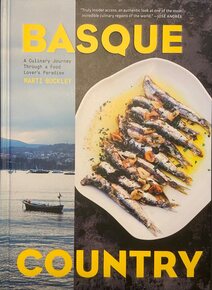 [5]Afterword/Acknowledgement There are a couple of recently acquired Twitter friends without whom we'd have been grappling in the dark with this one. Initially there was Clive Wood (@Woody2402) who gave me the pointers to the Gros et al. He then introduced me to Marti Buckley (@martibk) and her wonderful book (alongside). Apart from enabling me to create my own La Viña Cheesecake, I was also introduced to assorted pintxoak, Lamb in Chilindrón Sauce and an authentic Basque Sangria (Zurrakapotea). These and other delights will be repeated on our Christmas menu and for many happy years to come. The other thing that Marti did for me was unlock a couple of mysteries of the Basque language without which I would still be struggling with any attempt at simple translation. Clive seems to hide his light under a bushel but his enthusiasm spills over into wine, Basque cuisine and recommending excellent books. Above: Alright, alright ... just one last snap to highlight the fact that this port city is surrounded by mountains - much as the Catalan Pyrénées-Orientales are omnipresent near the French-Spanish border on the Mediterranean, so are the Basque Pyrénées-Atlantiques on the Spanish-French border on the Atlantic.
And so it was, the following morning, we were to bid farewell to the delightful Isa and her Camping Igara and prepare to do battle, in reverse, with Spaghetti Junction (see intro). The end of the blog might seem a strange place for a description of our arrival at the campsite but the confused construction reflects a day of a long drive before becoming lost in the tiniest of narrow roads and wondering if we'd ever reach our destination. The Mercedes satnav became officially useless and it was a huge relief to almost happen upon our final destination. Not the least because Isa greeted us with a smile on her face and a prime slot for our van. She explained the shuttle service into town then introduced us to the restaurant. There we ordered spicy chicken legs for later (dinner in Spain is always at a civilised later hour that most of the world), giving us time for a relaxing glass of wine in the fading evening light over the surrounding hills and mountains. The spicy legs turned out to be delicious and more than plentiful and required more wine to wash them down. We were all set for the following two days of taking in the delights of San Sebastián without having to fire up our own vehicle even once. Now we were leaving and headed towards Hondarribia (sometimes known by its Spanish name of Fuenterrabía) and France. It was time to return our Marco Polo van to its rightful owners in Bordeaux. Our adventure had been all too short. There was only one thing for it, an encore across the Northern swathe of Iberia. How does six weeks in 2023 sound? Coming next
[Endnotes]:
|
AuthorMark Harrison - making travelling an adventure Archives
April 2024
Categories |
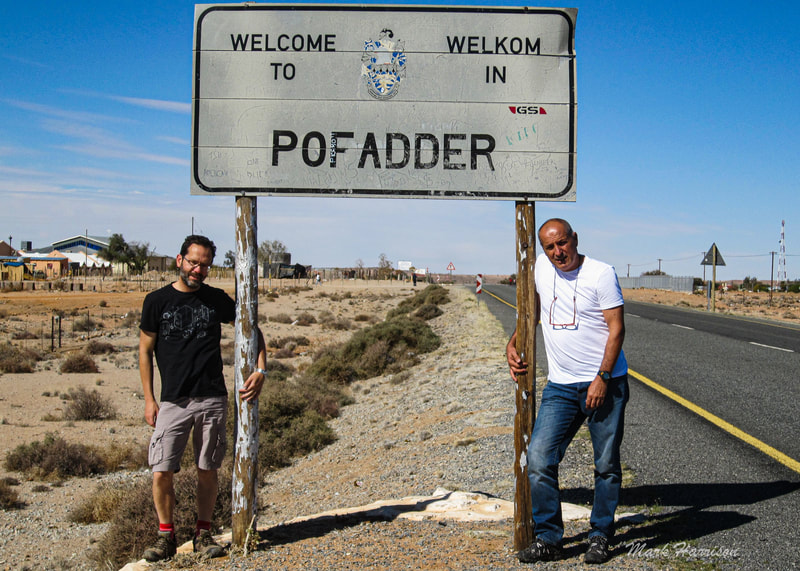
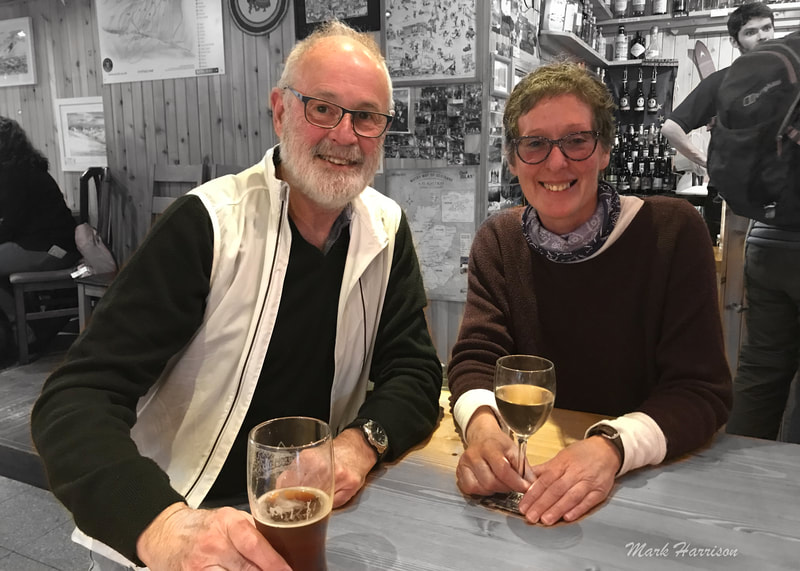
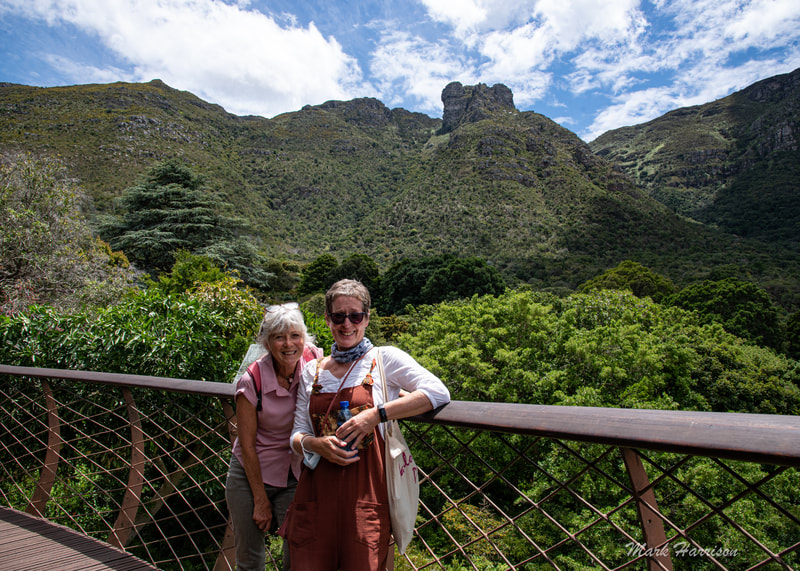
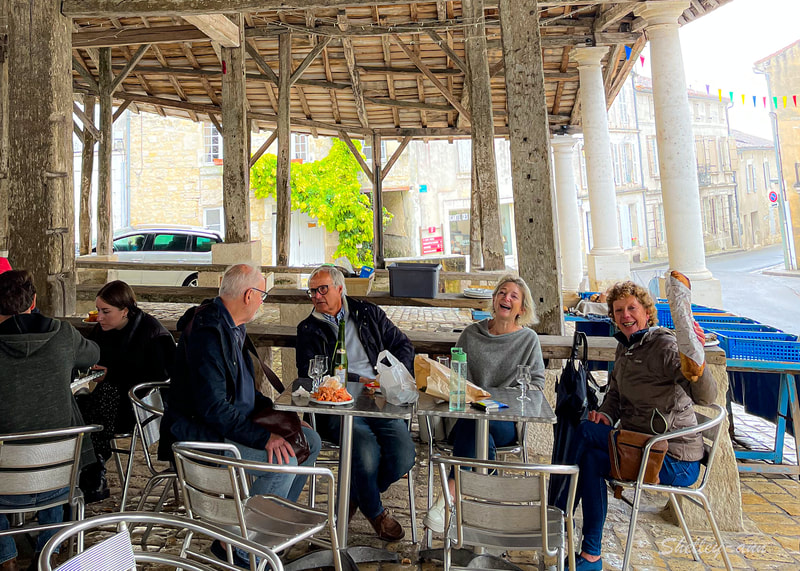
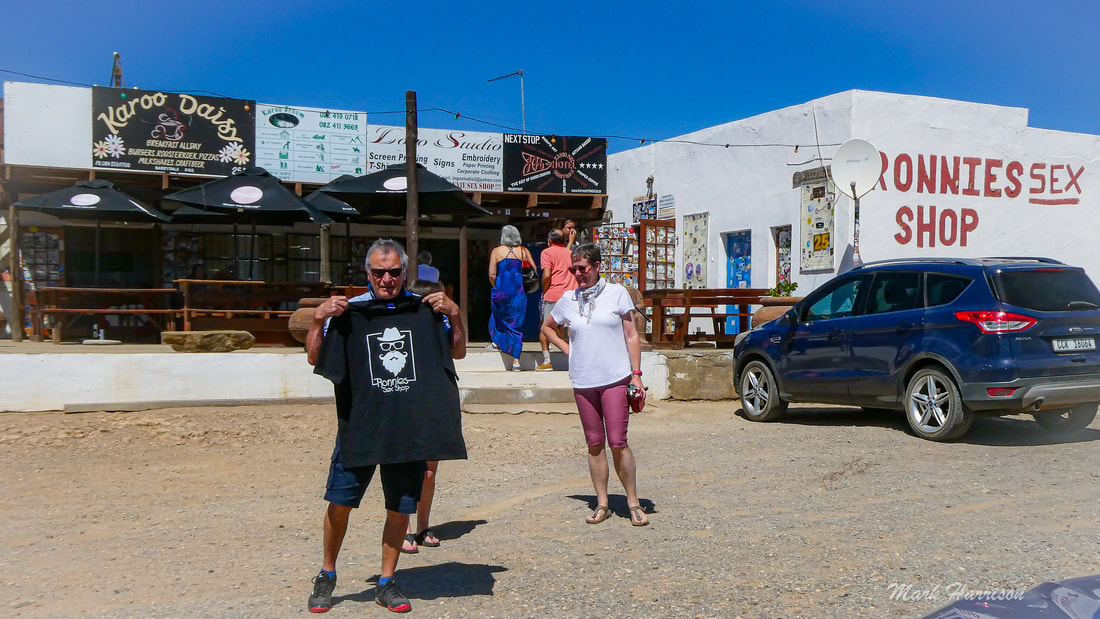
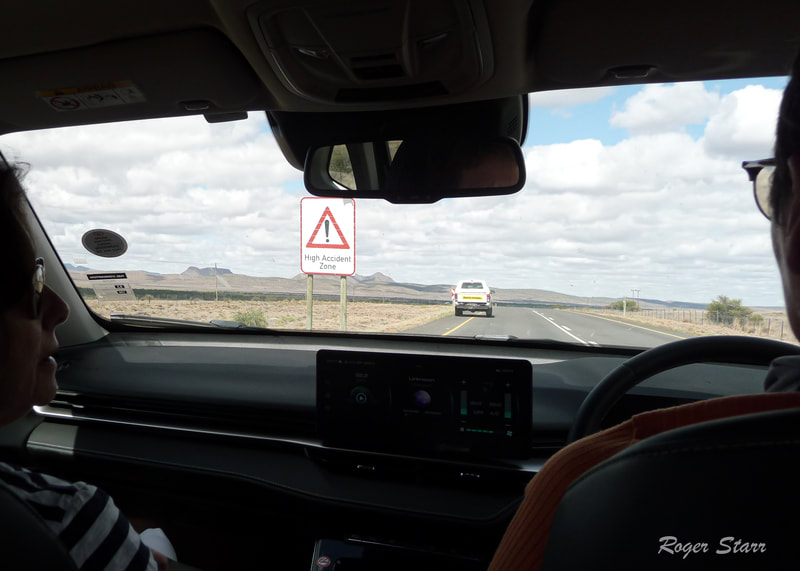
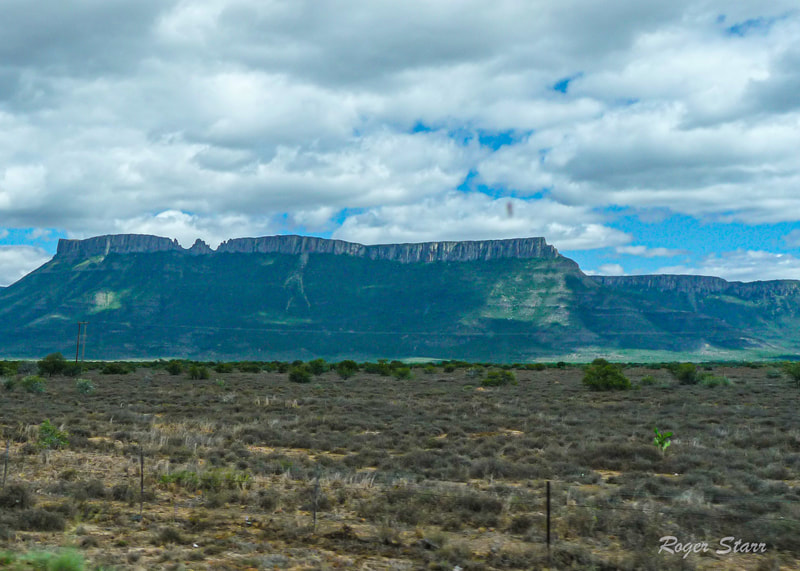
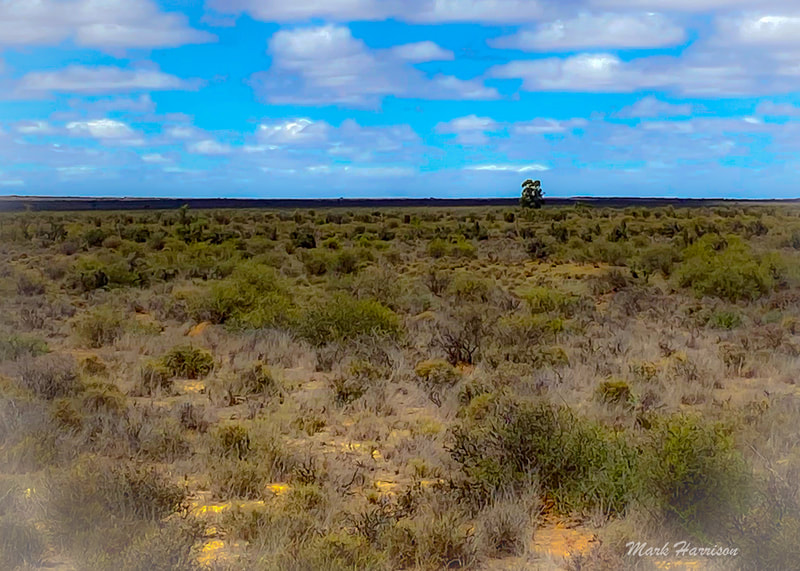
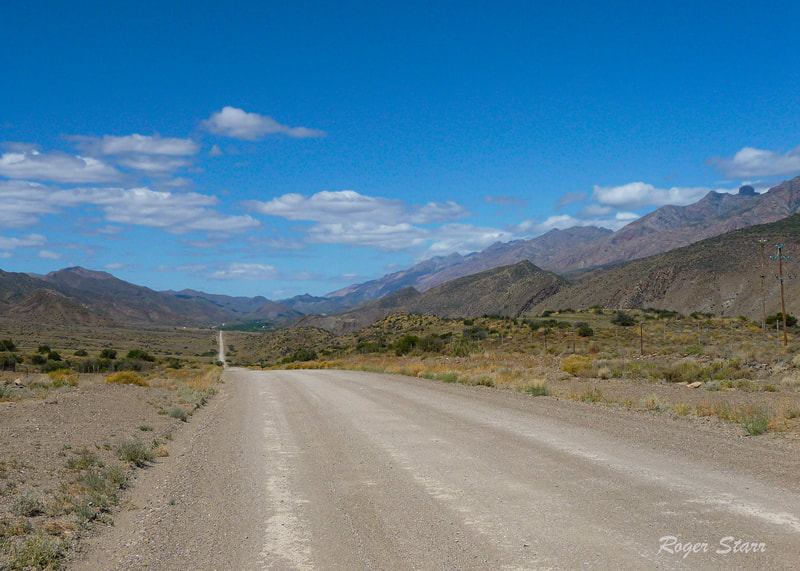
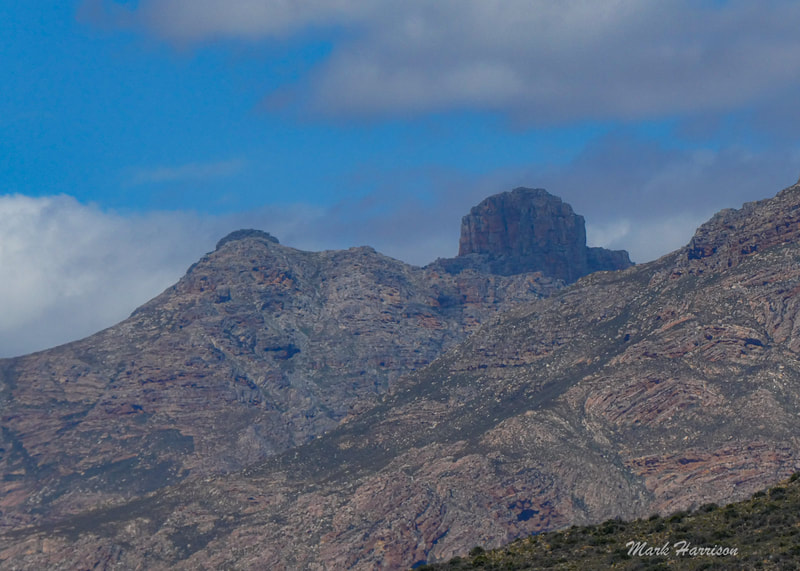
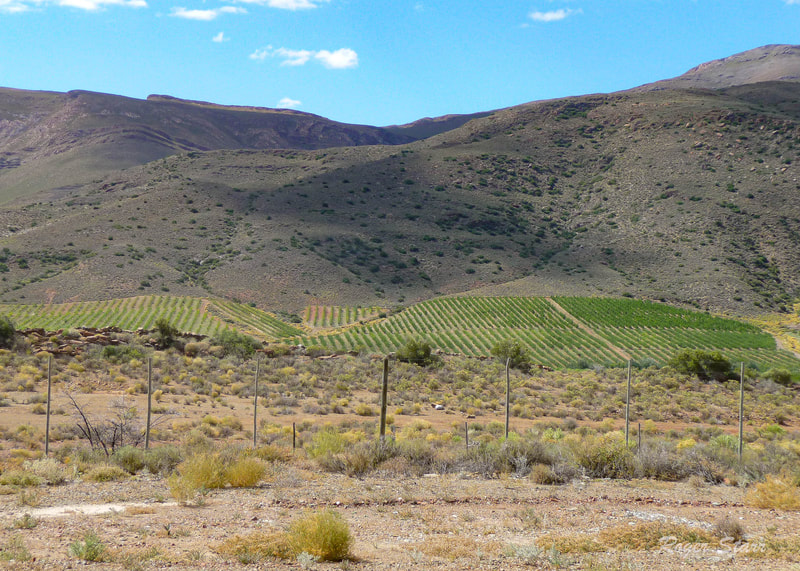
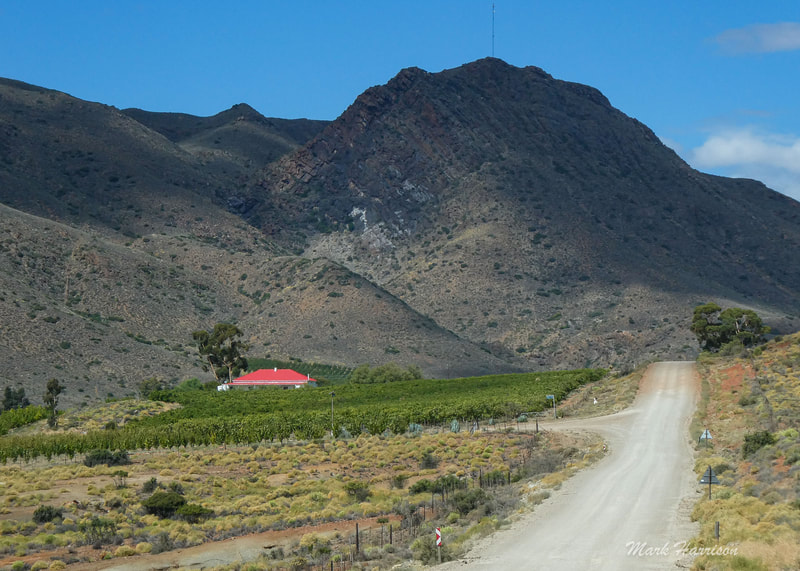
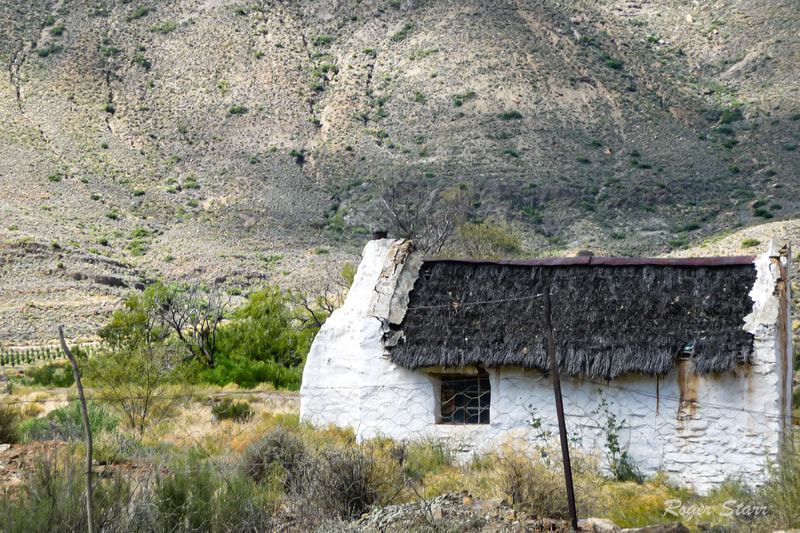
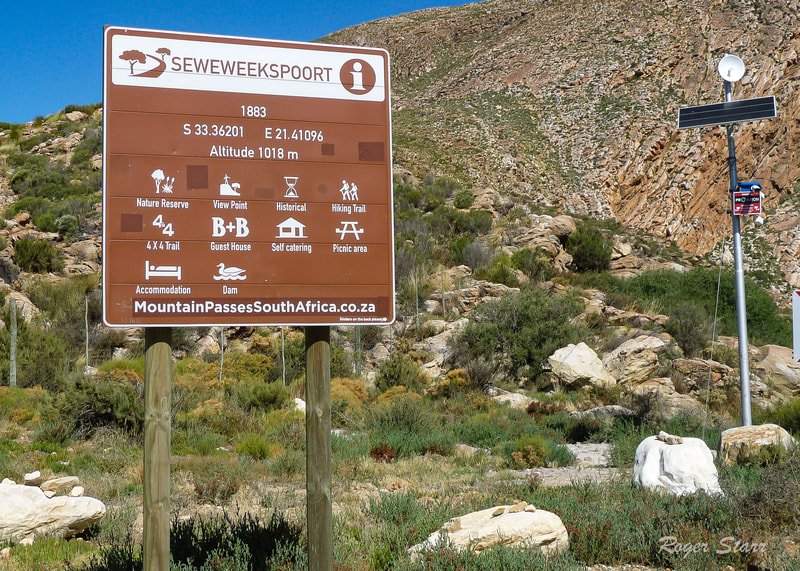
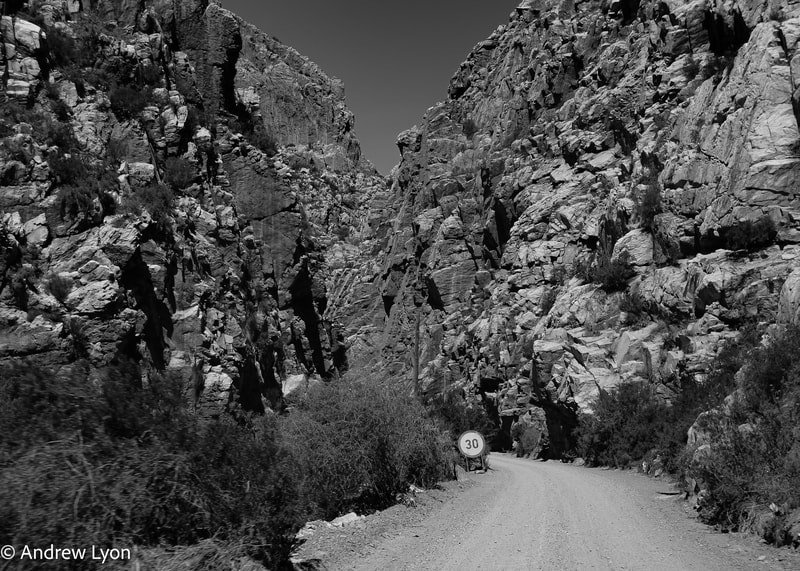
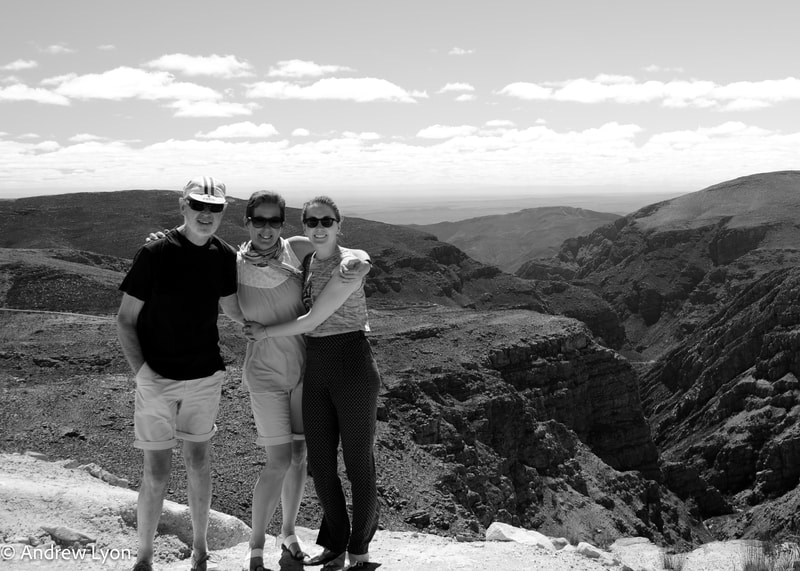
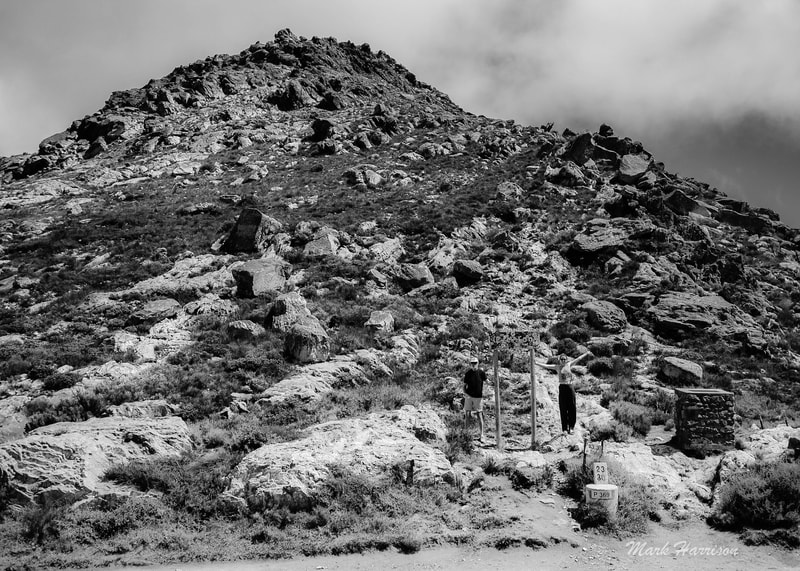
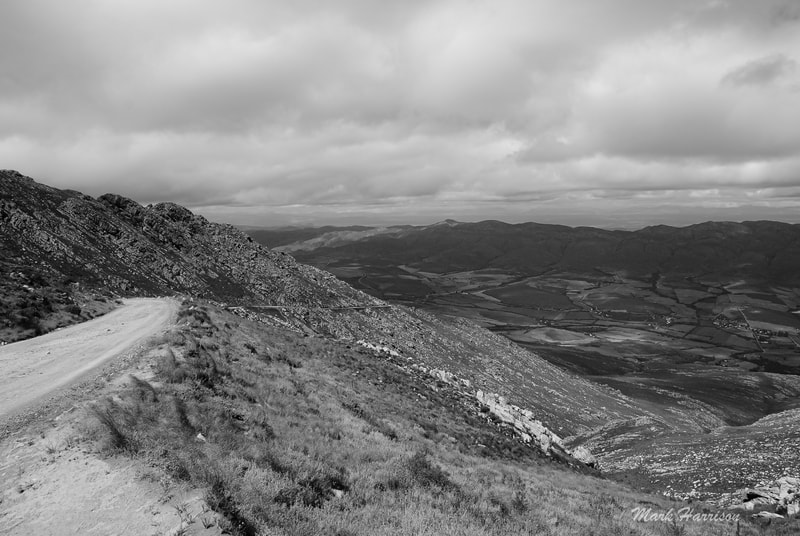
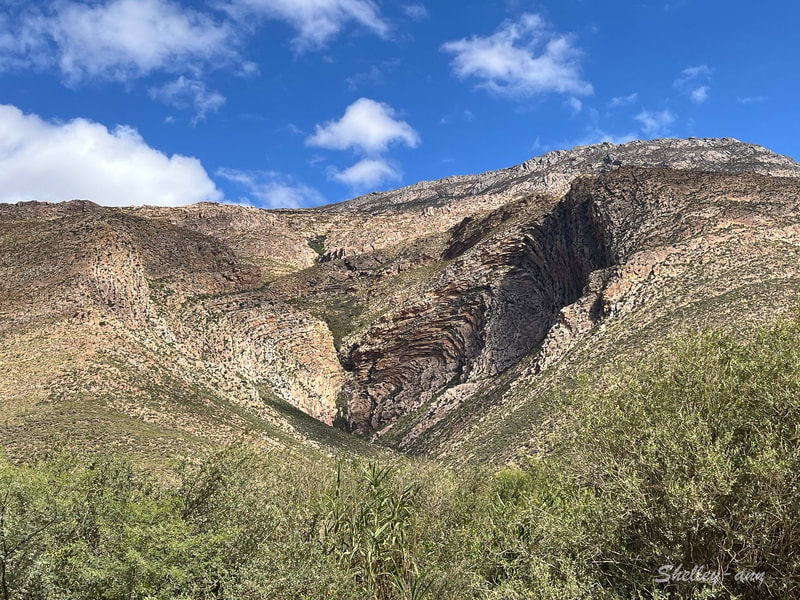
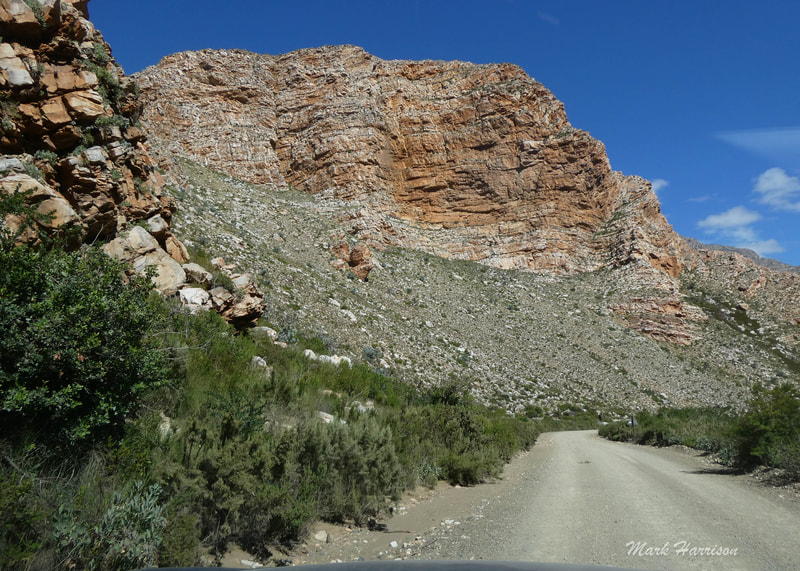
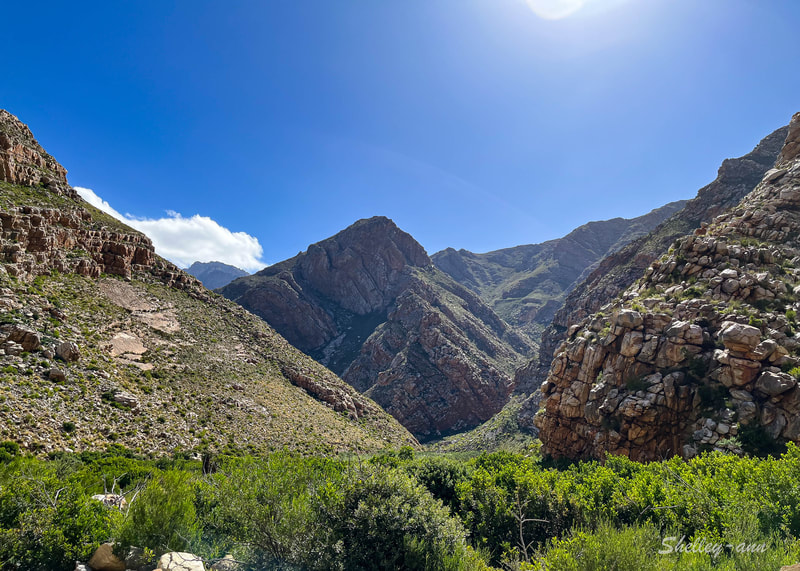
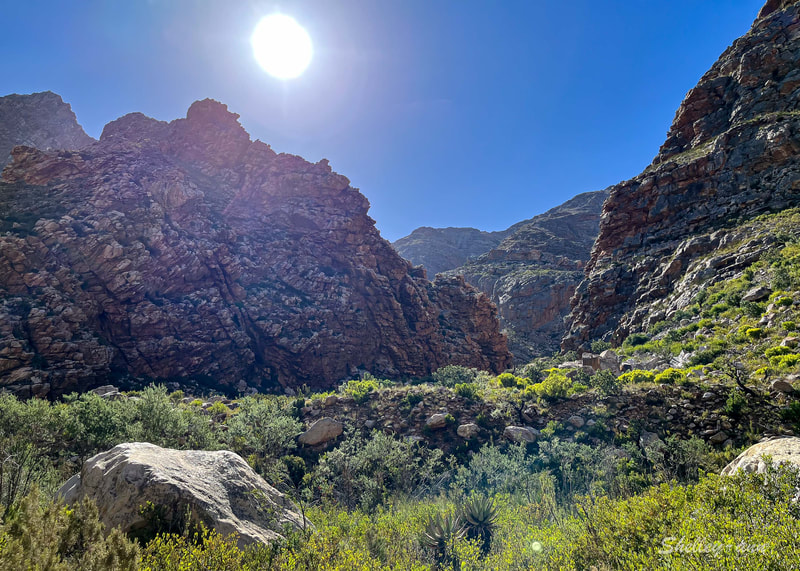
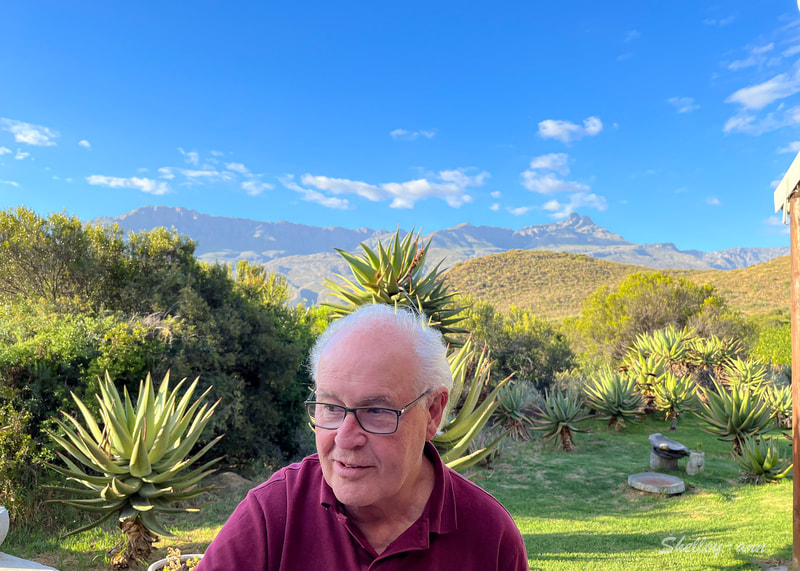
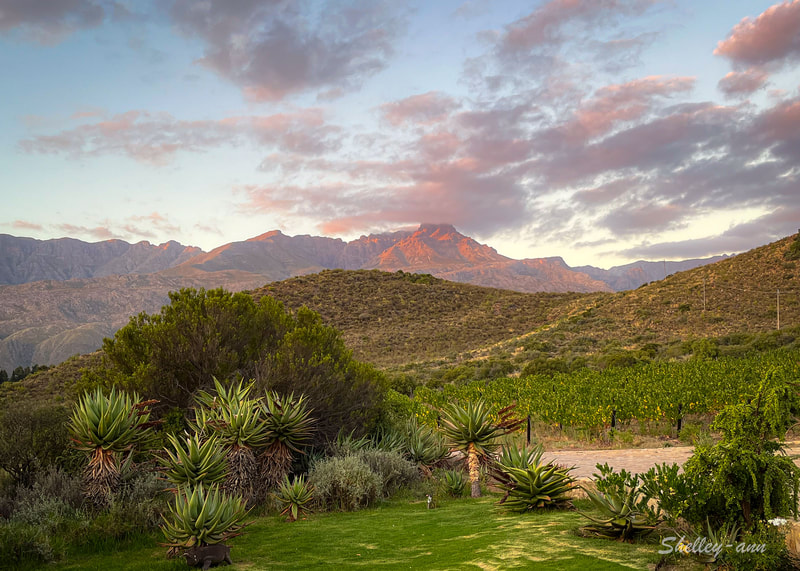
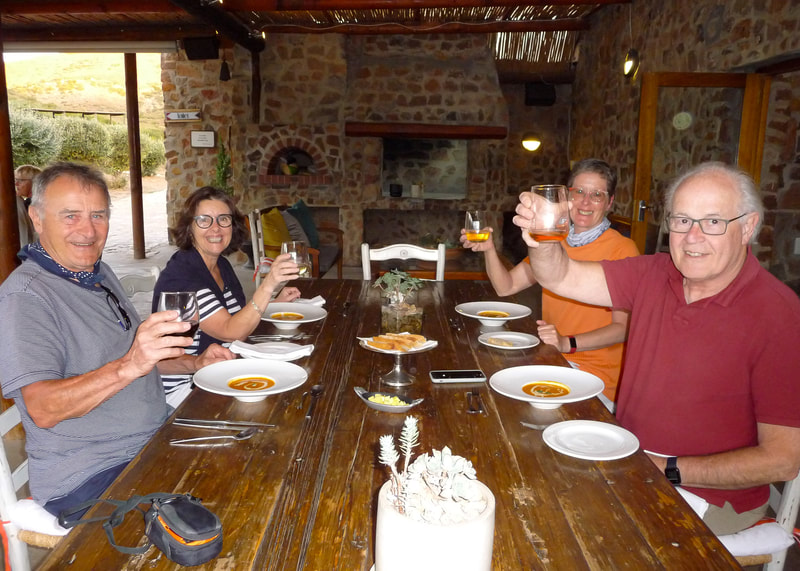
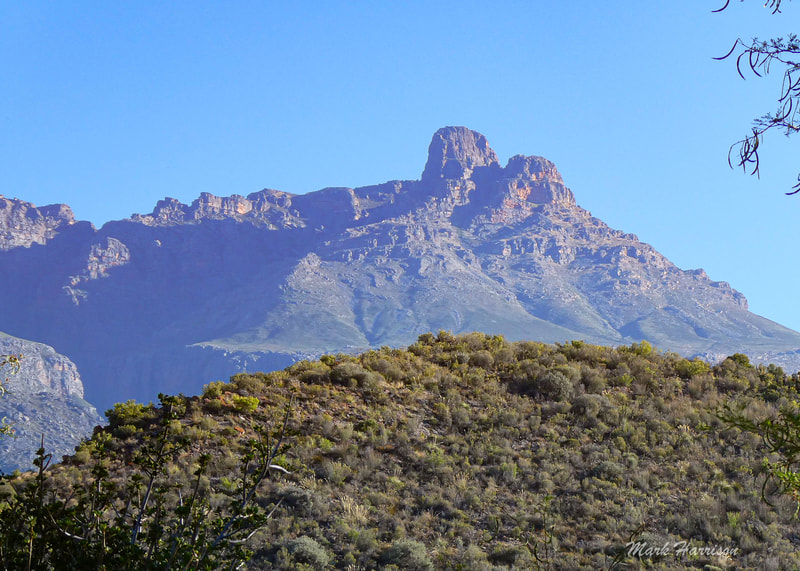
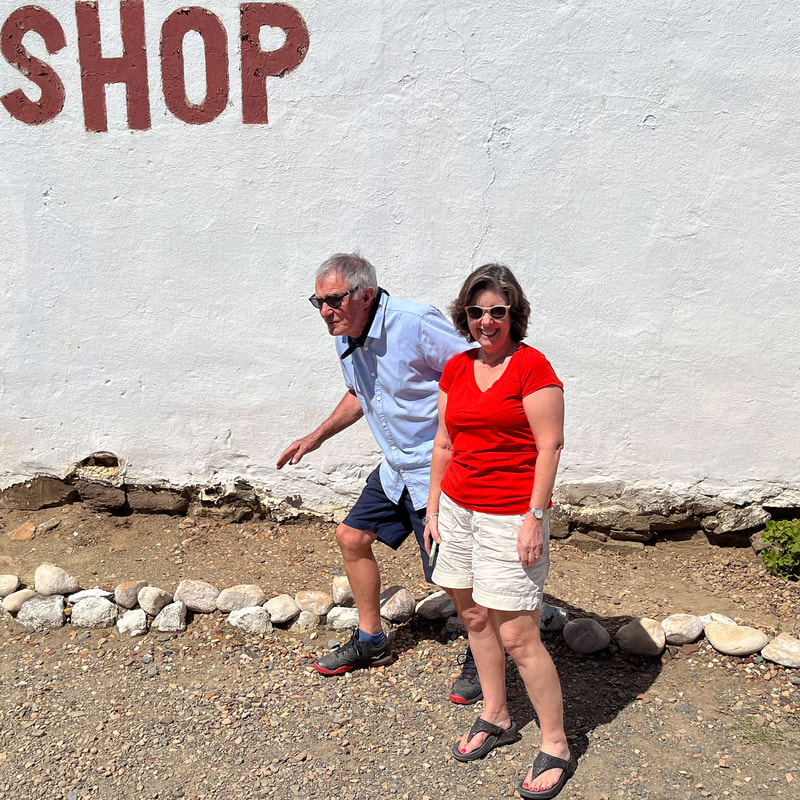
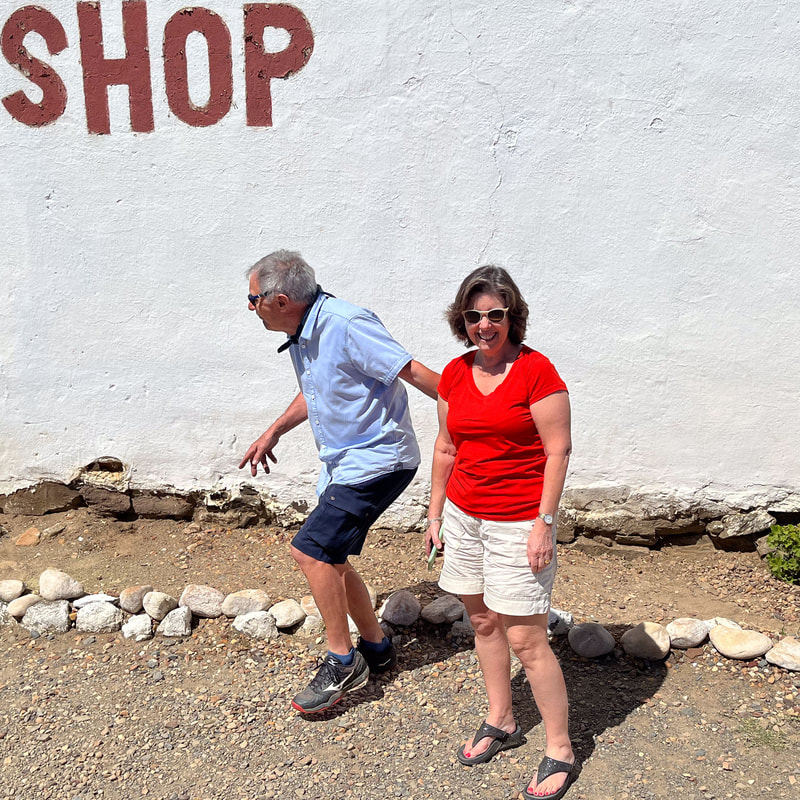
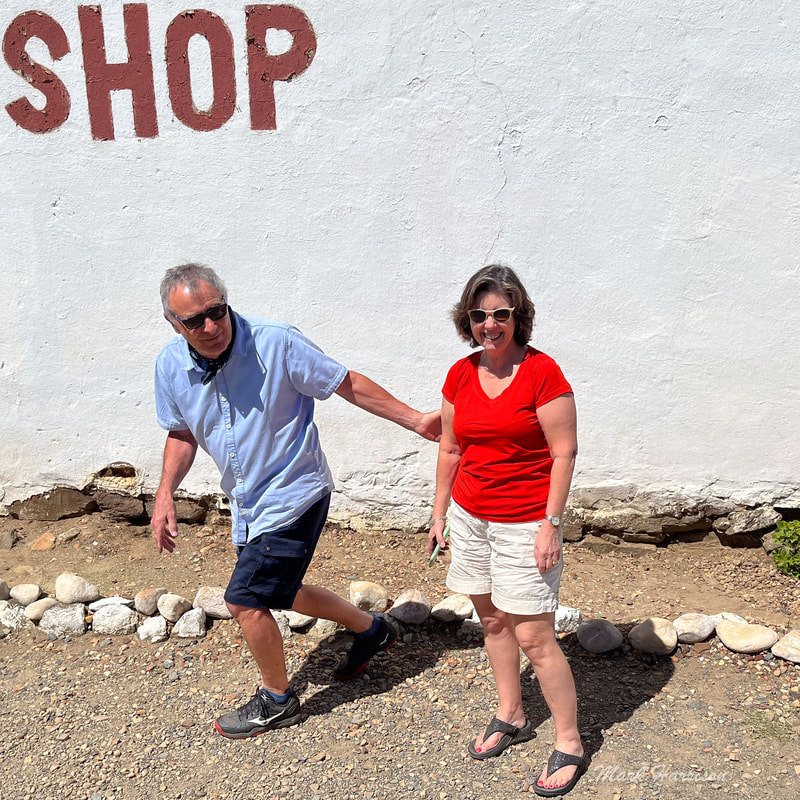
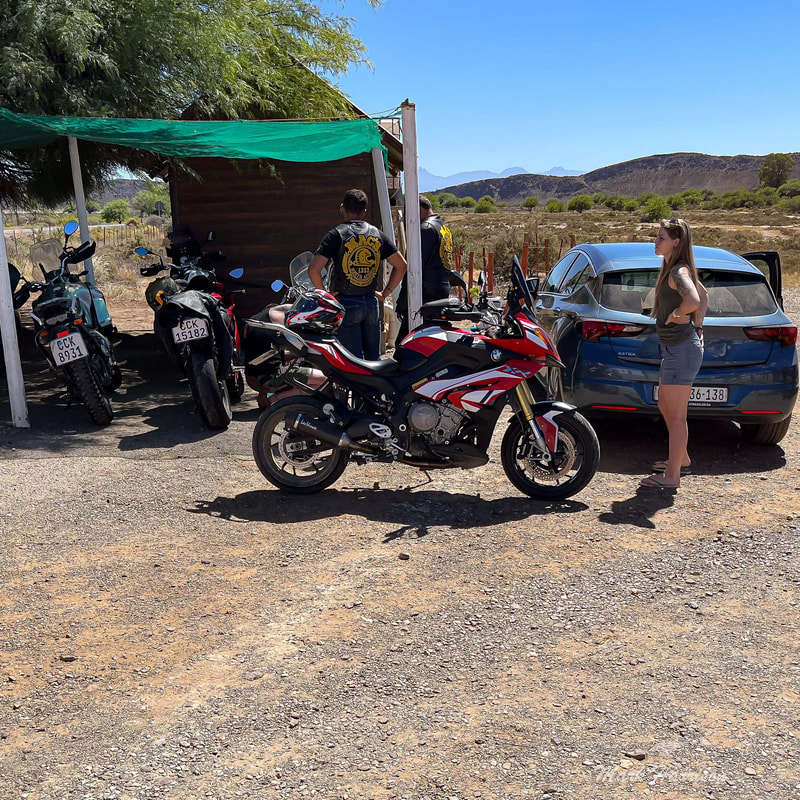
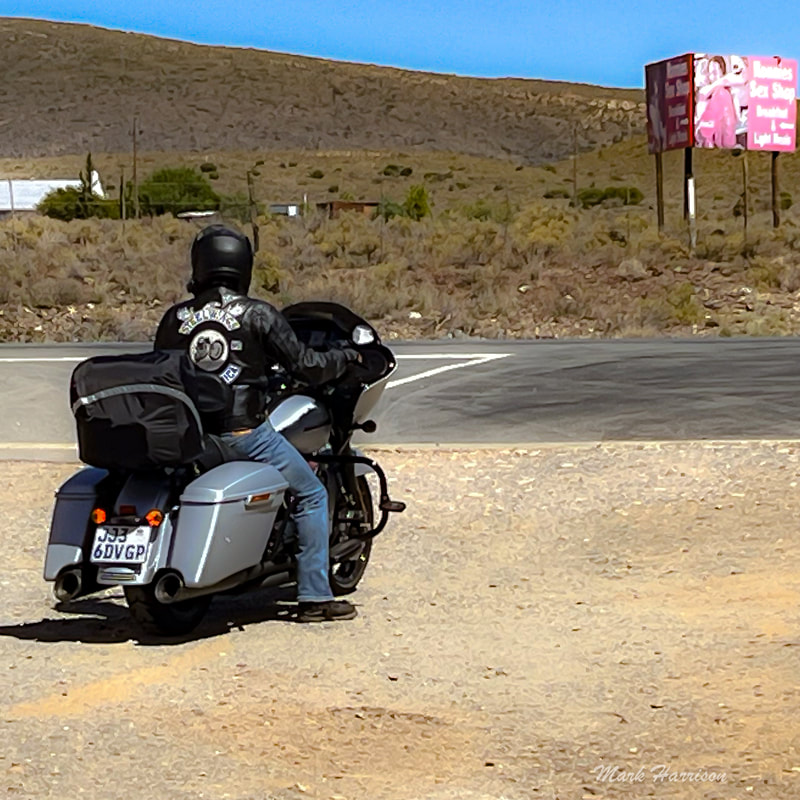
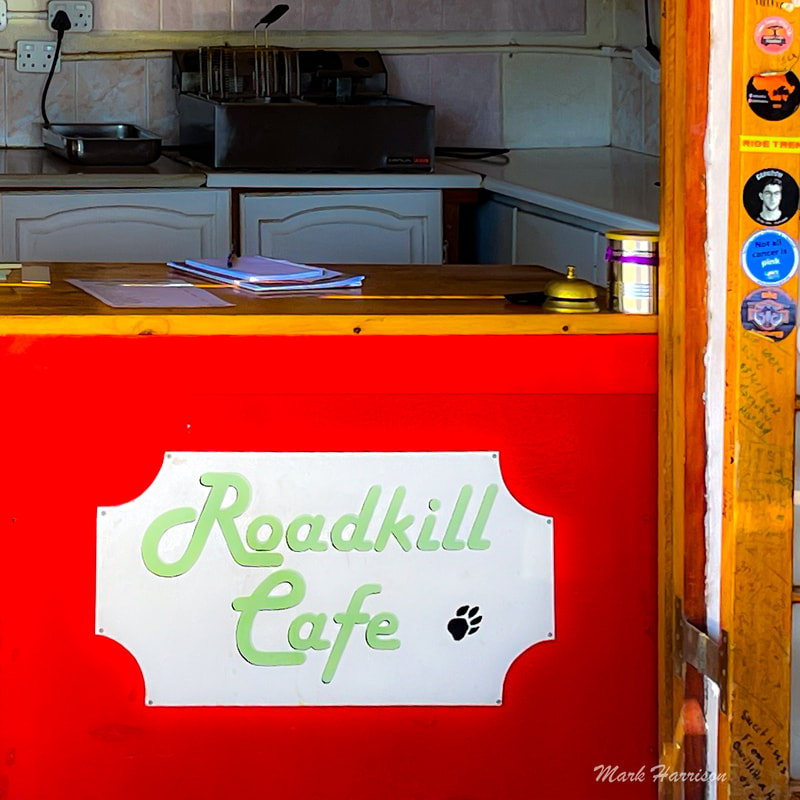
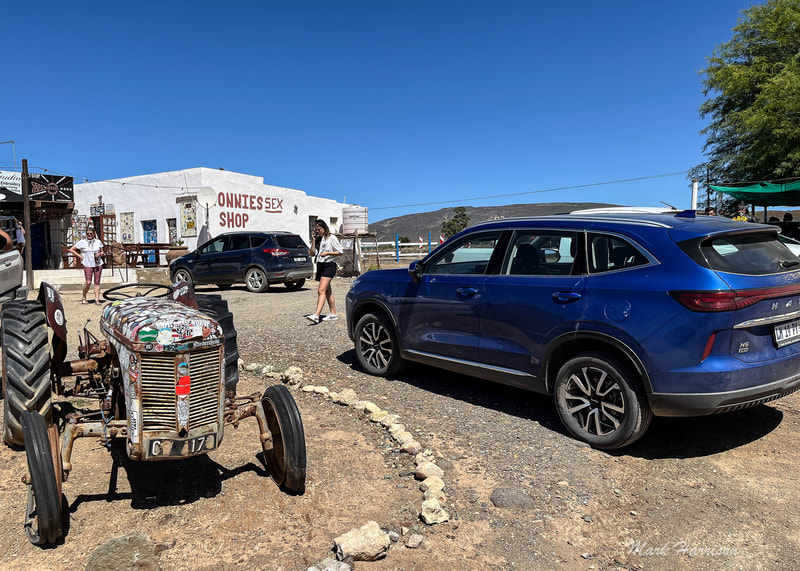
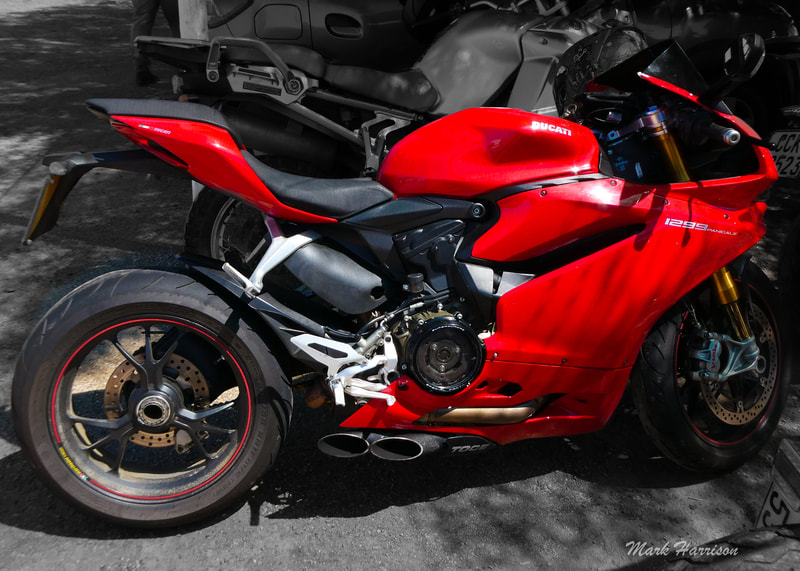
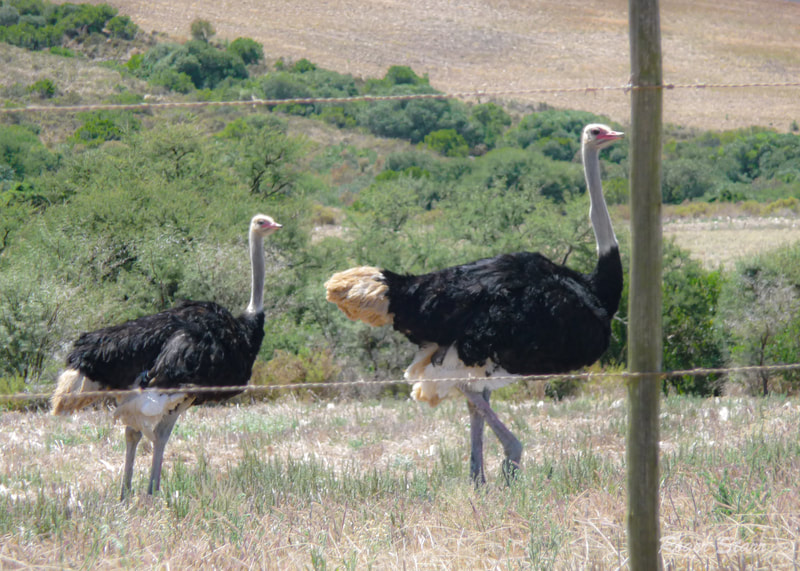
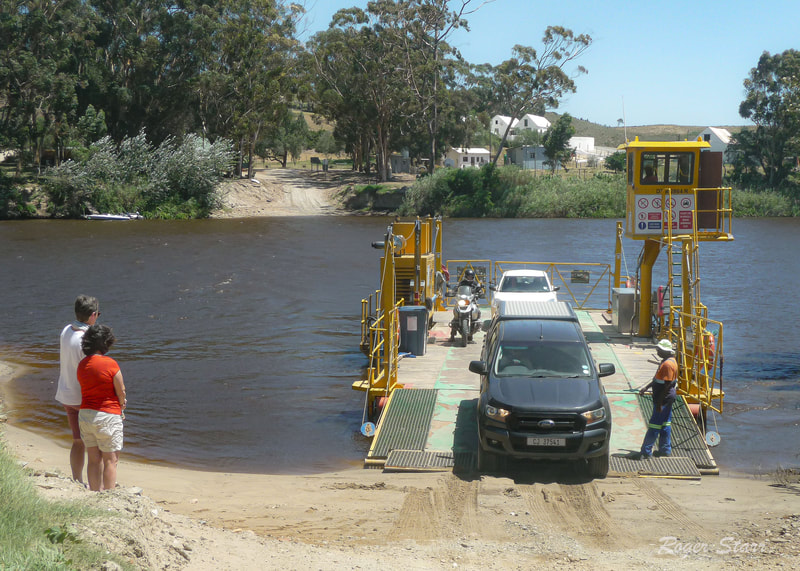
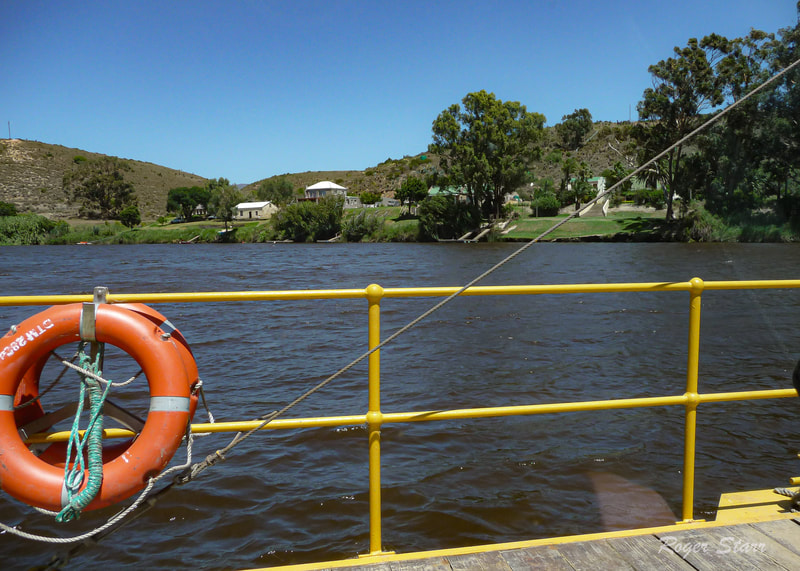
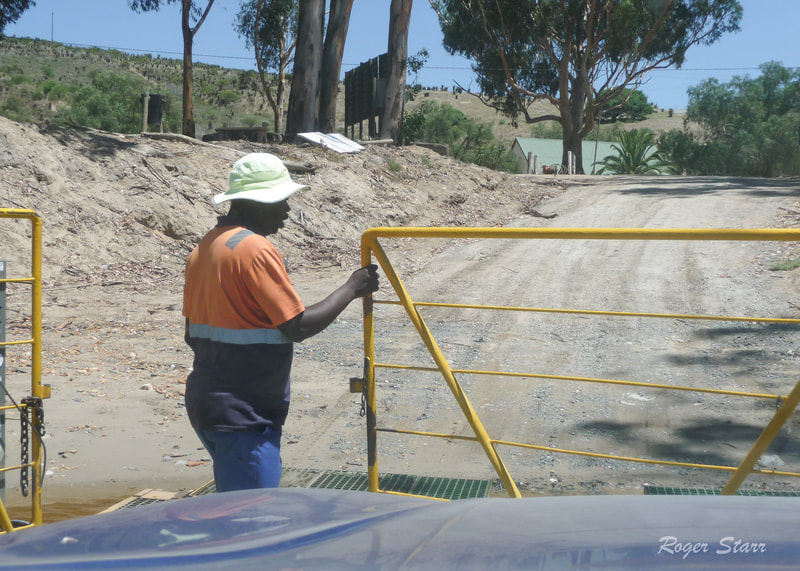
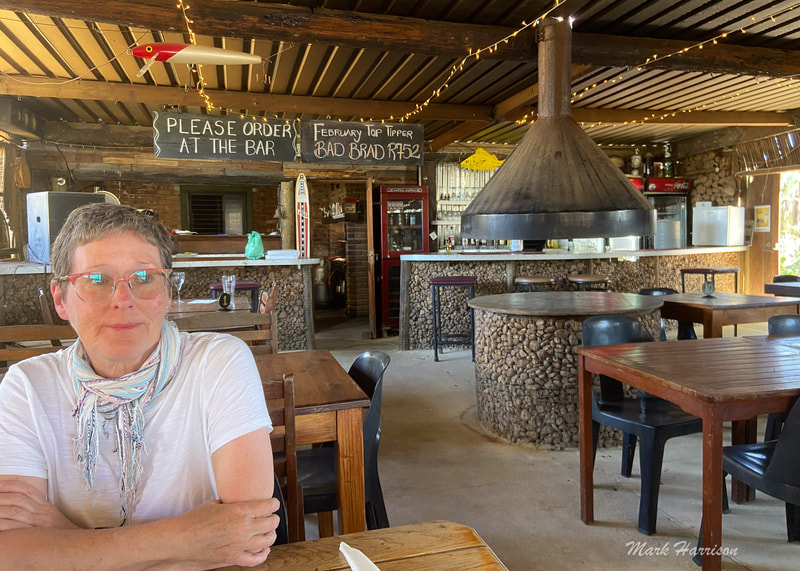
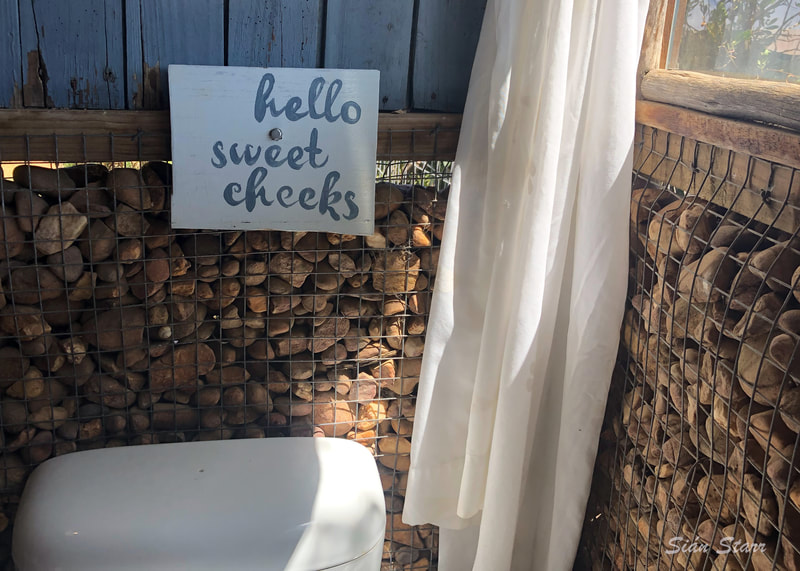
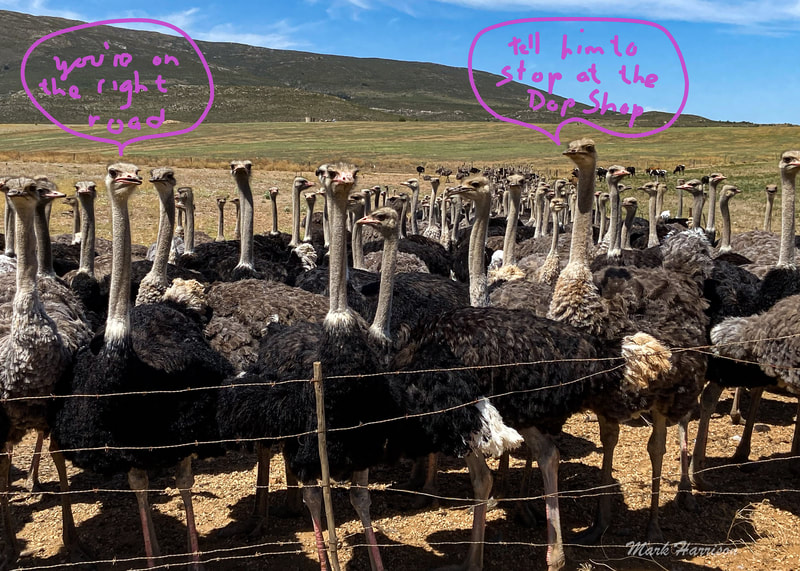
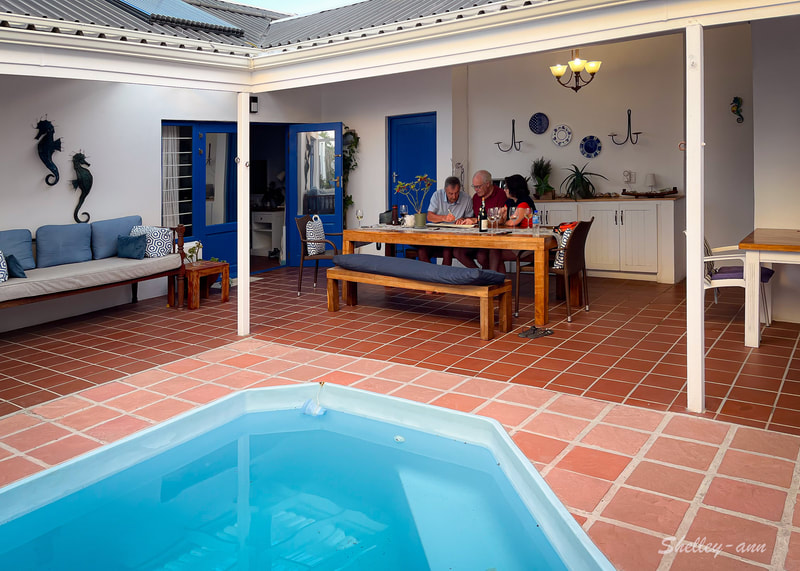
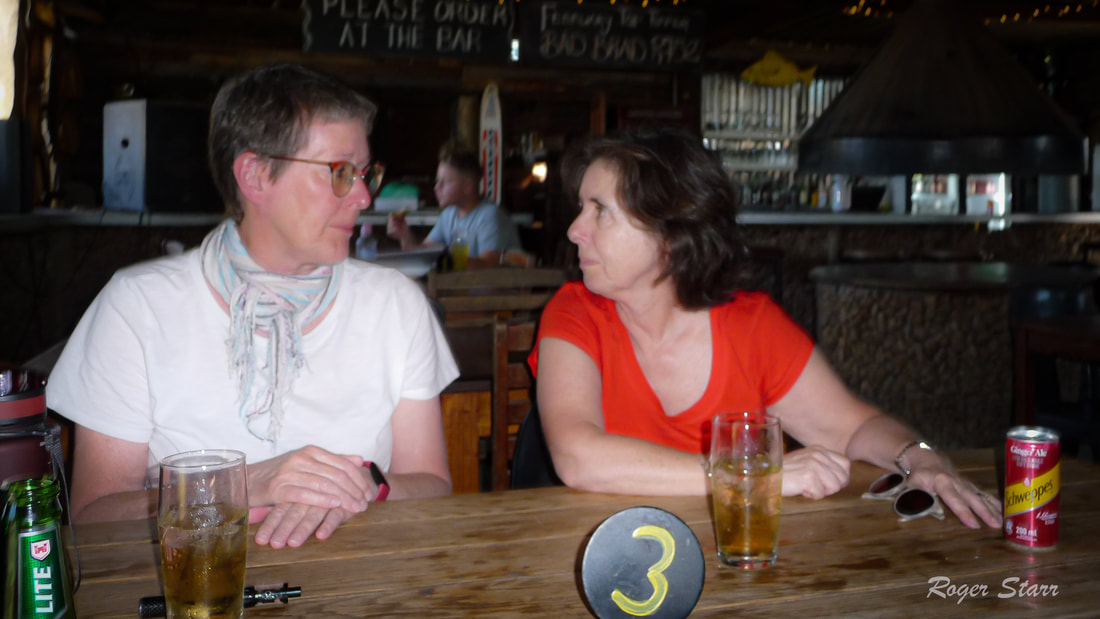
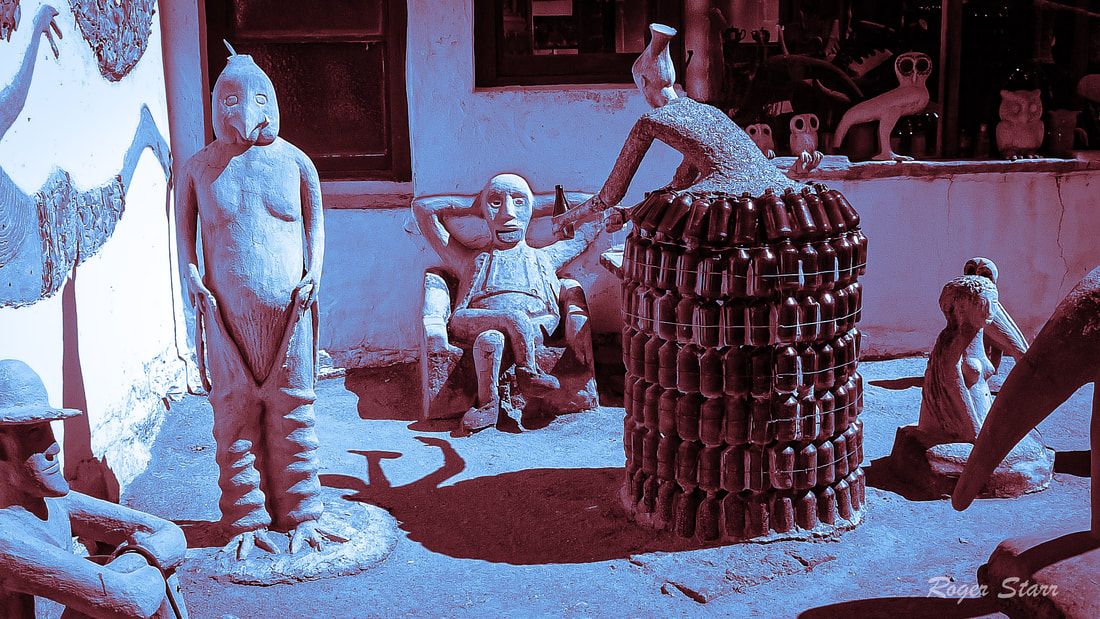
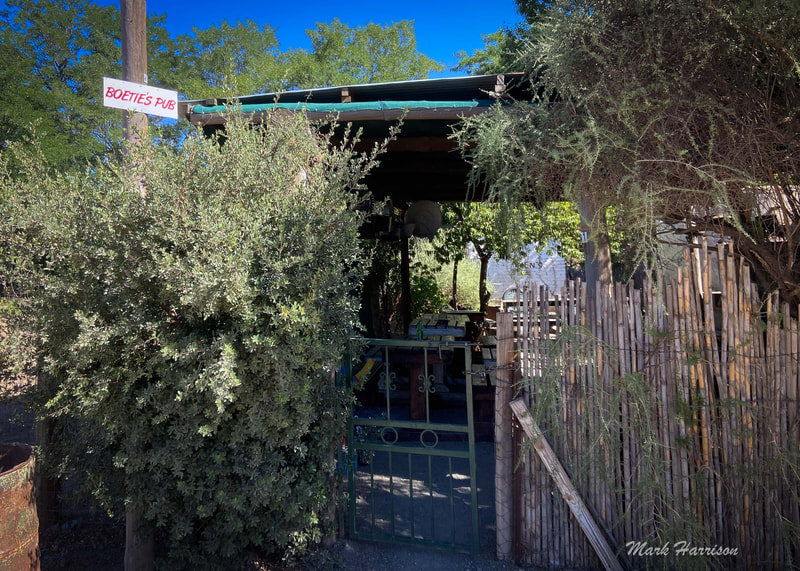
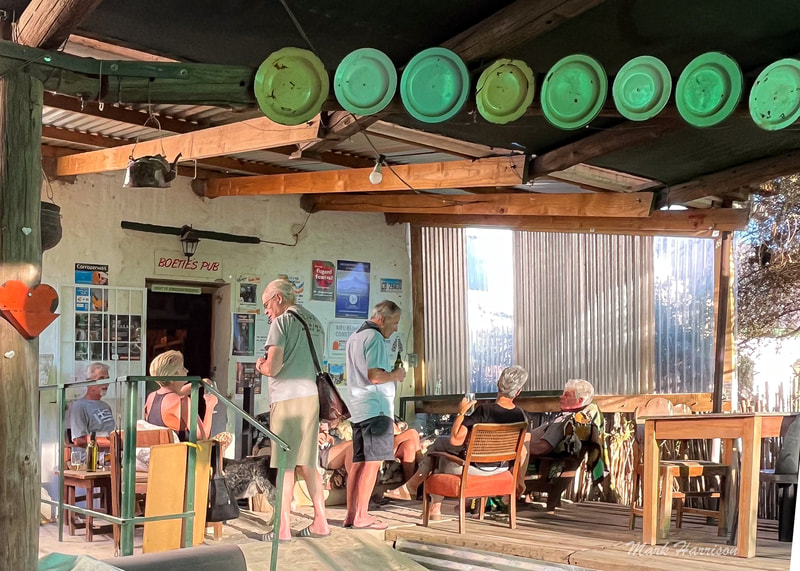
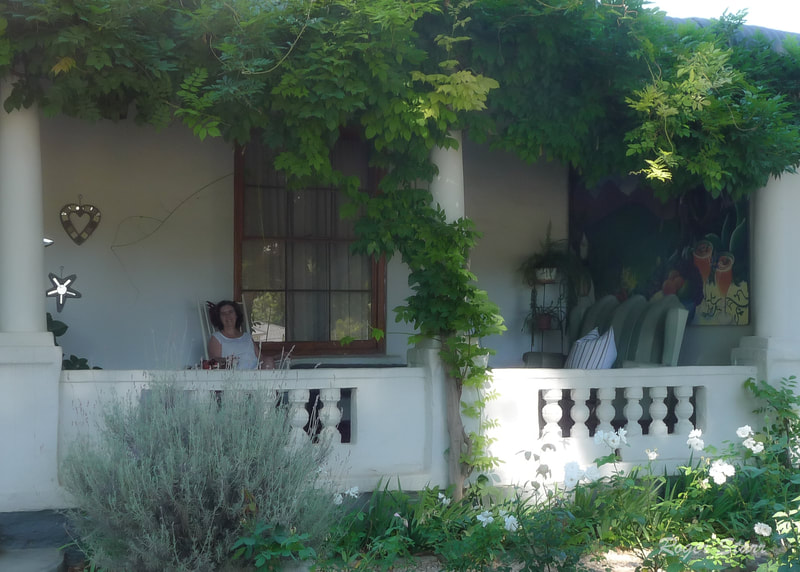
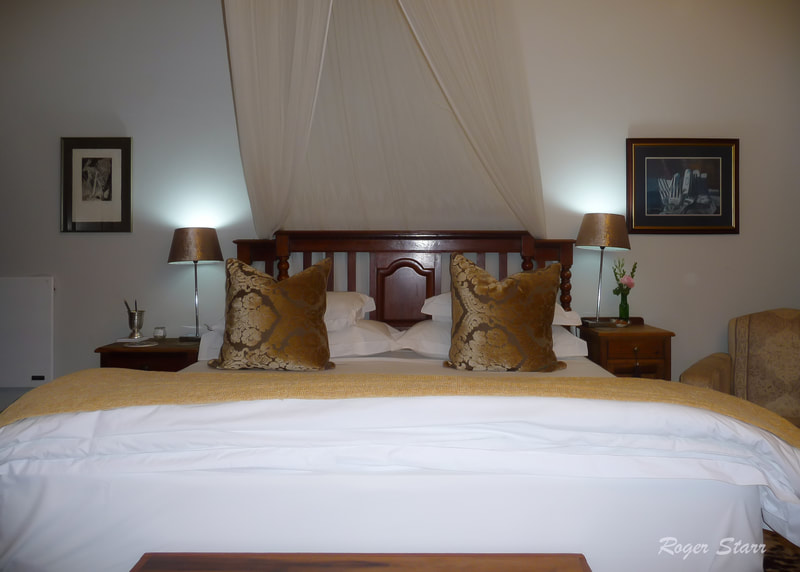
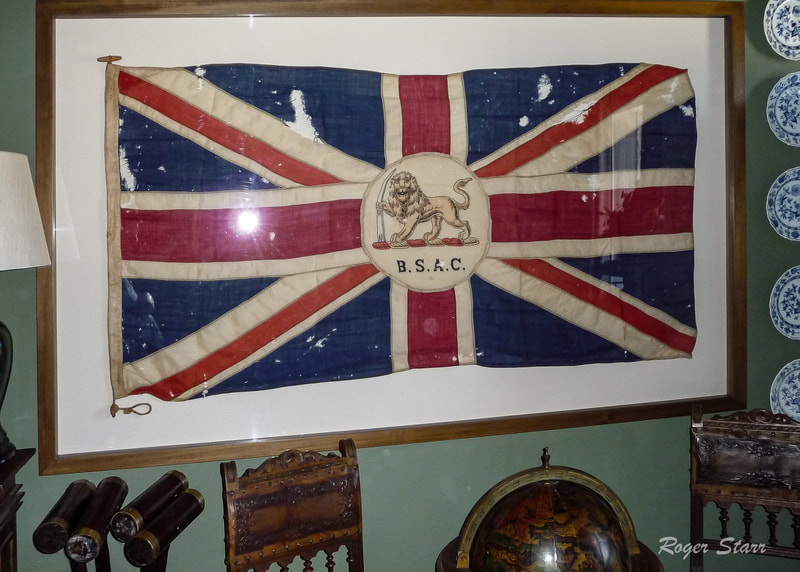
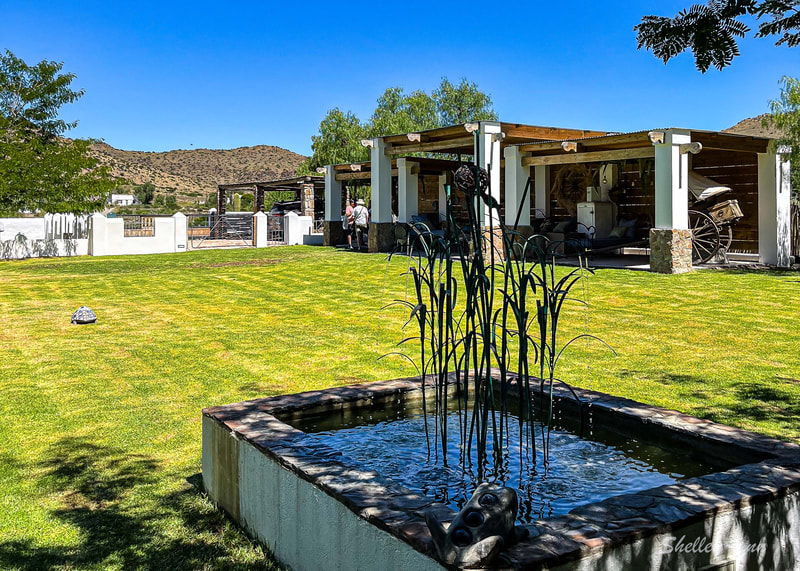
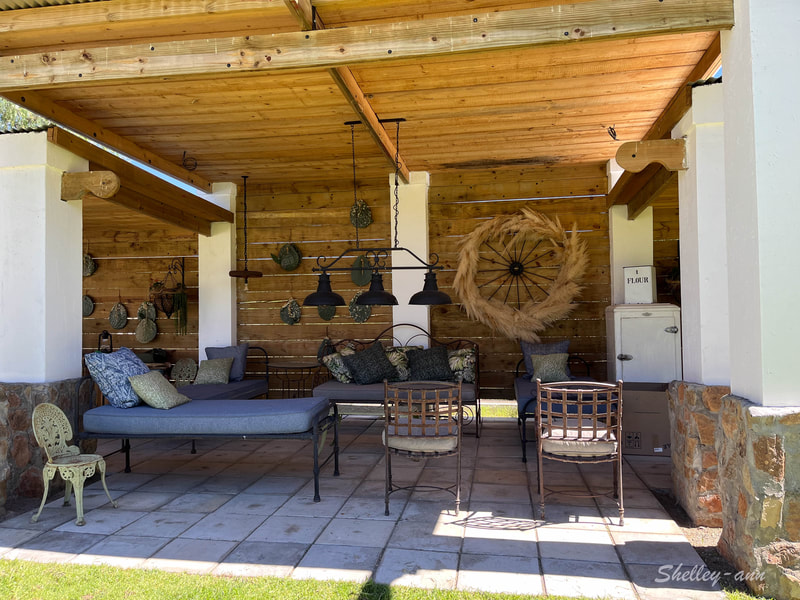
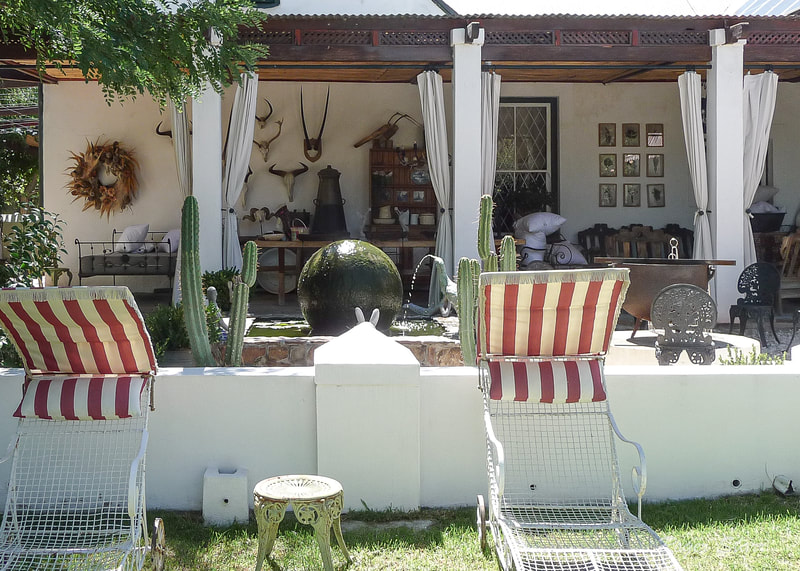
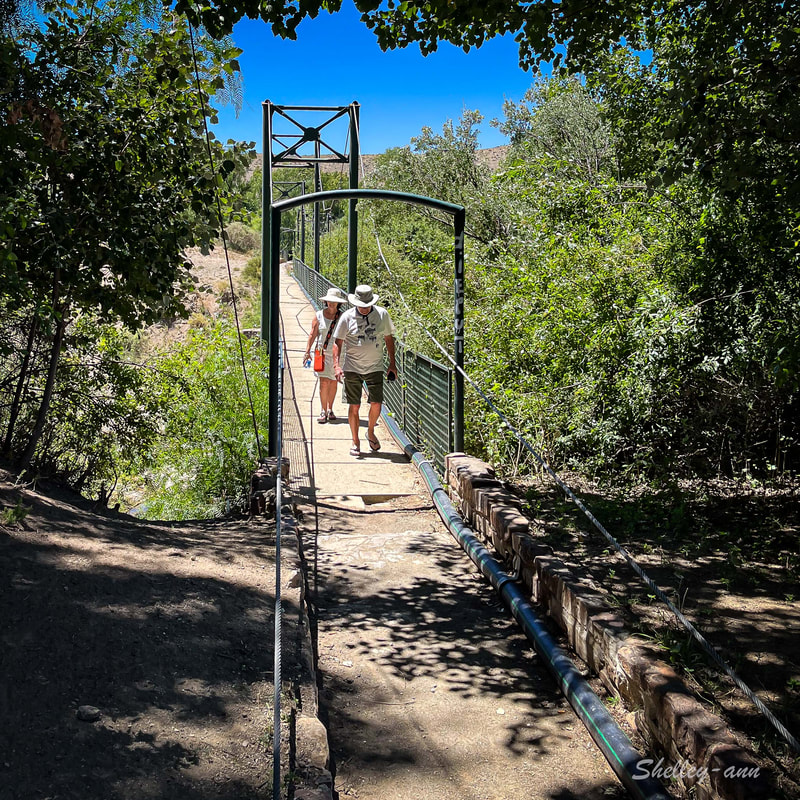
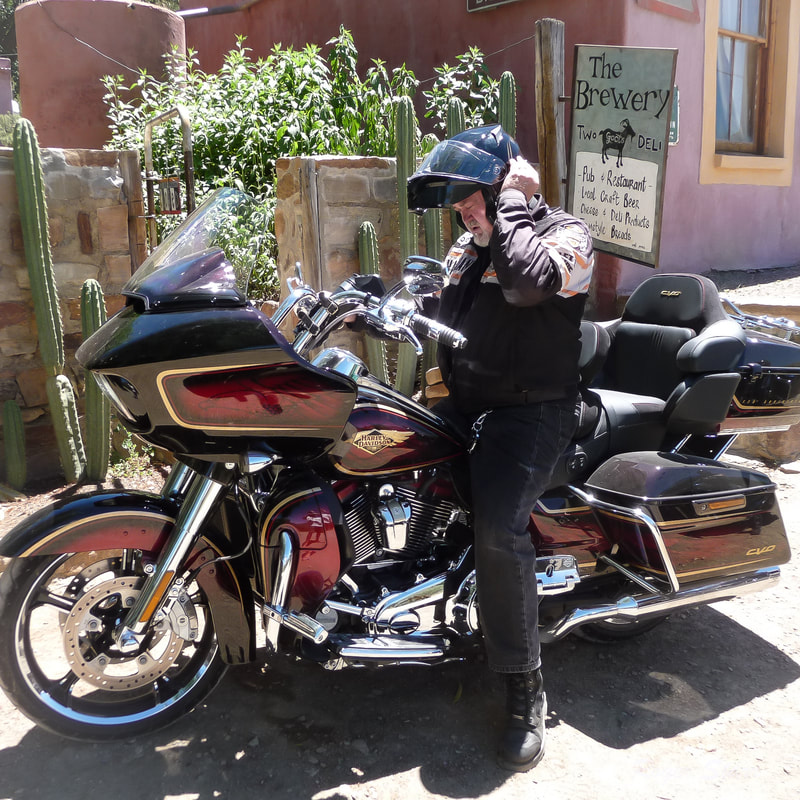
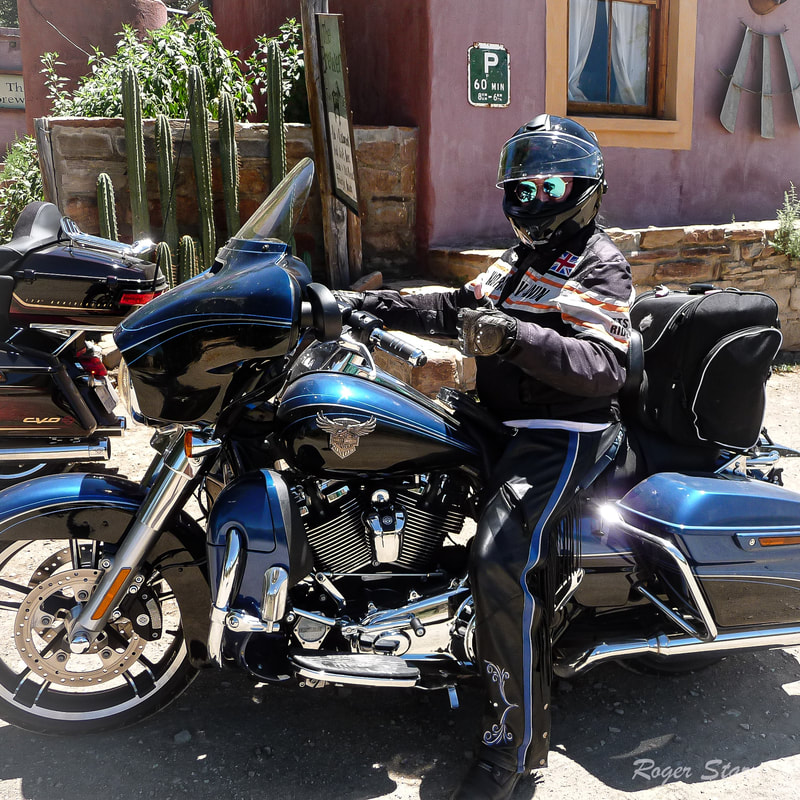
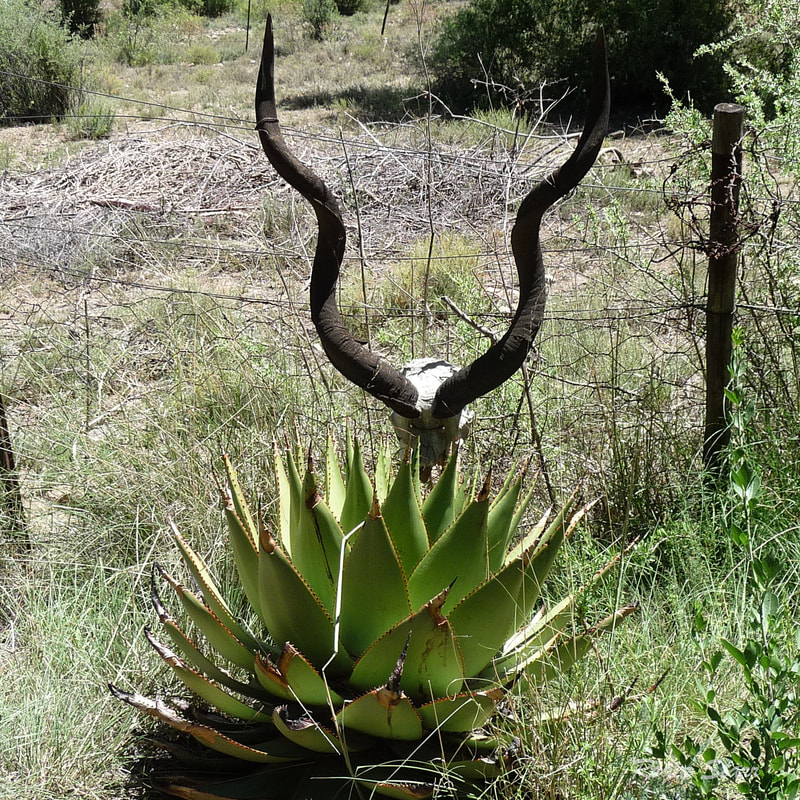
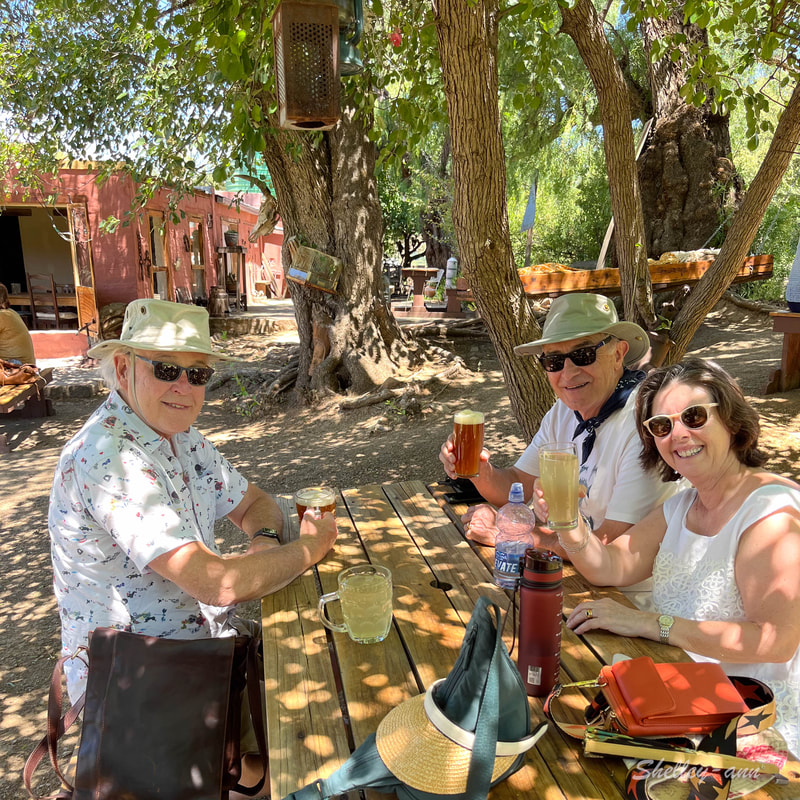
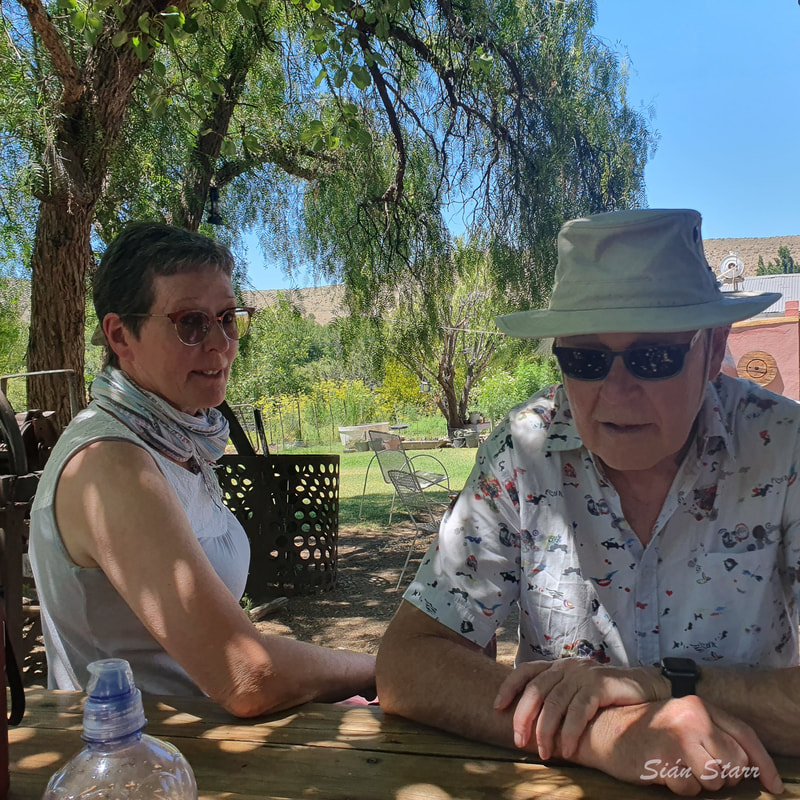
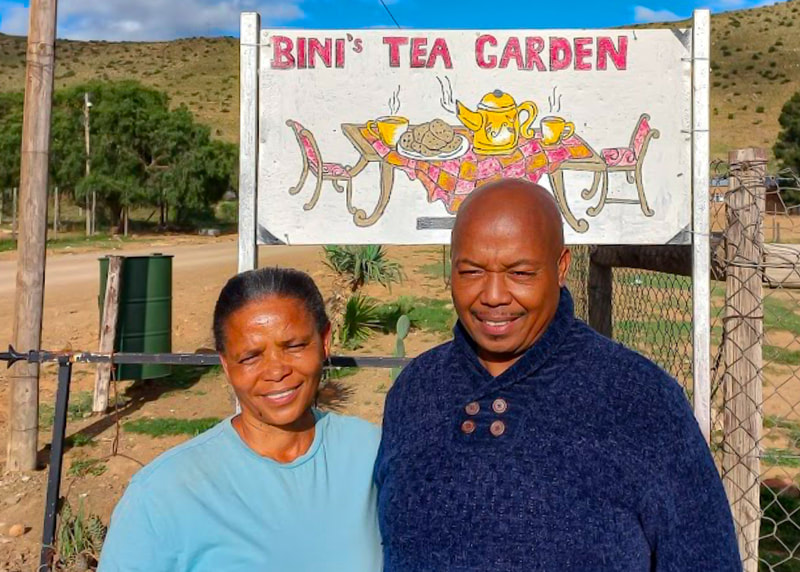
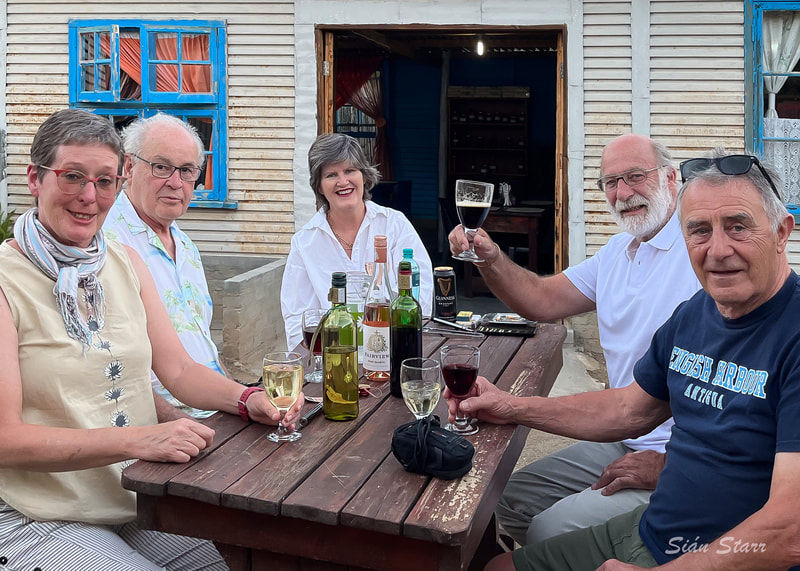
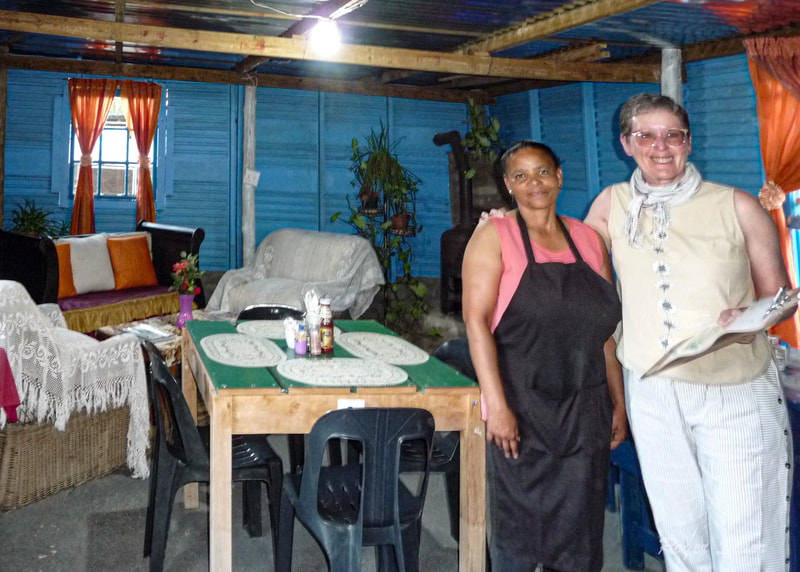
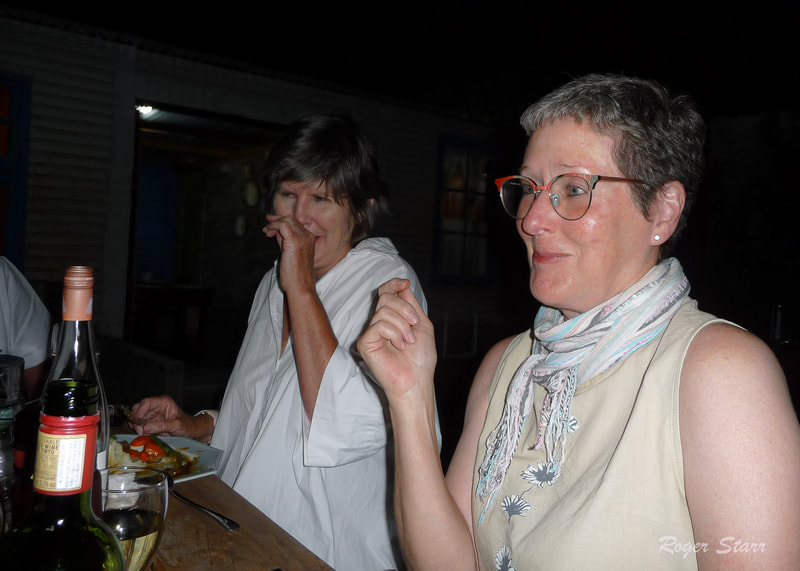
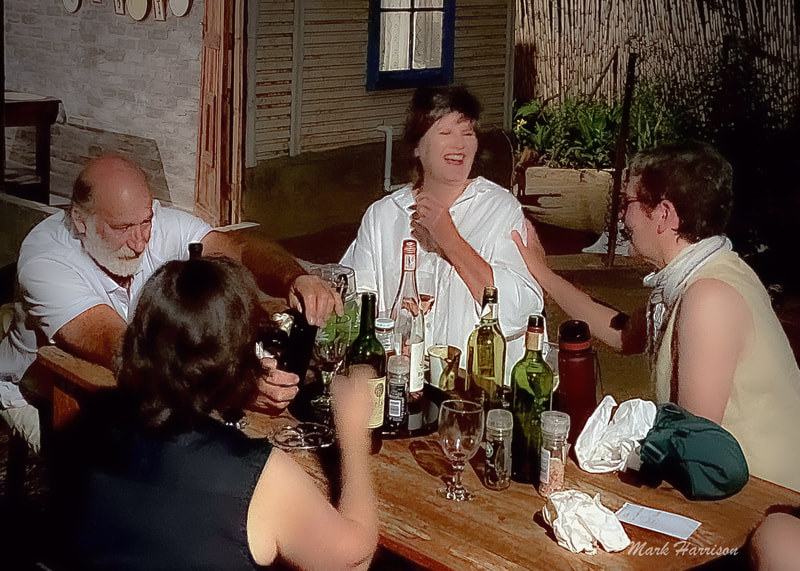
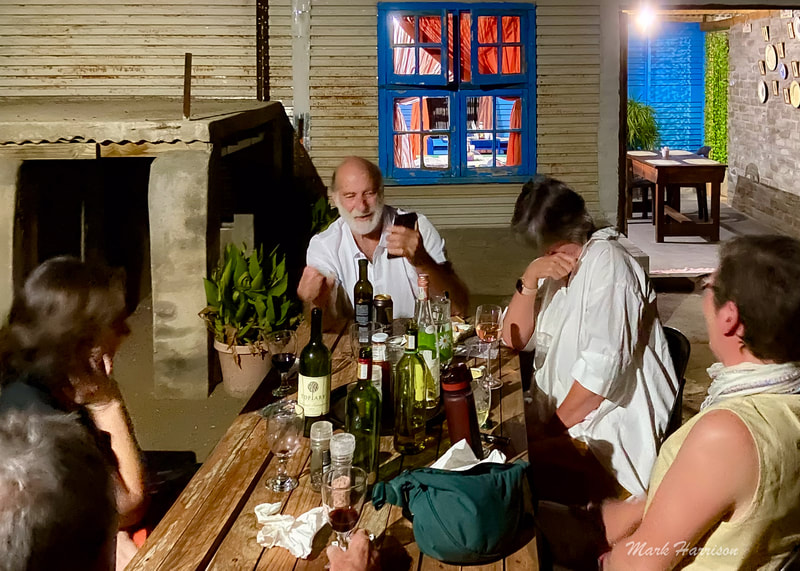

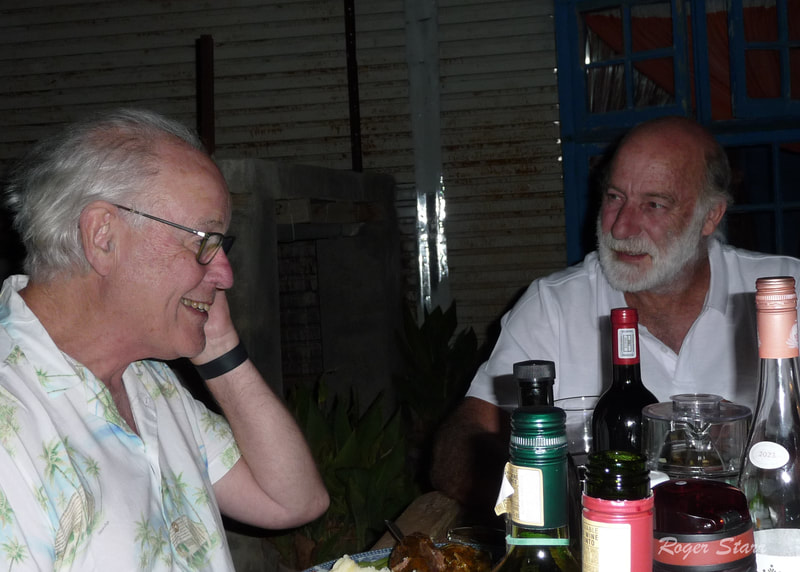
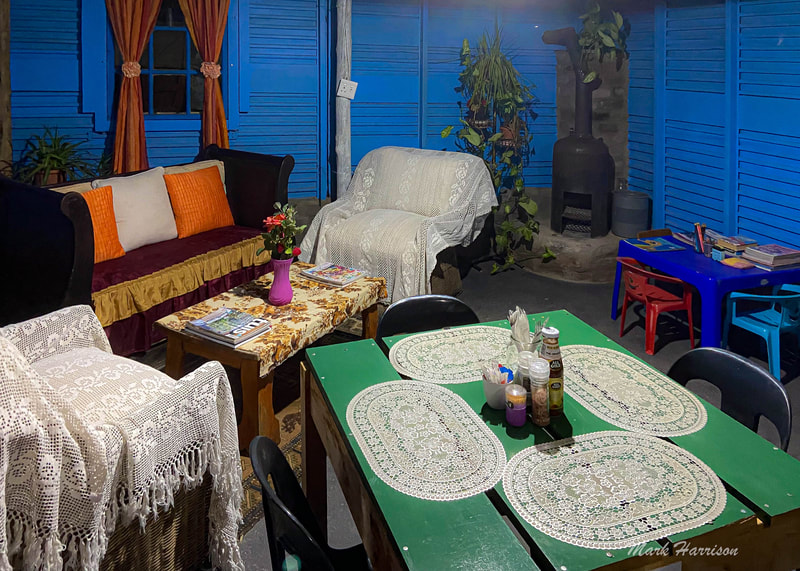
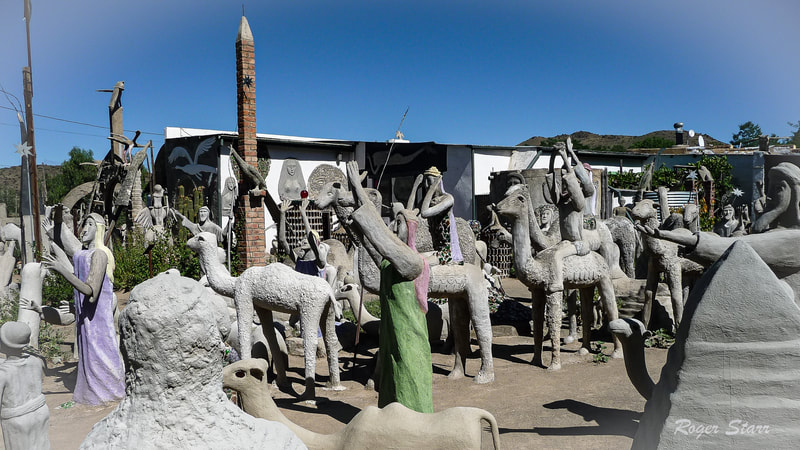
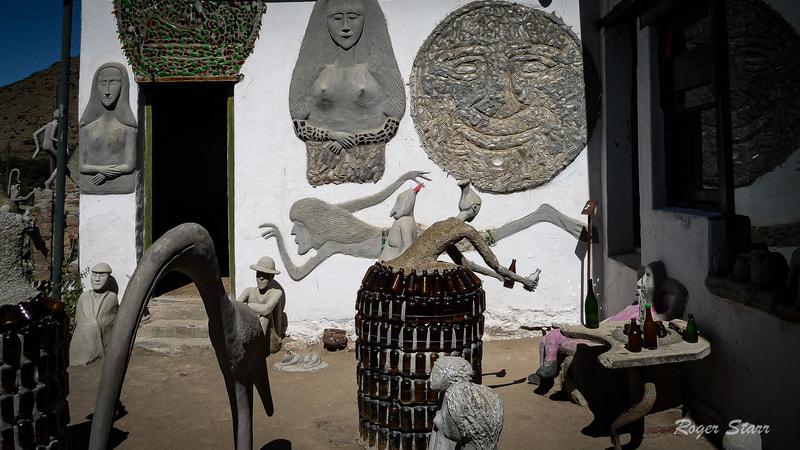
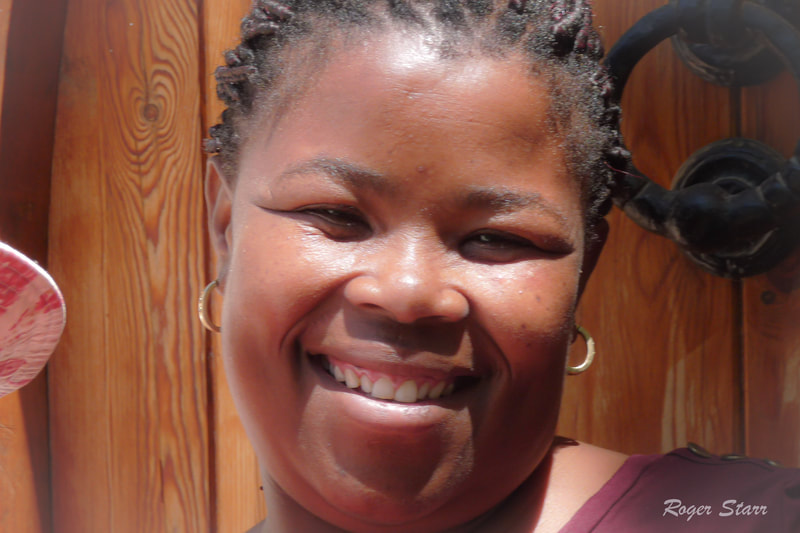
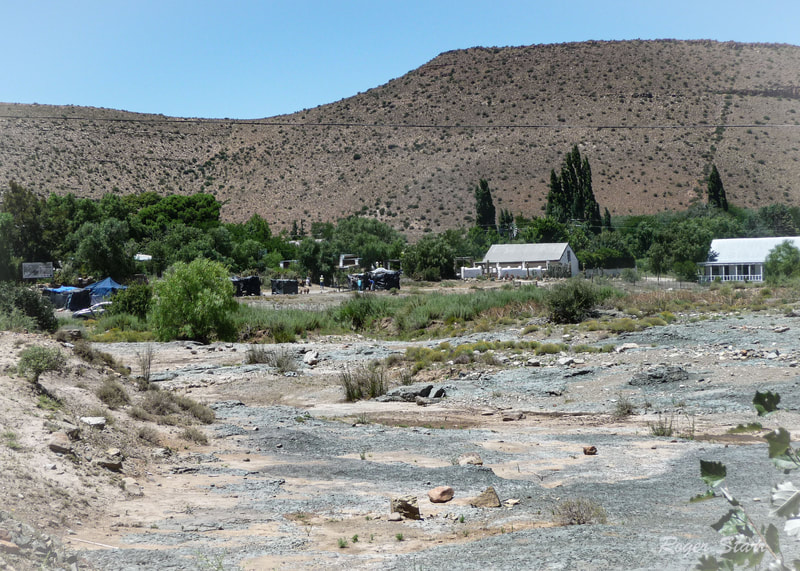
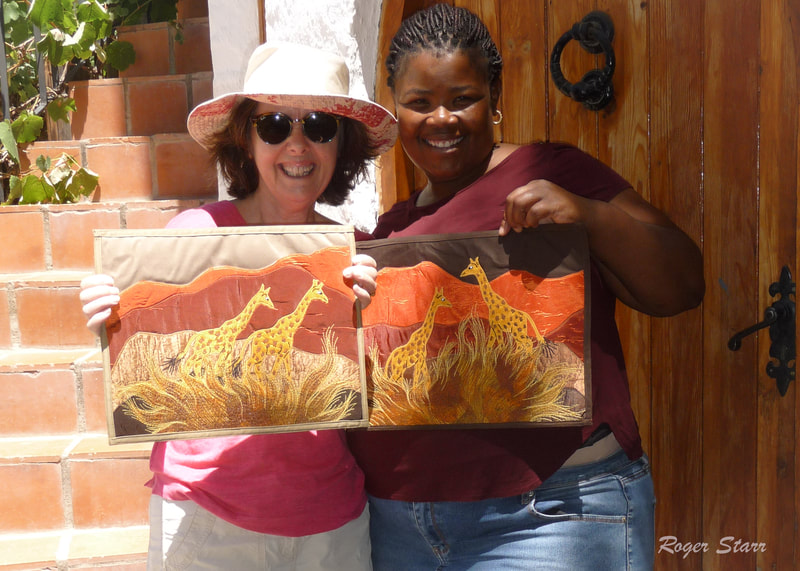
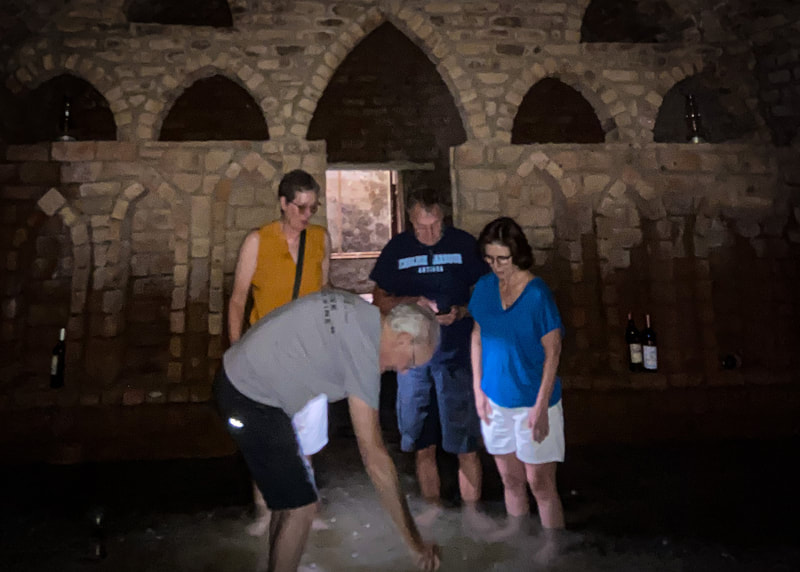
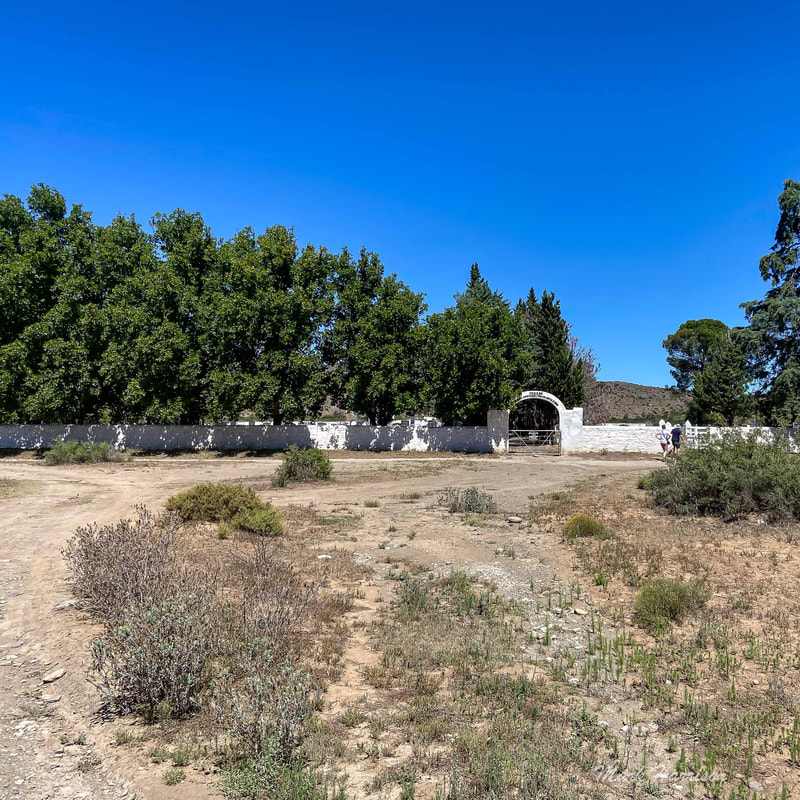
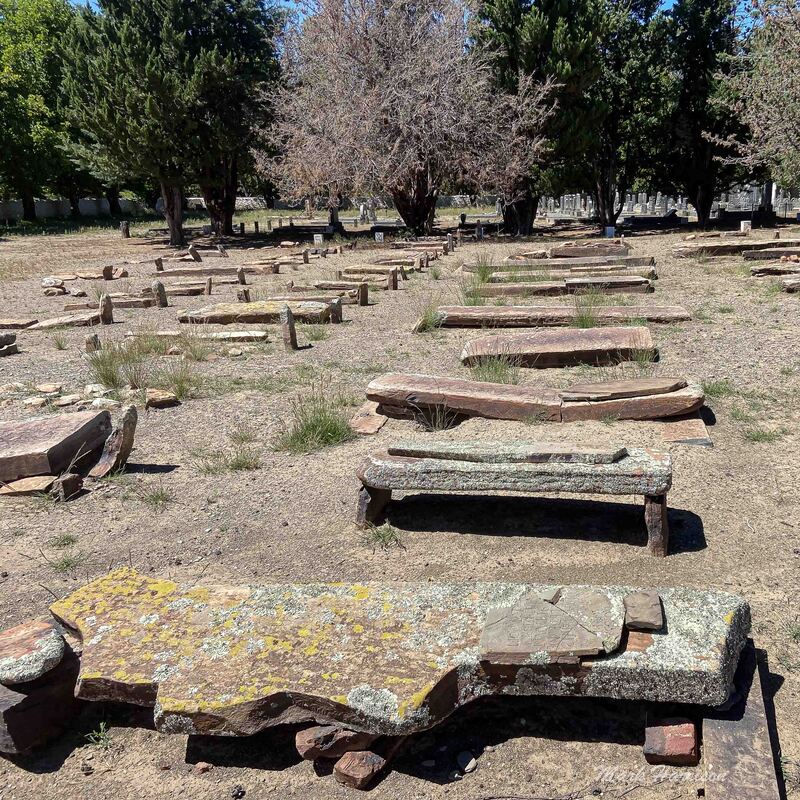
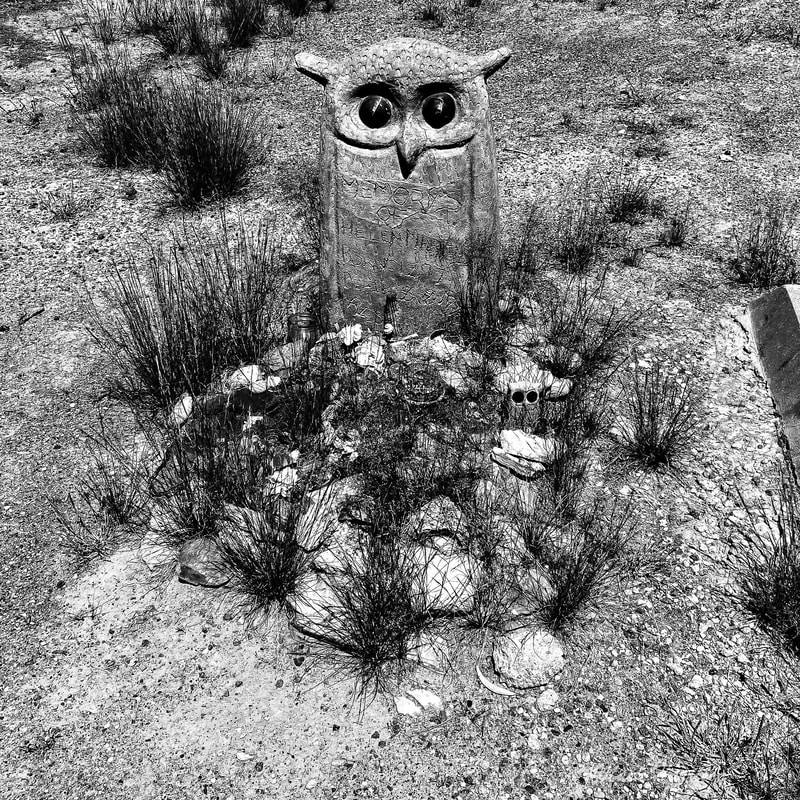
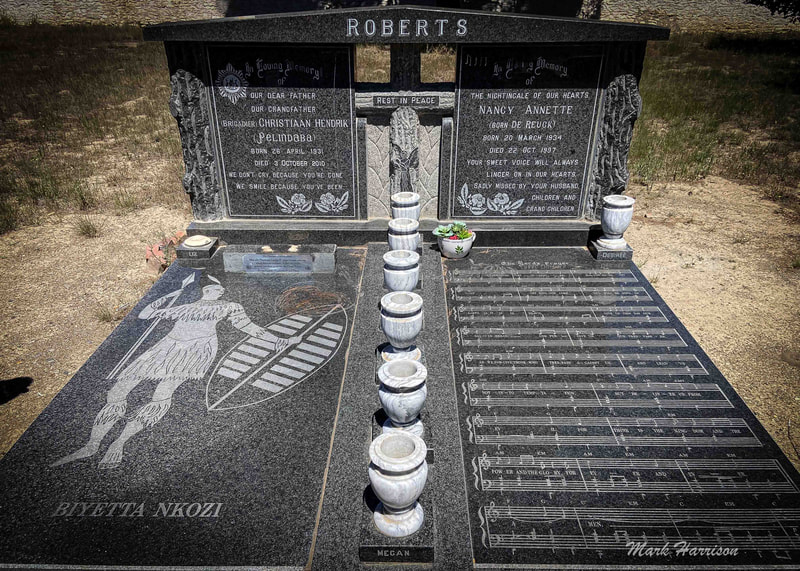
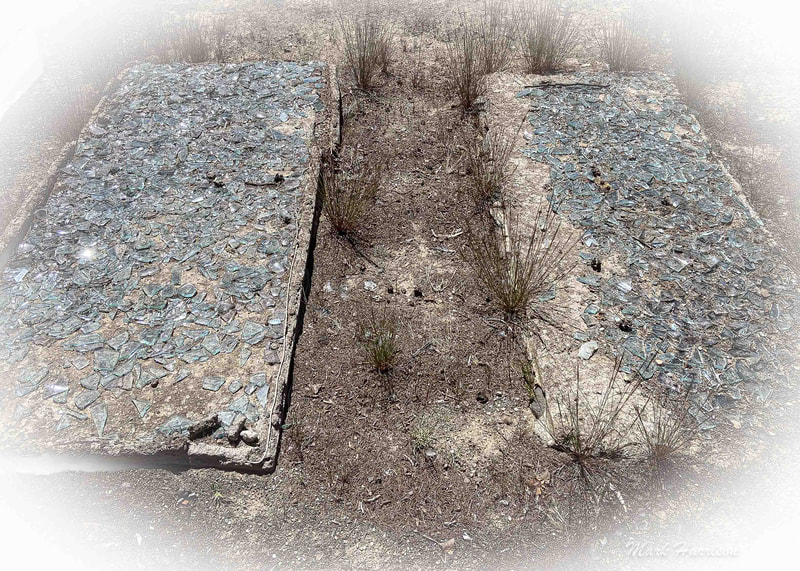
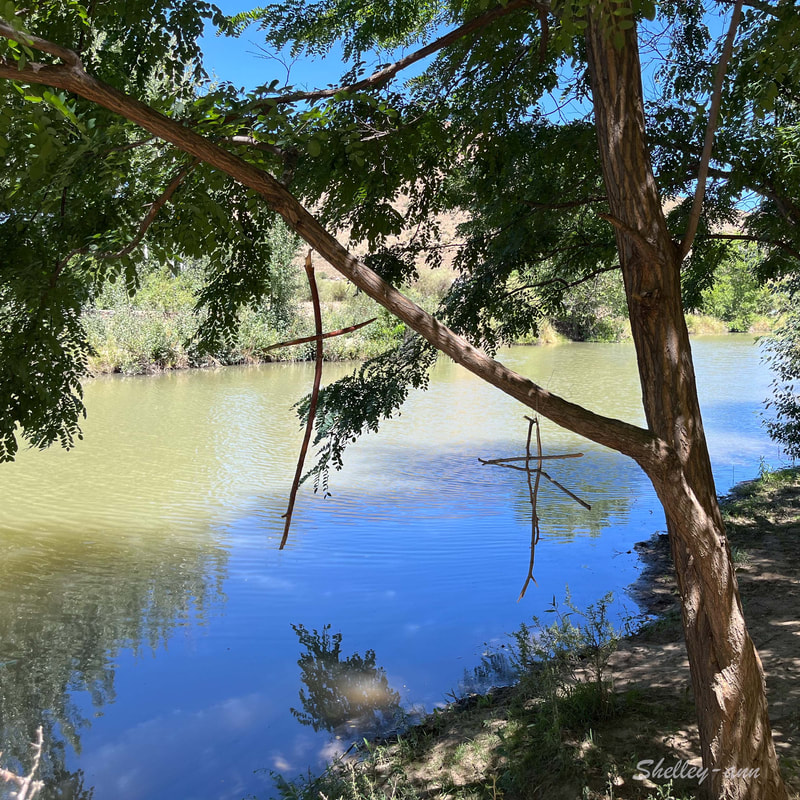
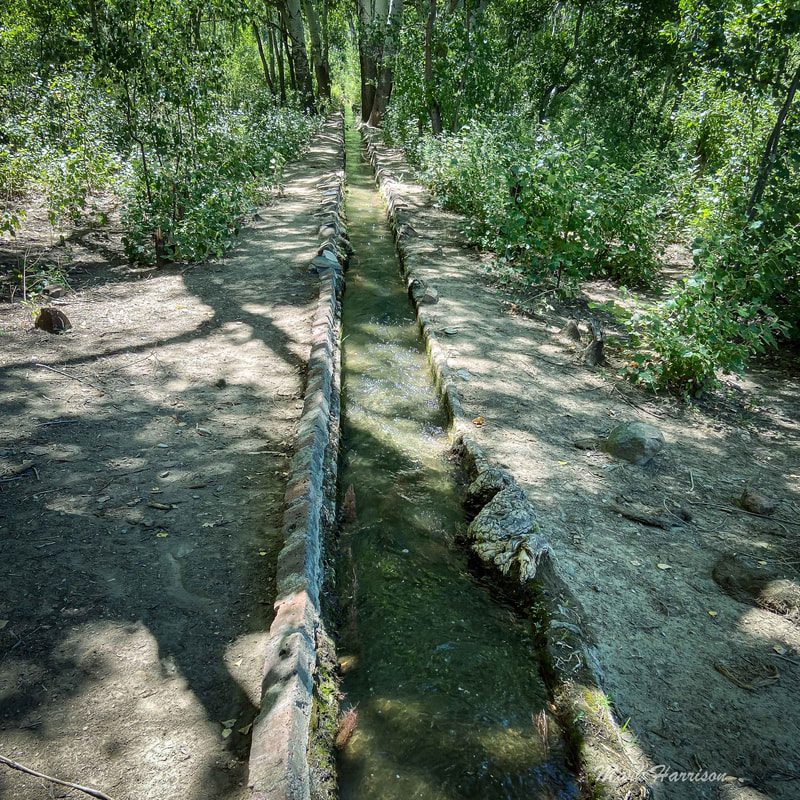
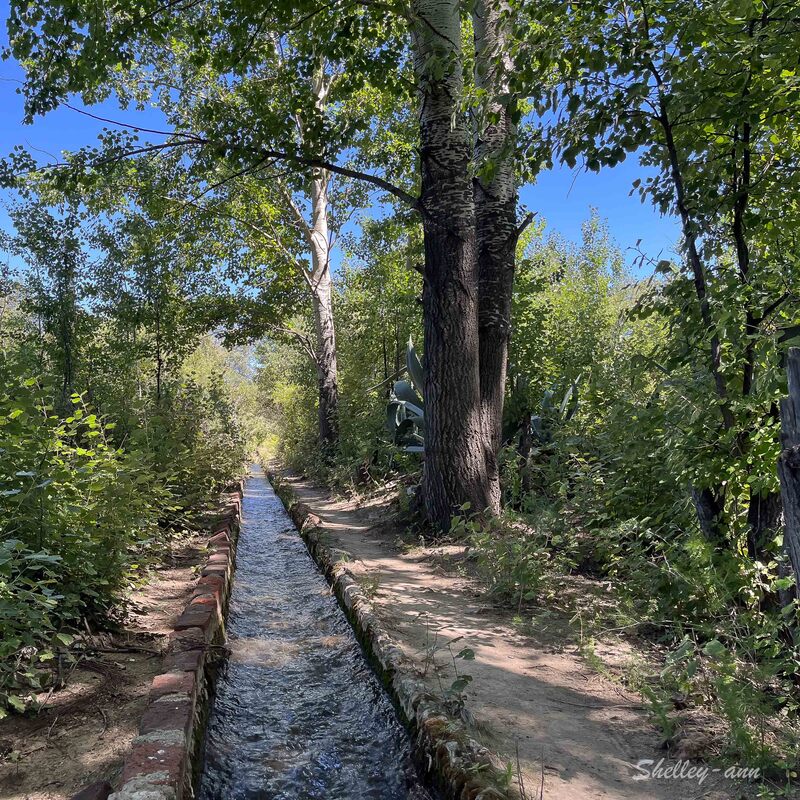
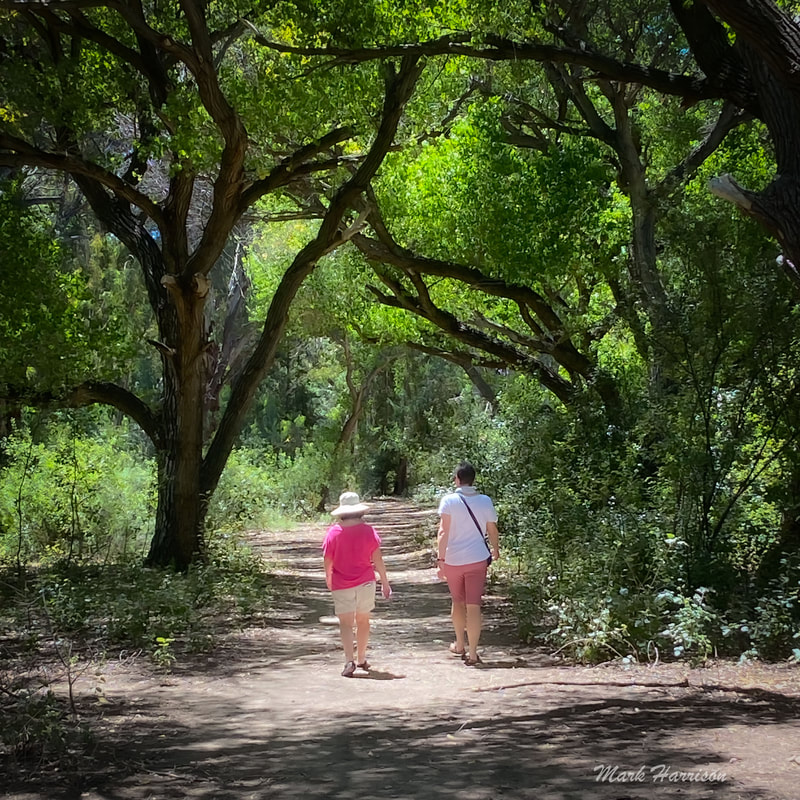
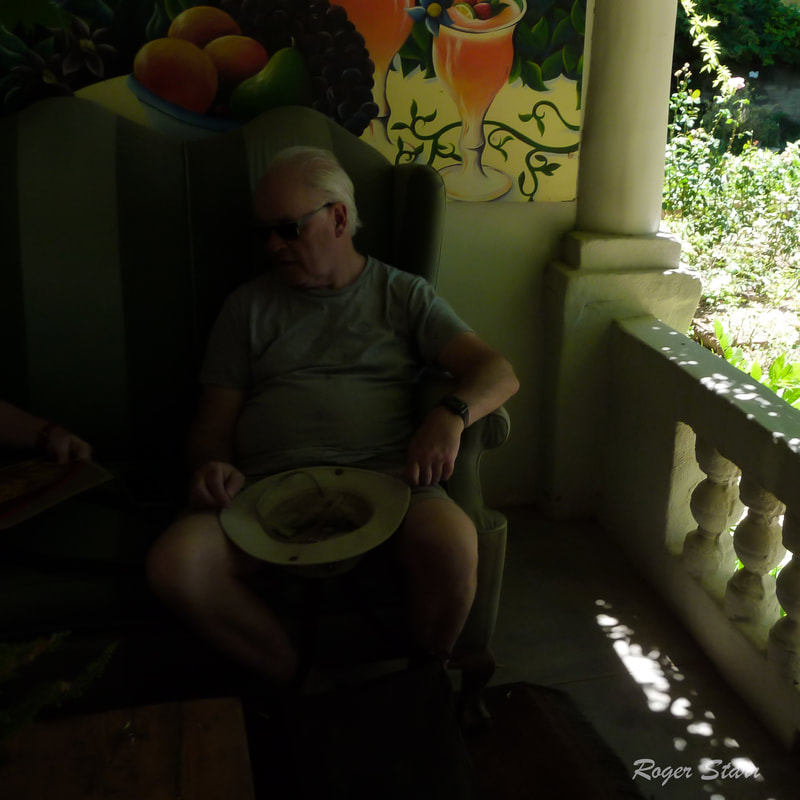
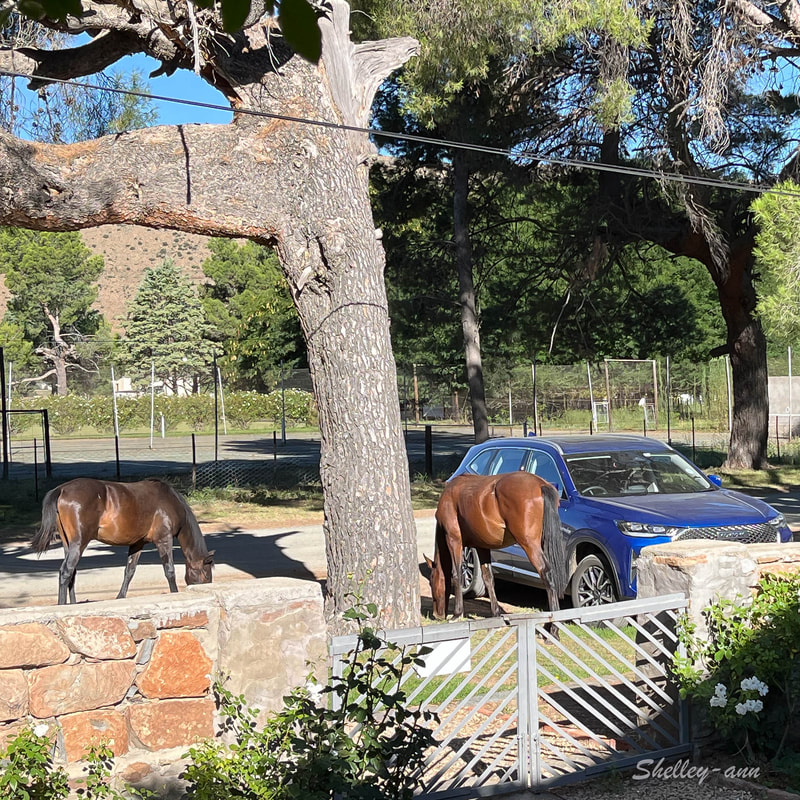
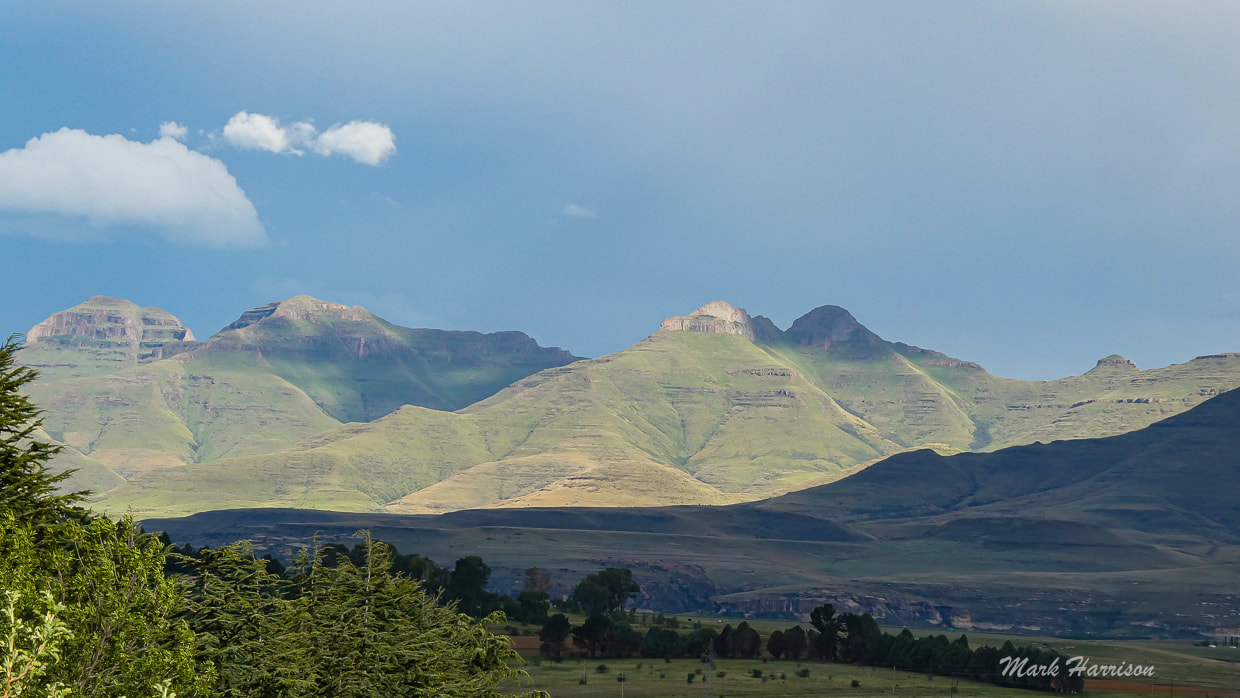
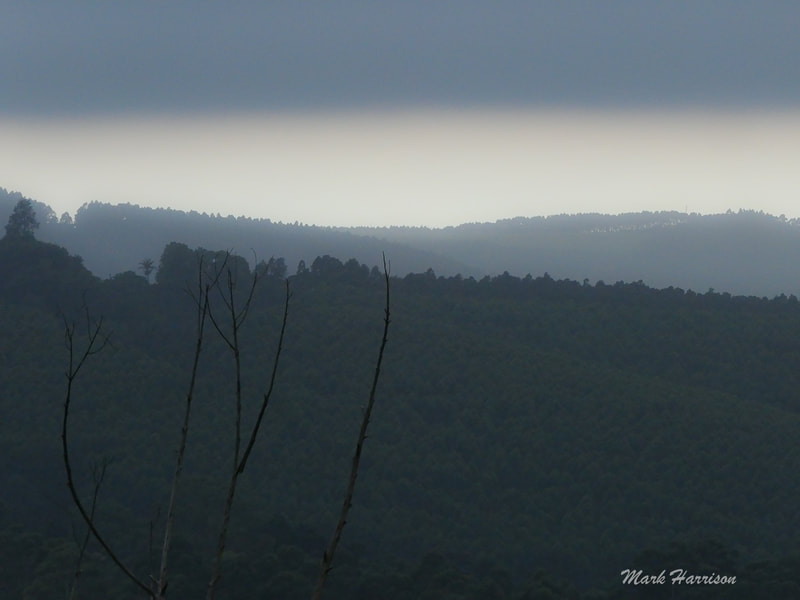
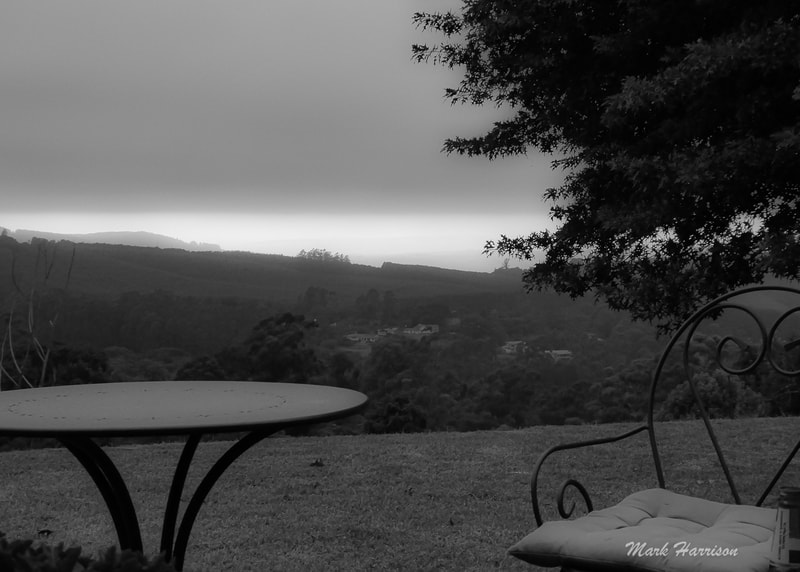
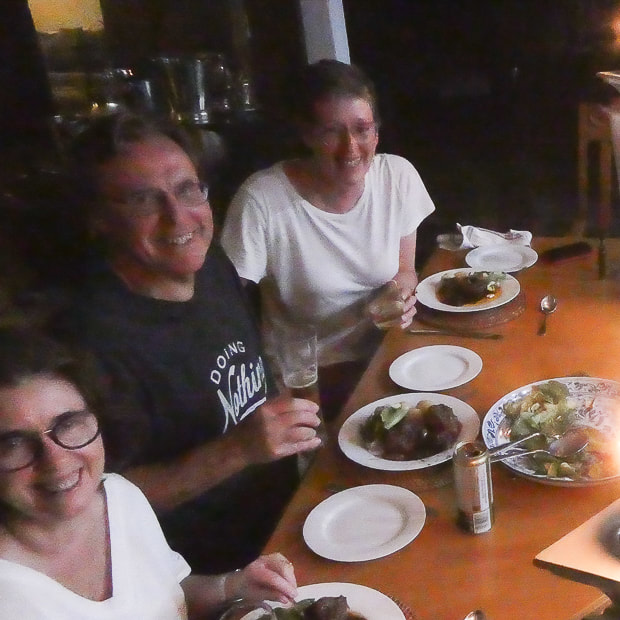
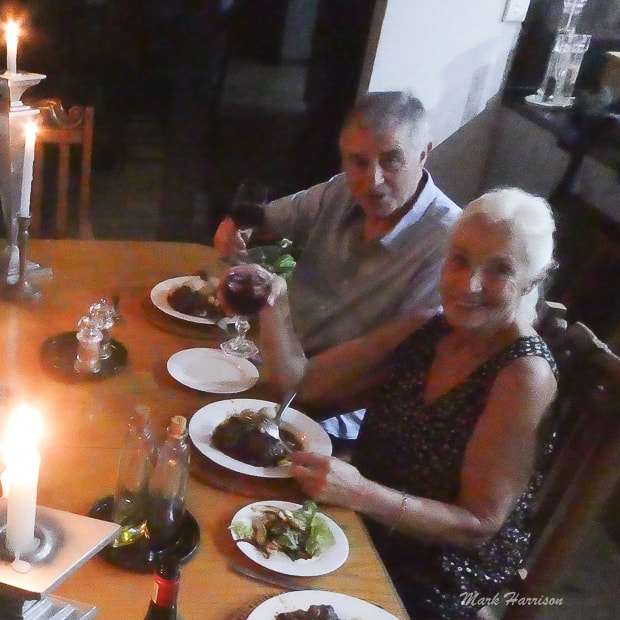

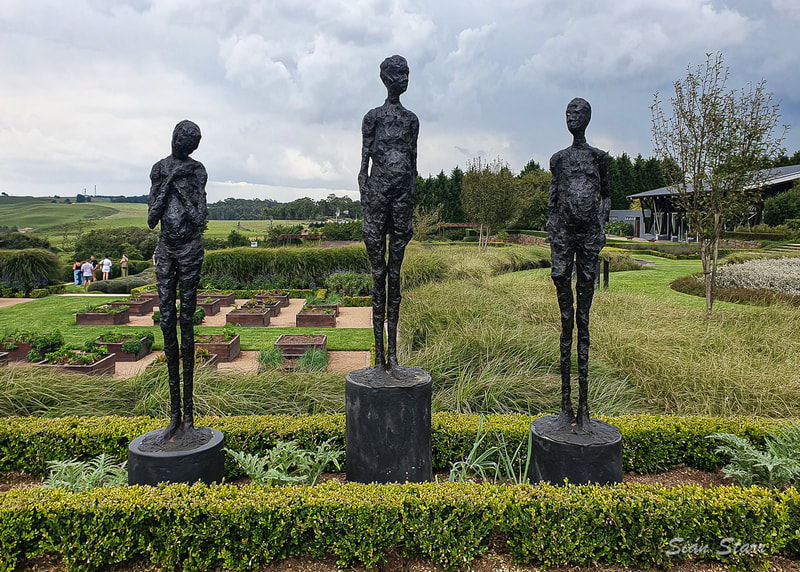
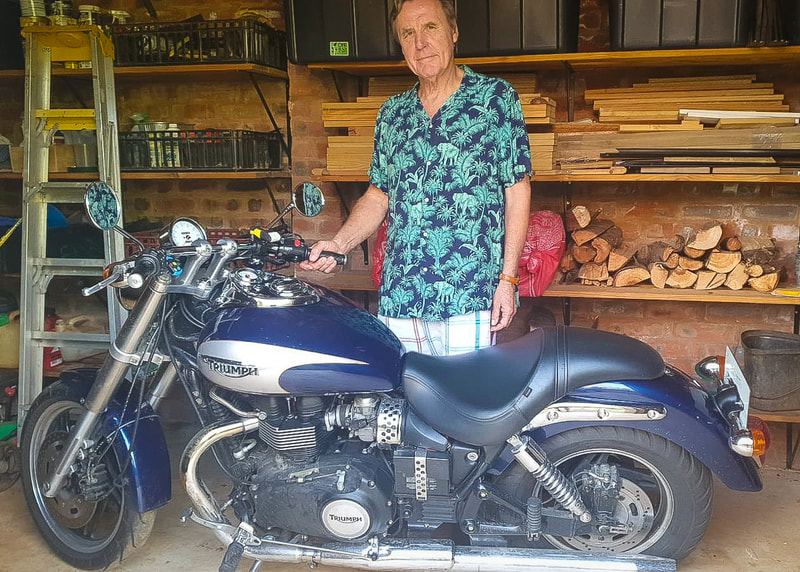
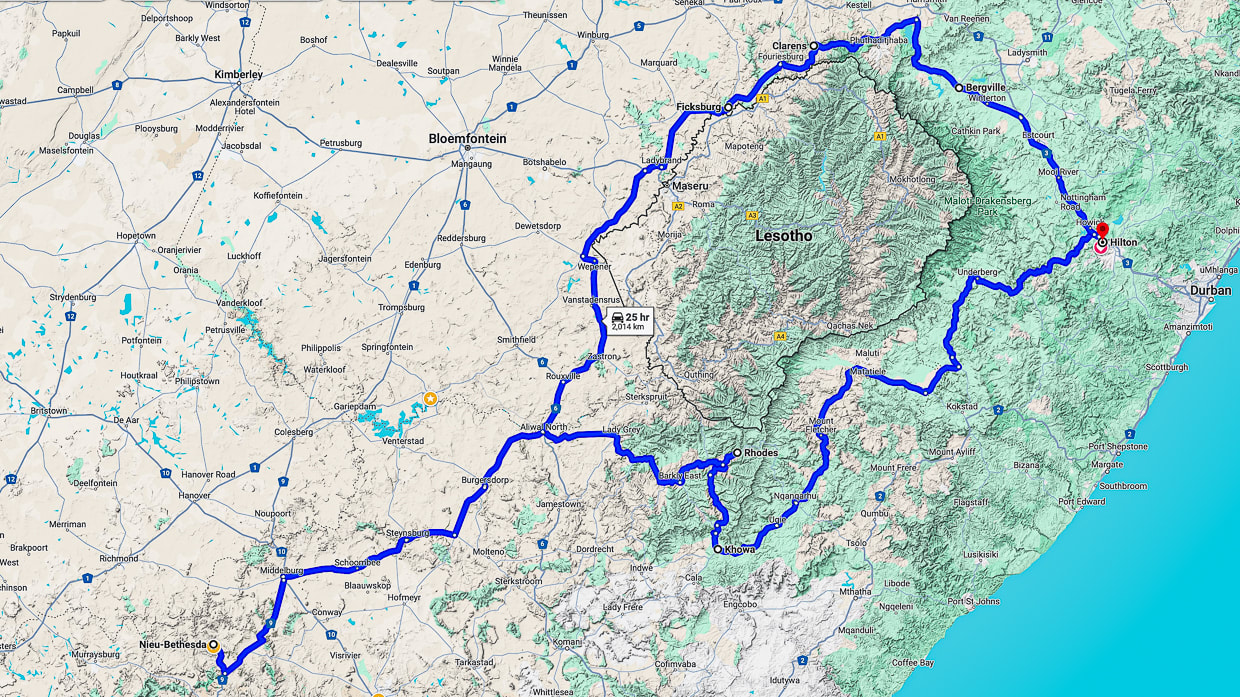
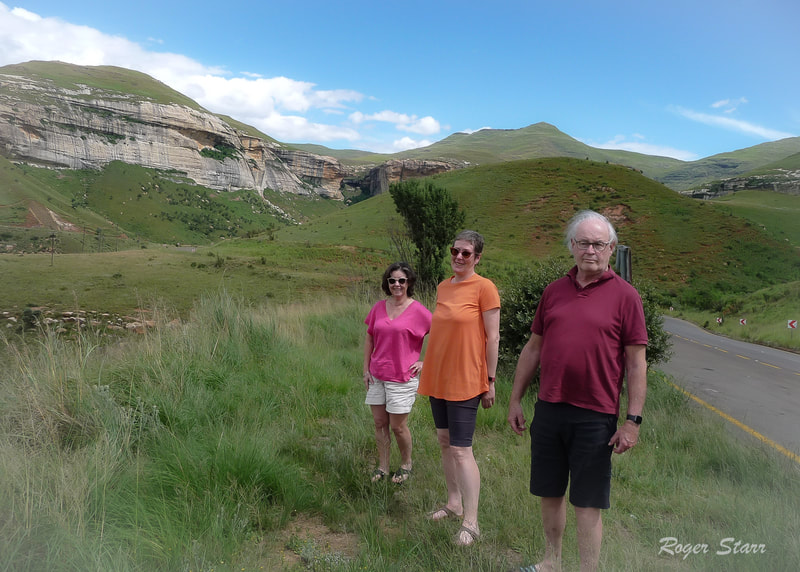
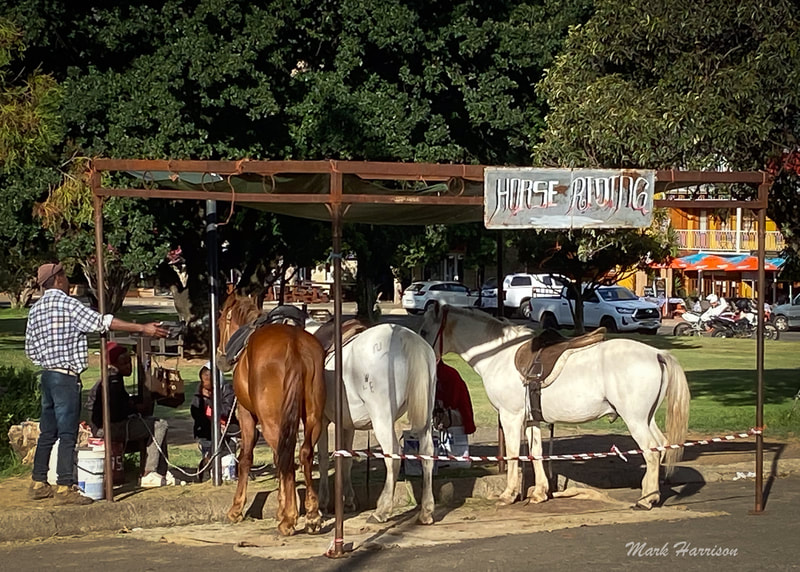
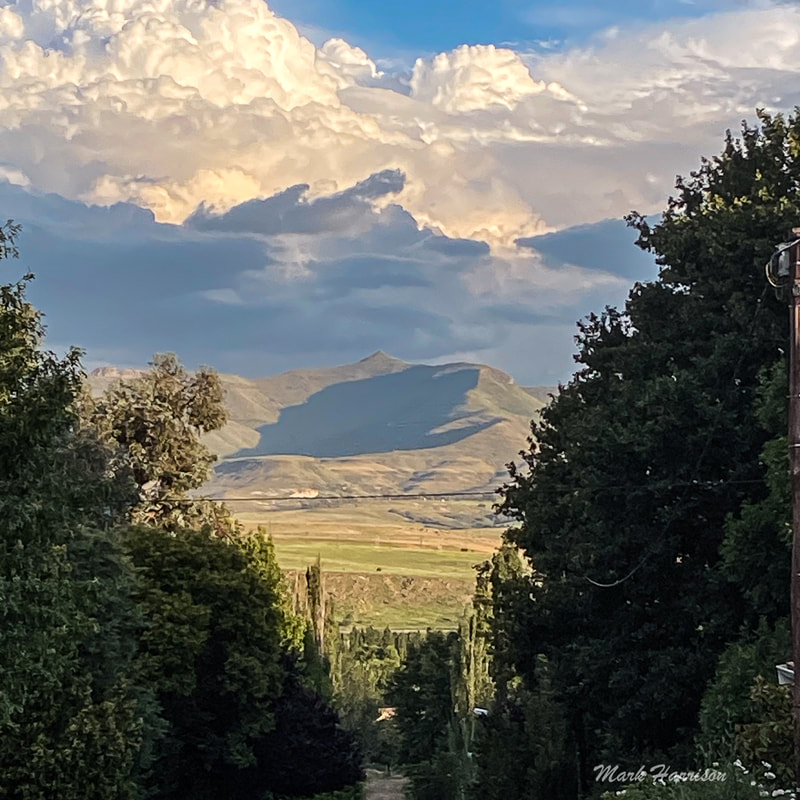
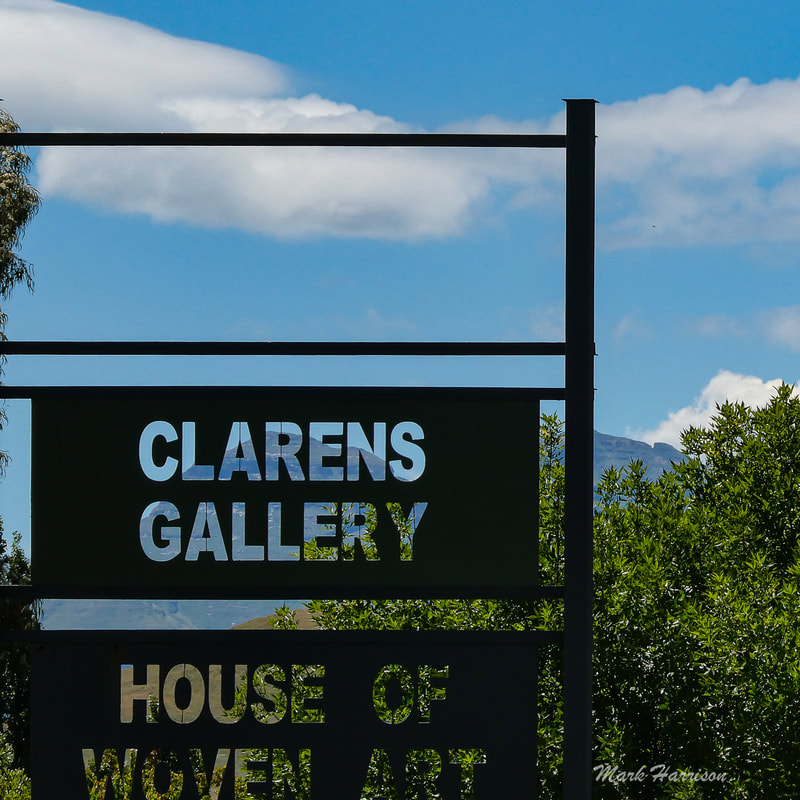
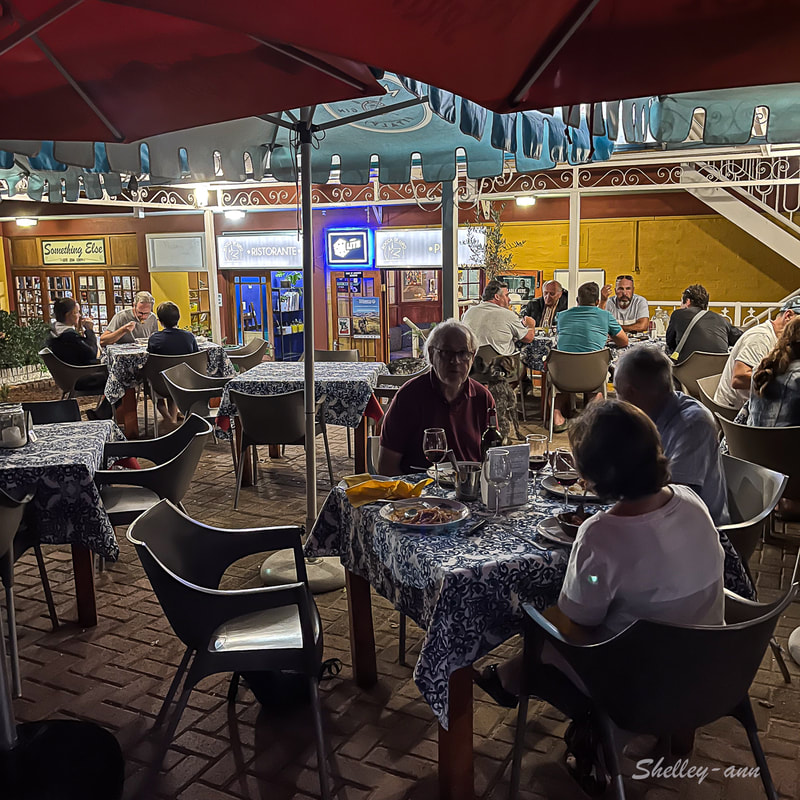
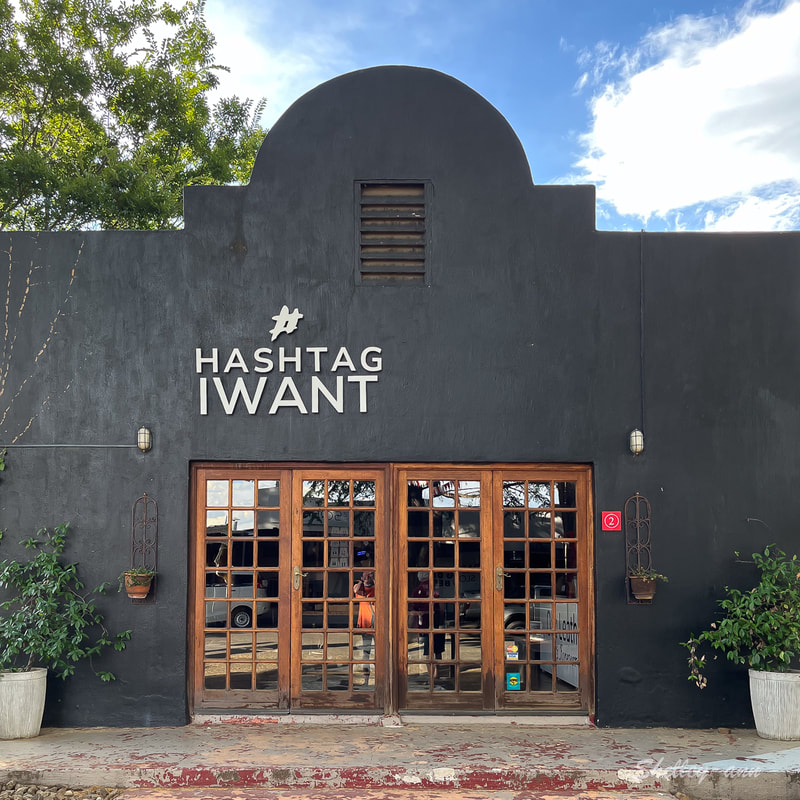
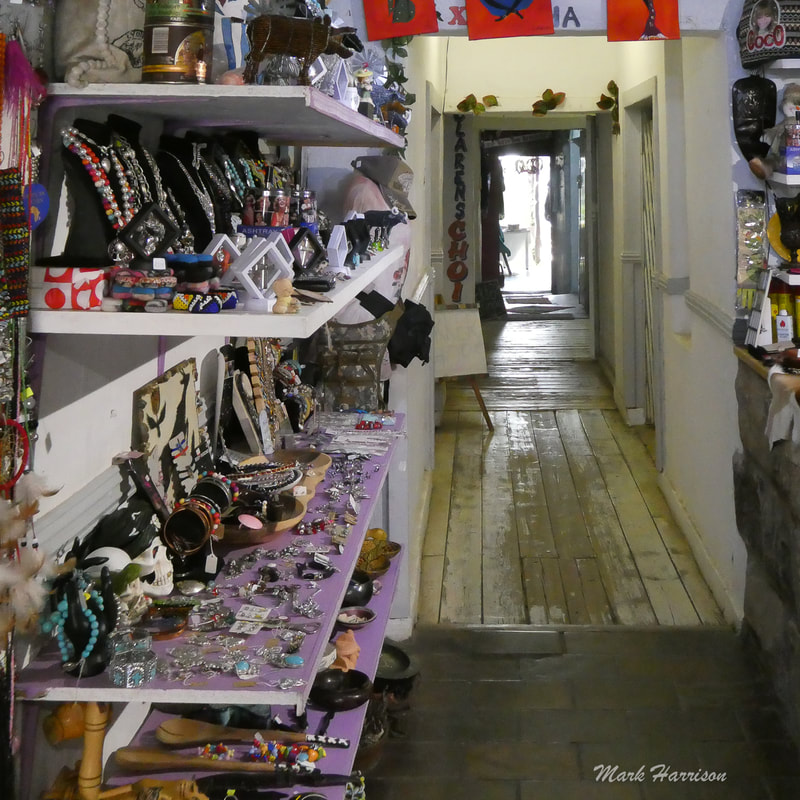
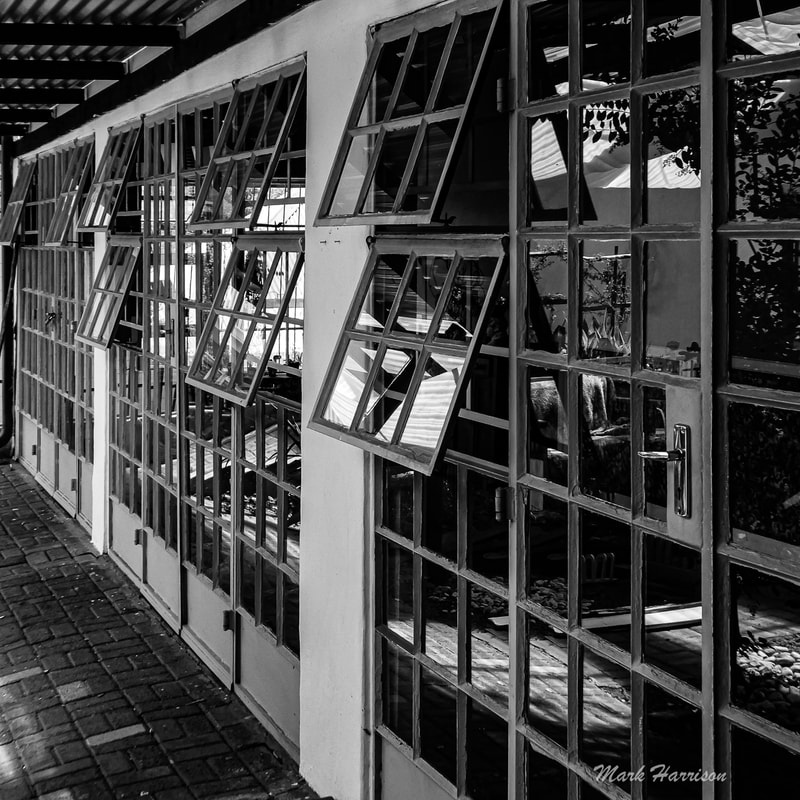
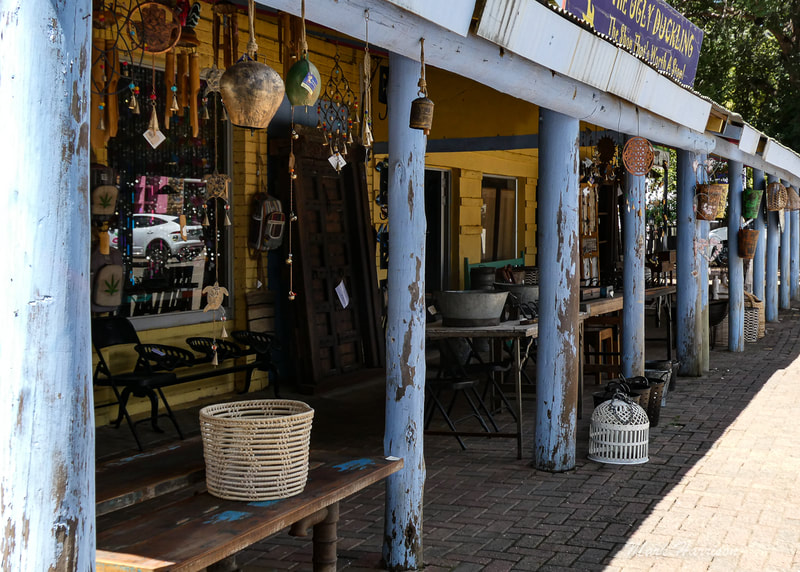
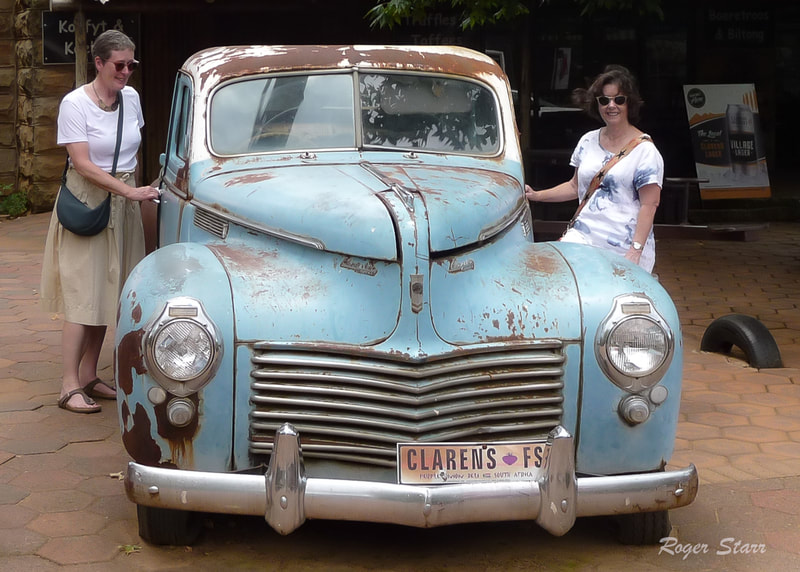
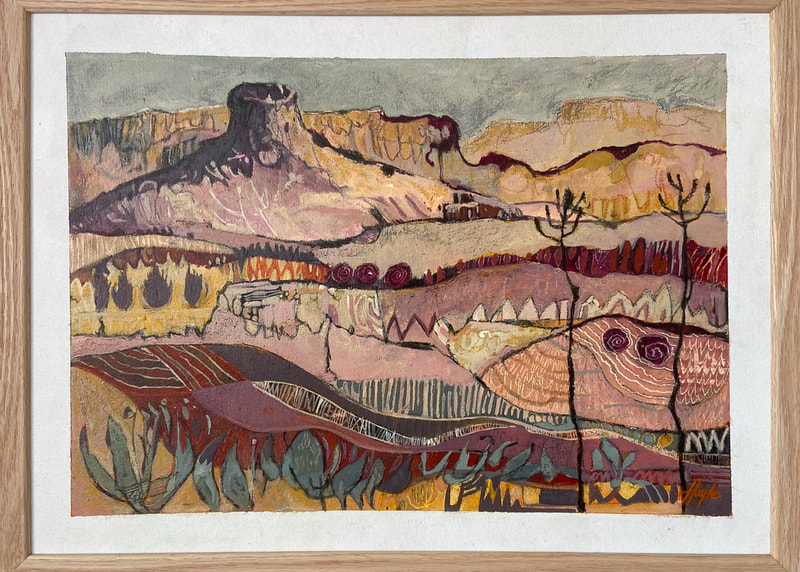
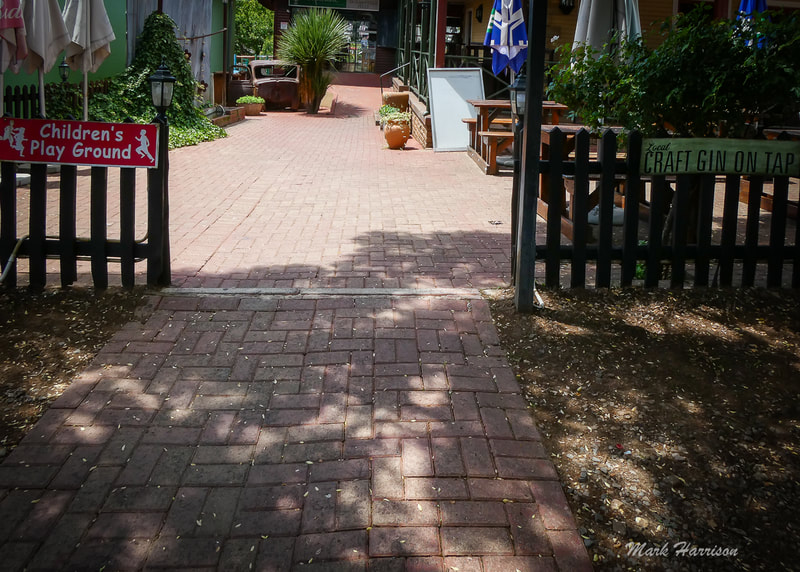
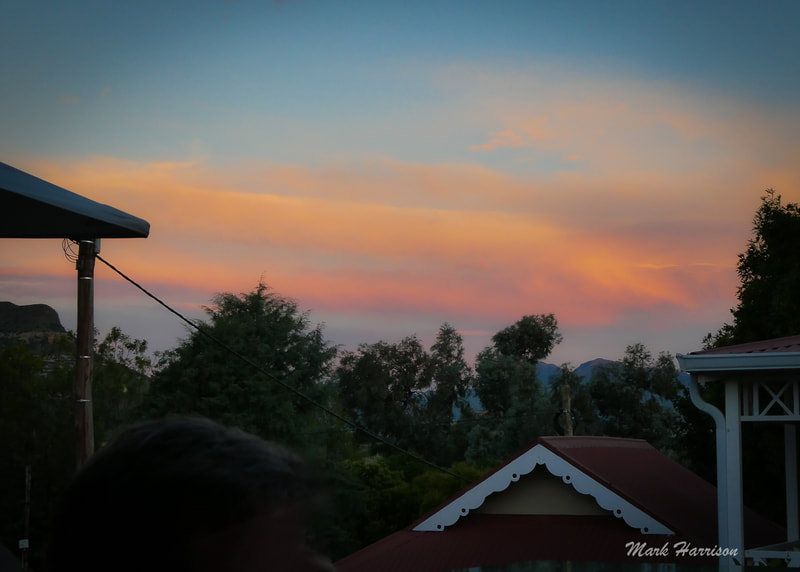
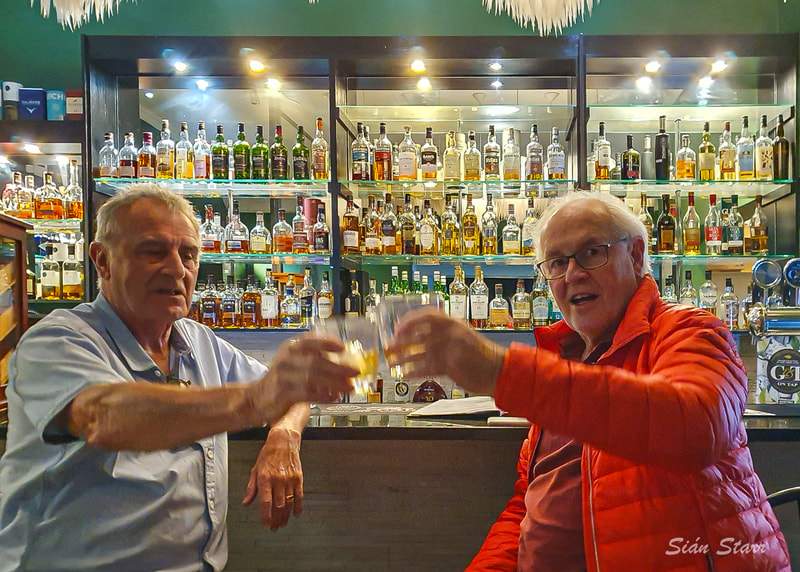
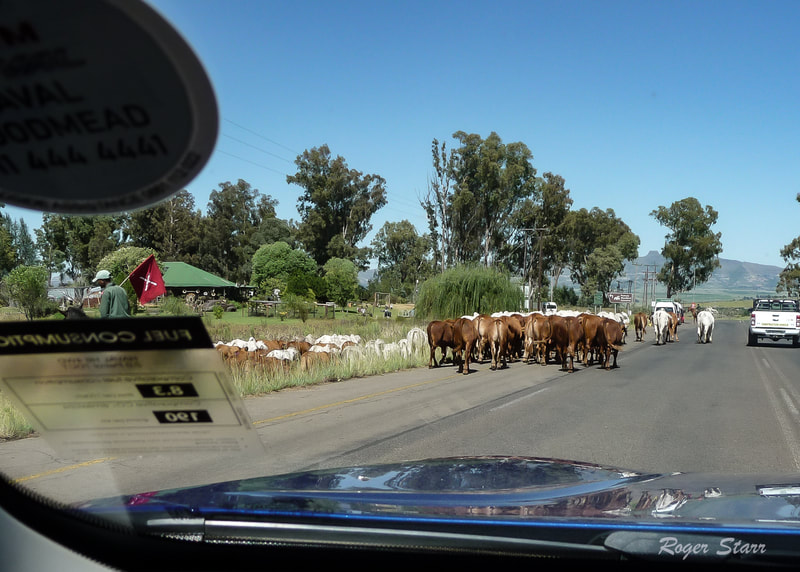
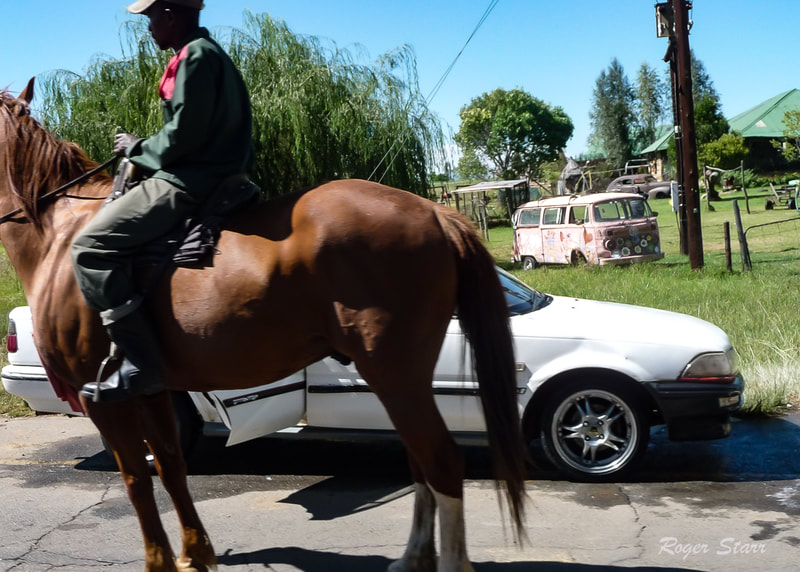
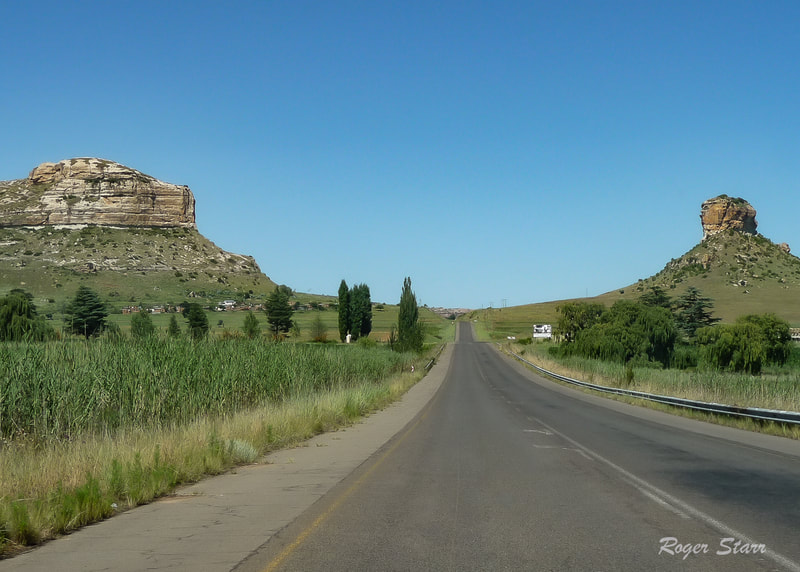
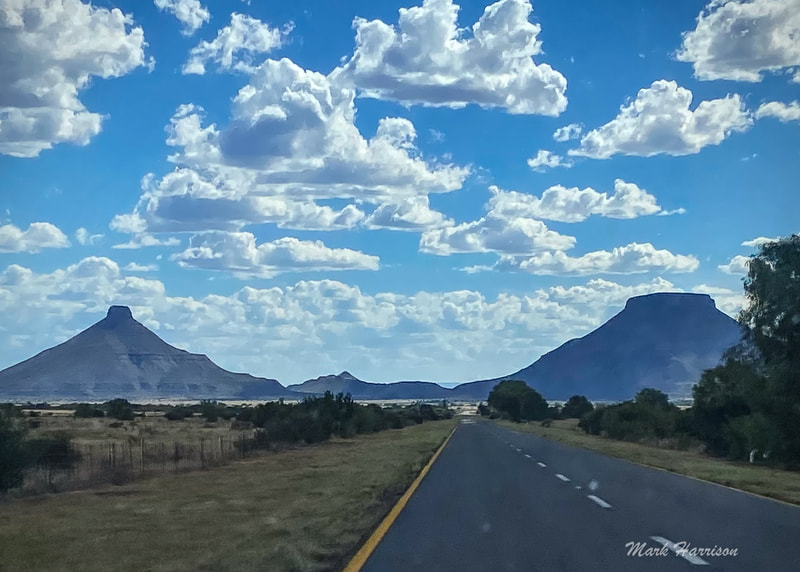
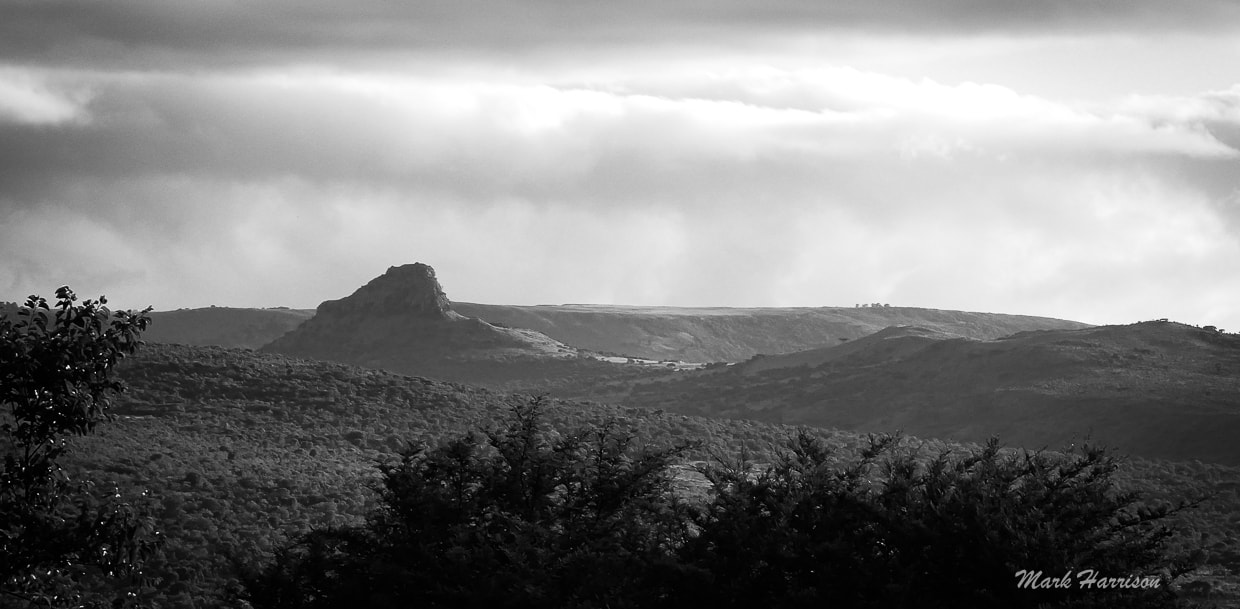

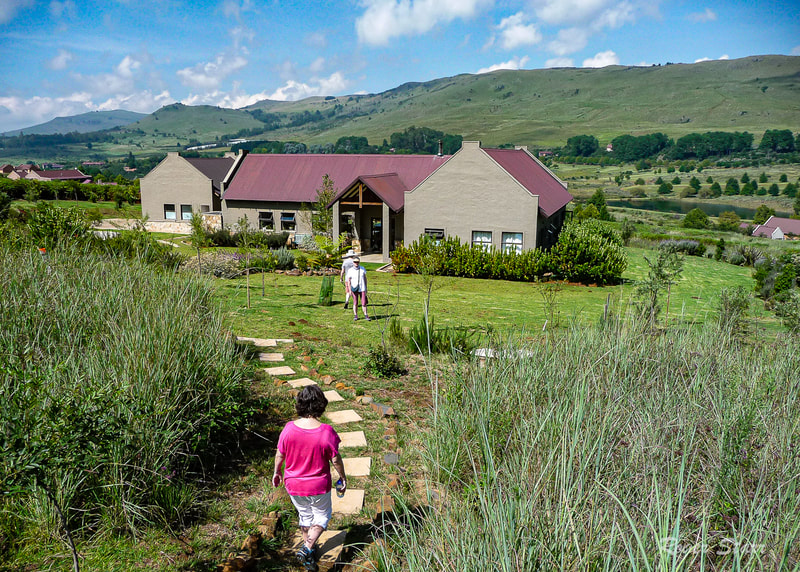
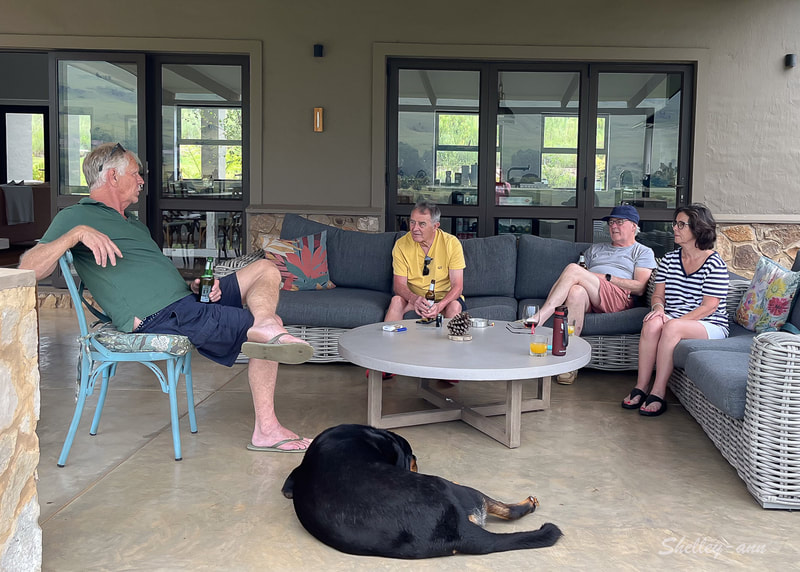
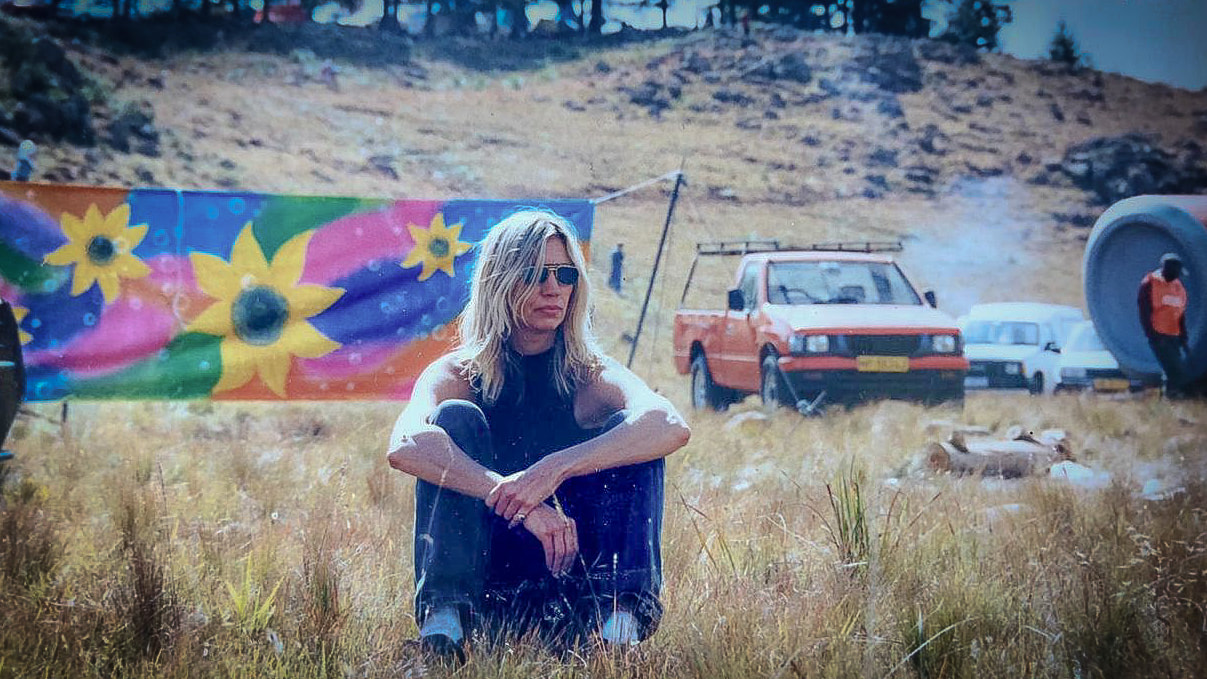
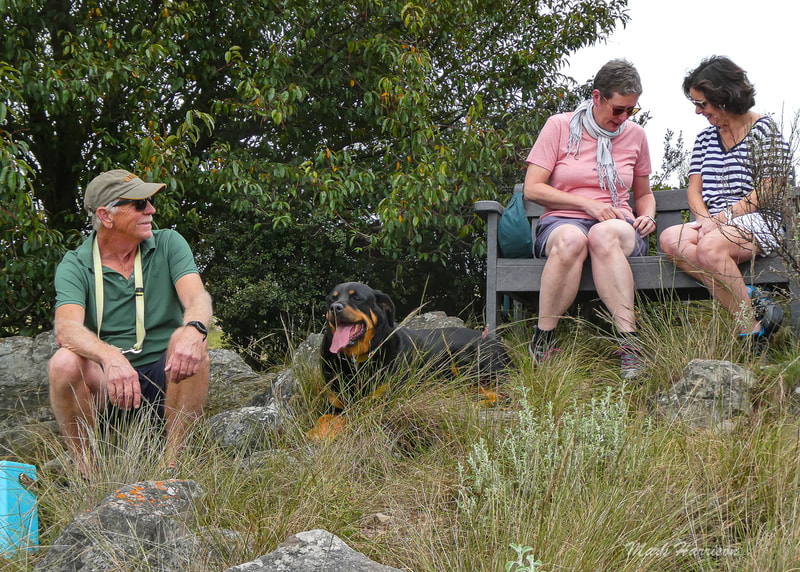
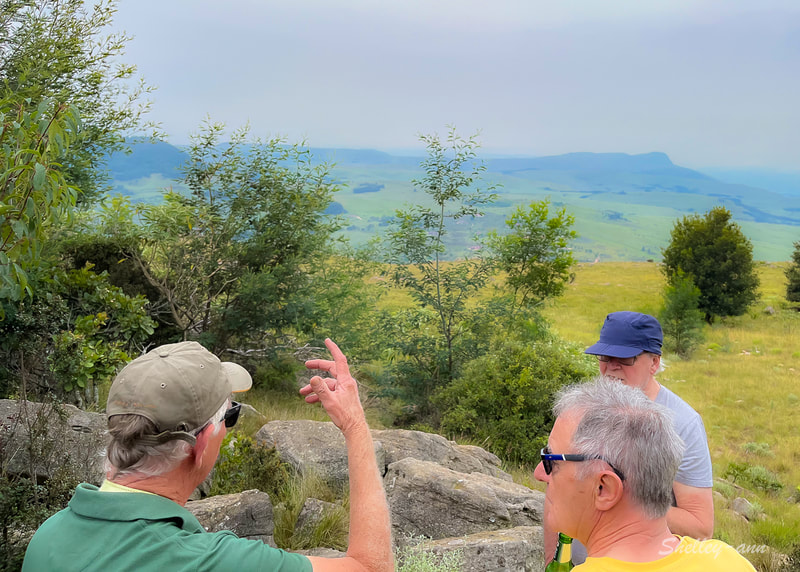
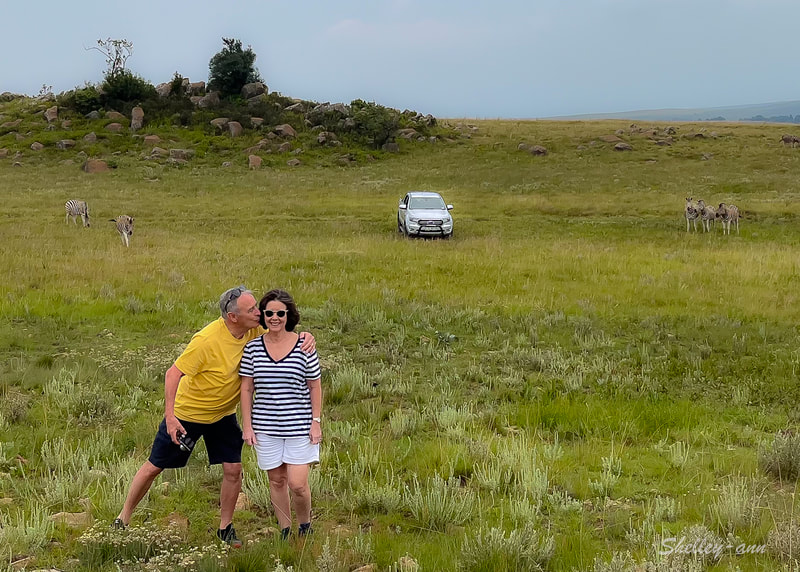
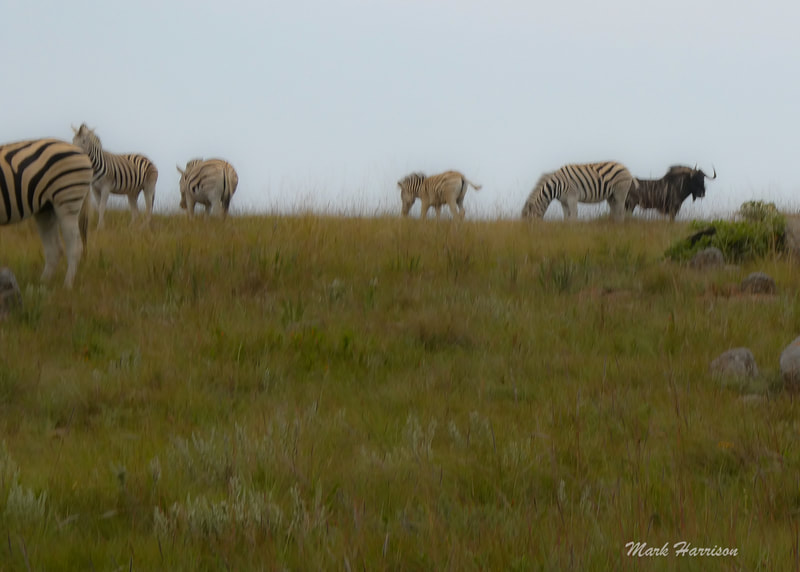
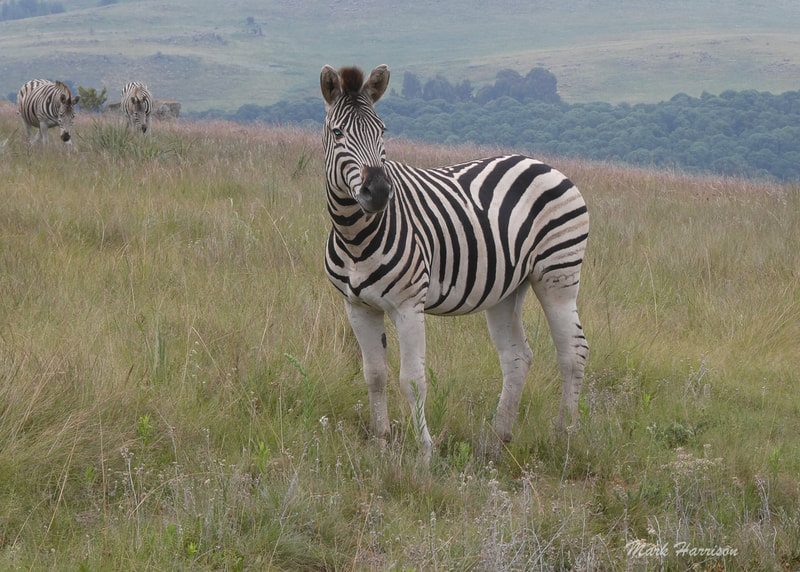
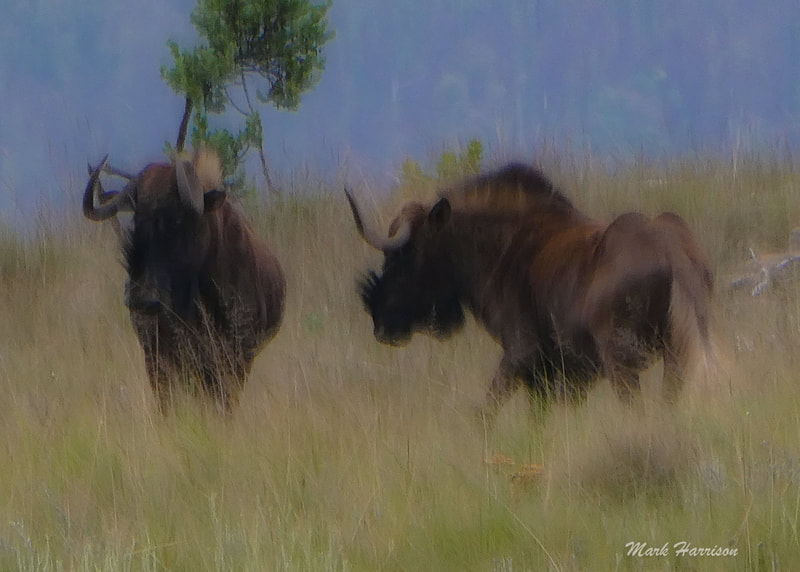
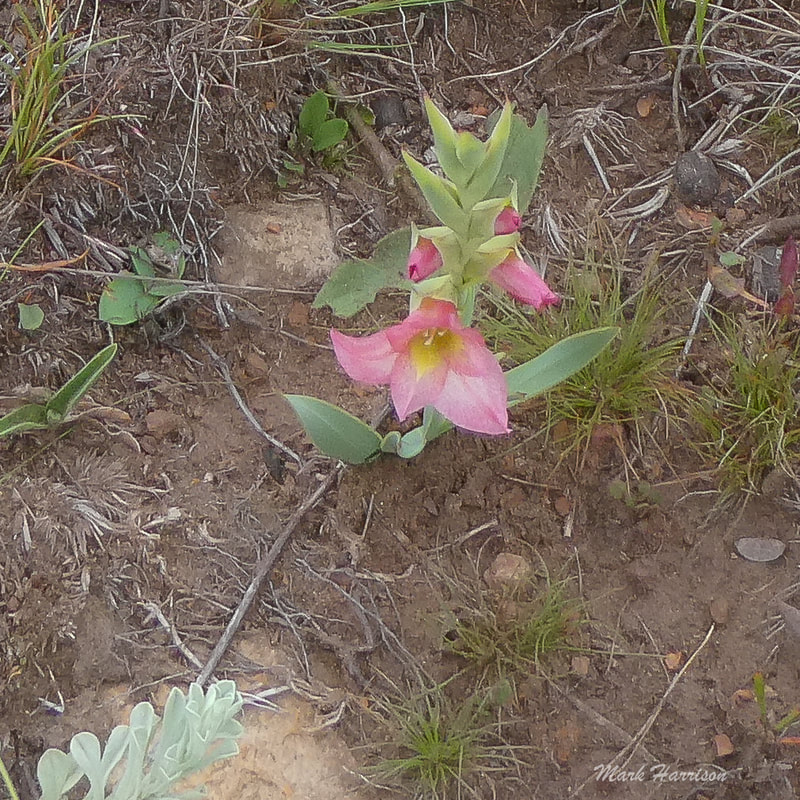
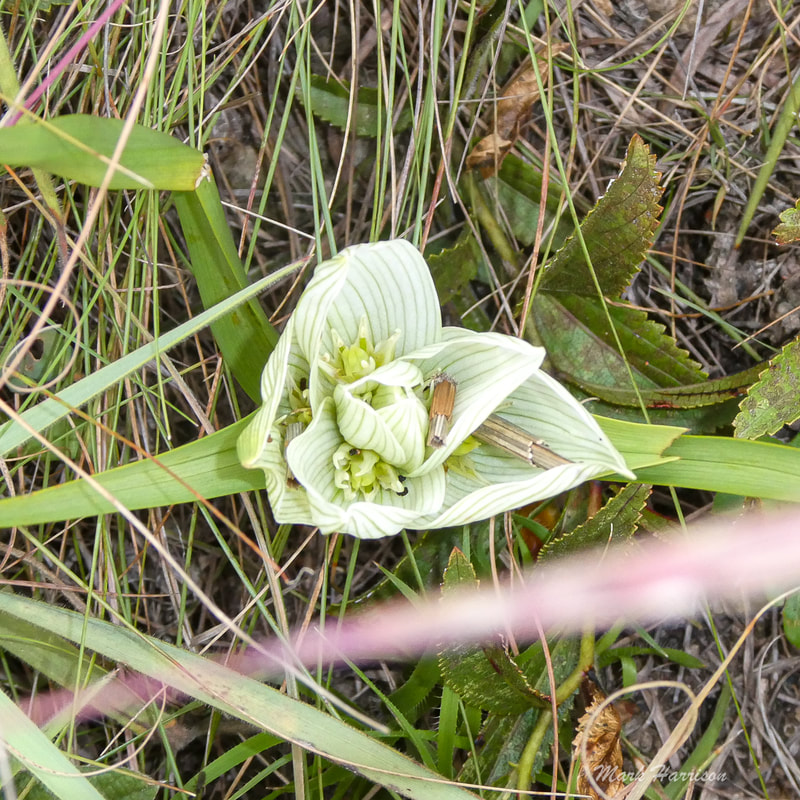
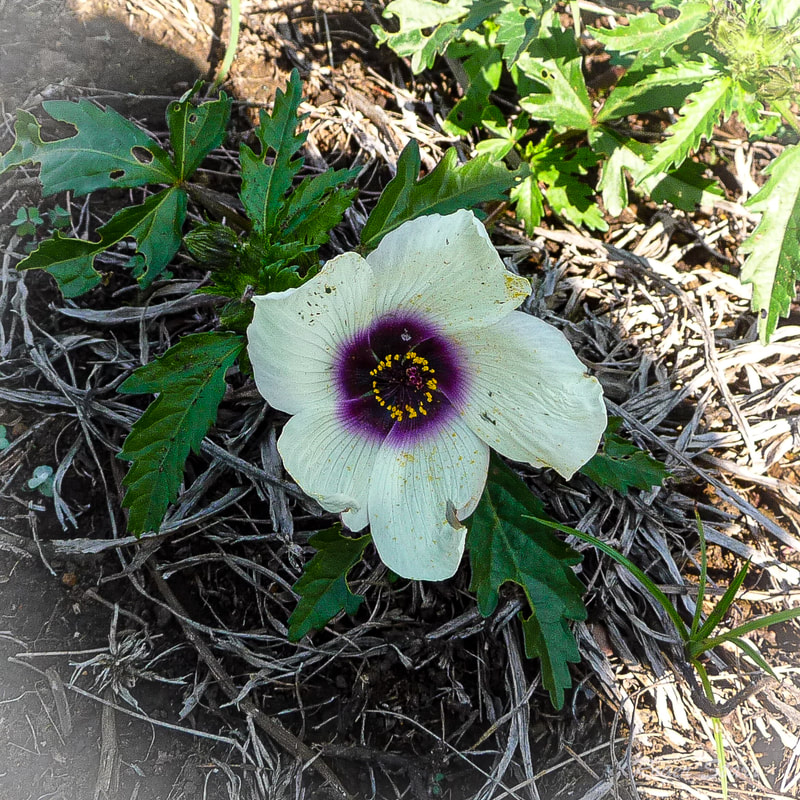
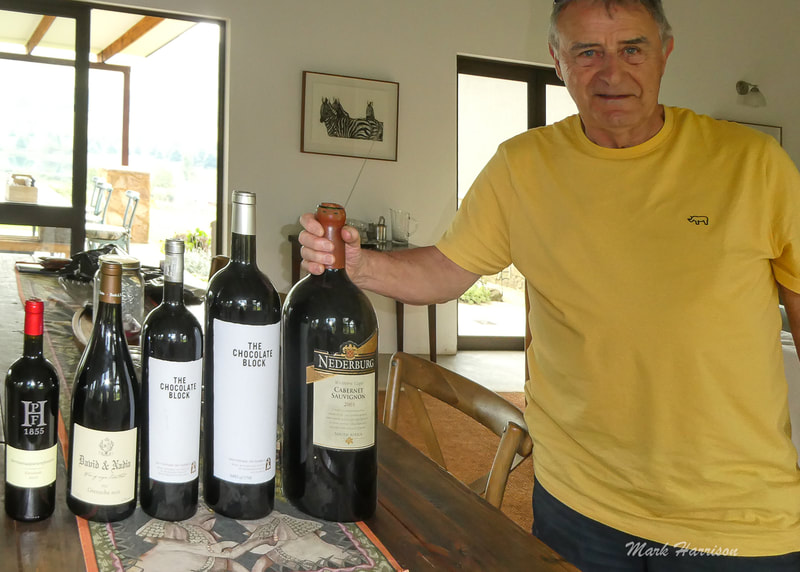
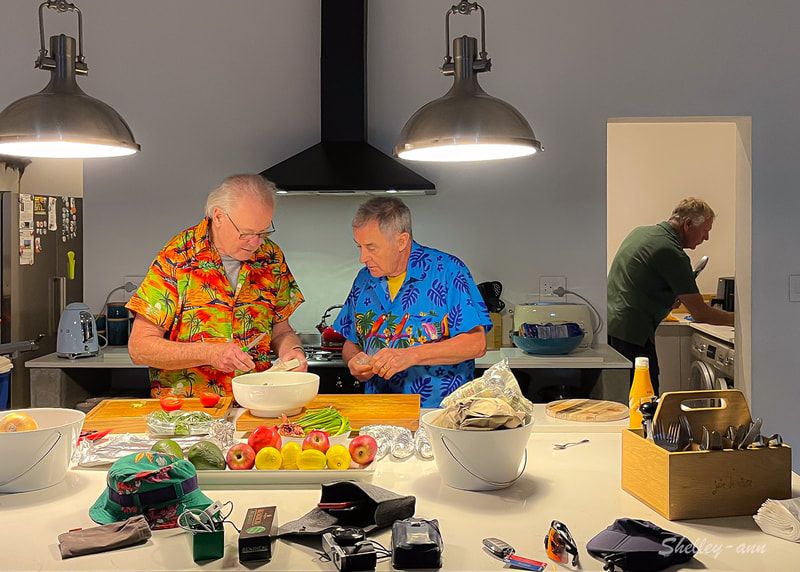
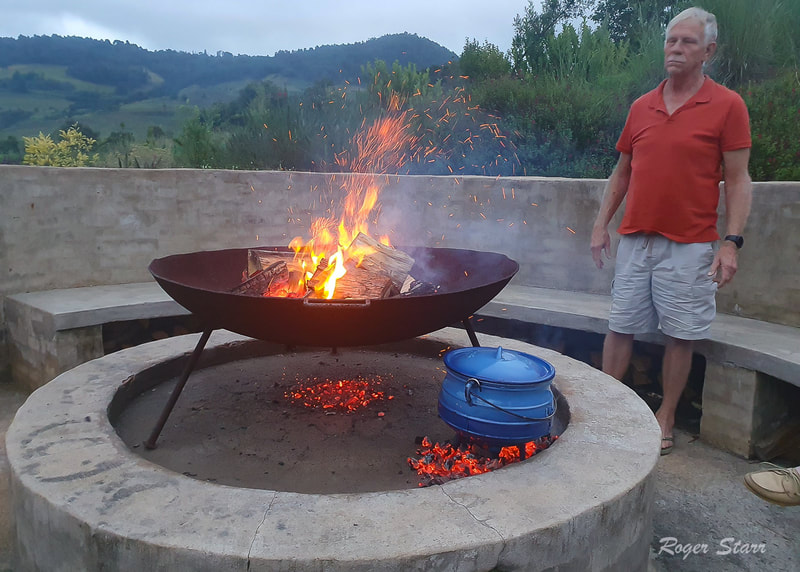
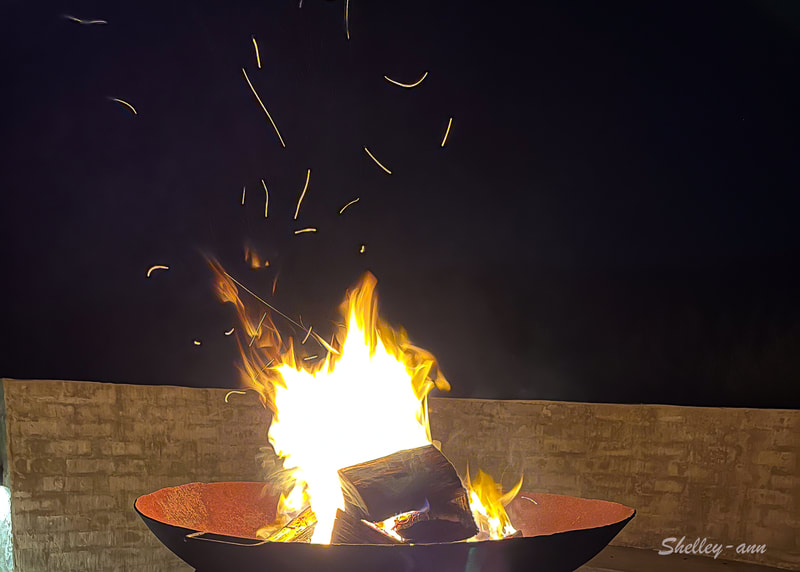
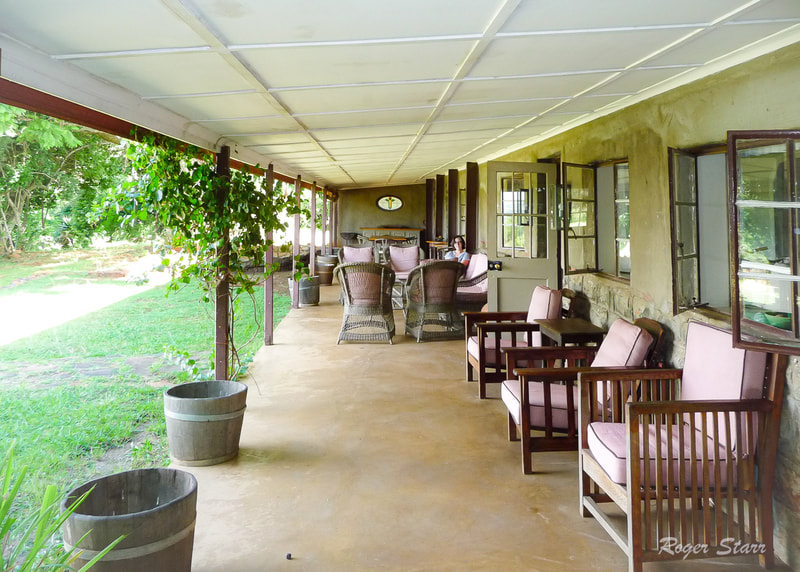
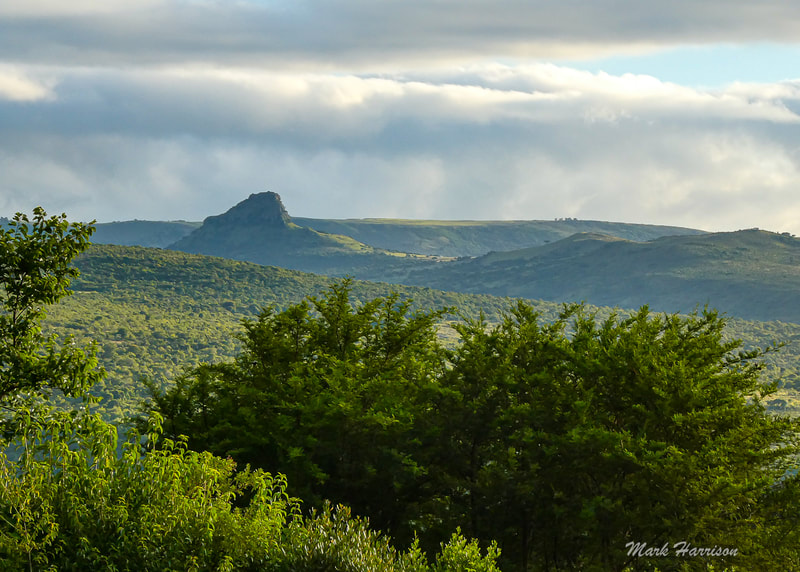
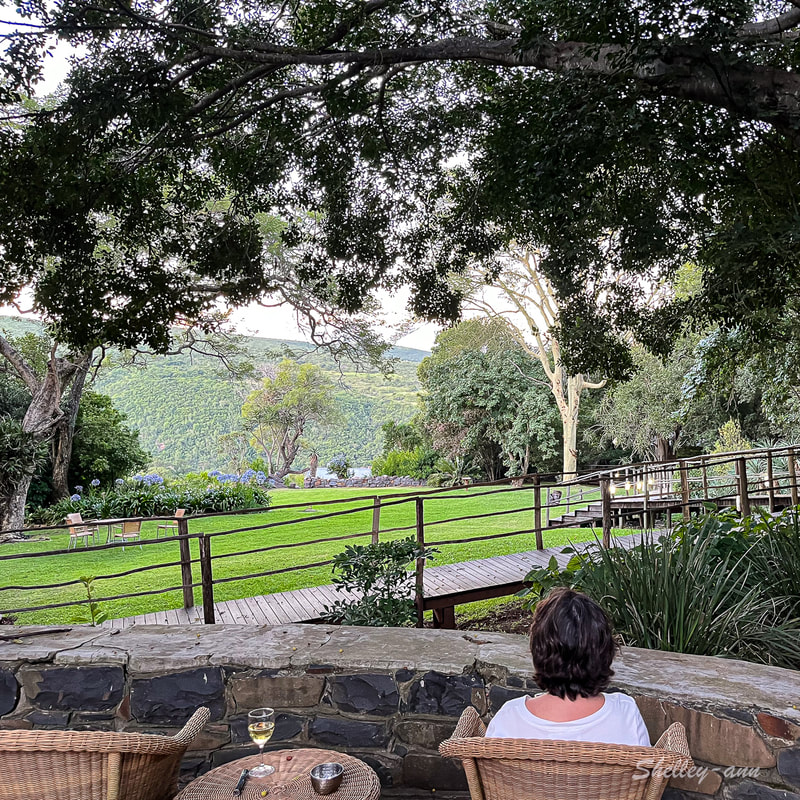
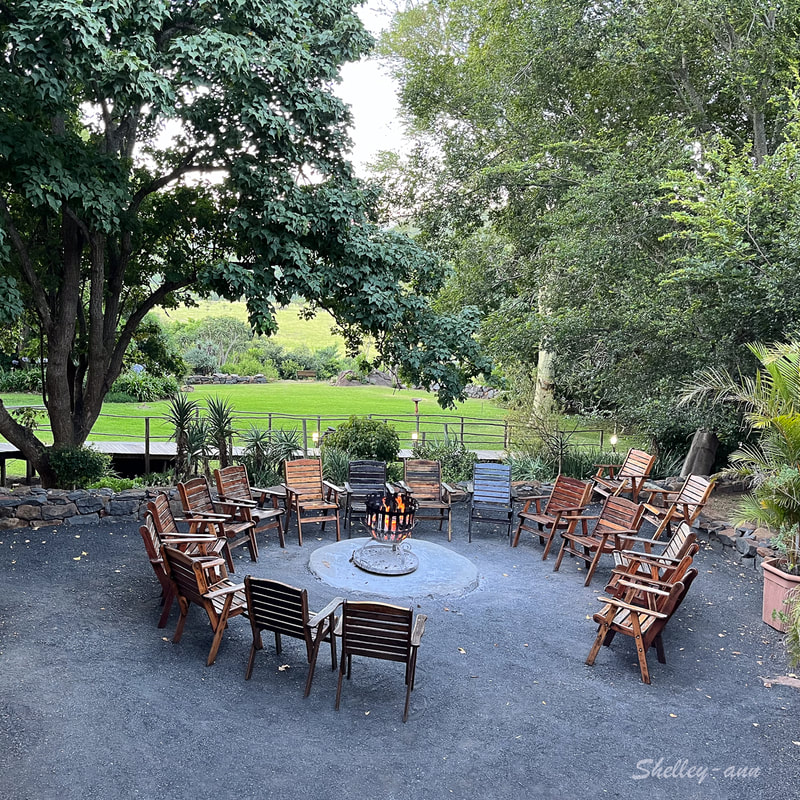
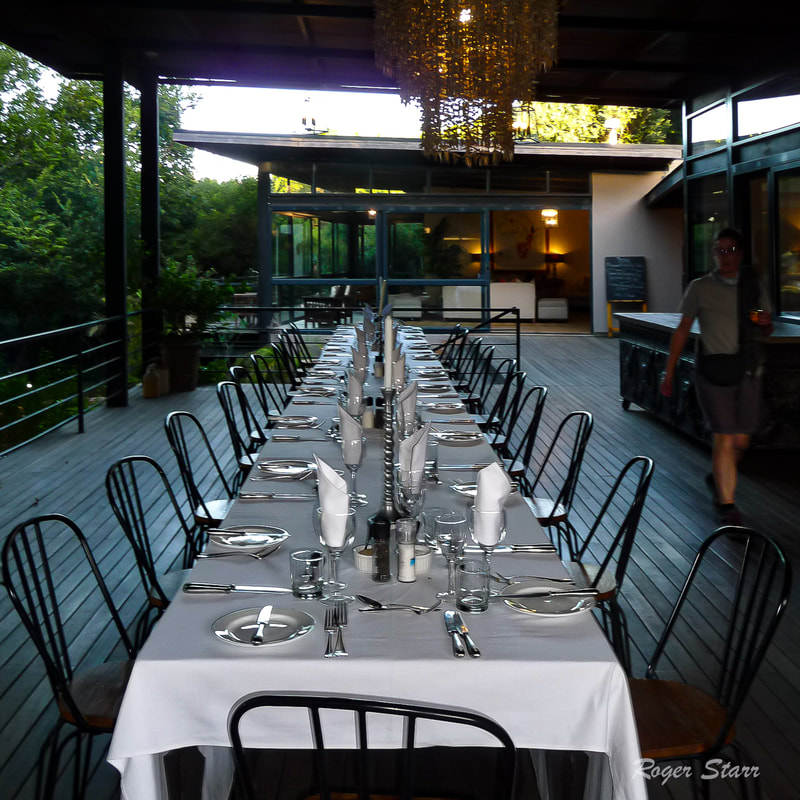
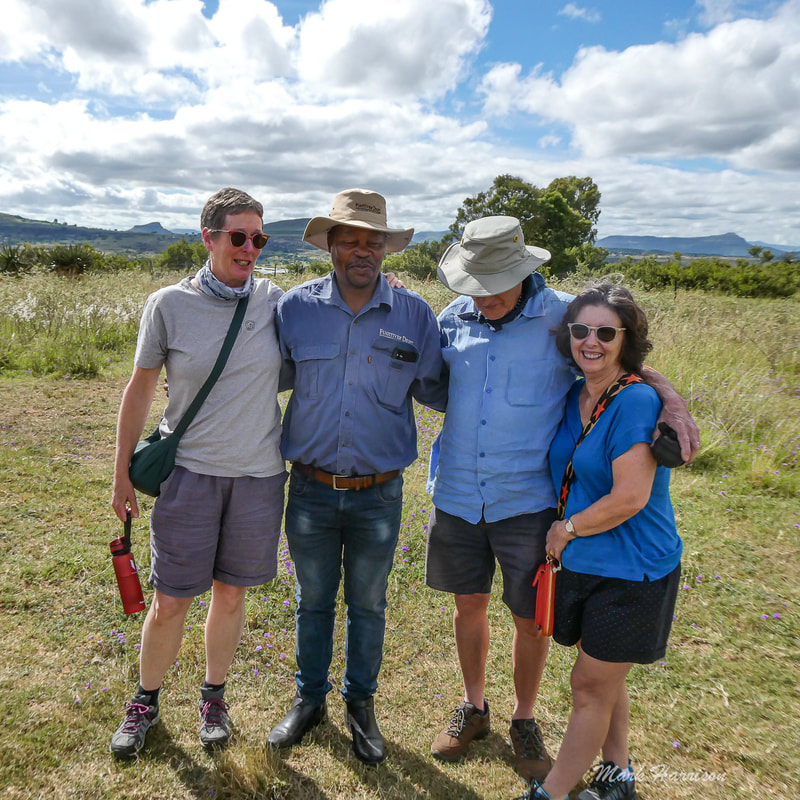
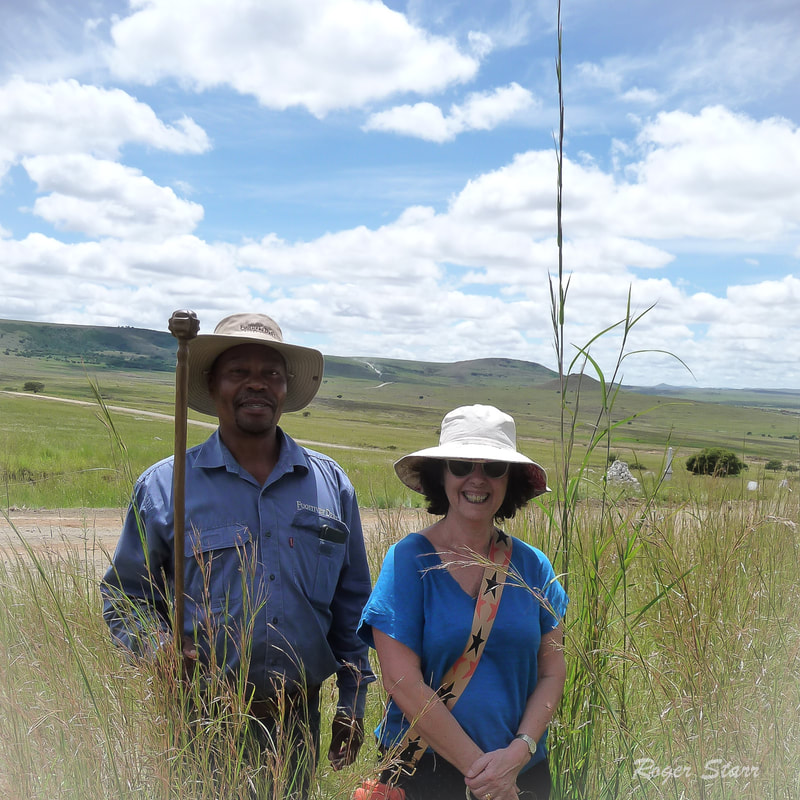
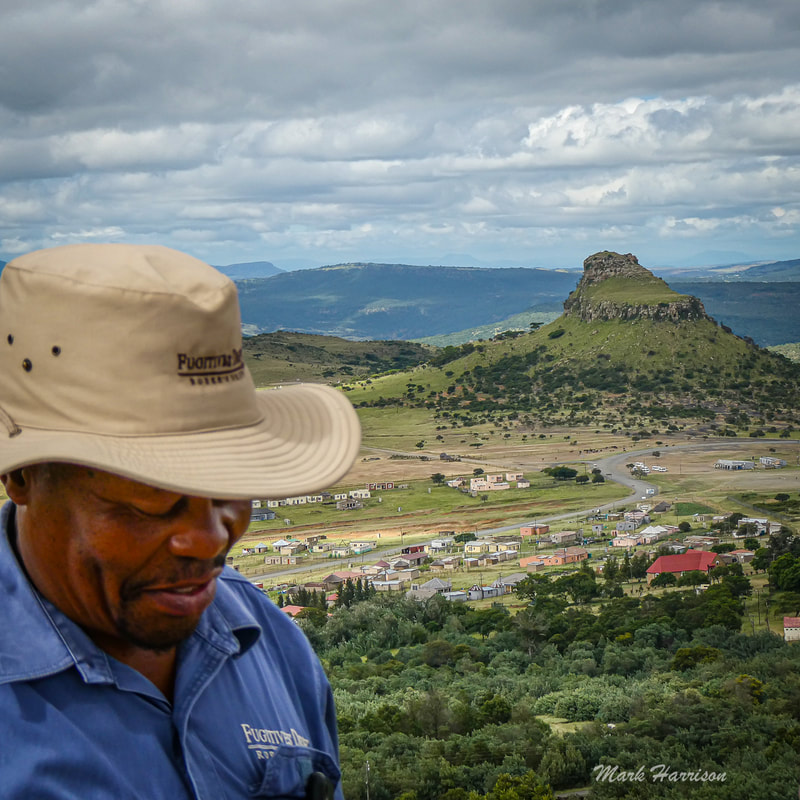

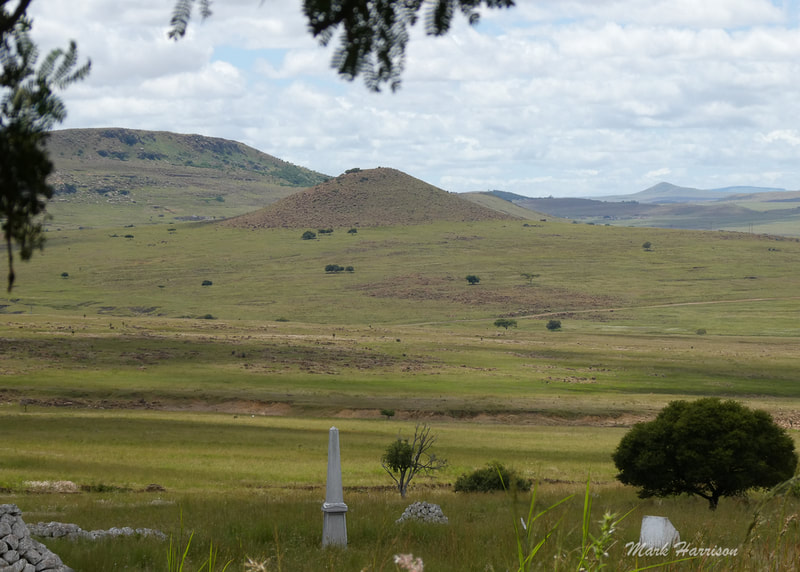
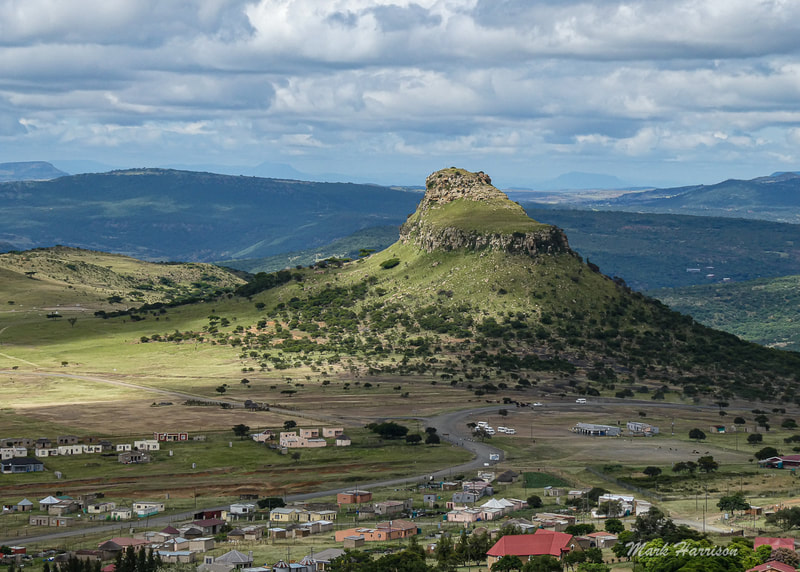
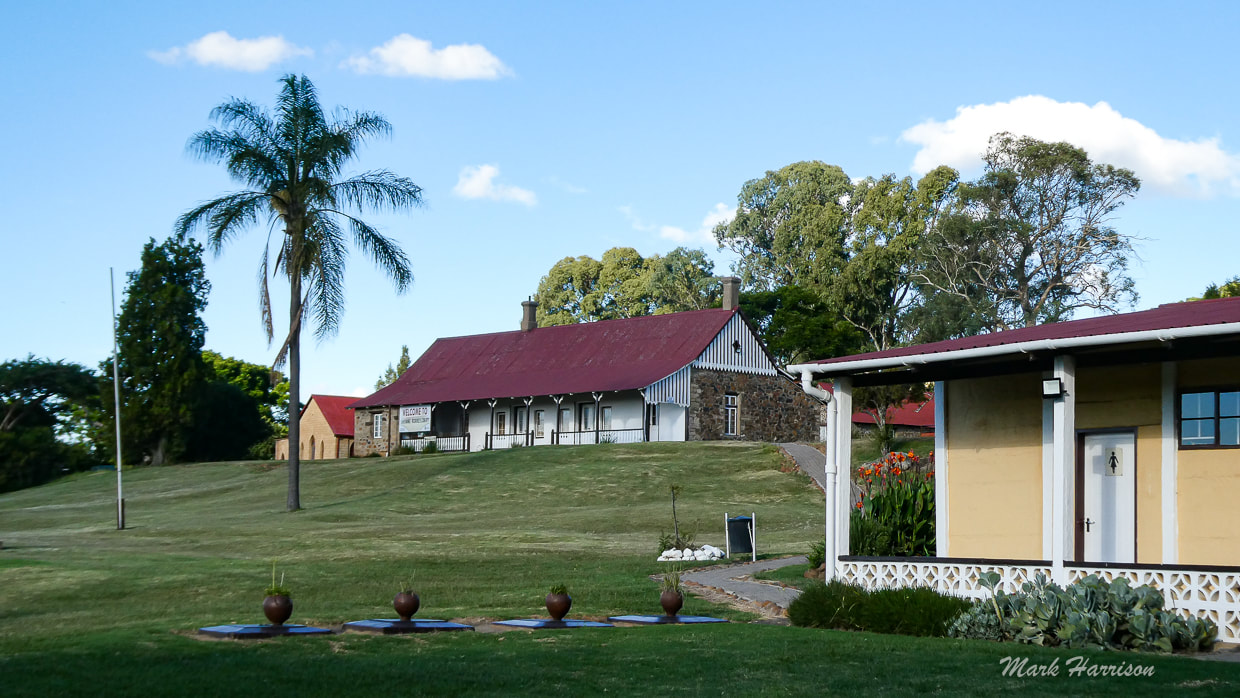
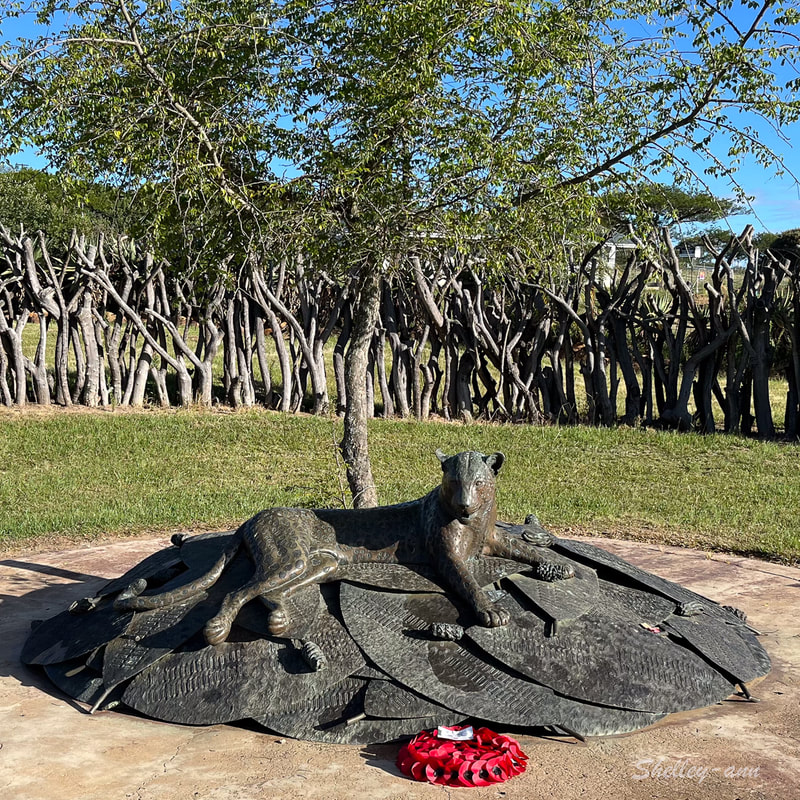
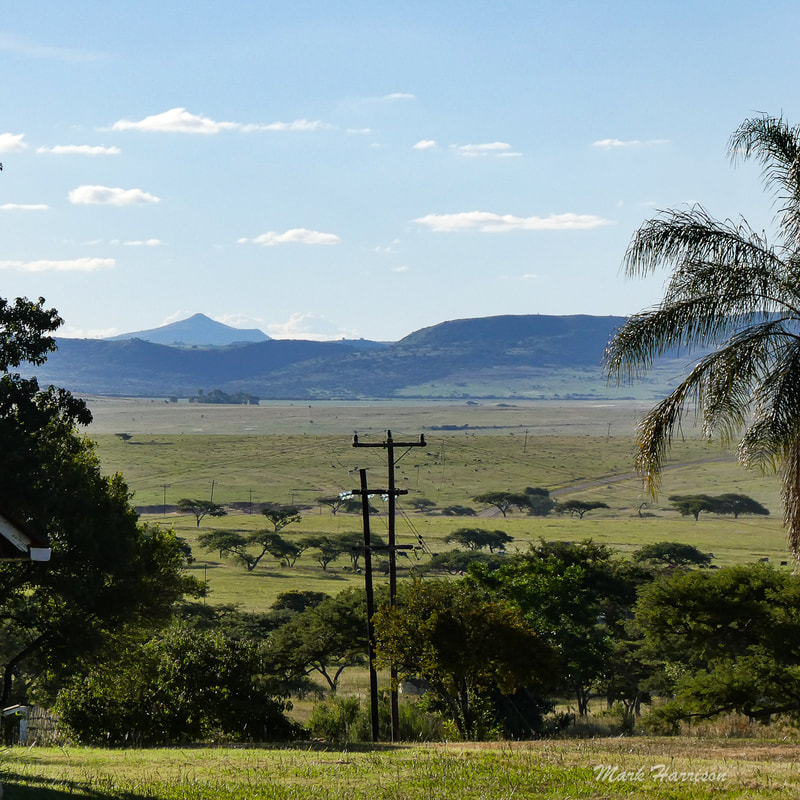
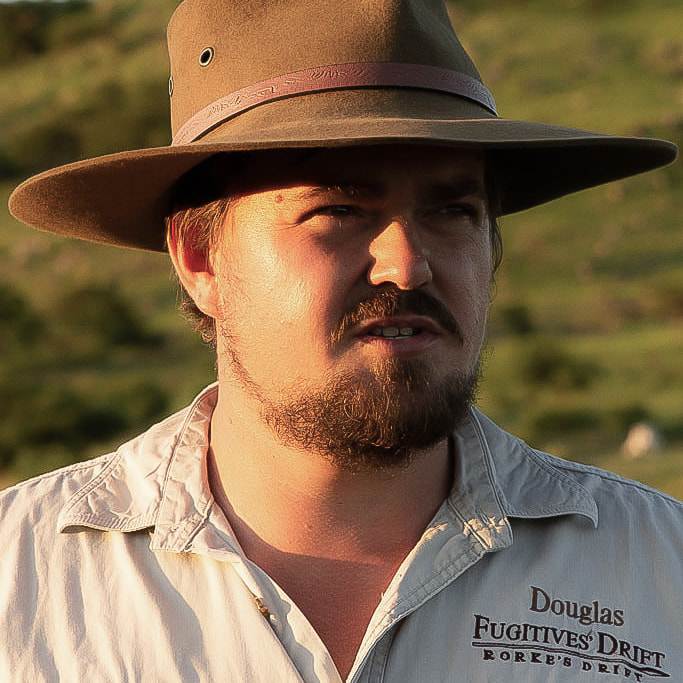
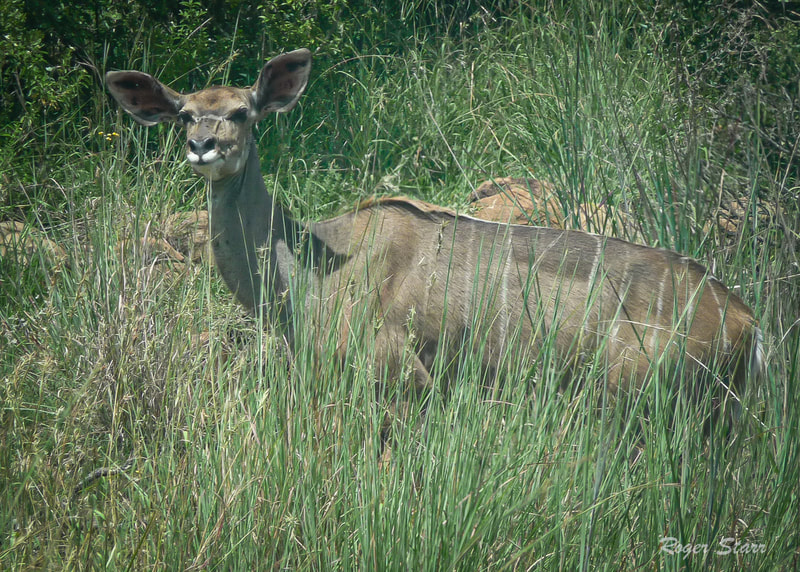
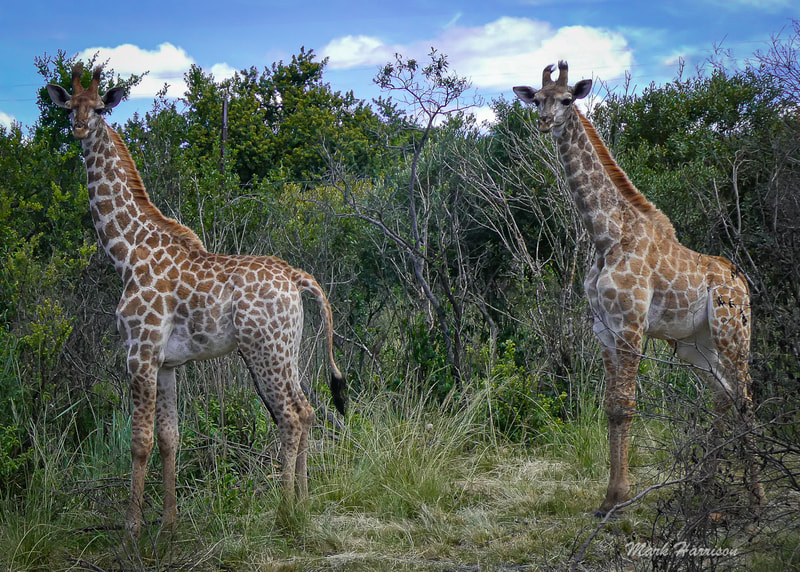

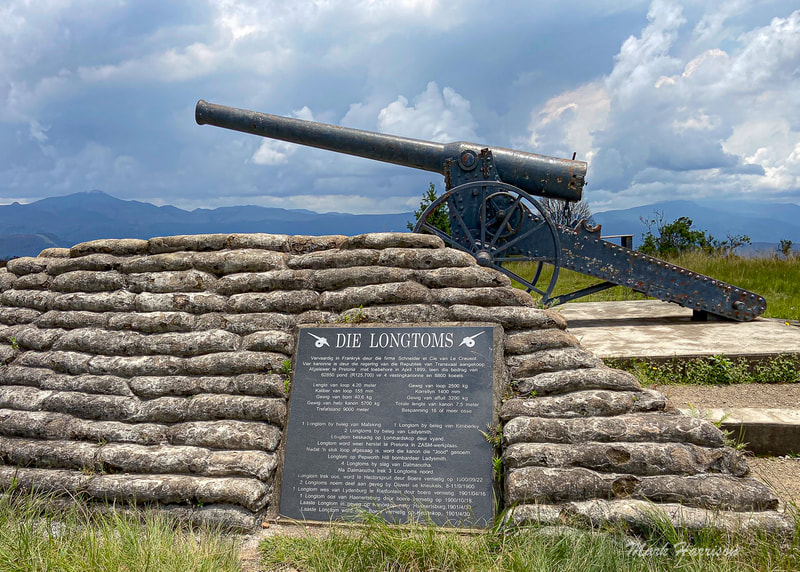
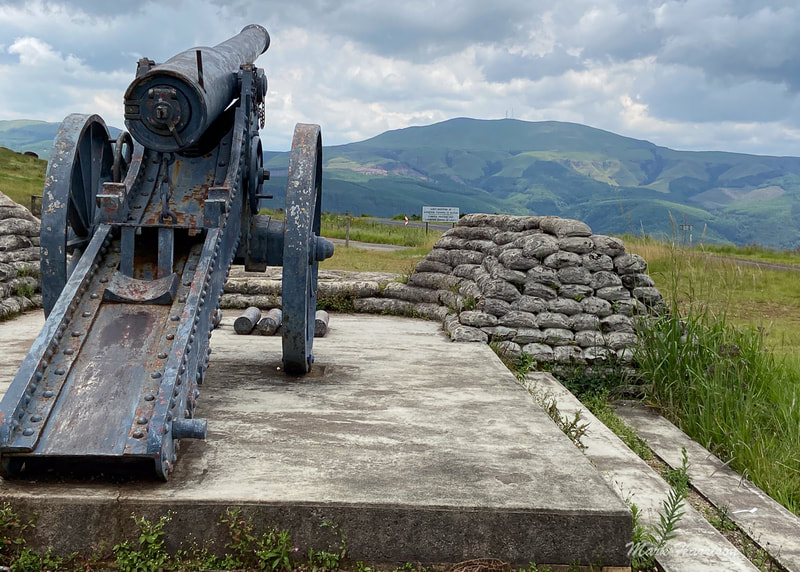
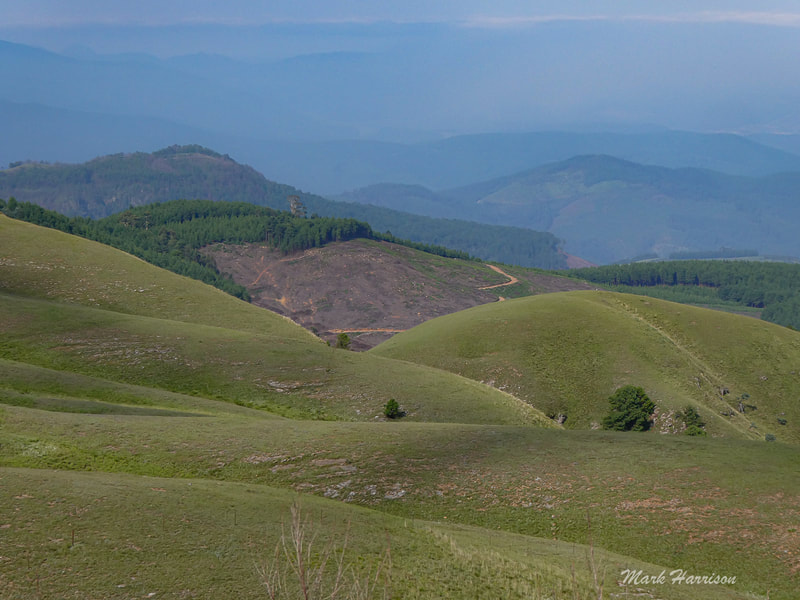
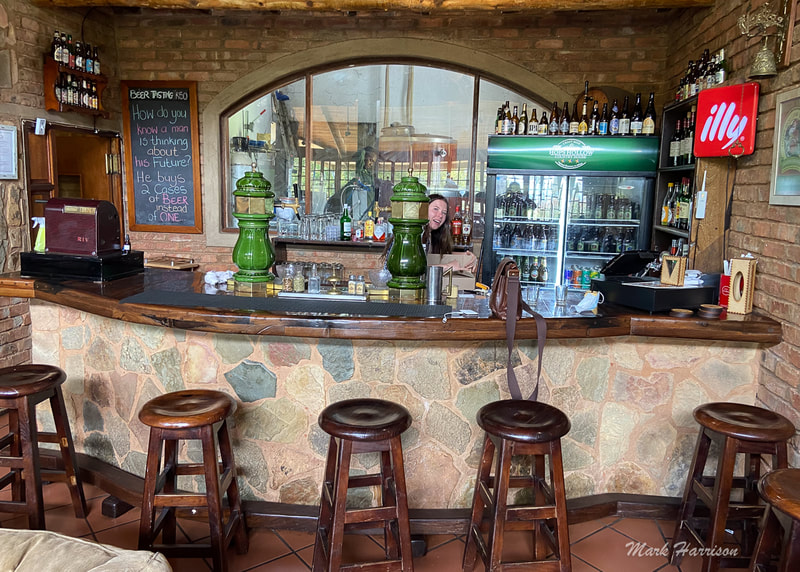
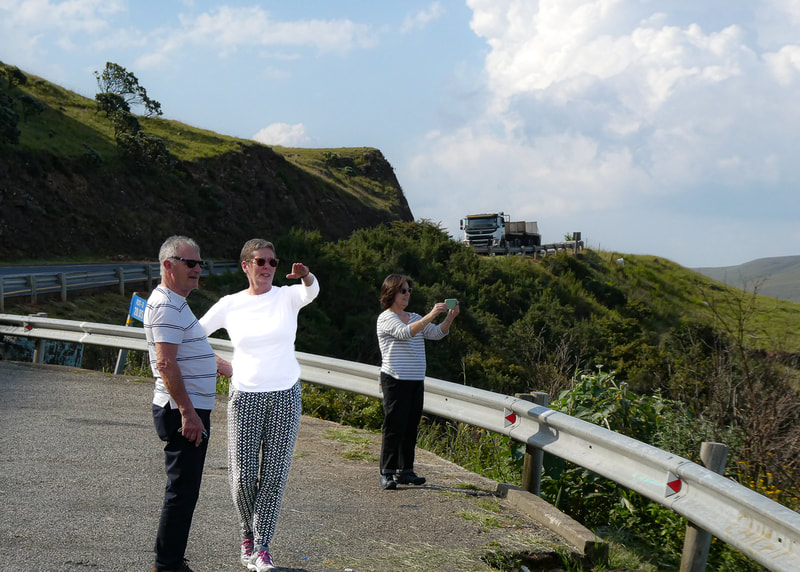
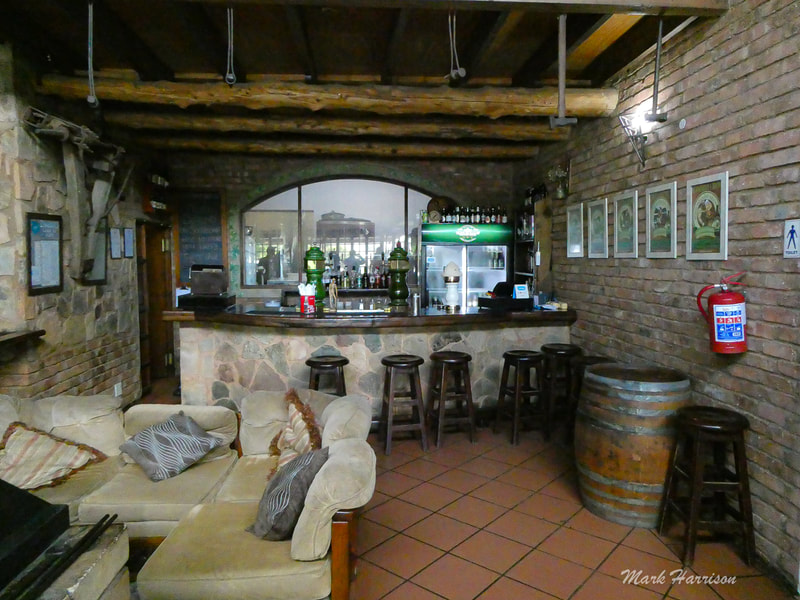
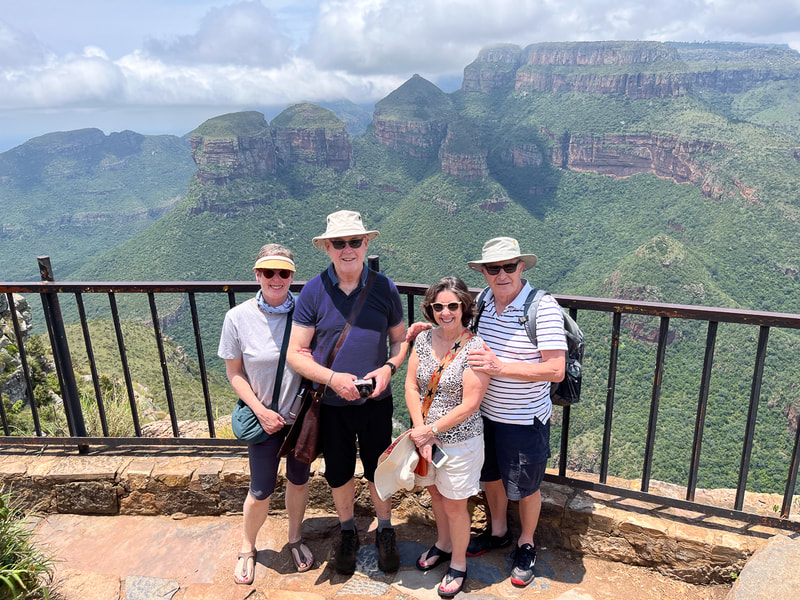
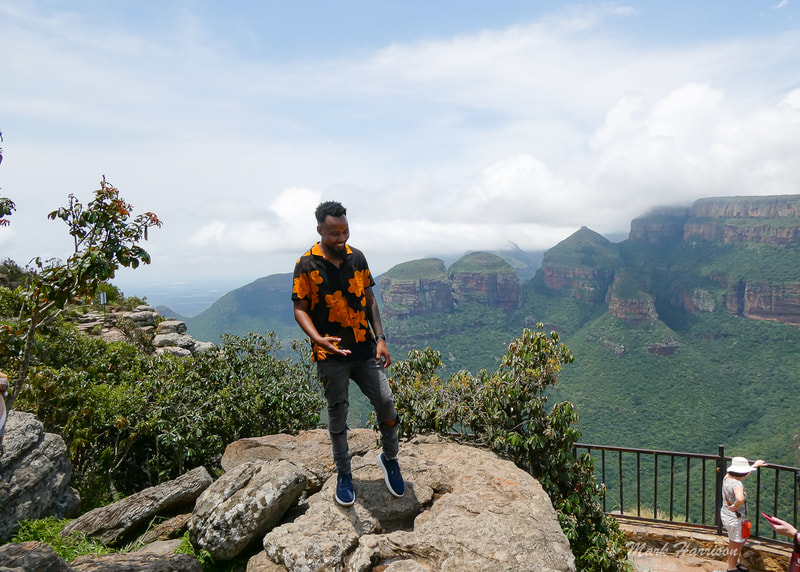
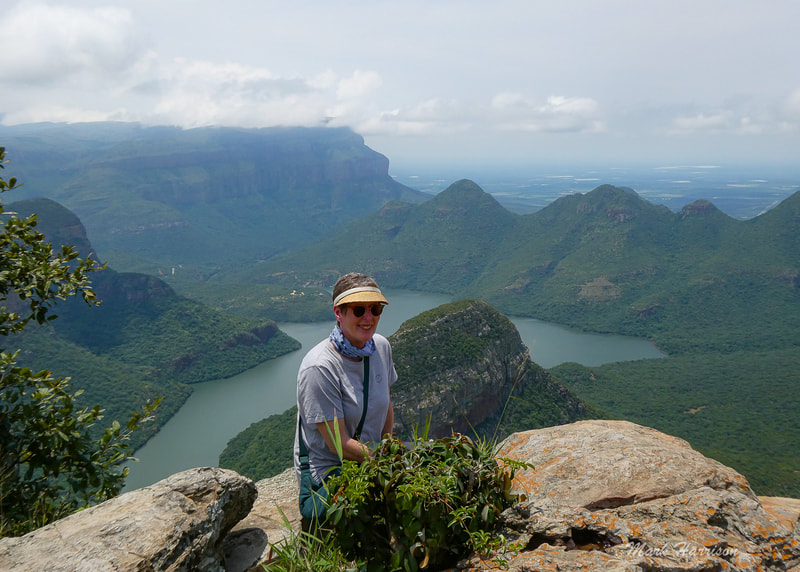
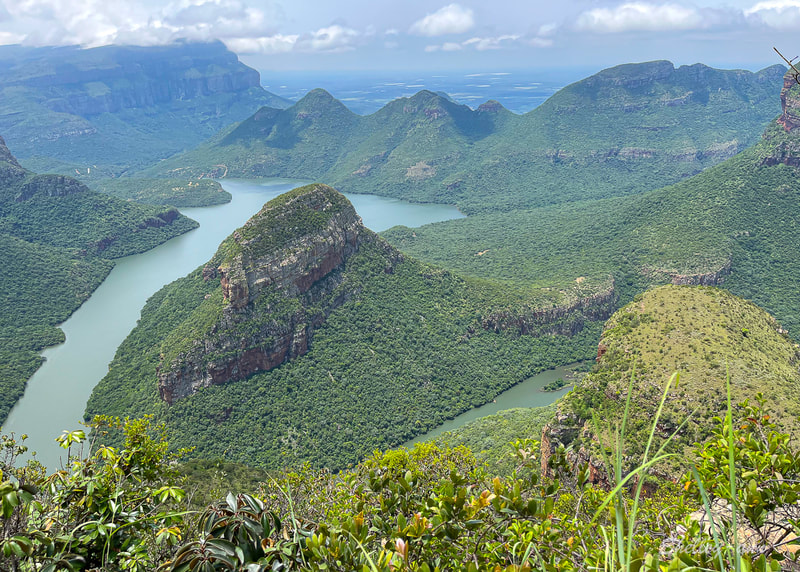
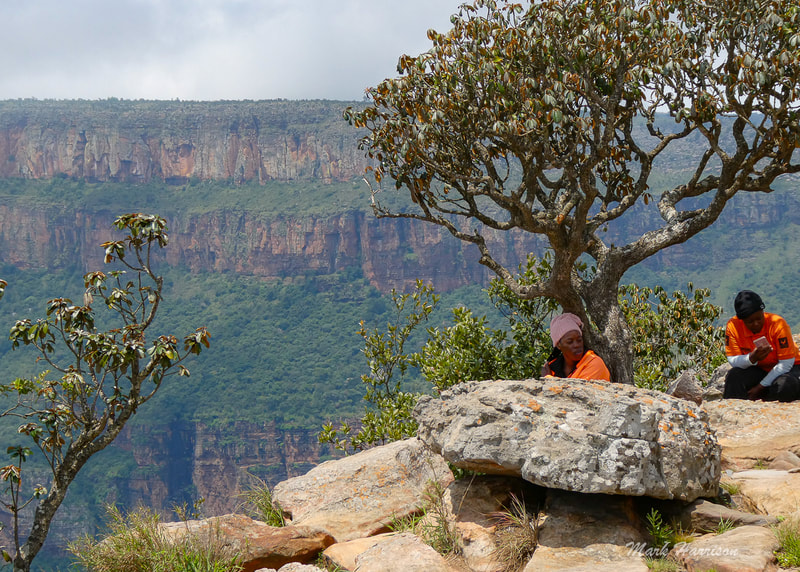
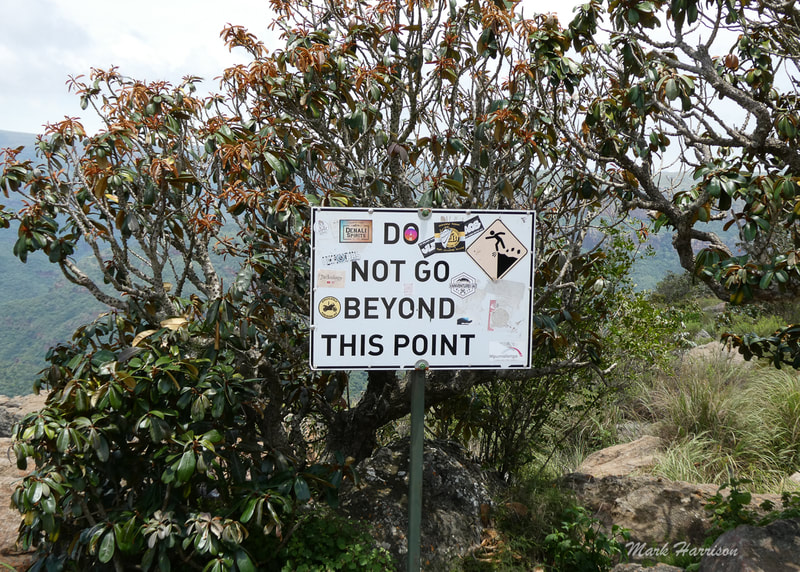
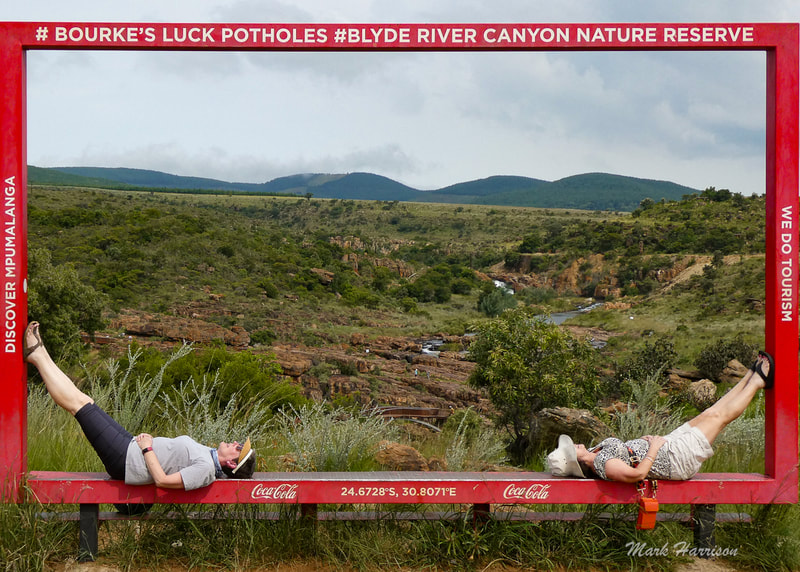
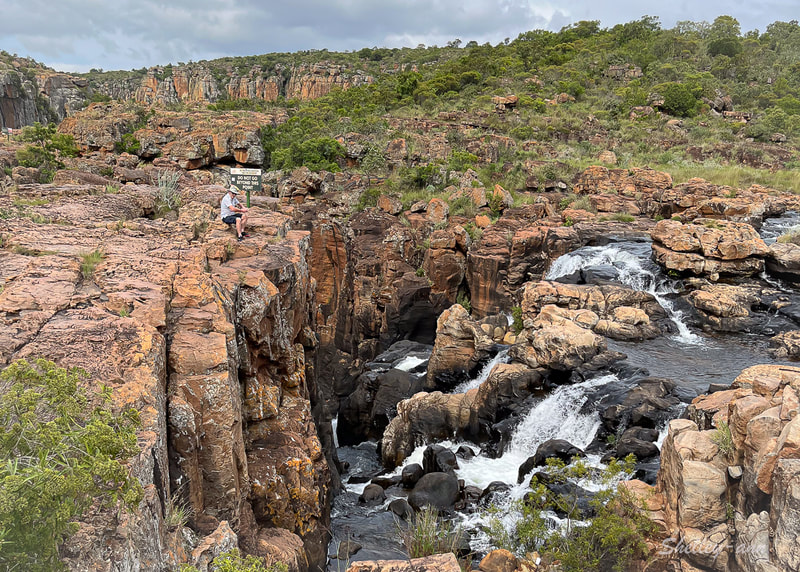
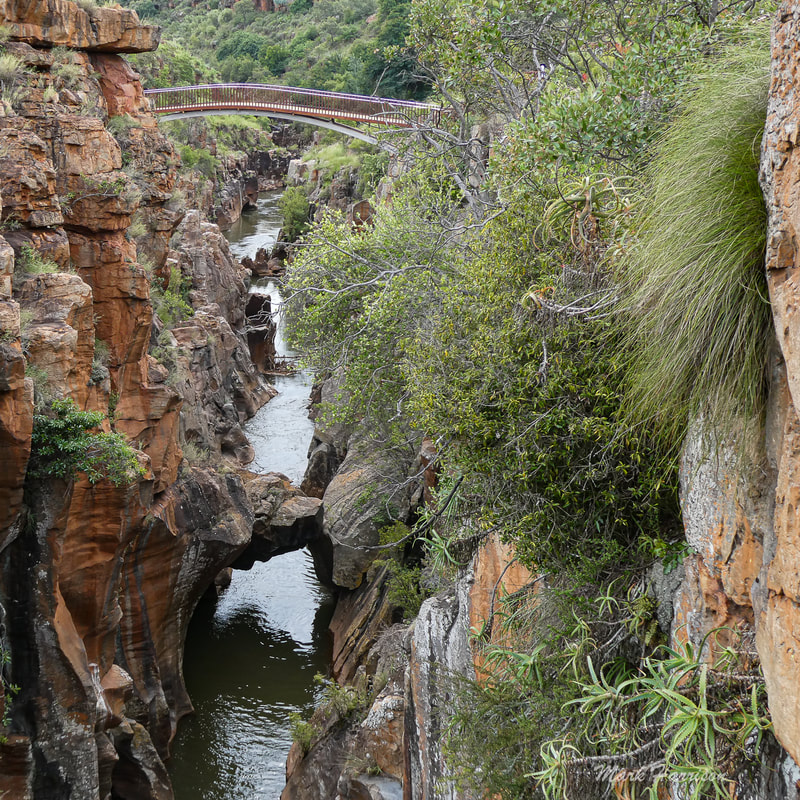
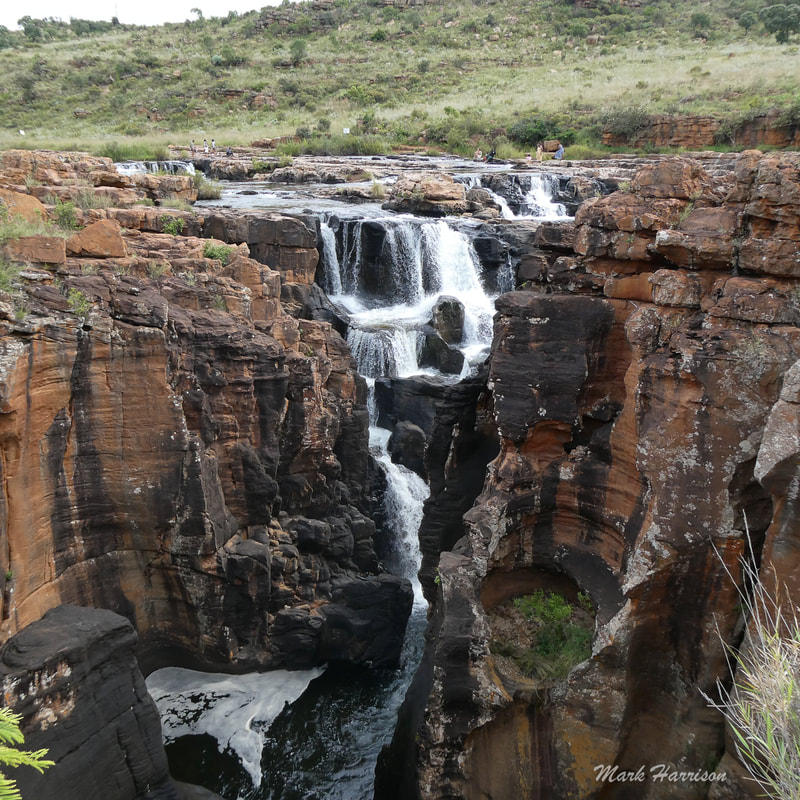
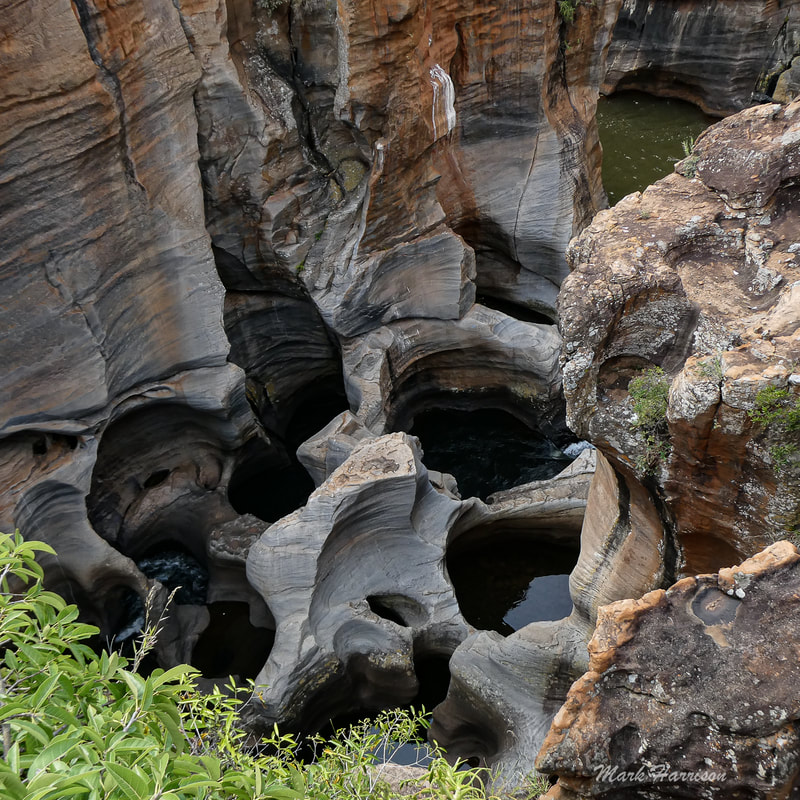
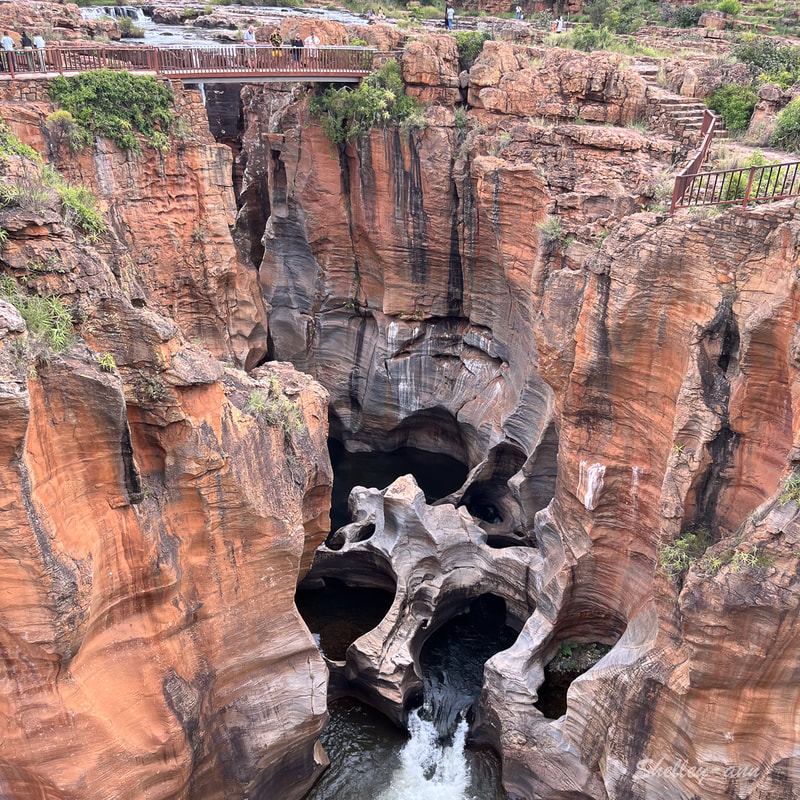
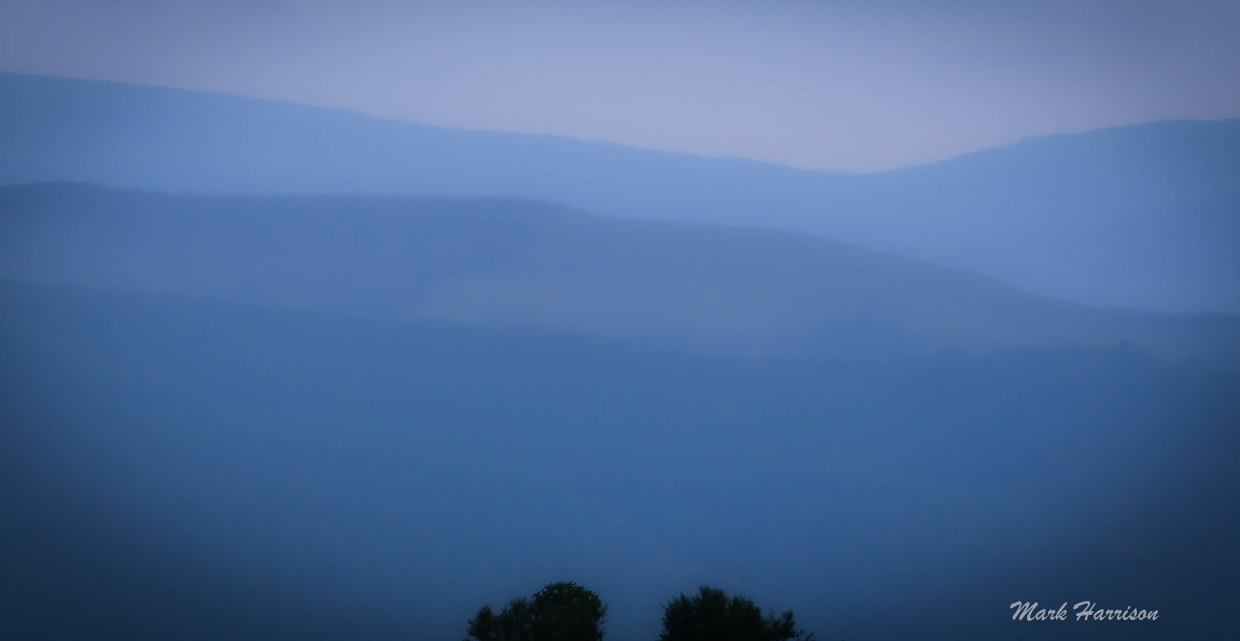
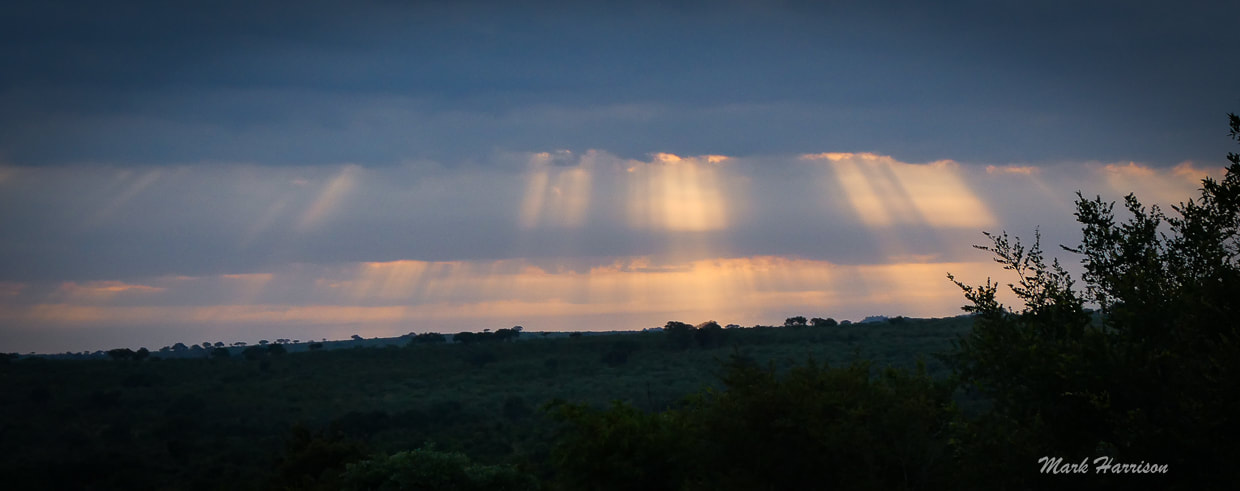
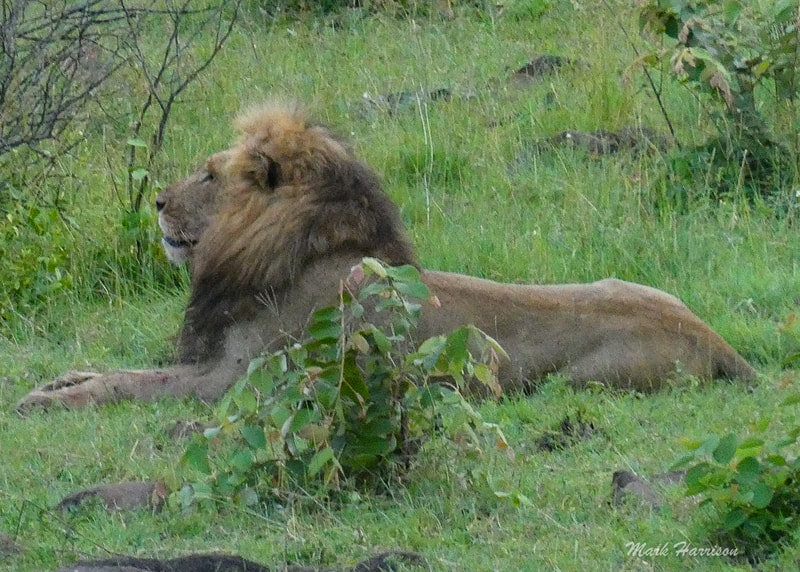
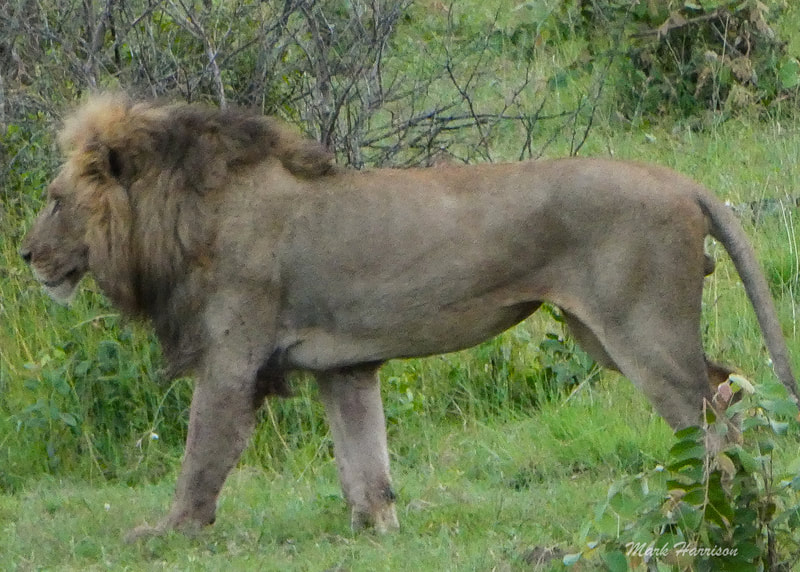
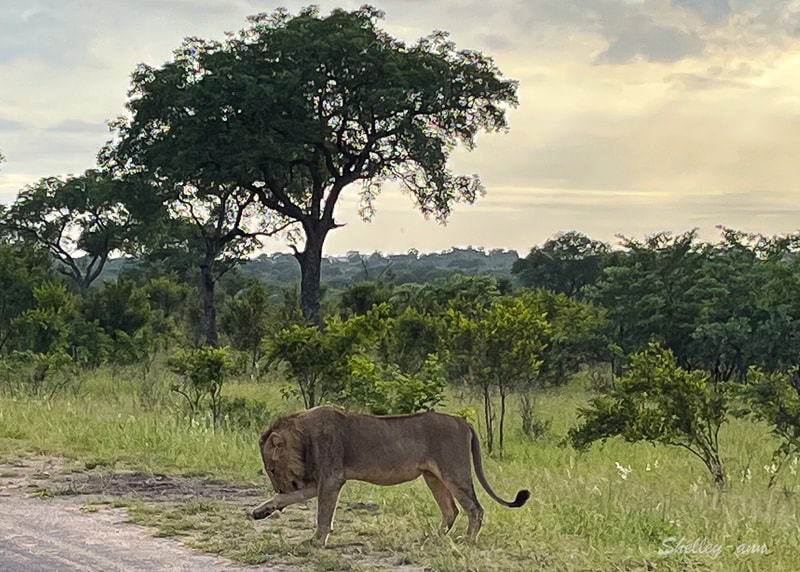
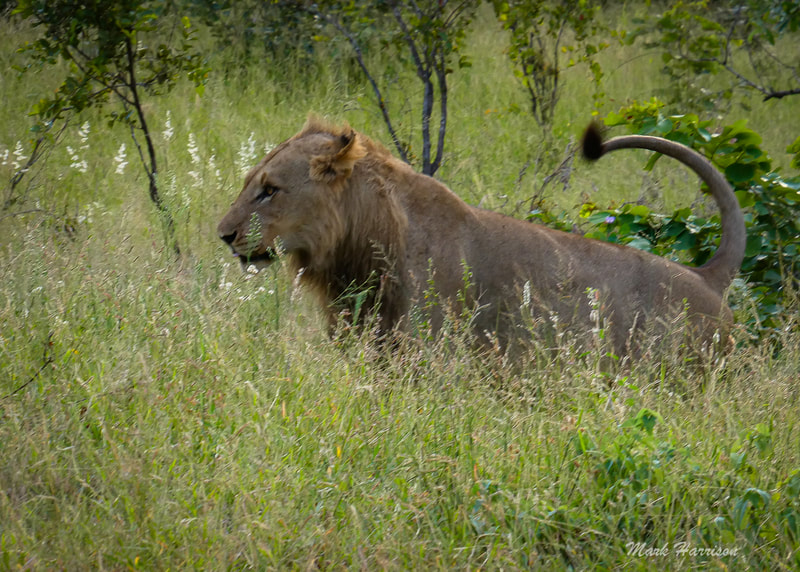
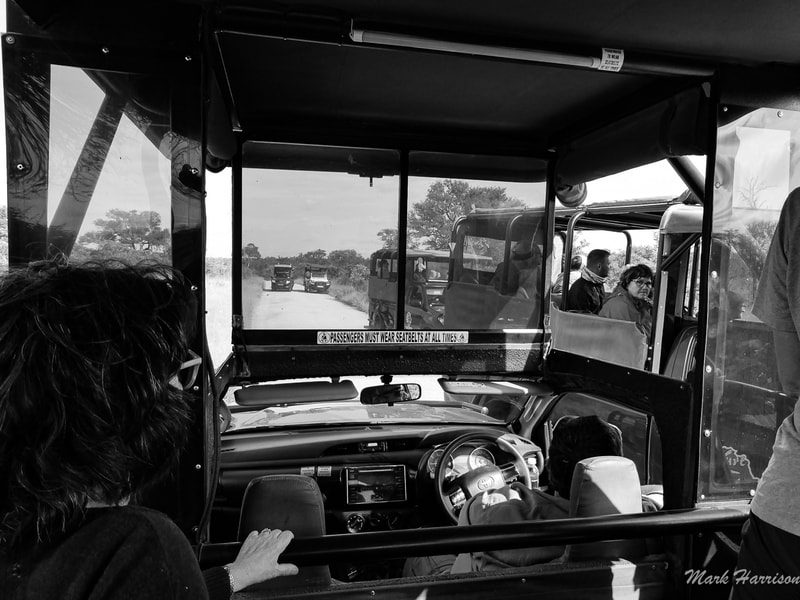
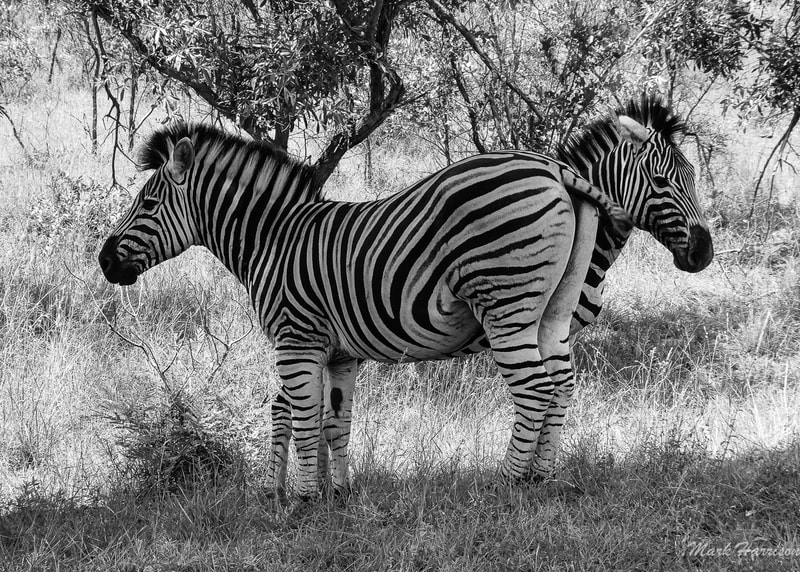
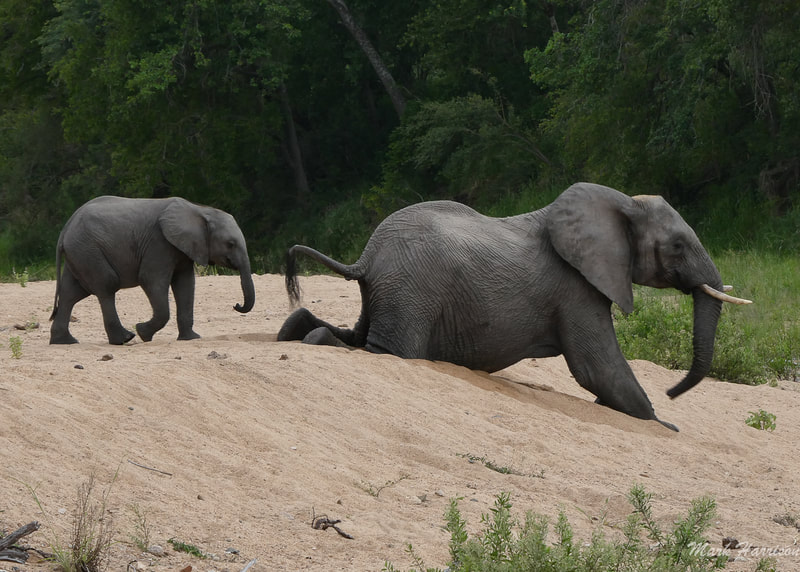
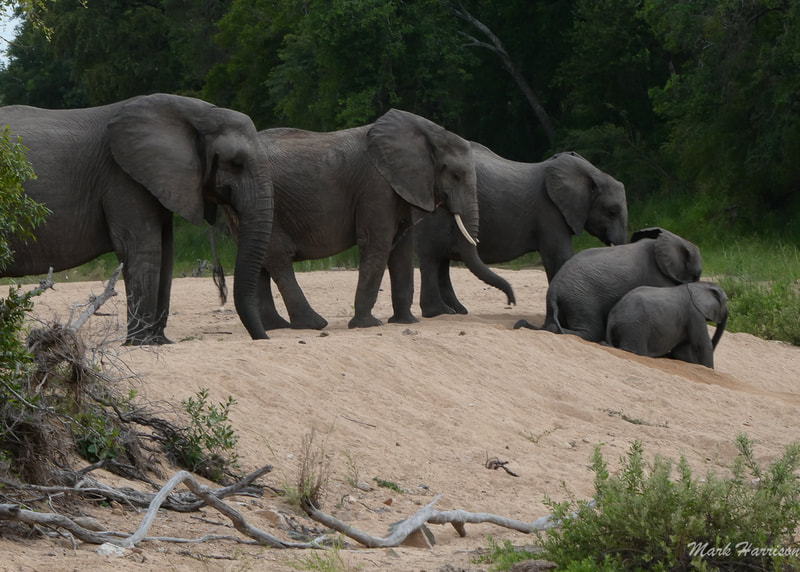
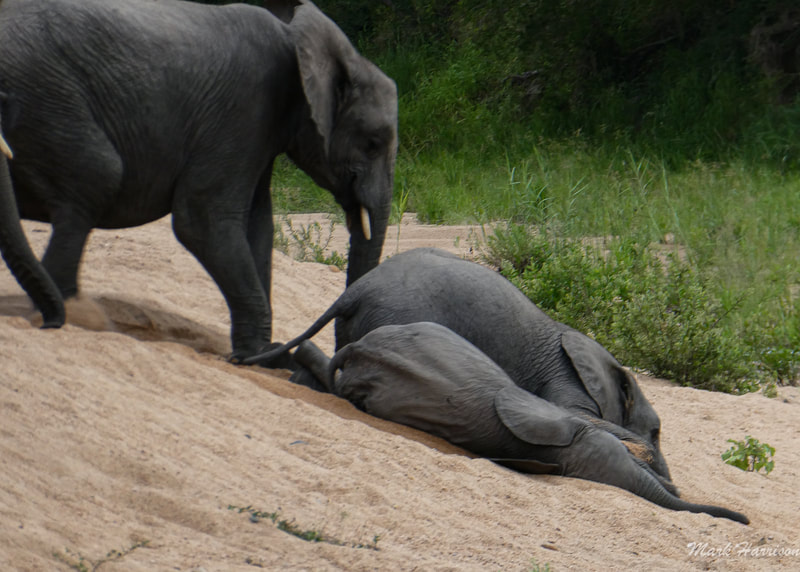

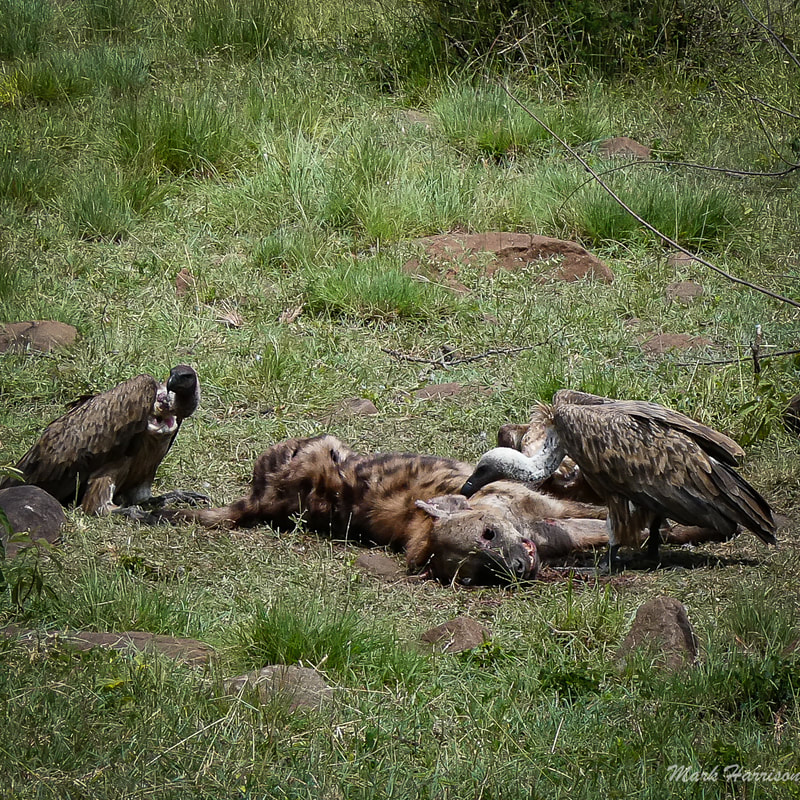
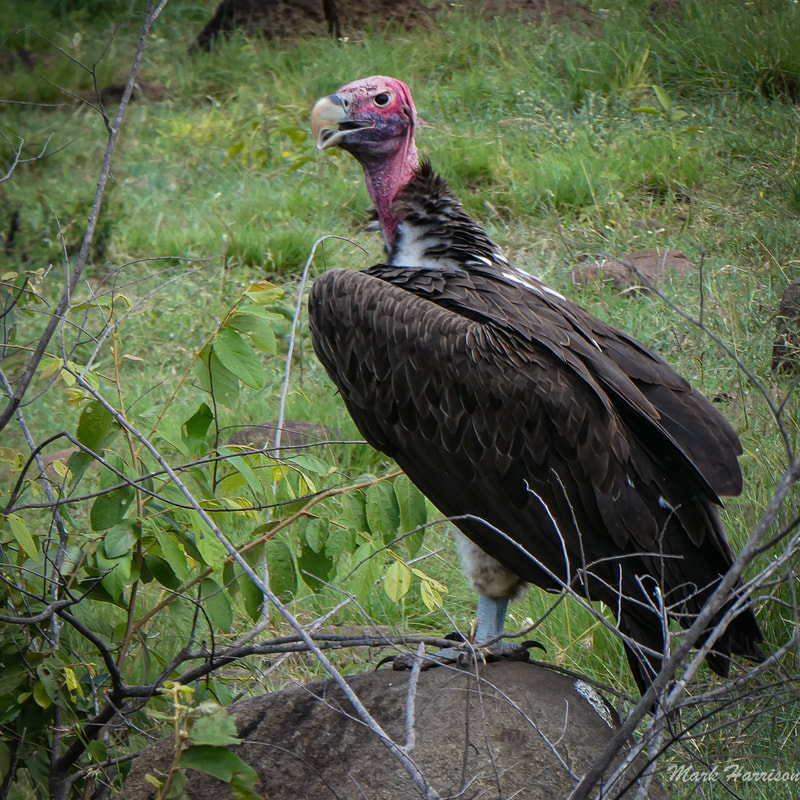
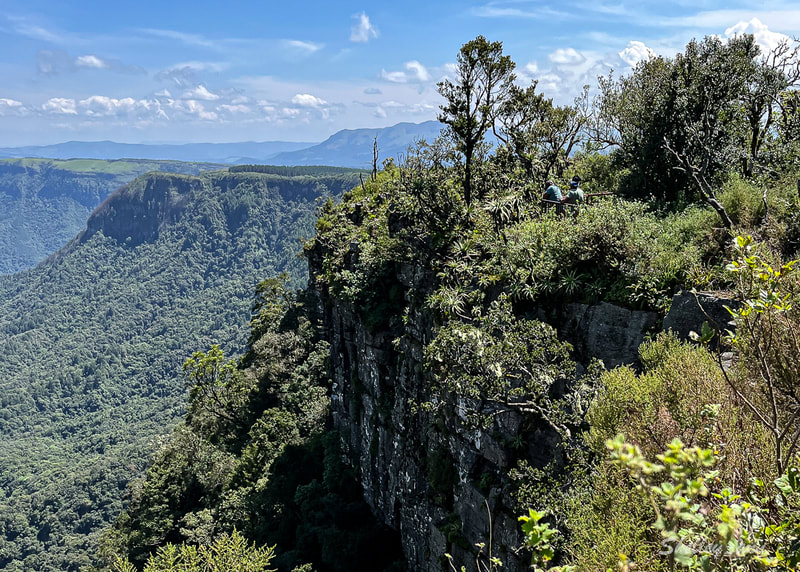
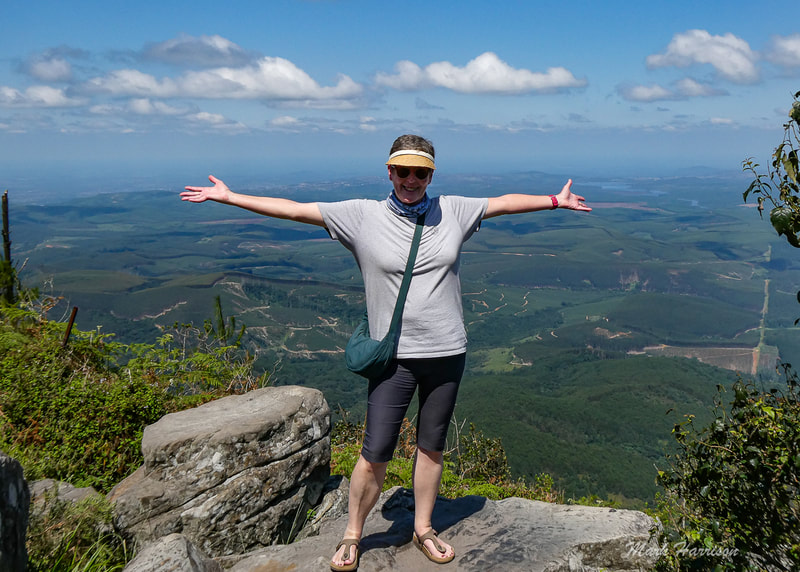
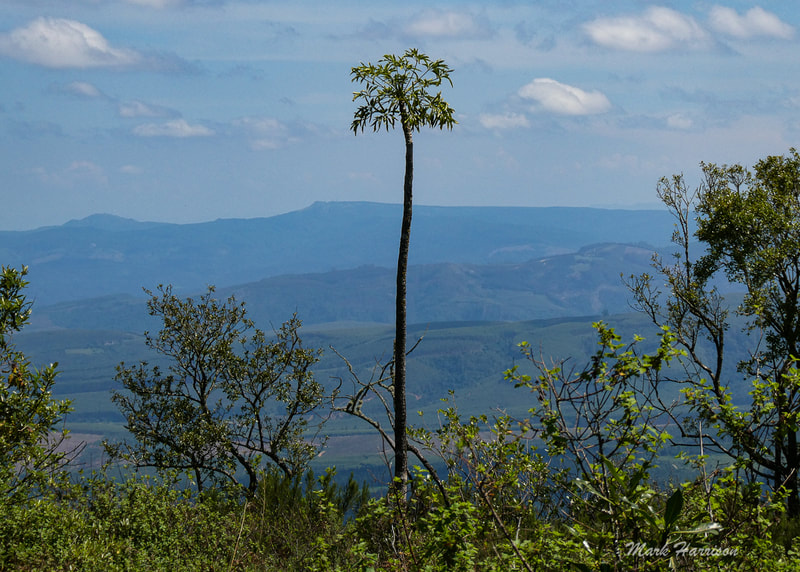
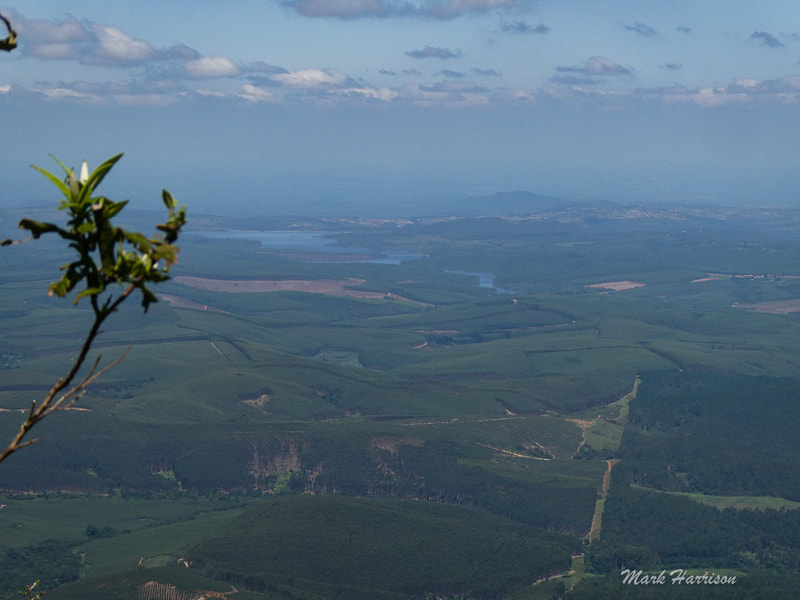
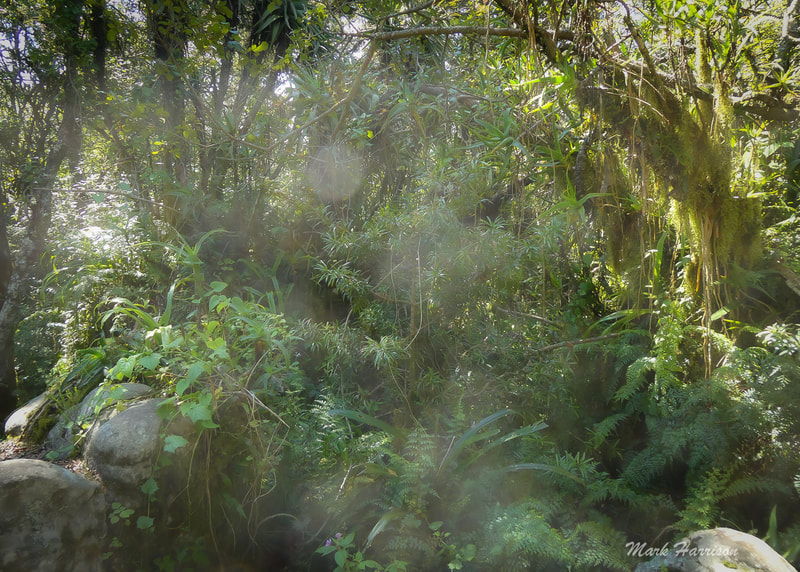
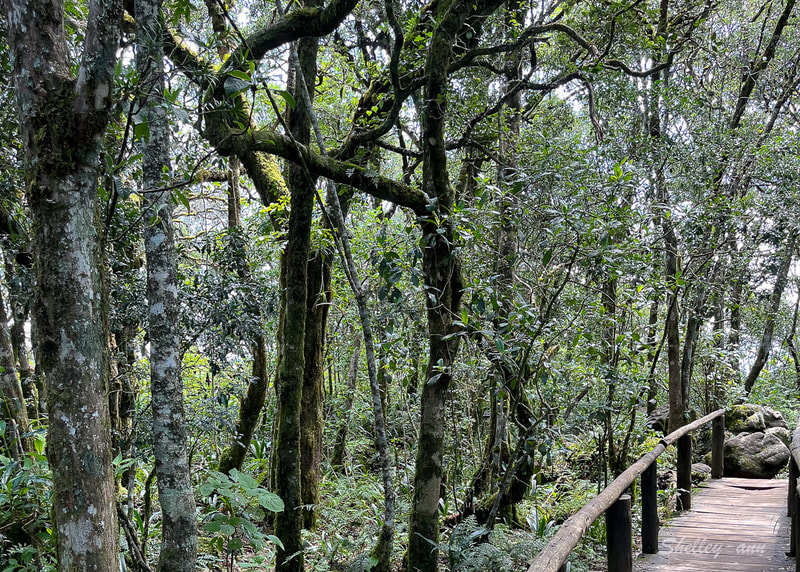
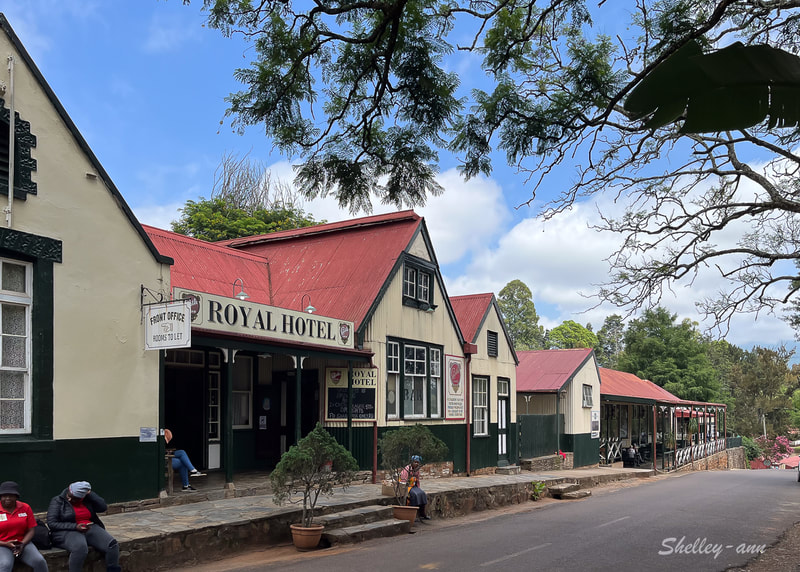
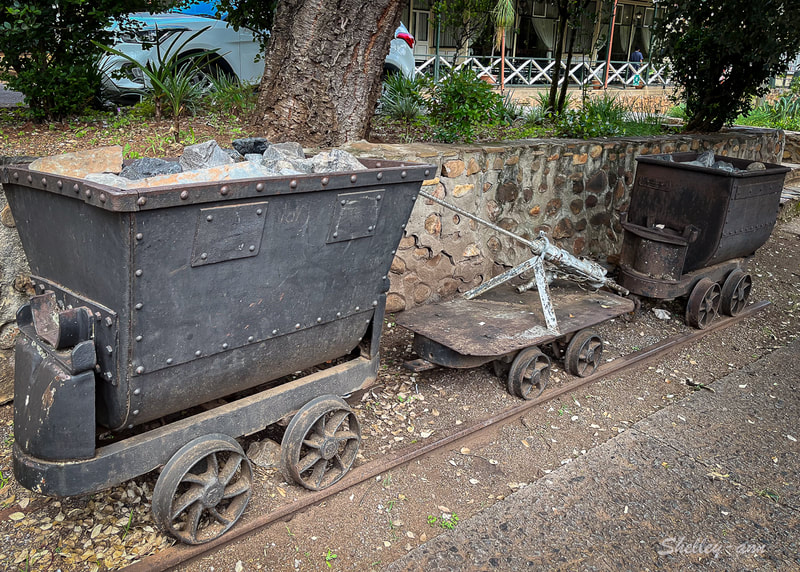
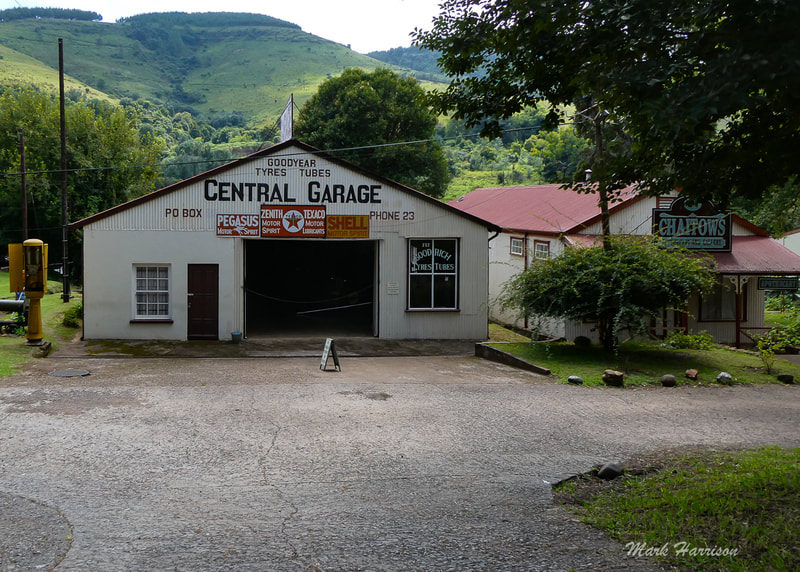
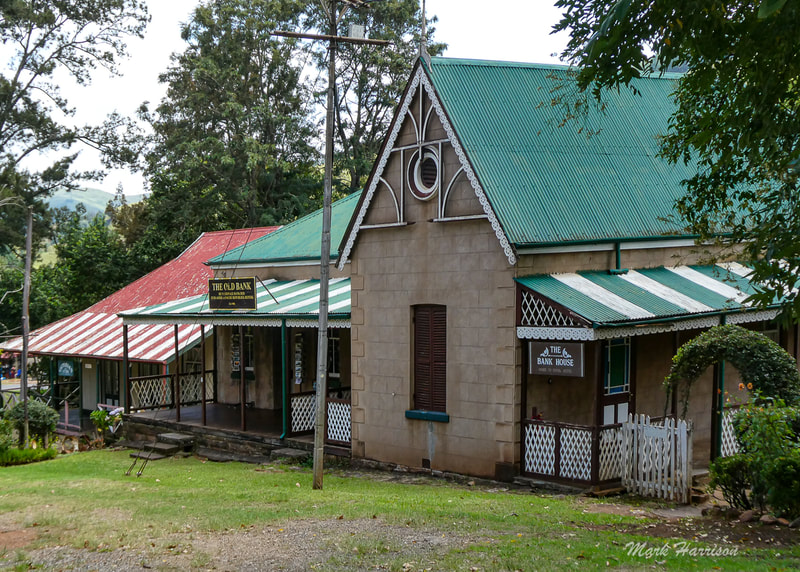
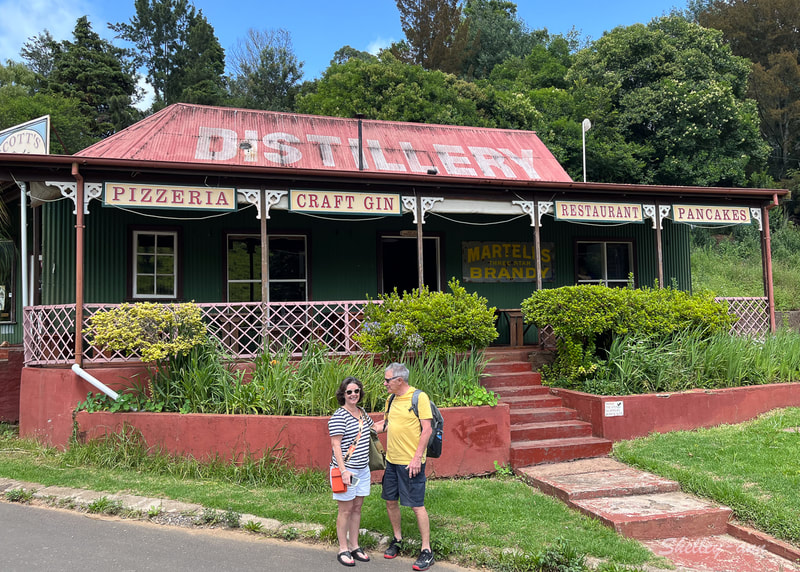
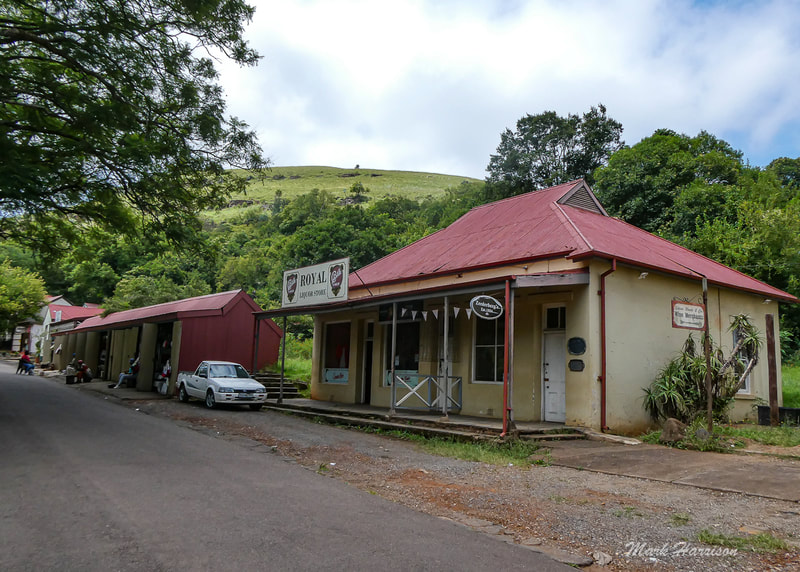
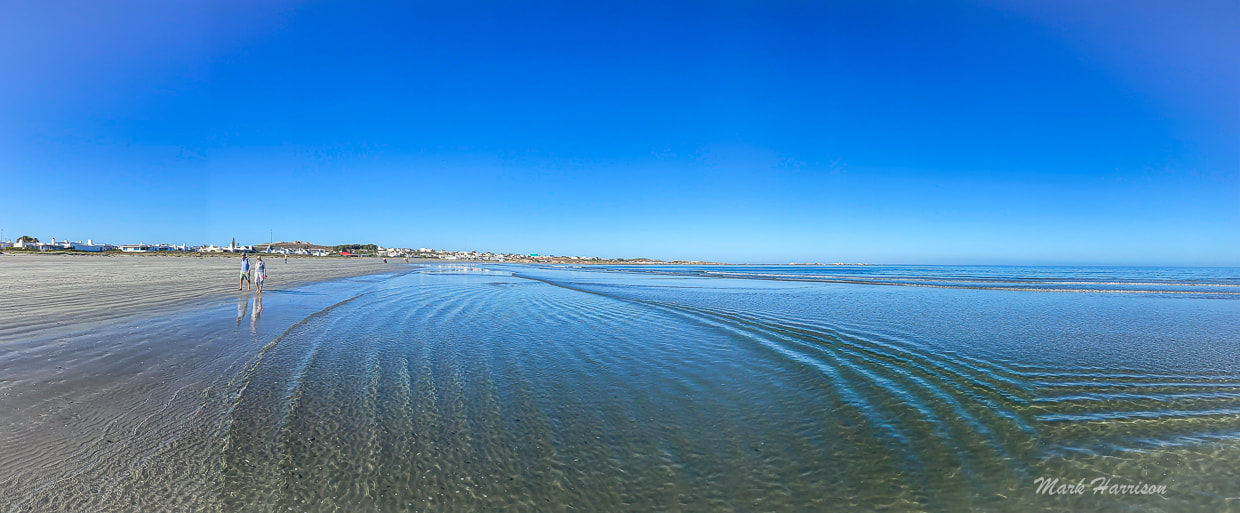
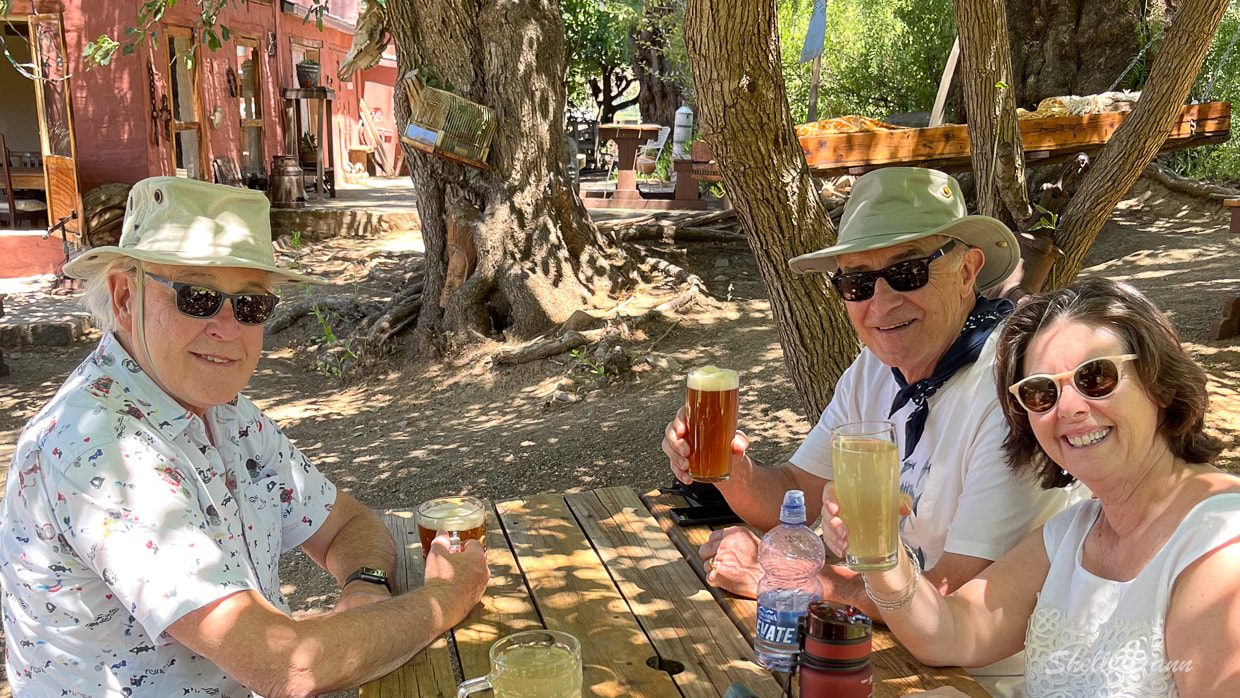
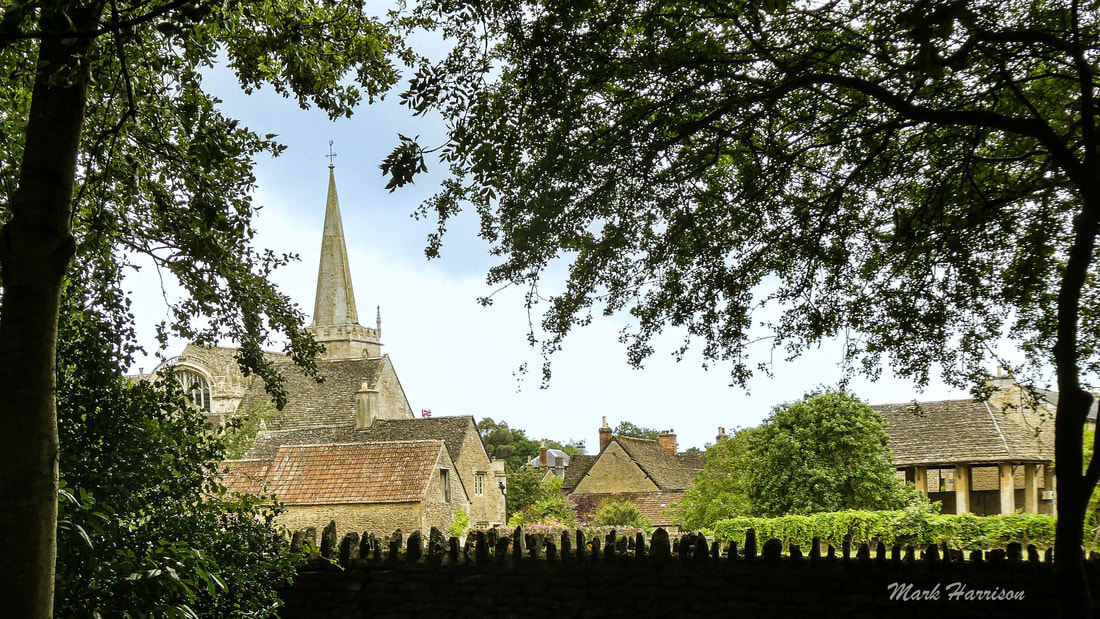
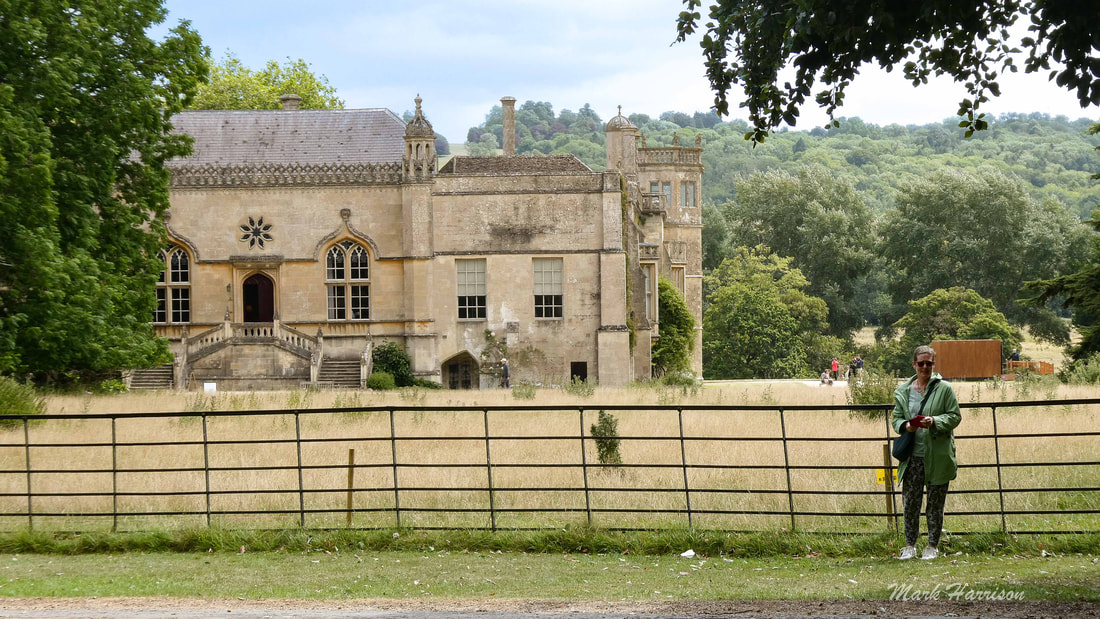
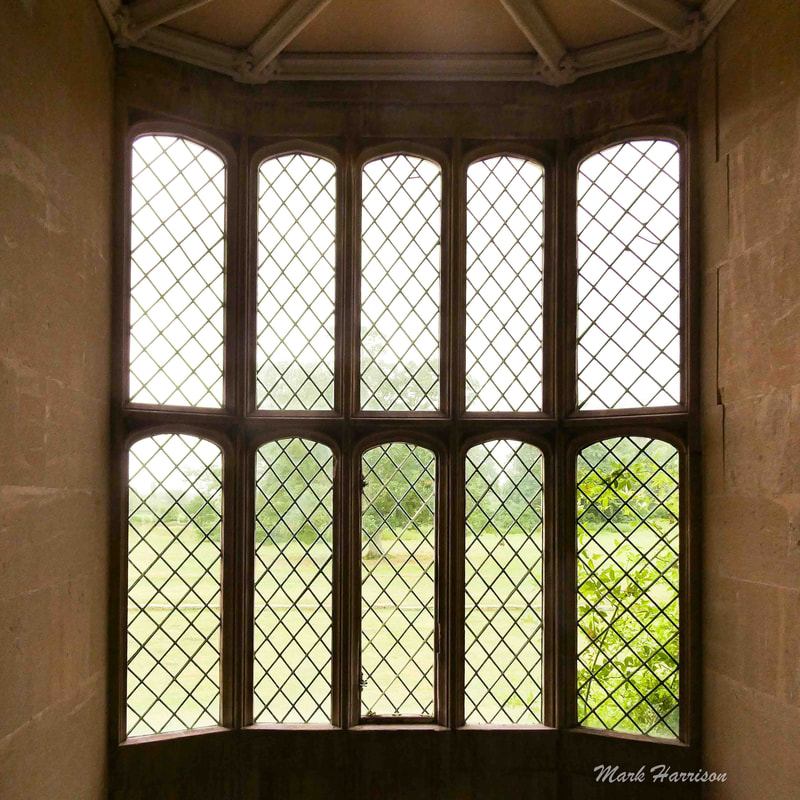
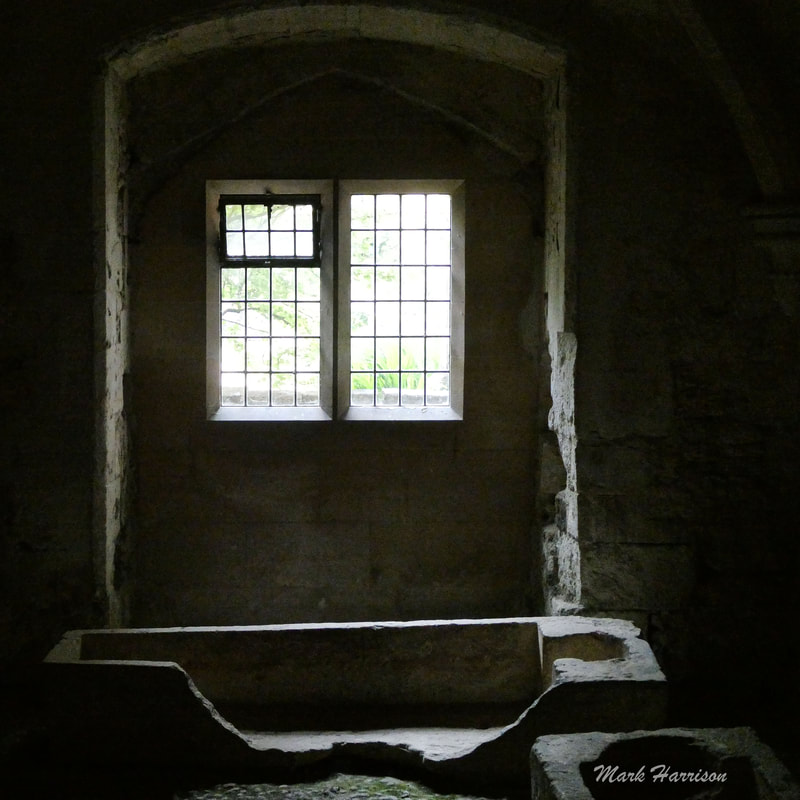
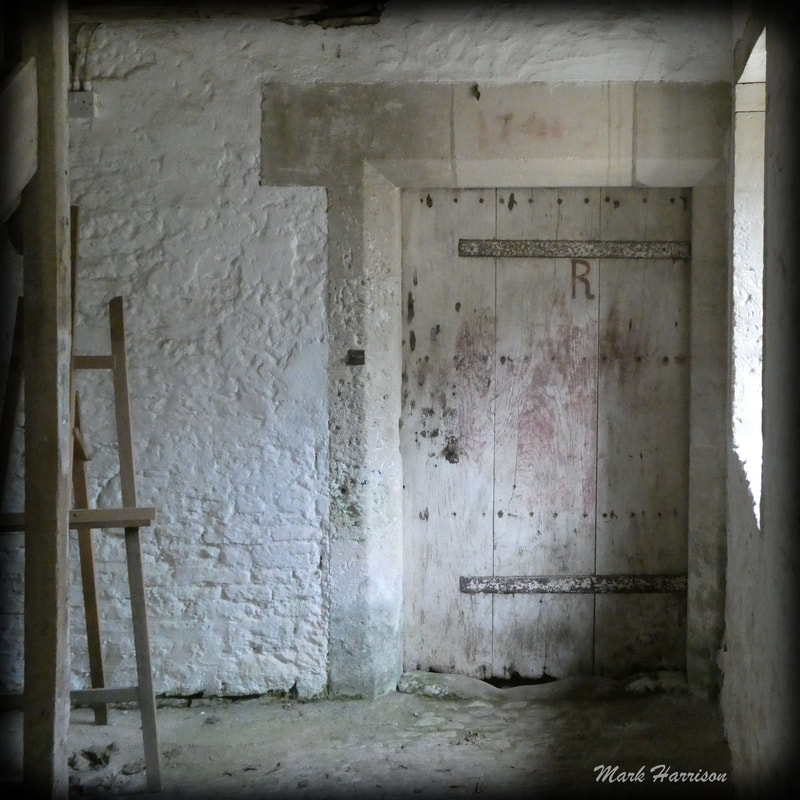
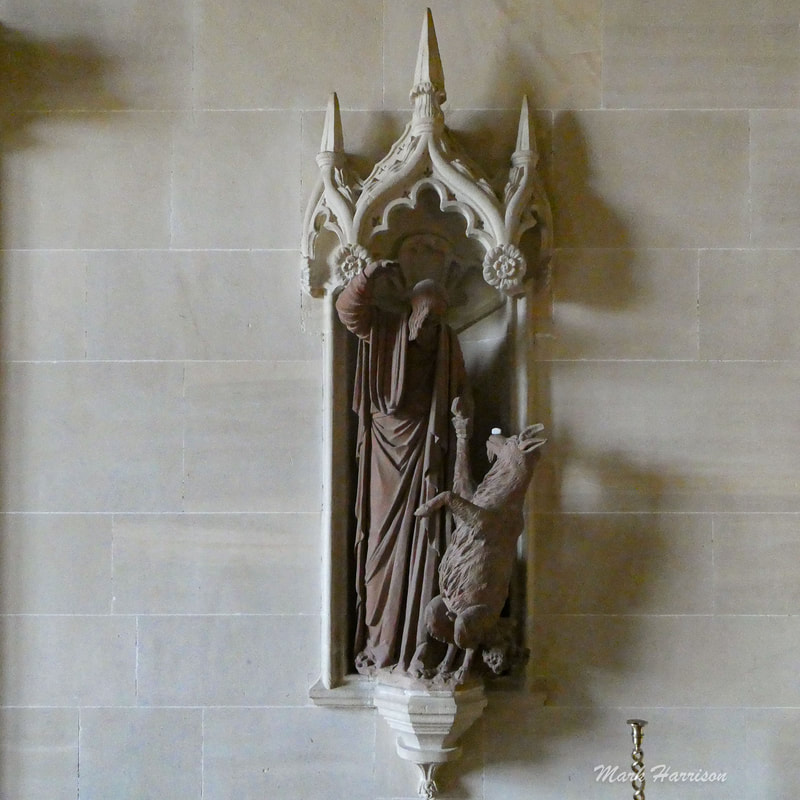
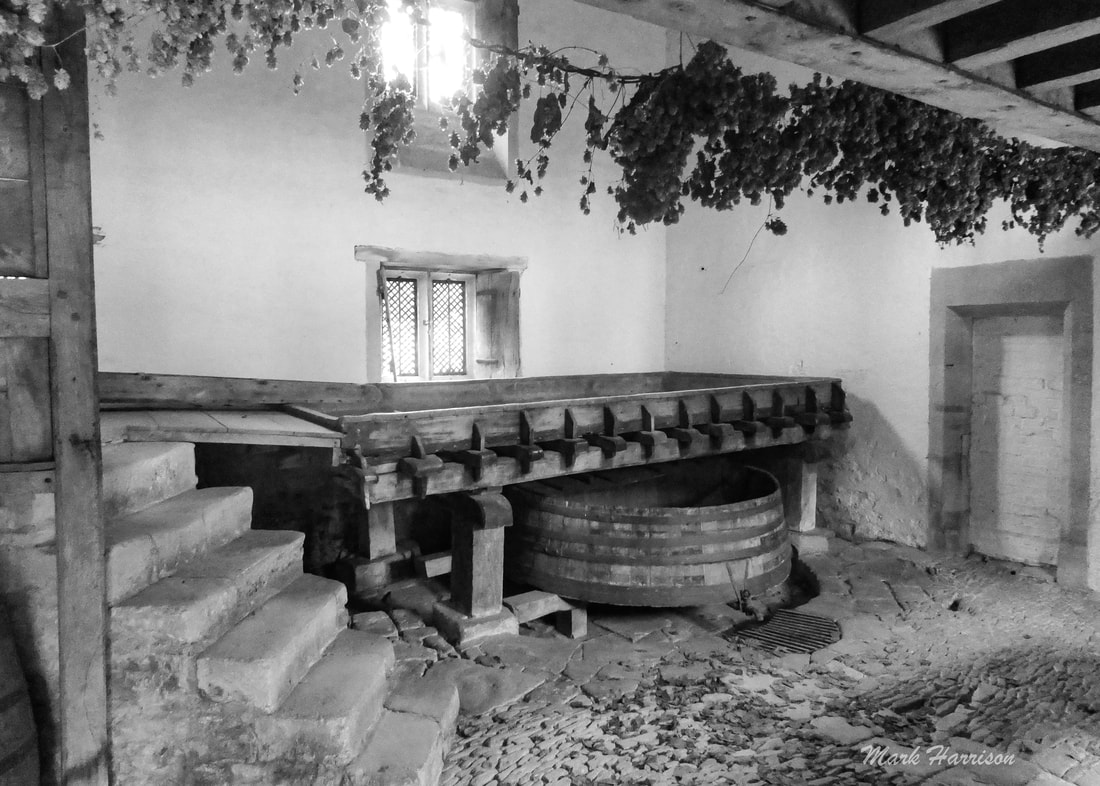

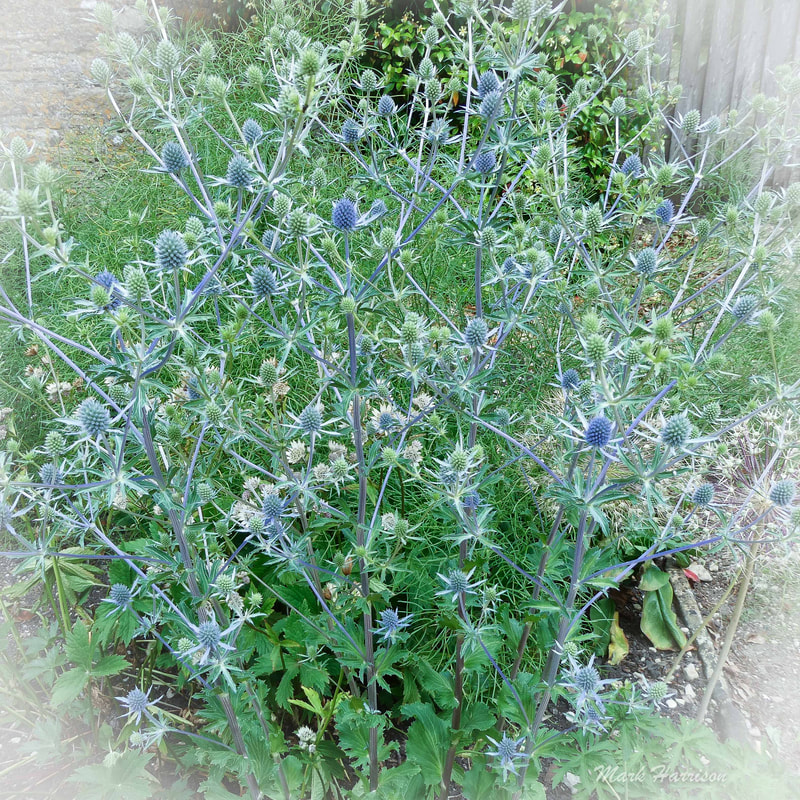
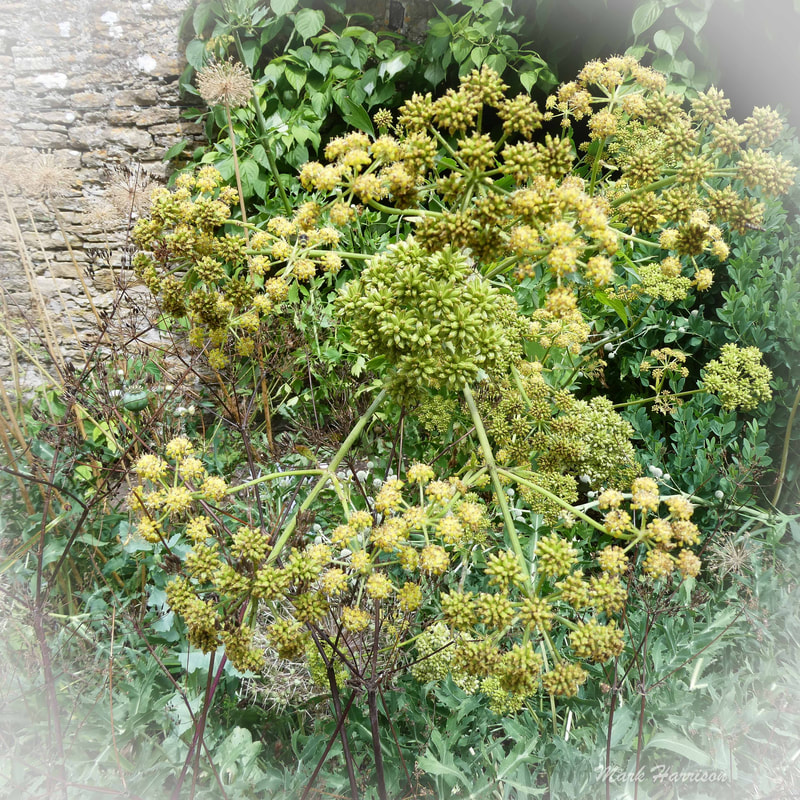
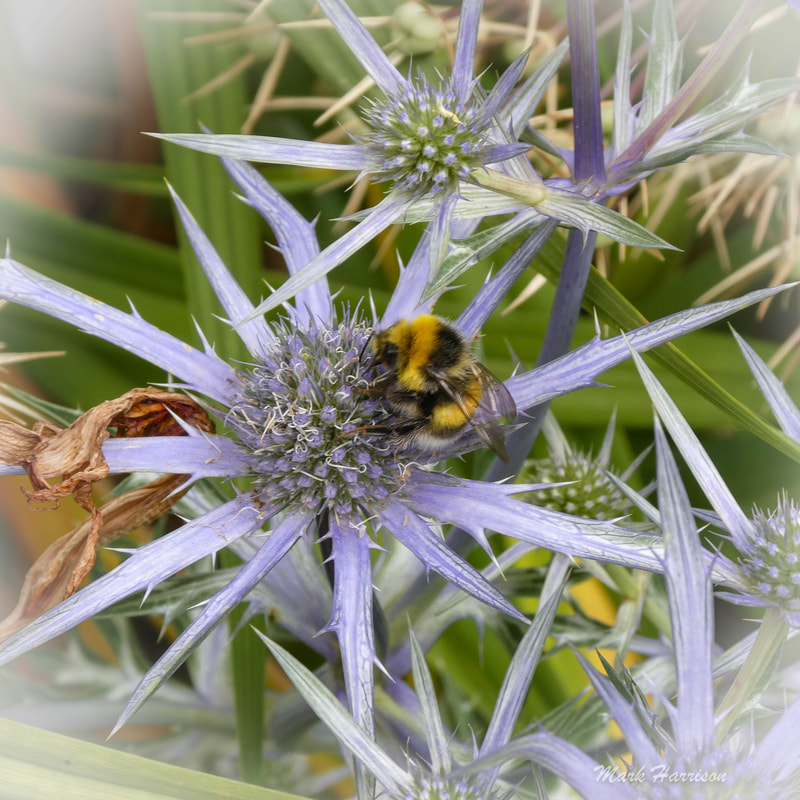
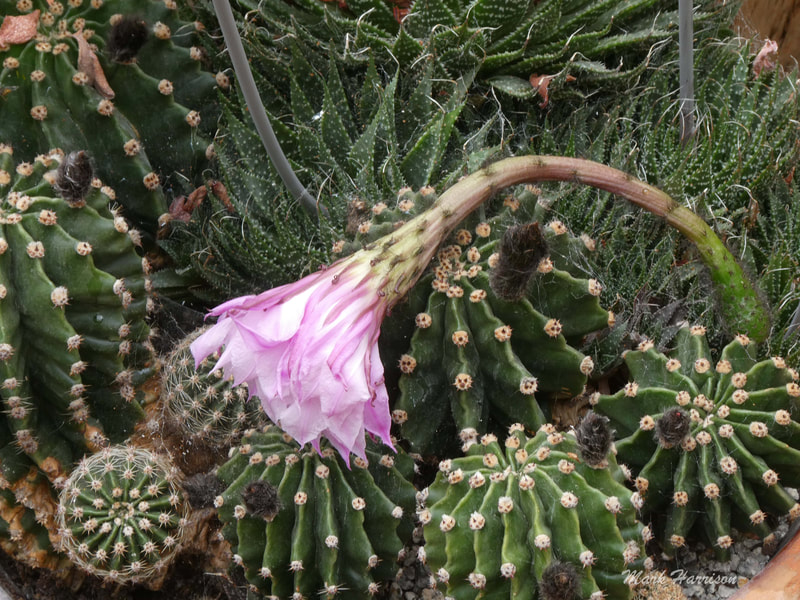
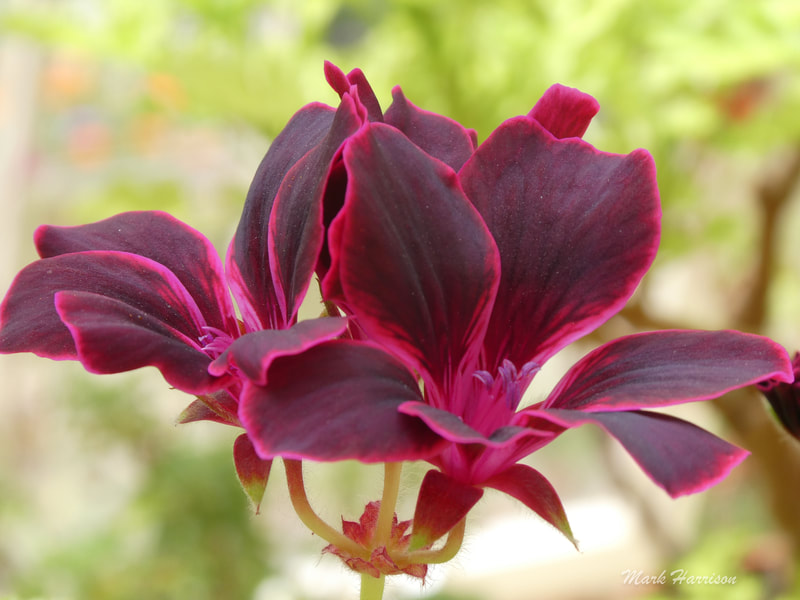
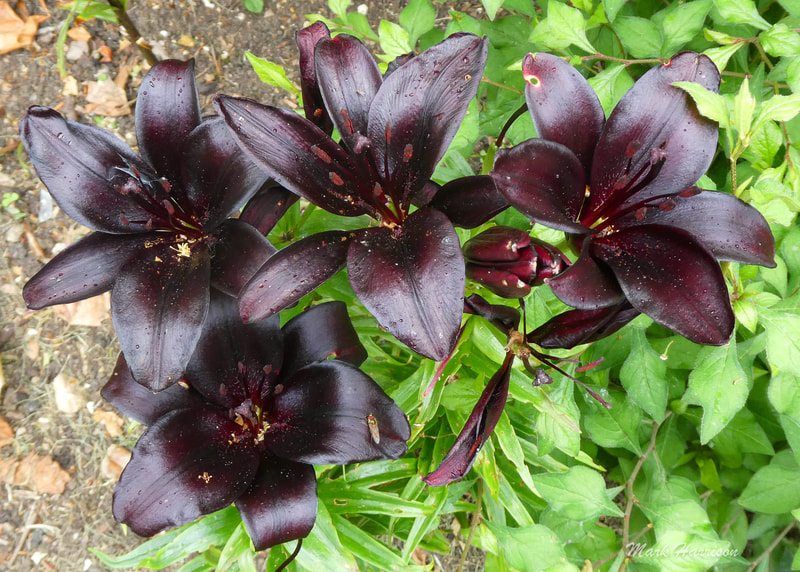

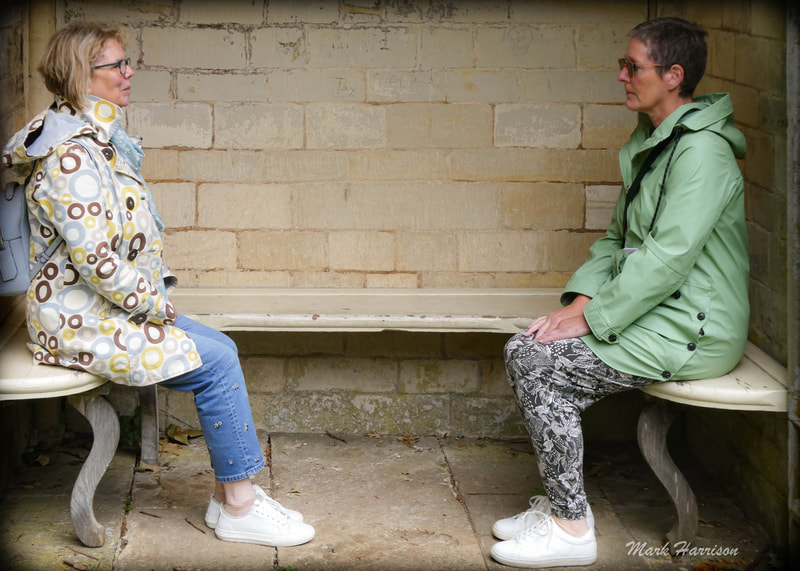
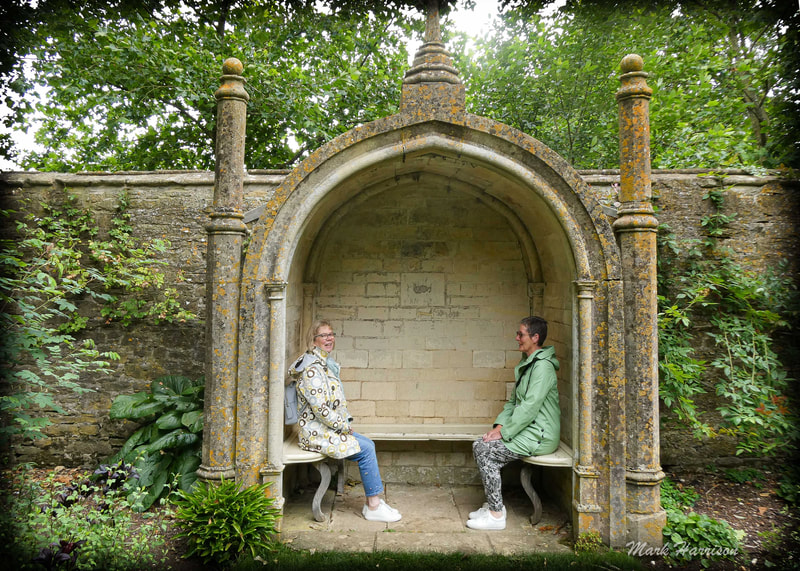
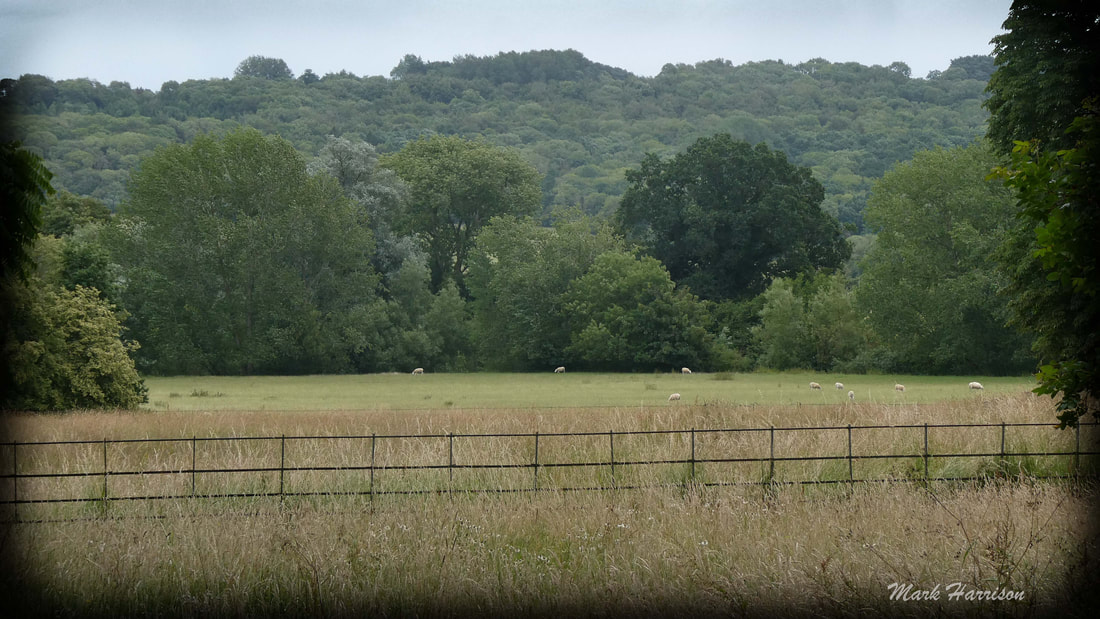
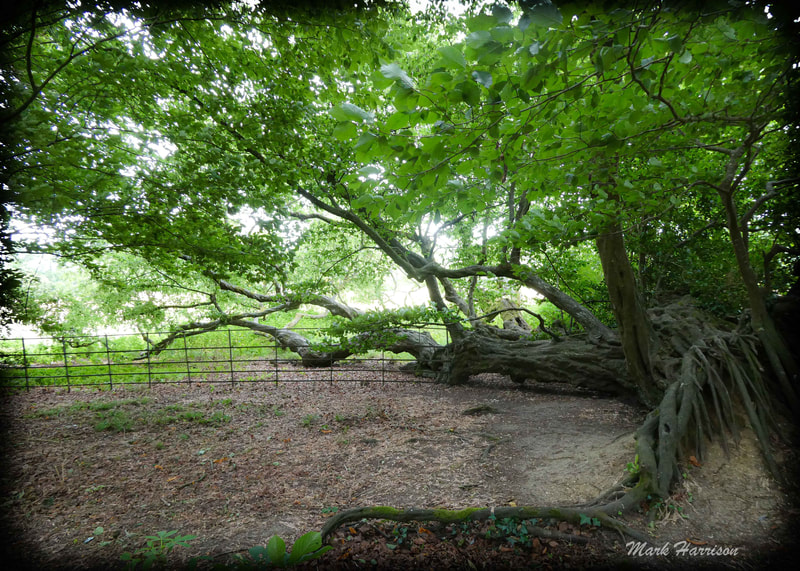
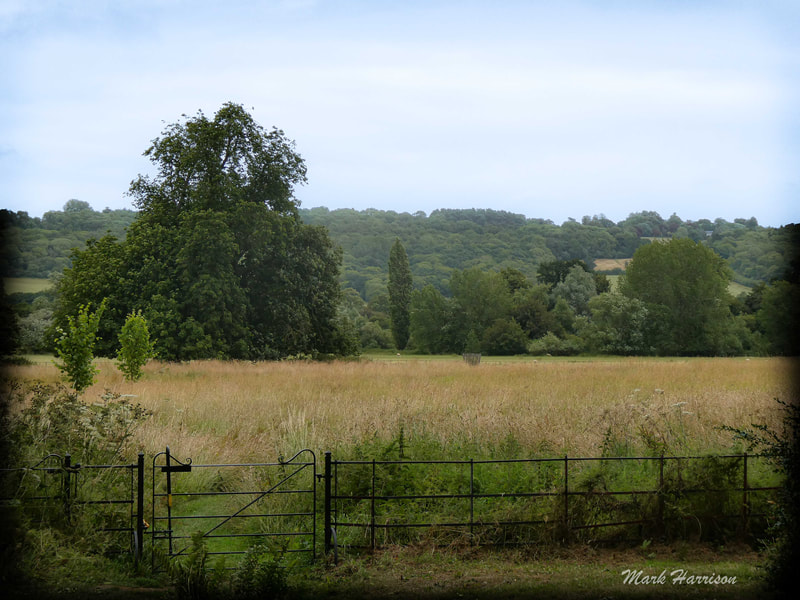
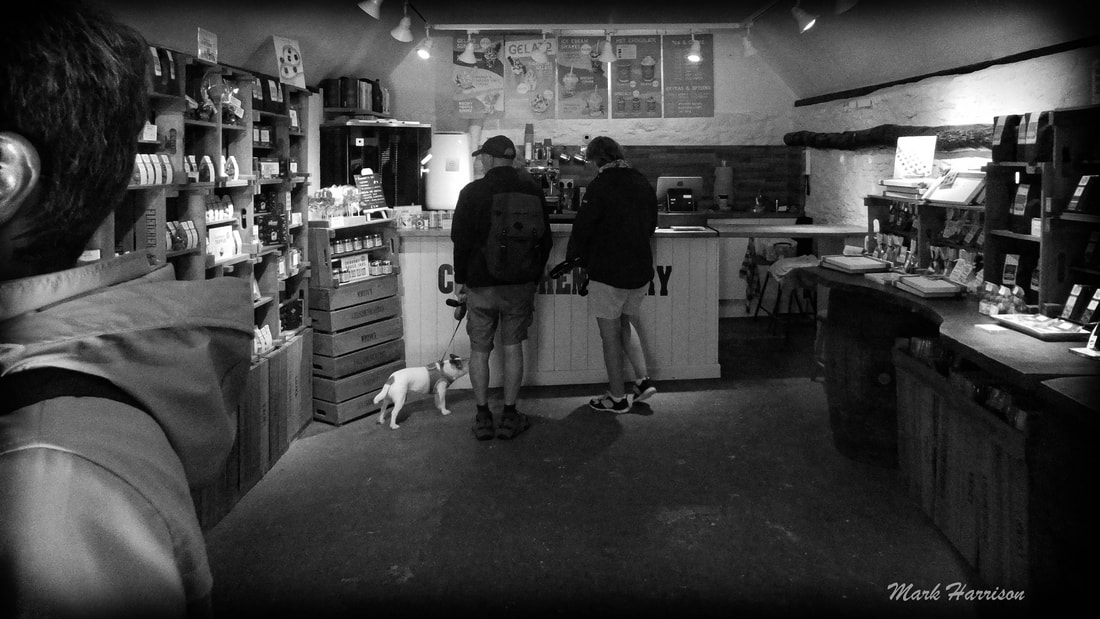
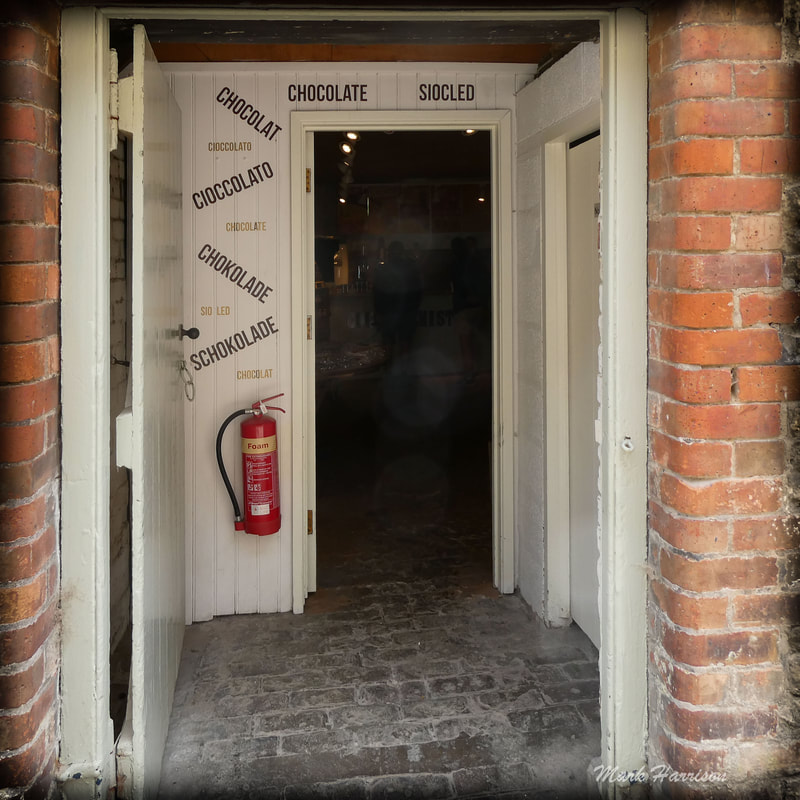
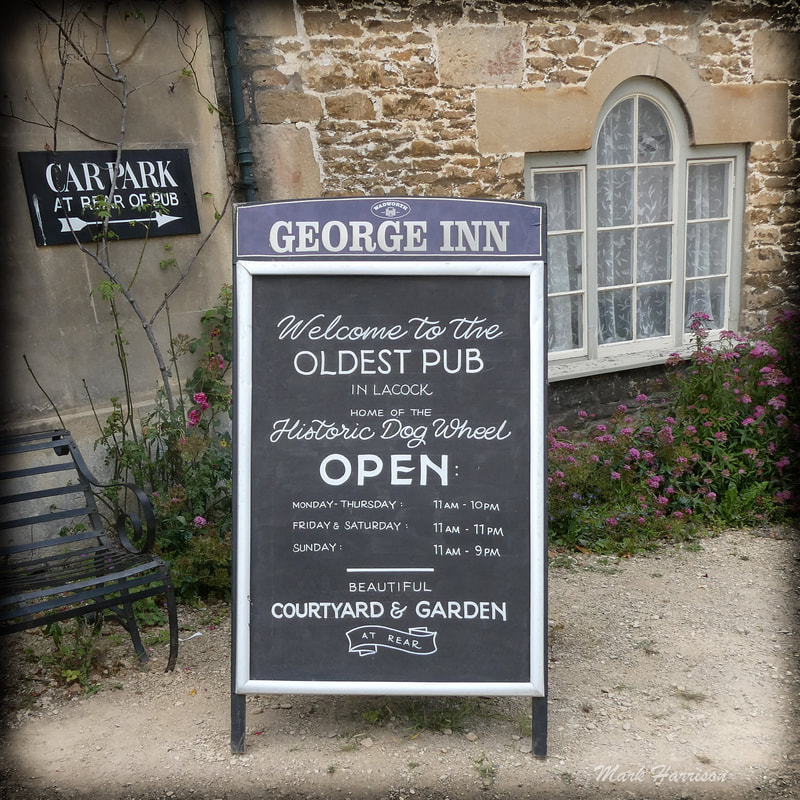
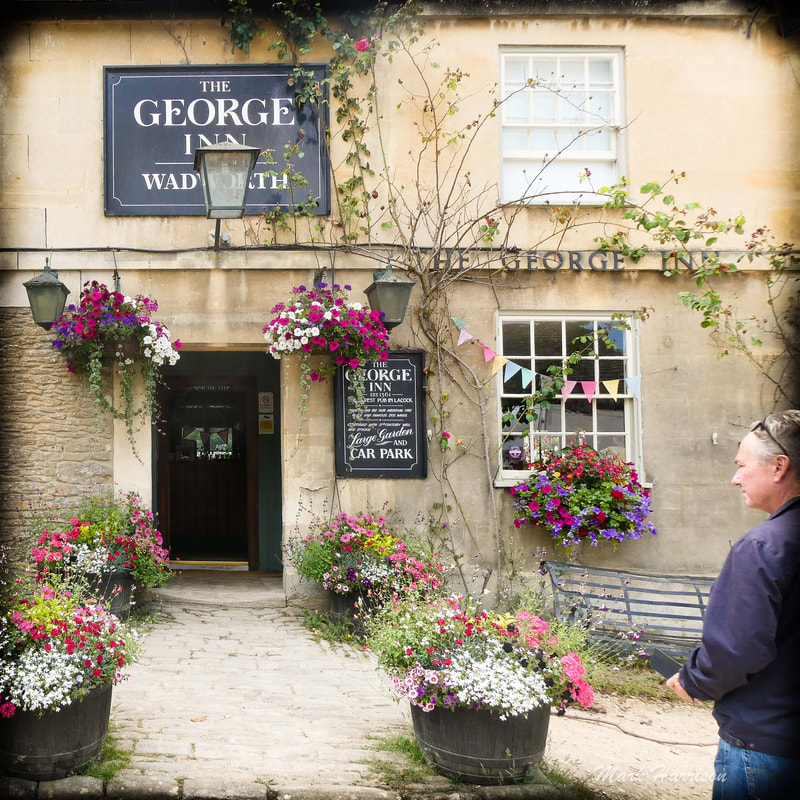
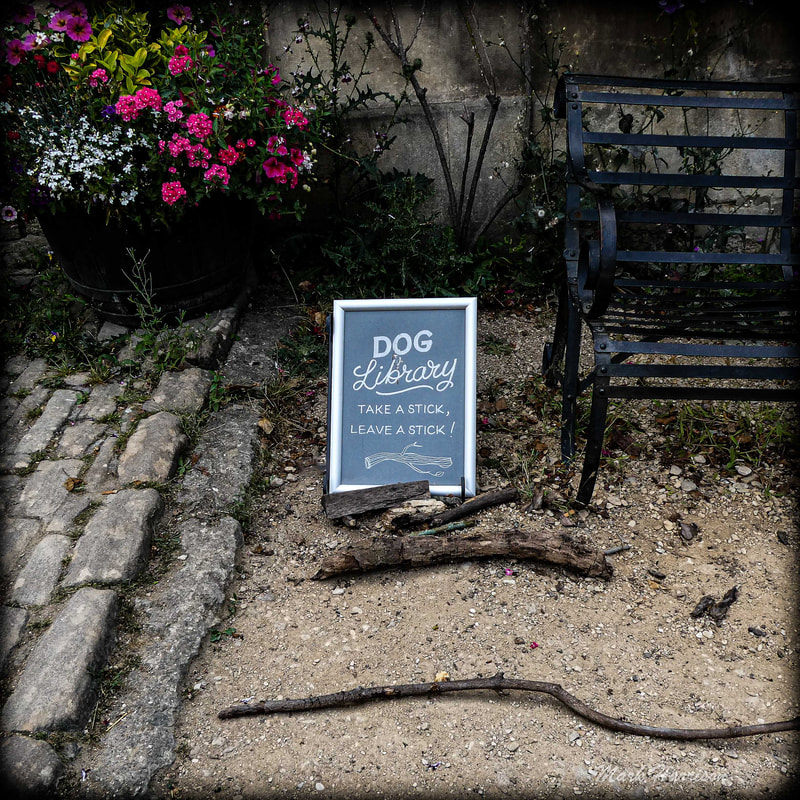
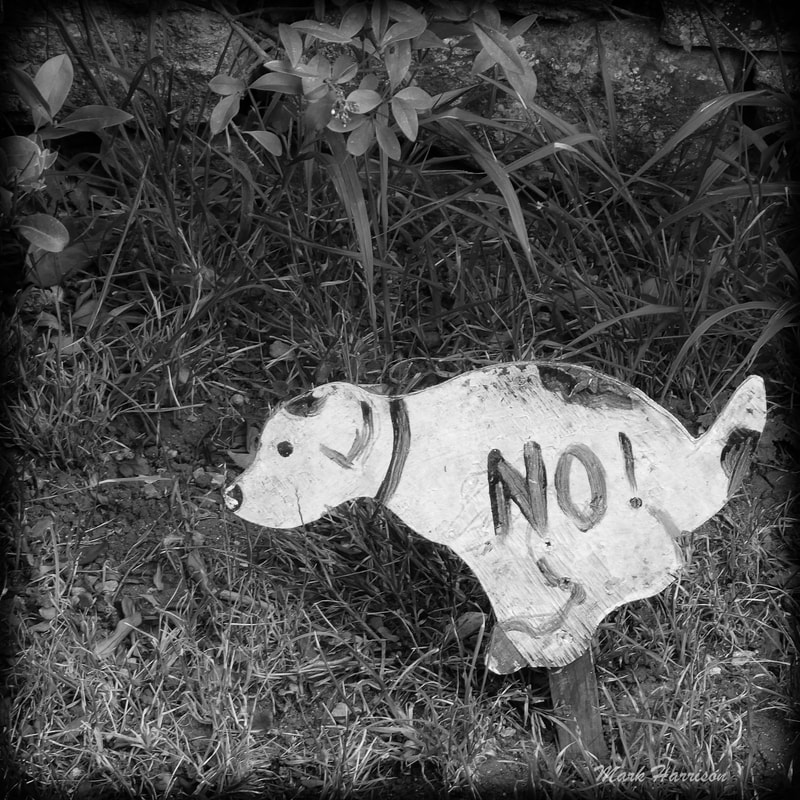
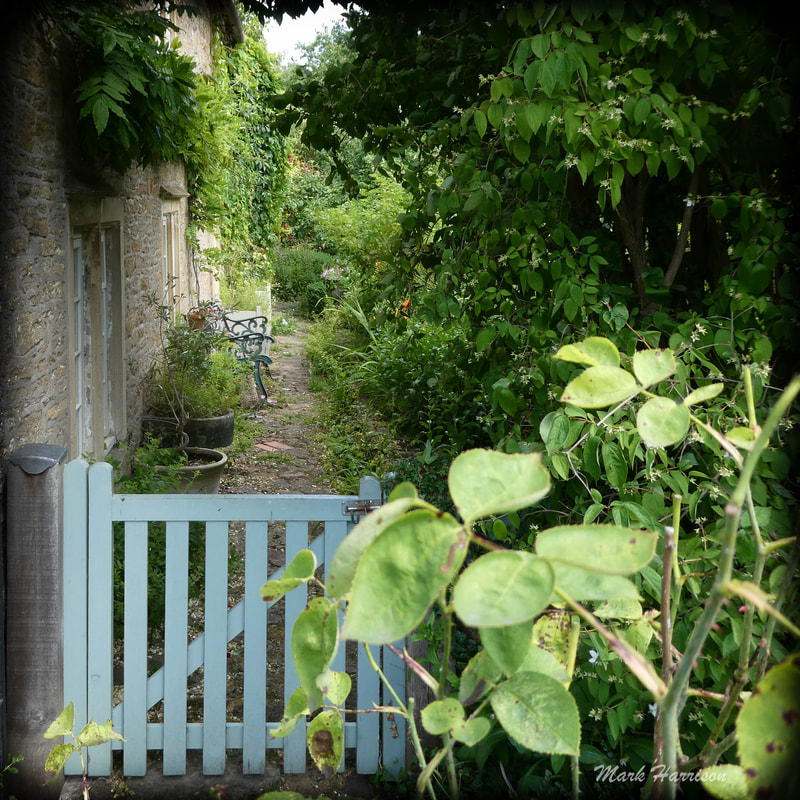
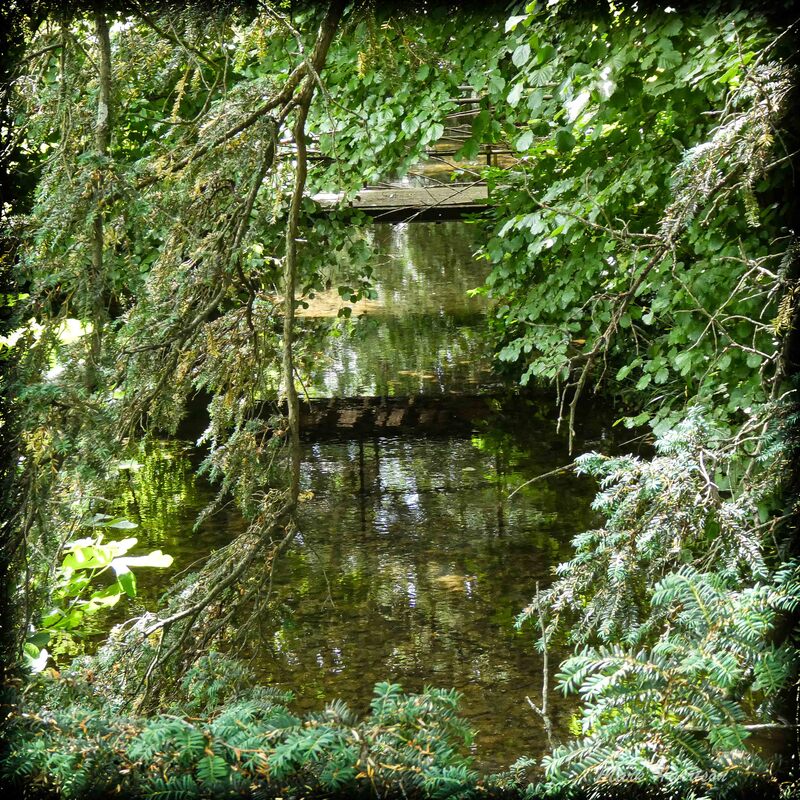
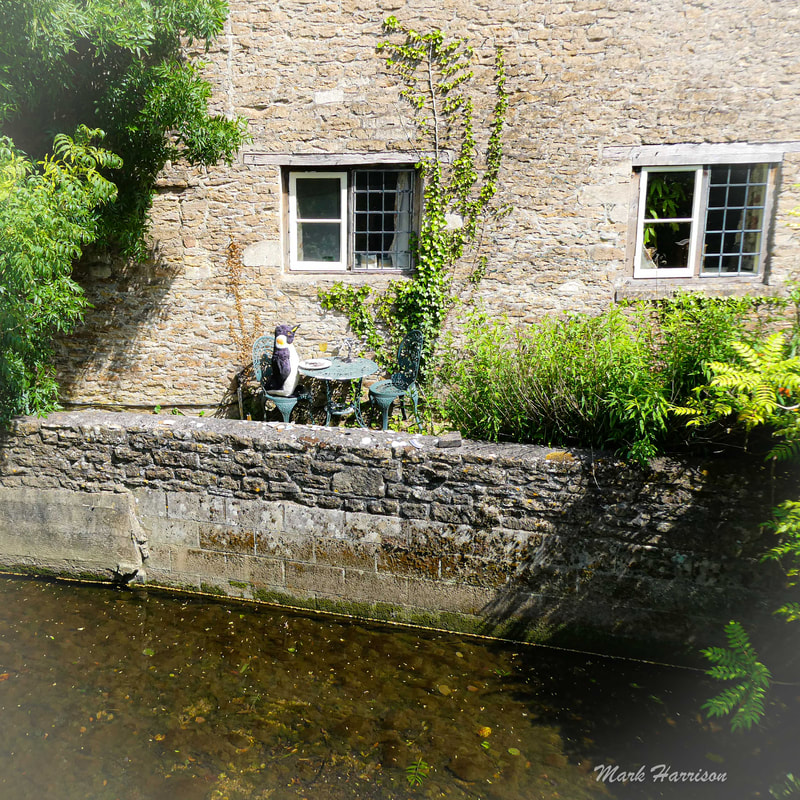
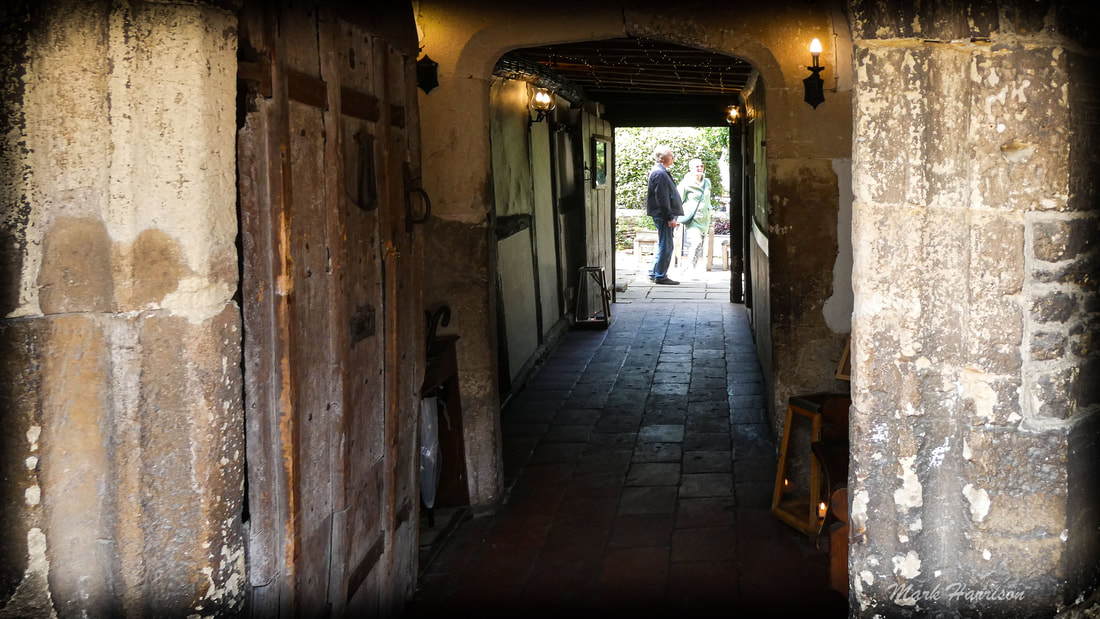
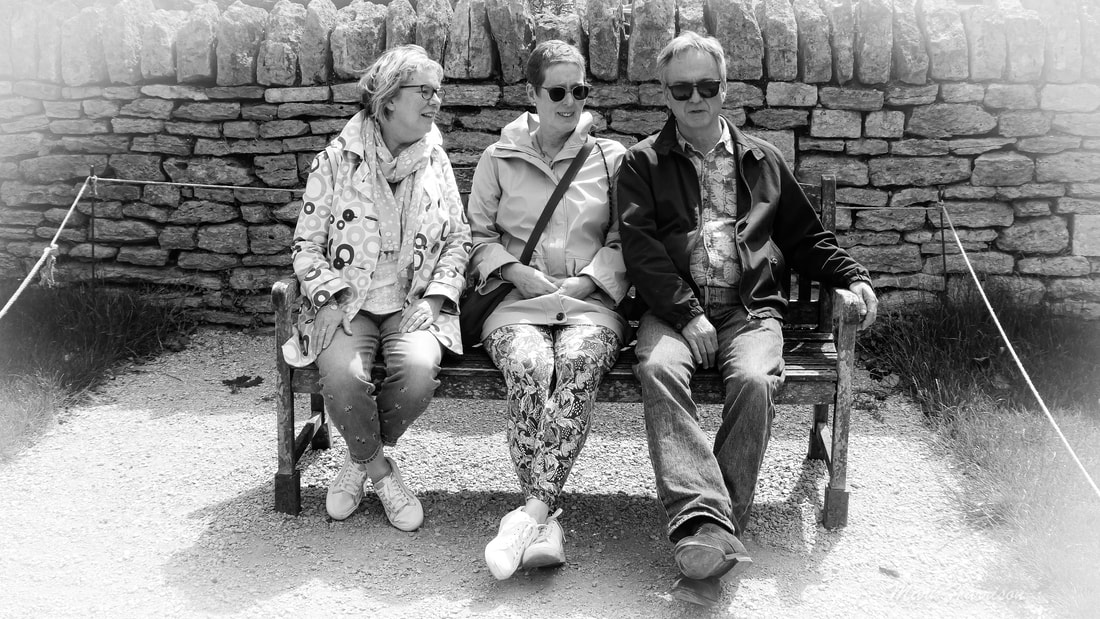
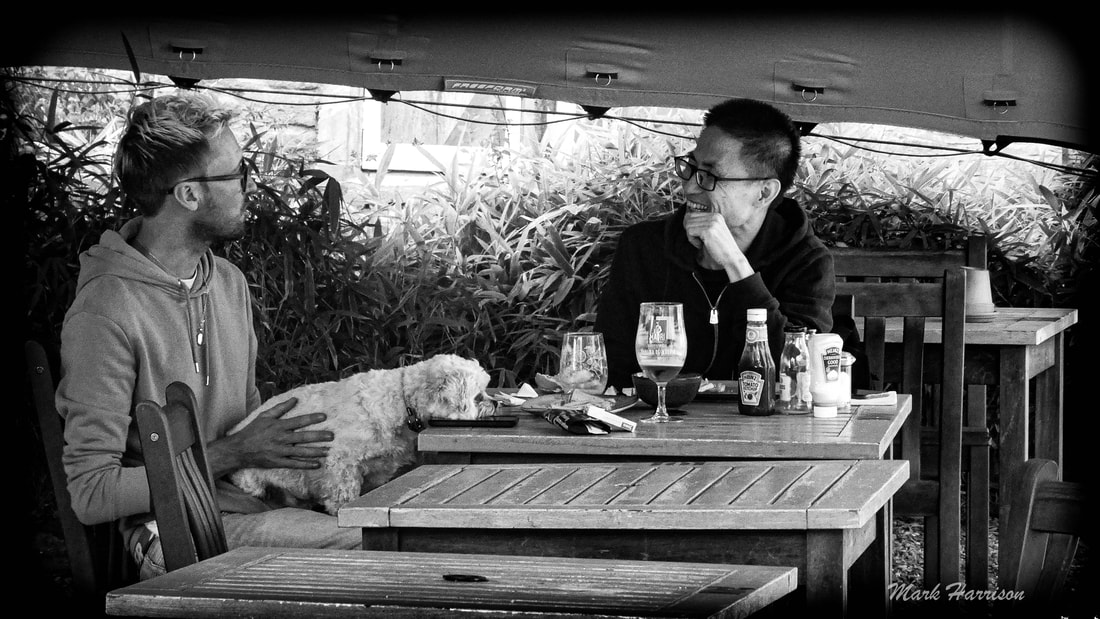
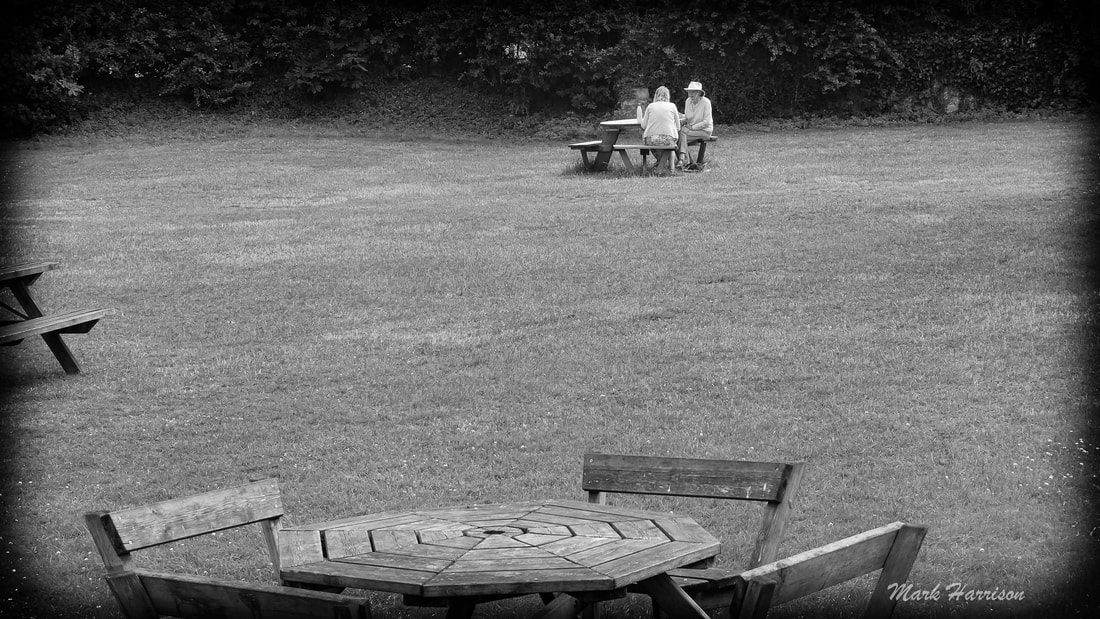
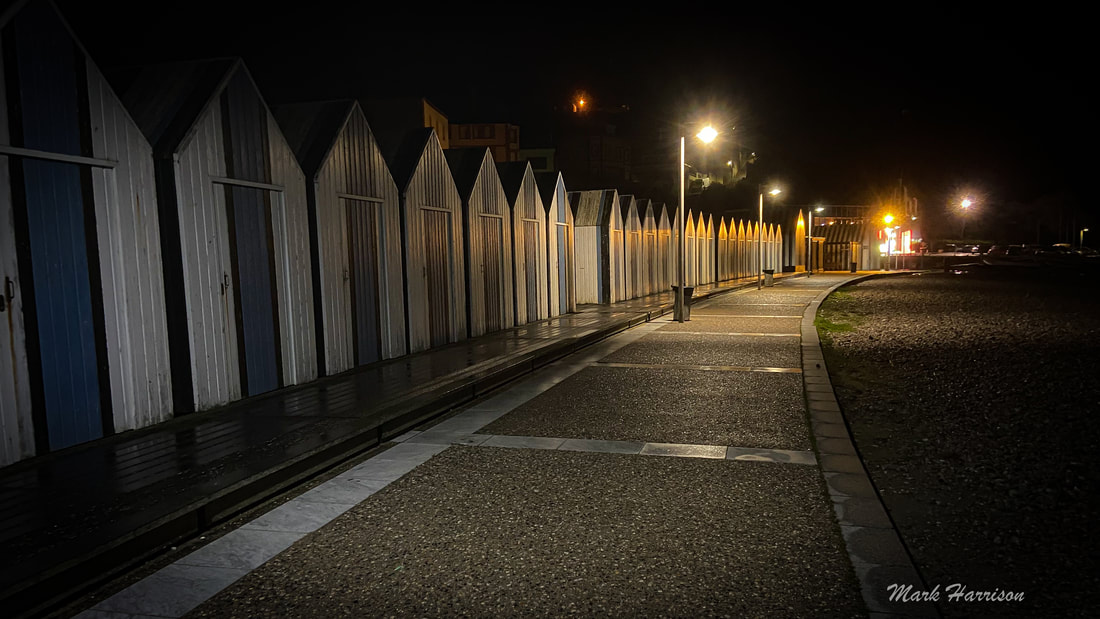
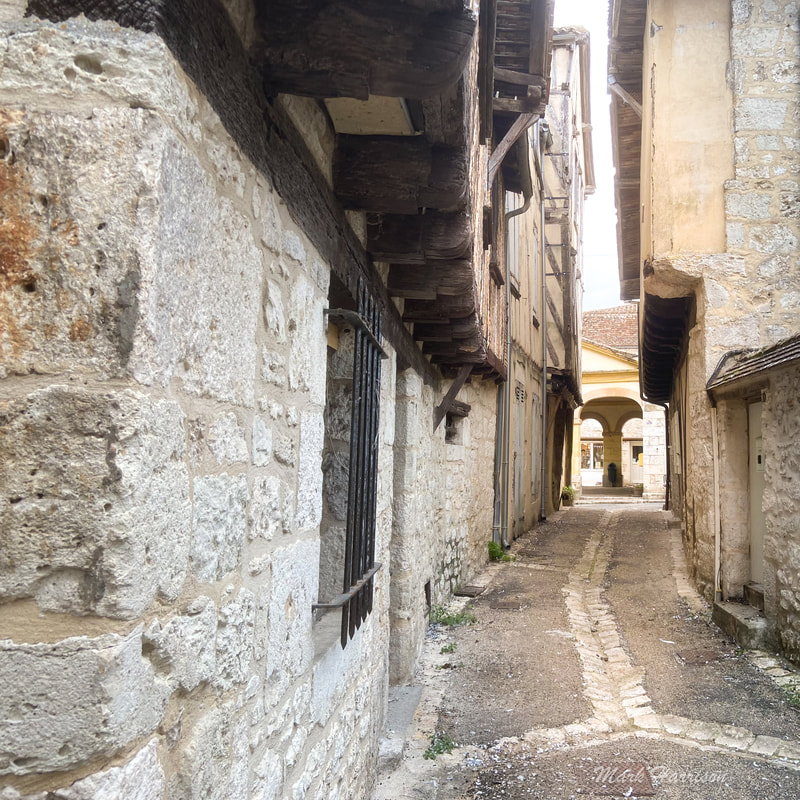
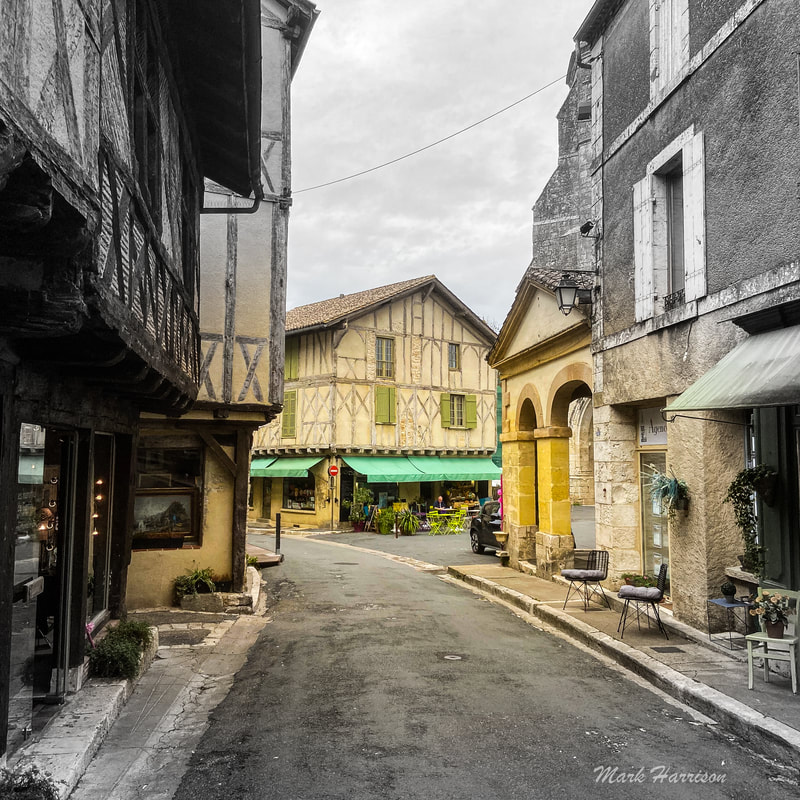
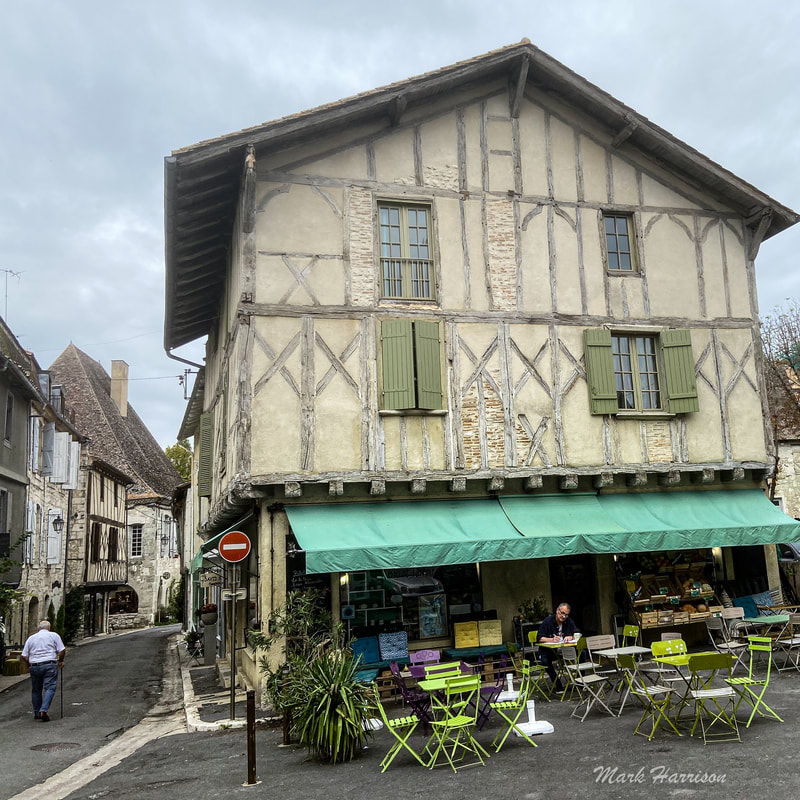
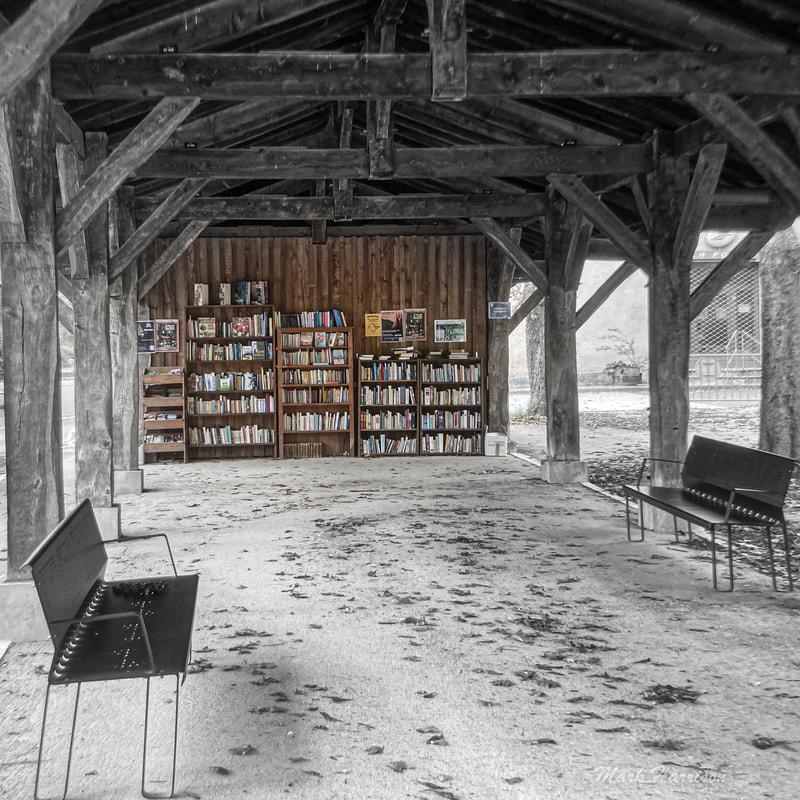
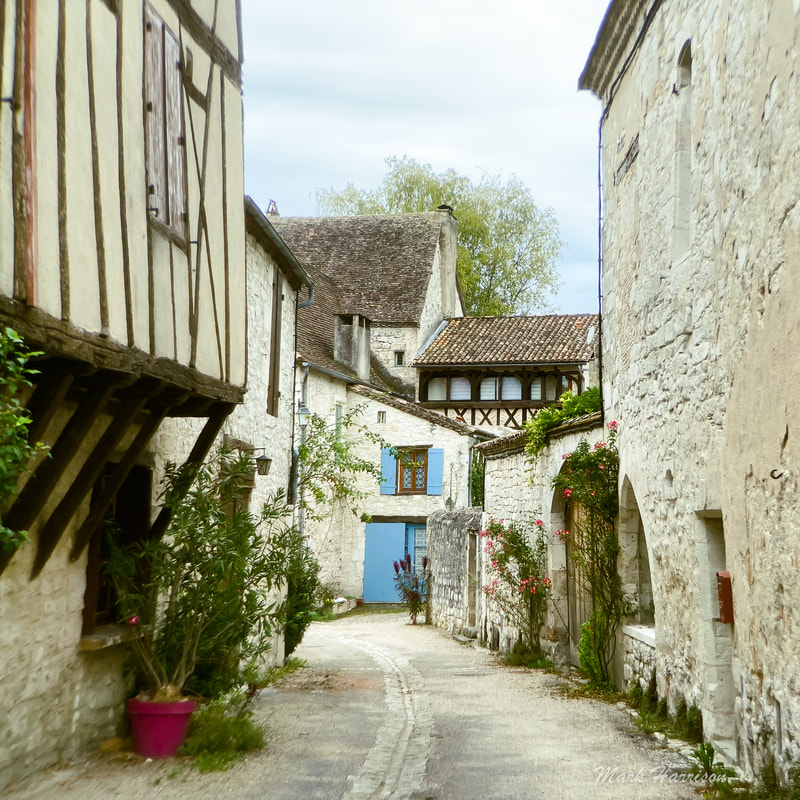
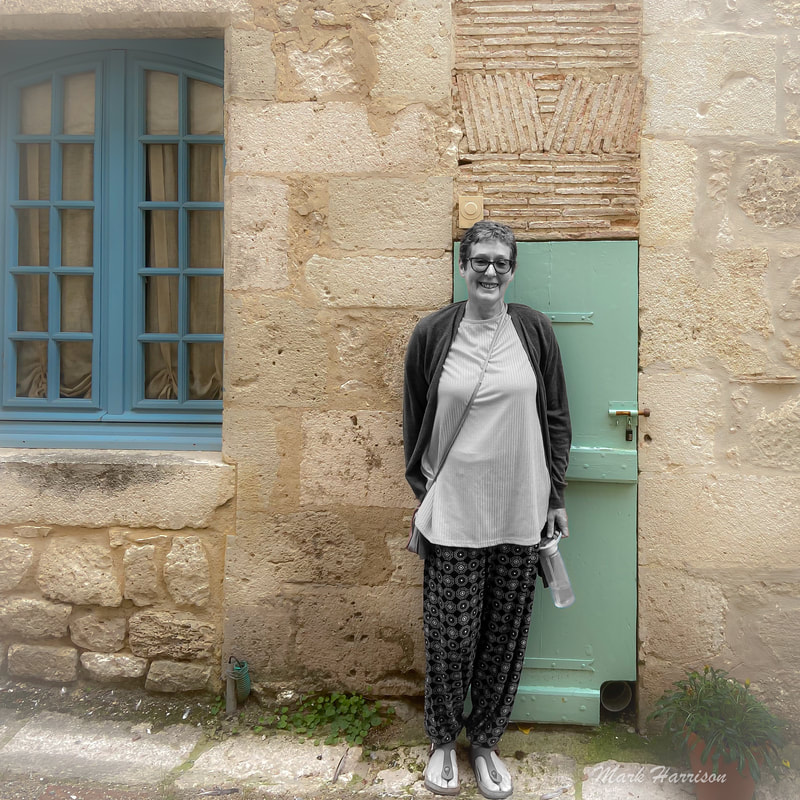
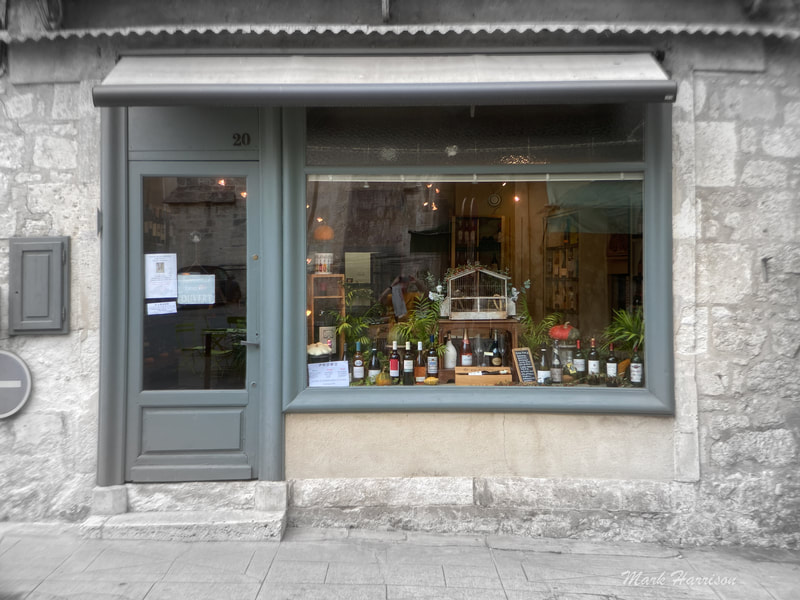
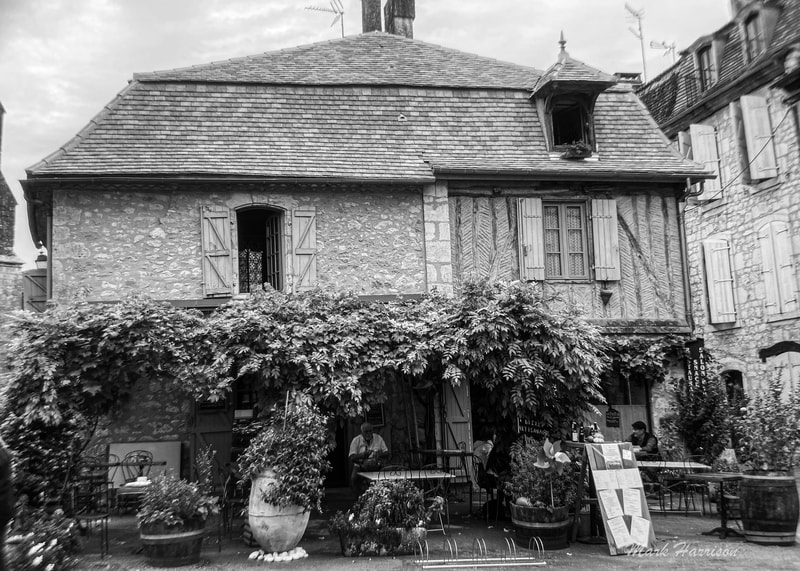
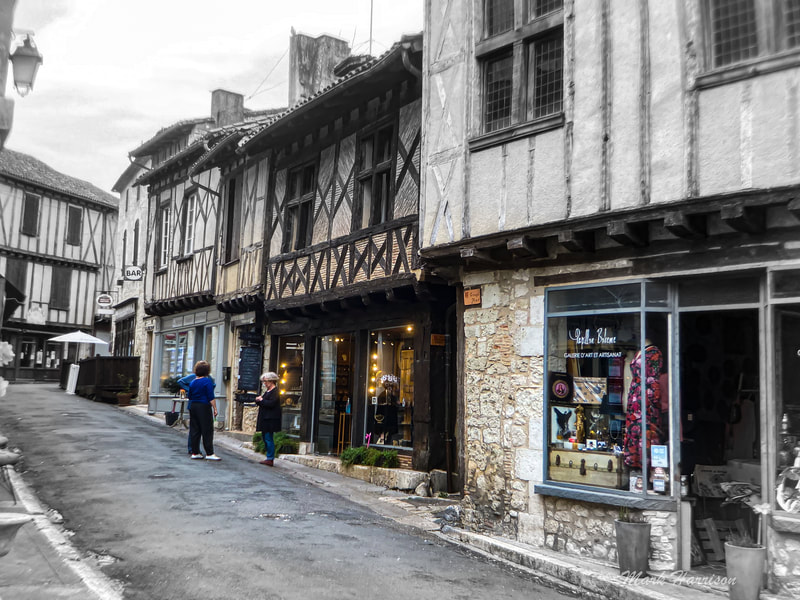
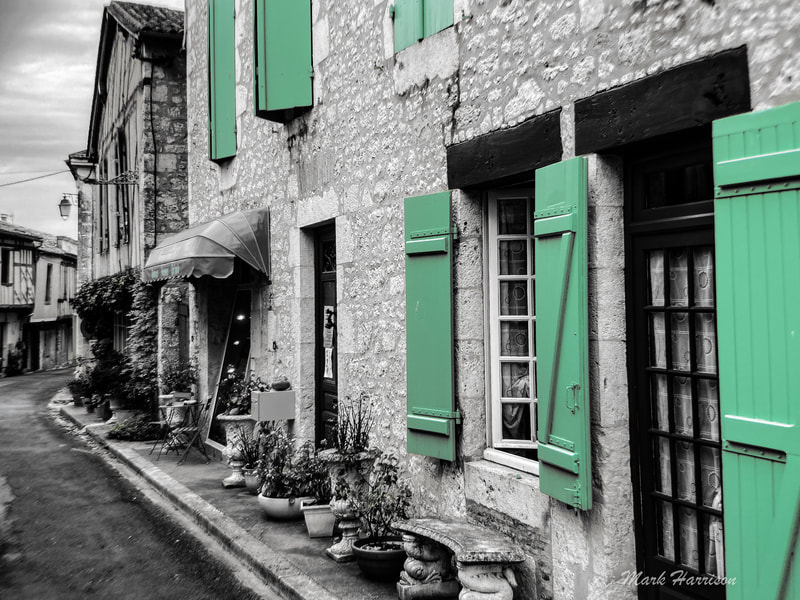
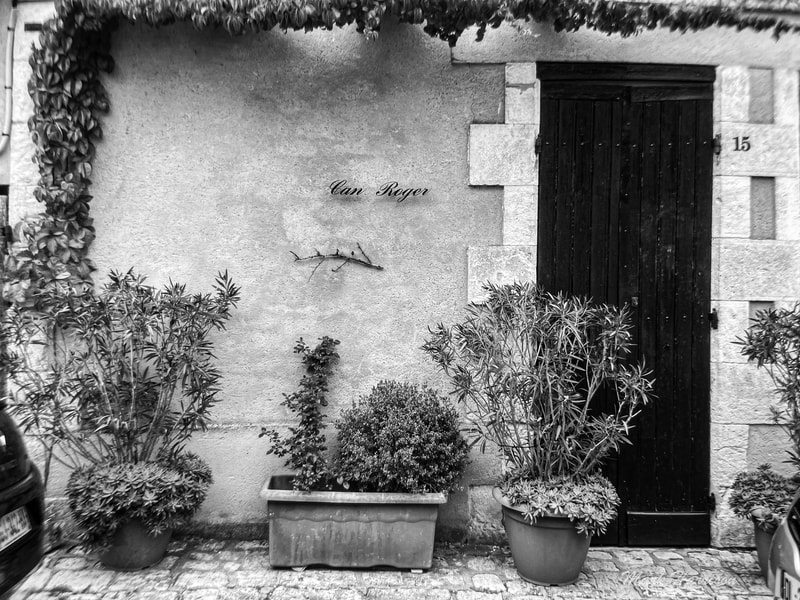
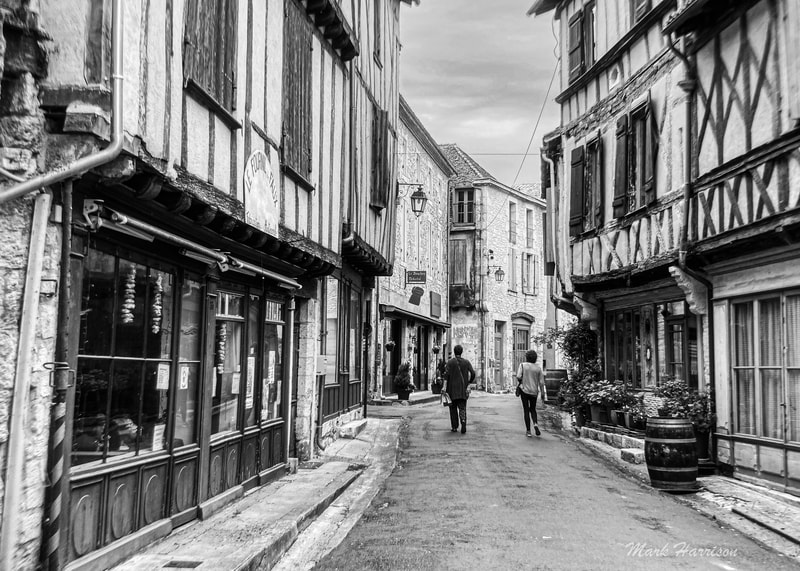
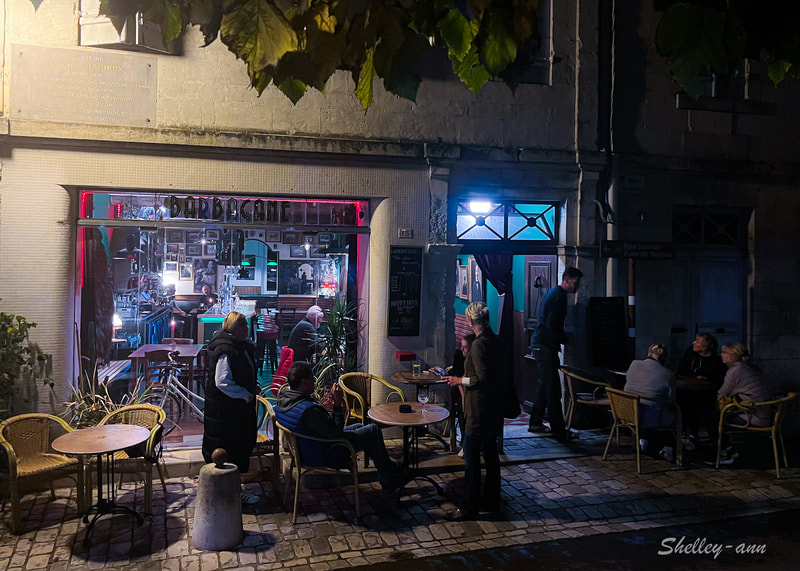
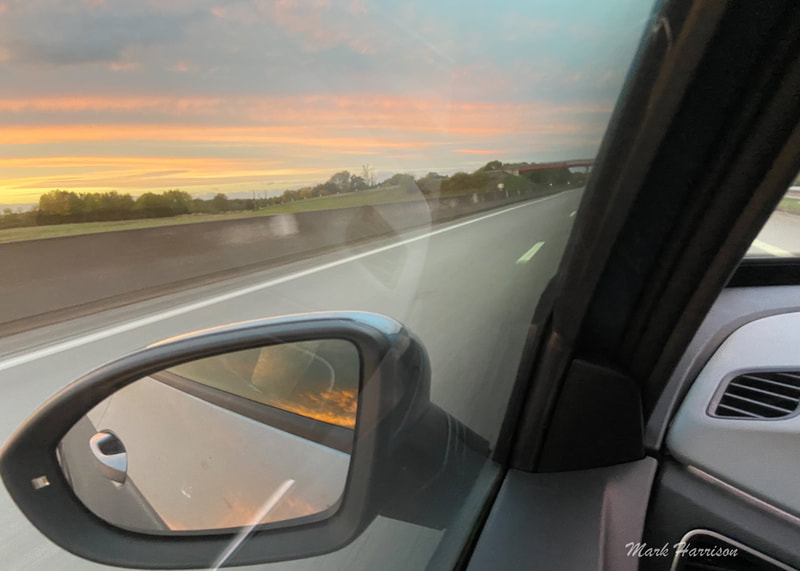
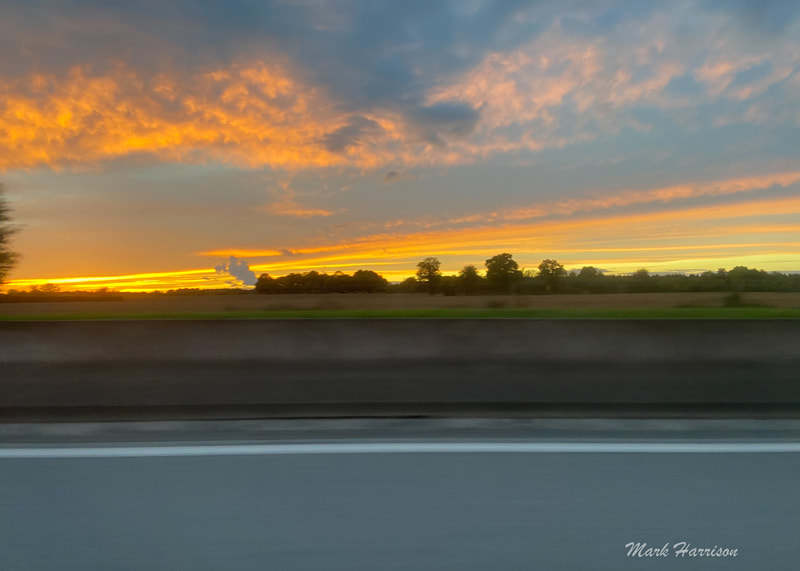
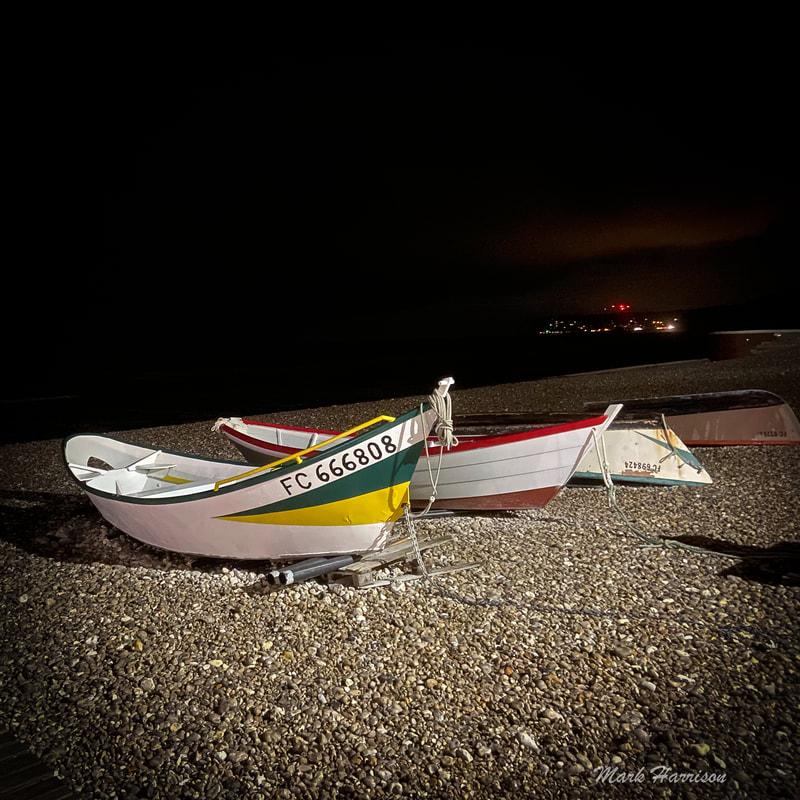
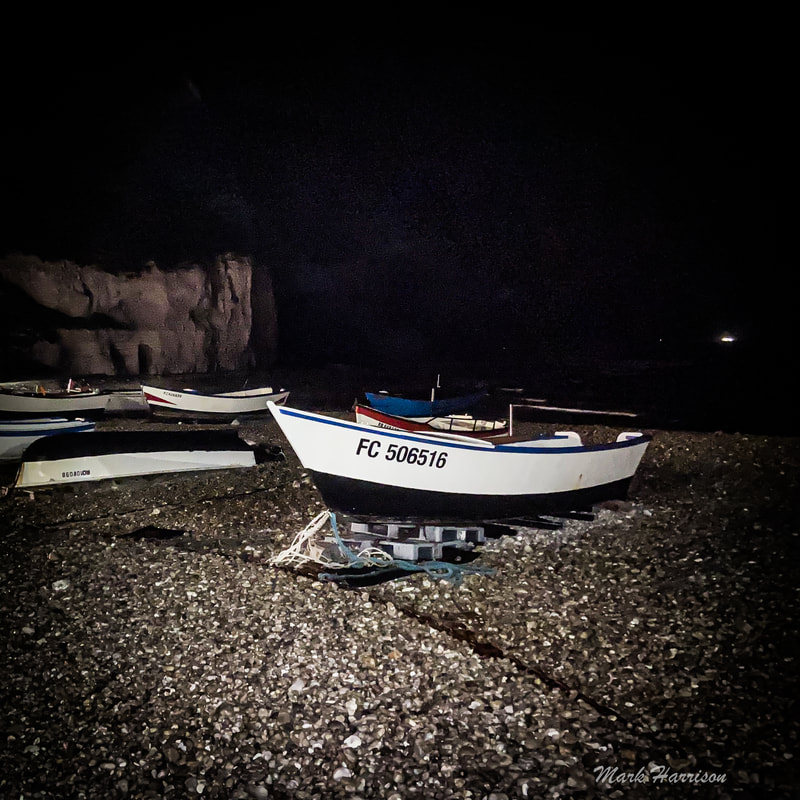
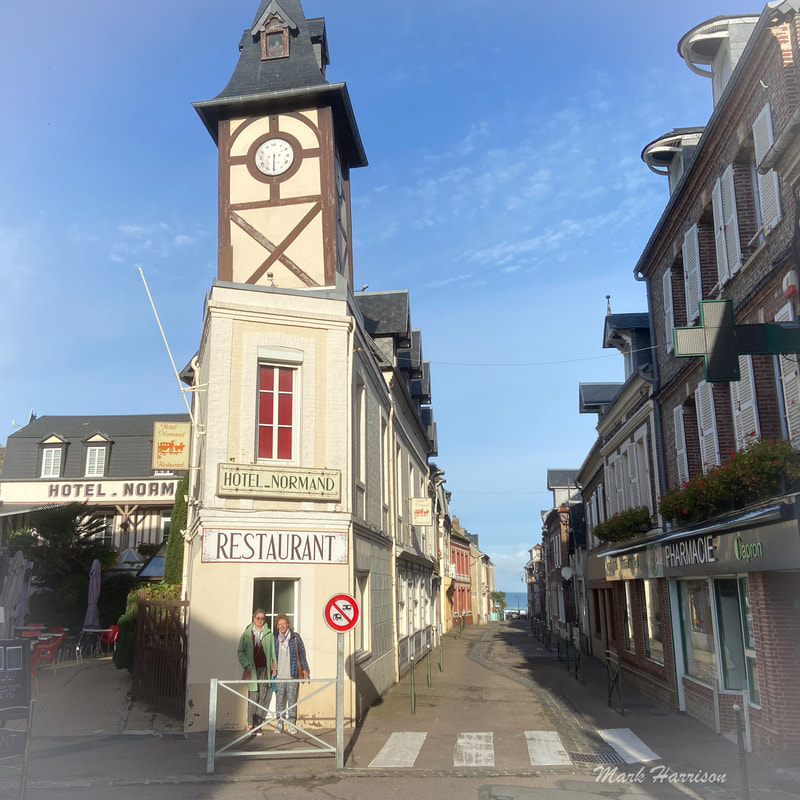
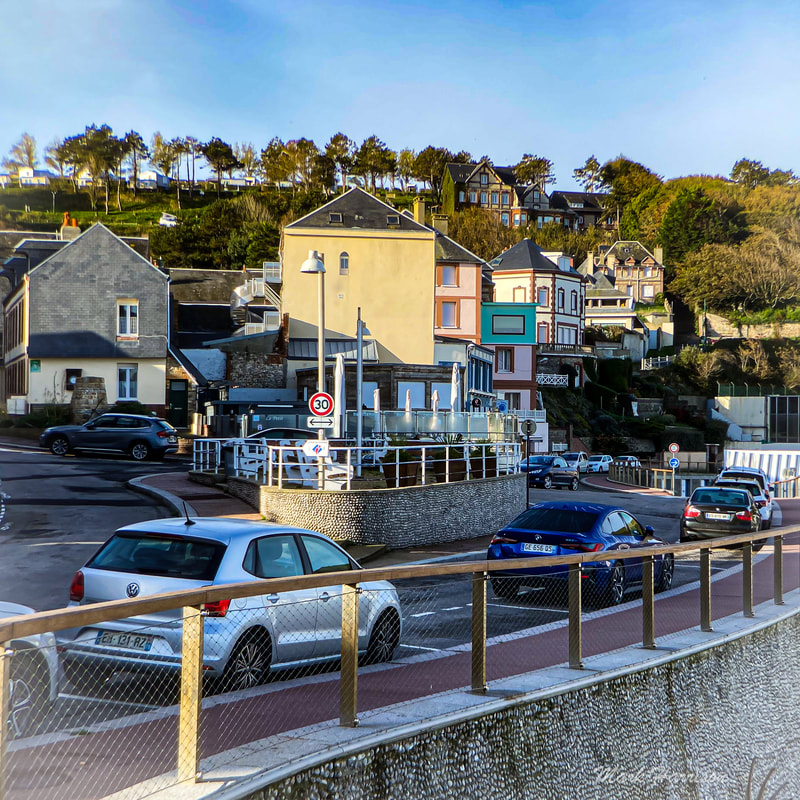

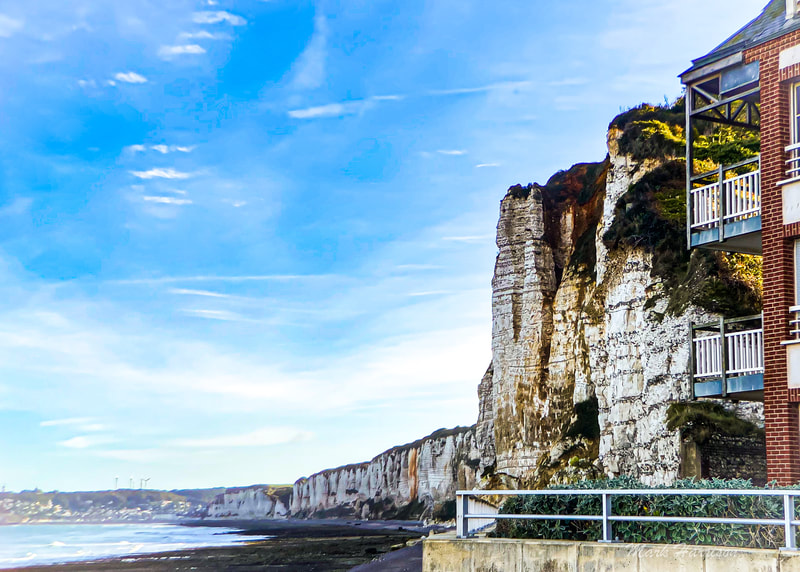
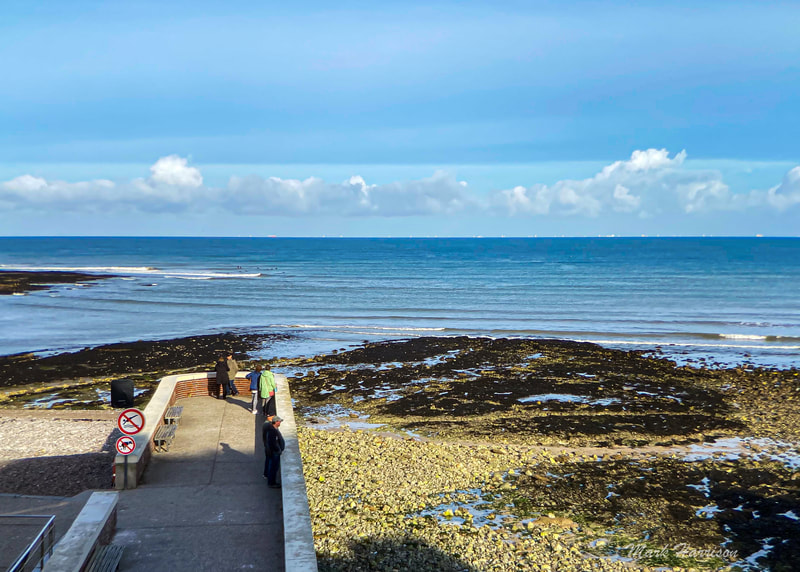
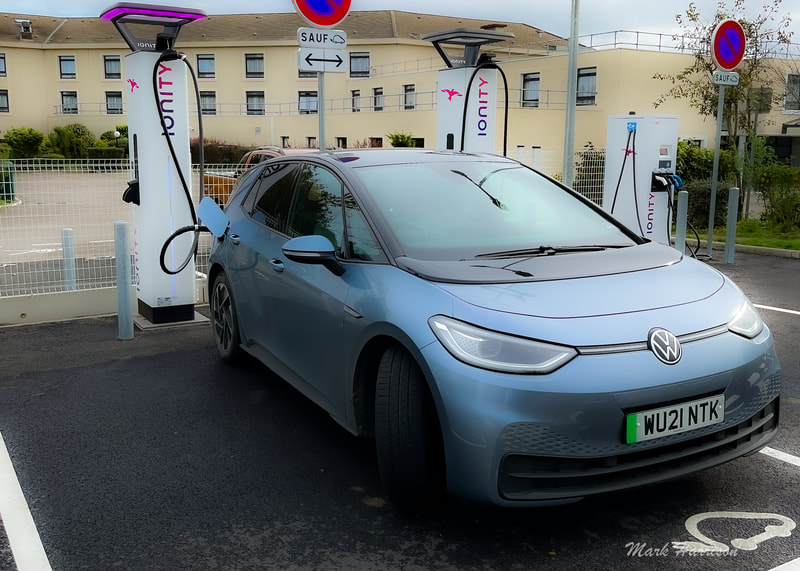
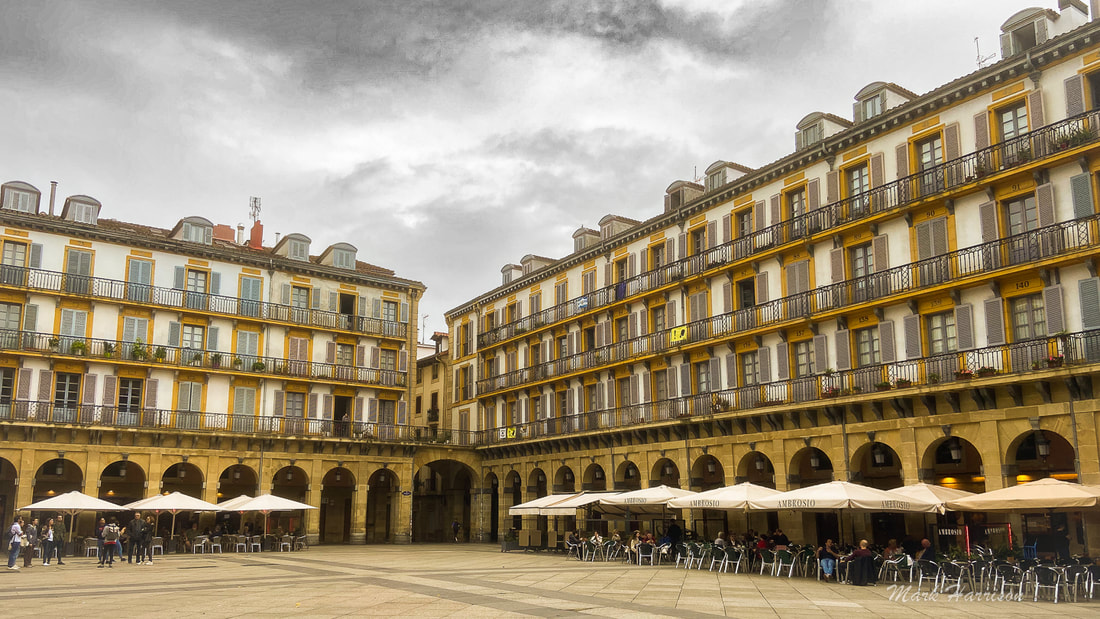
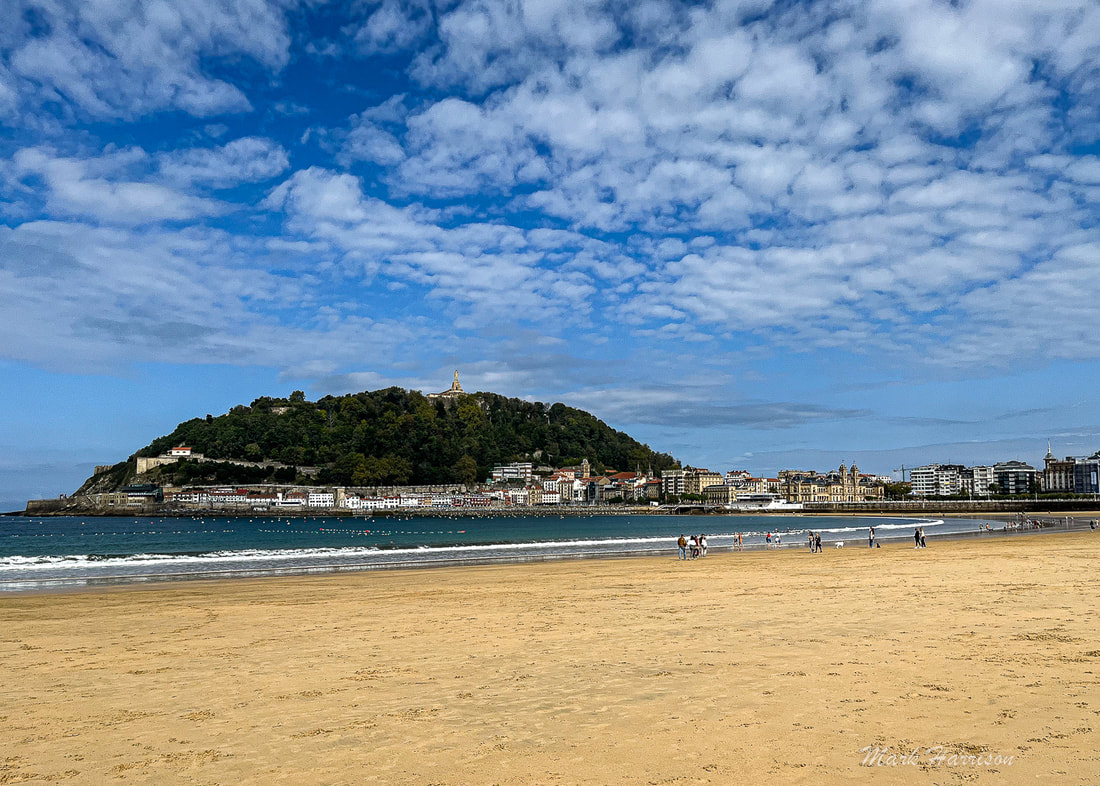
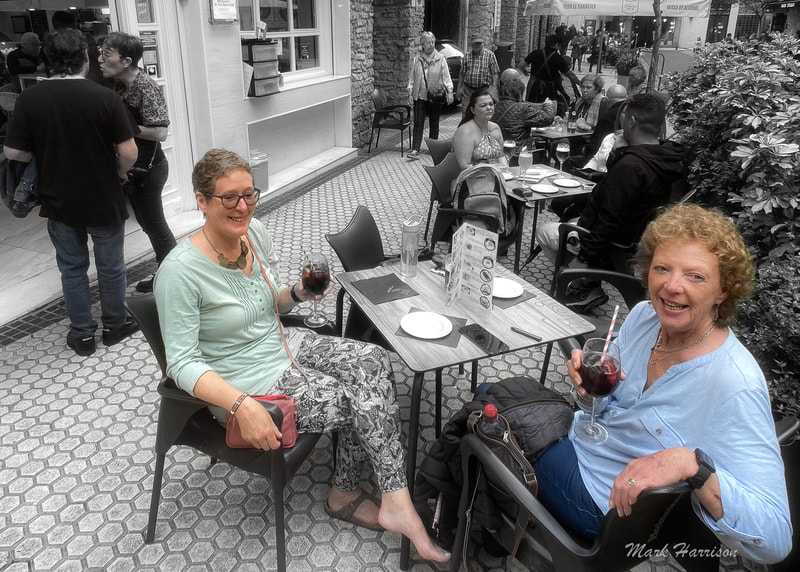
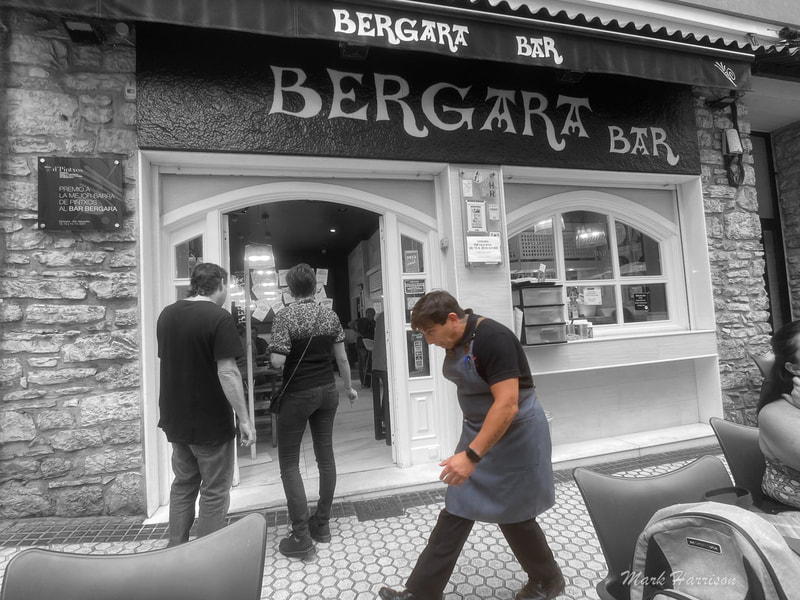
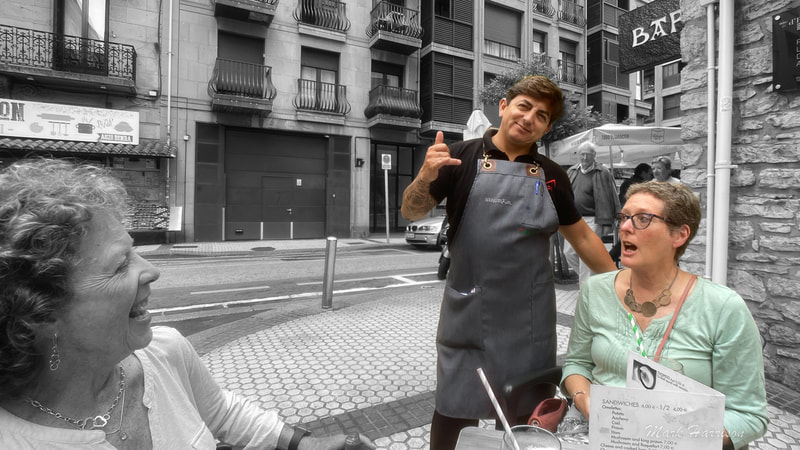
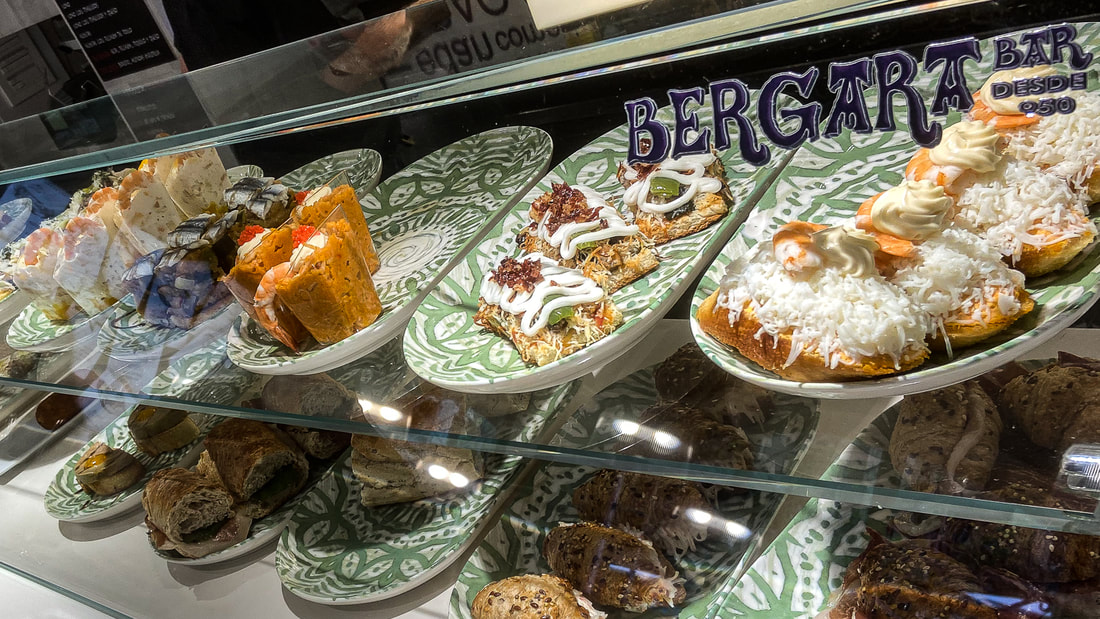
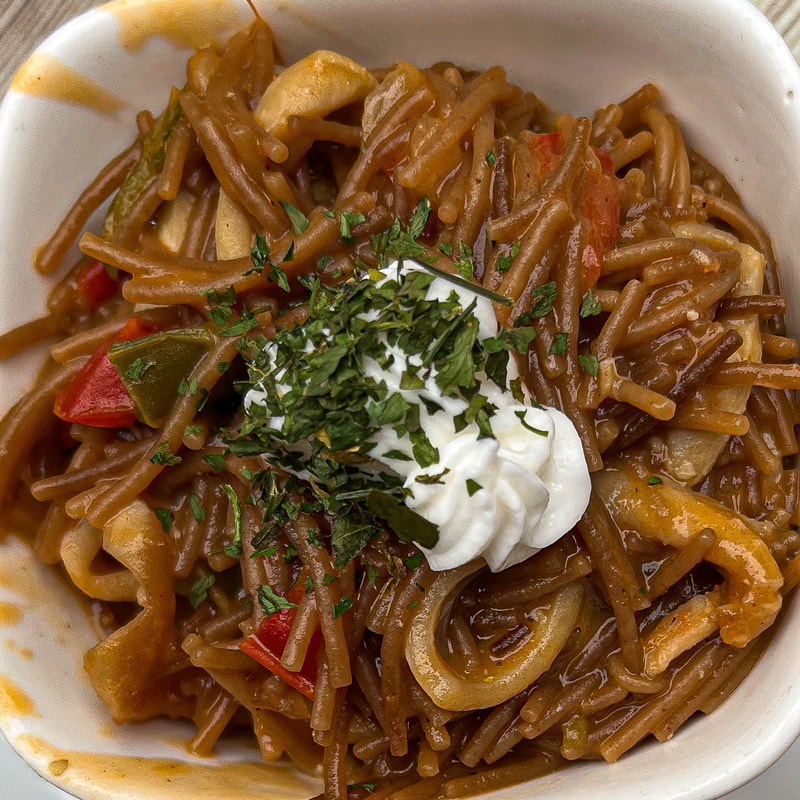
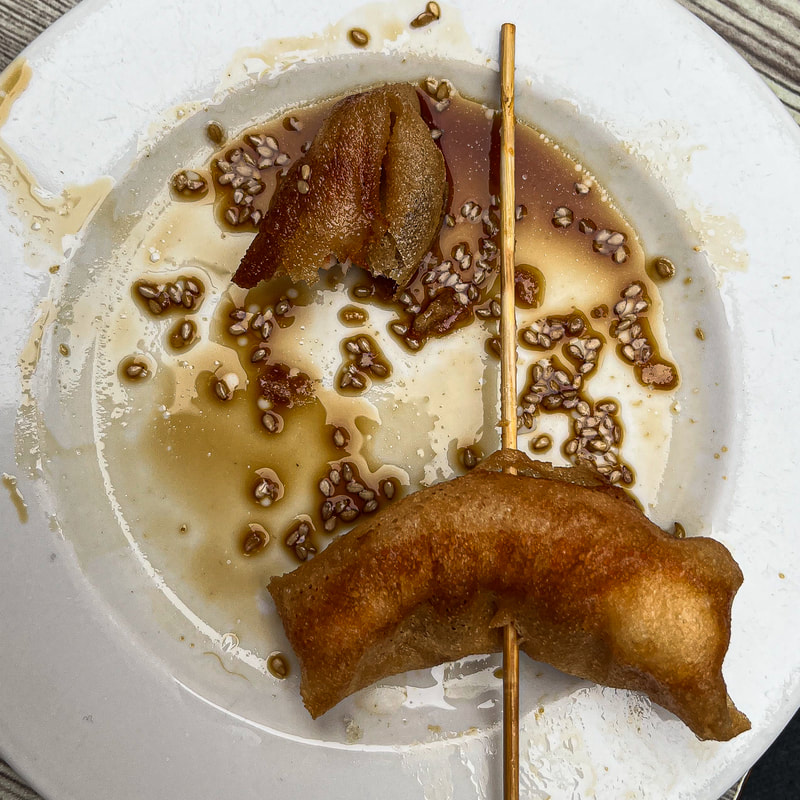
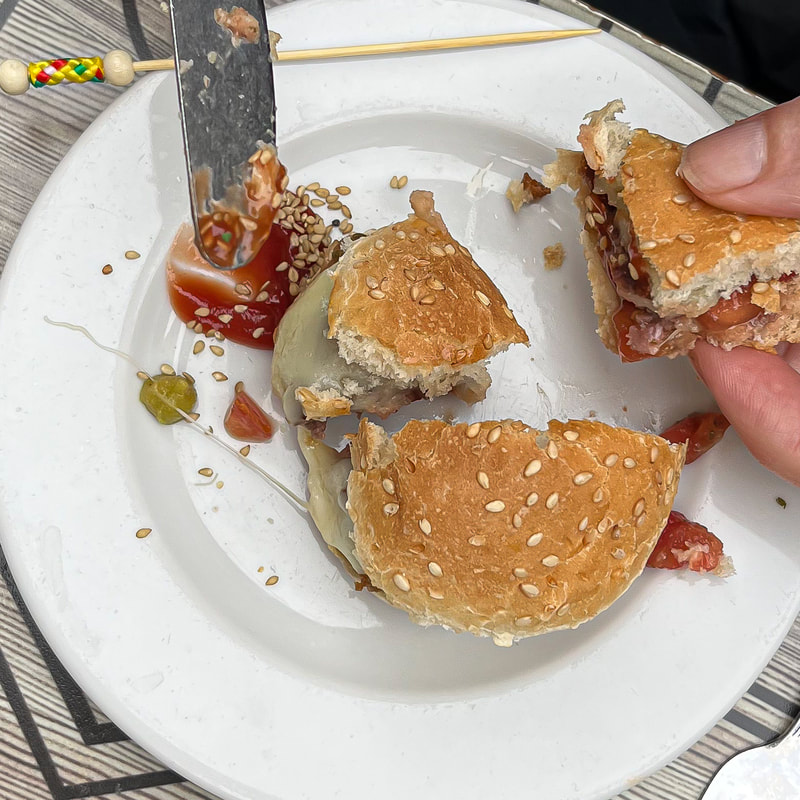
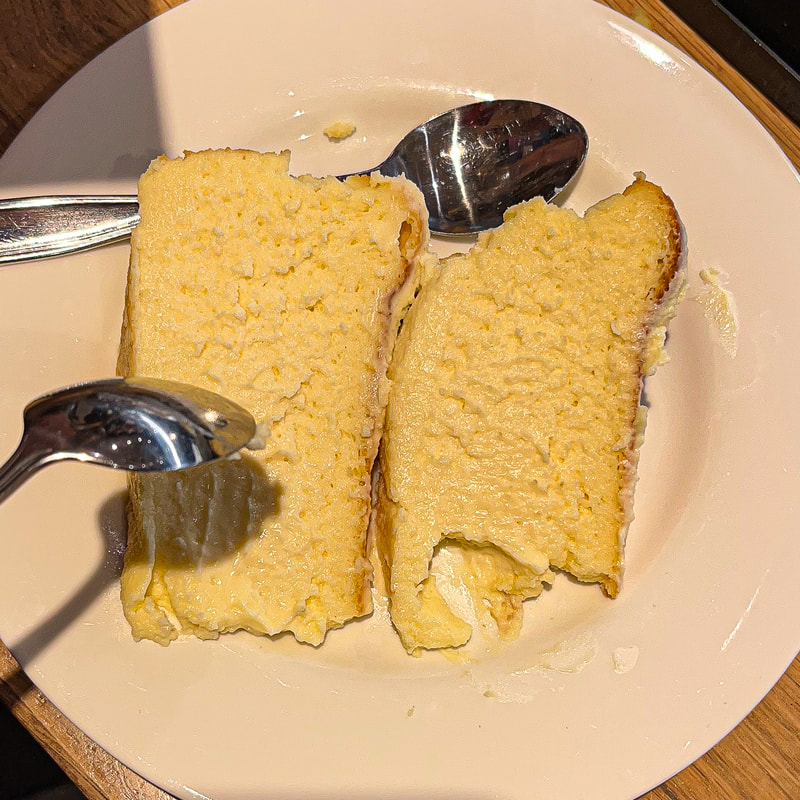
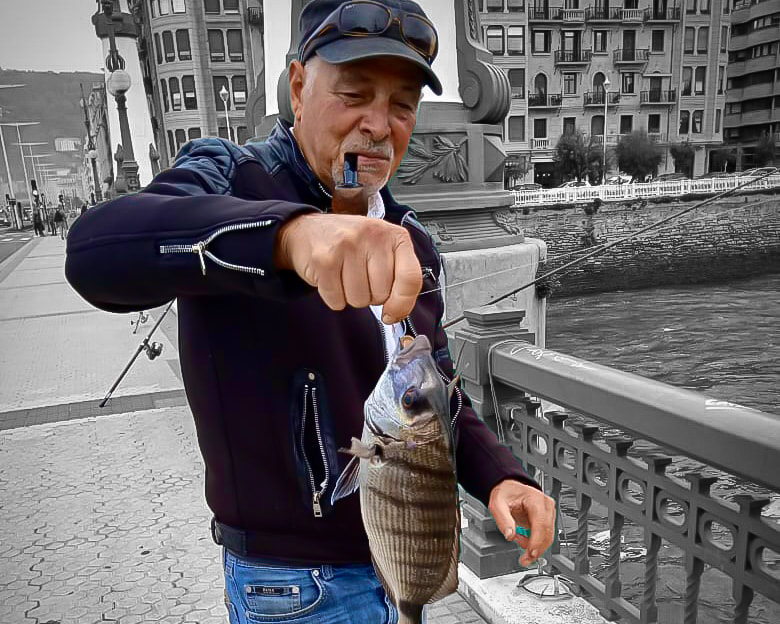
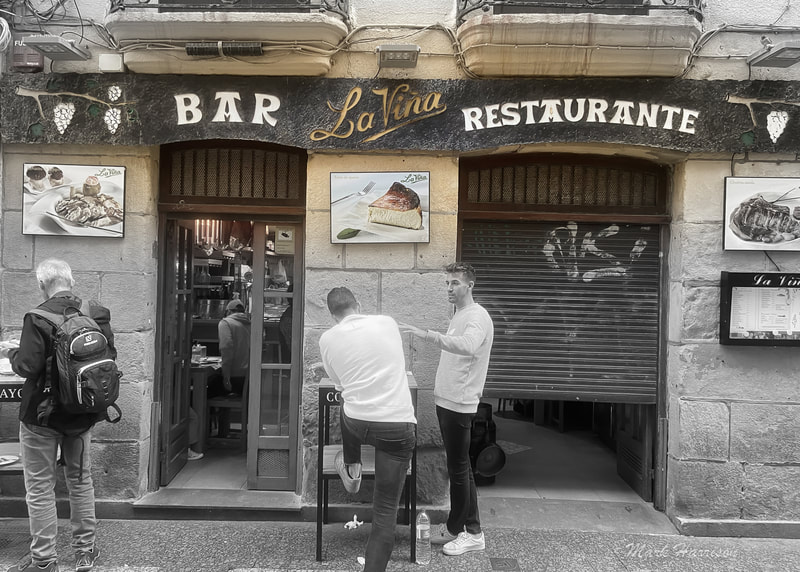
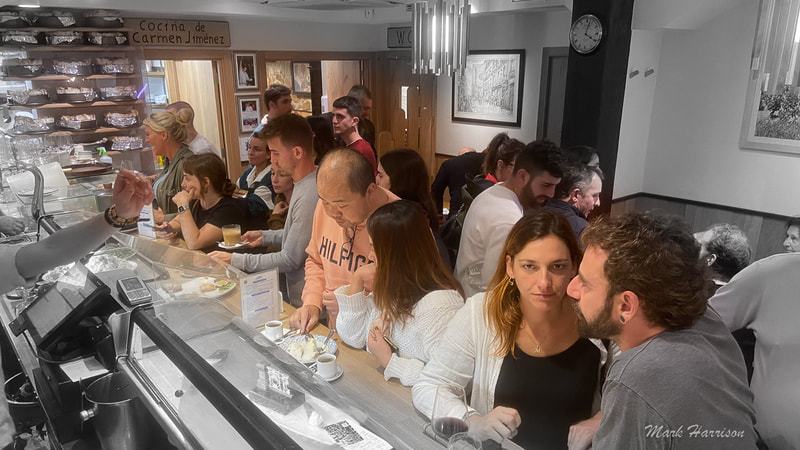
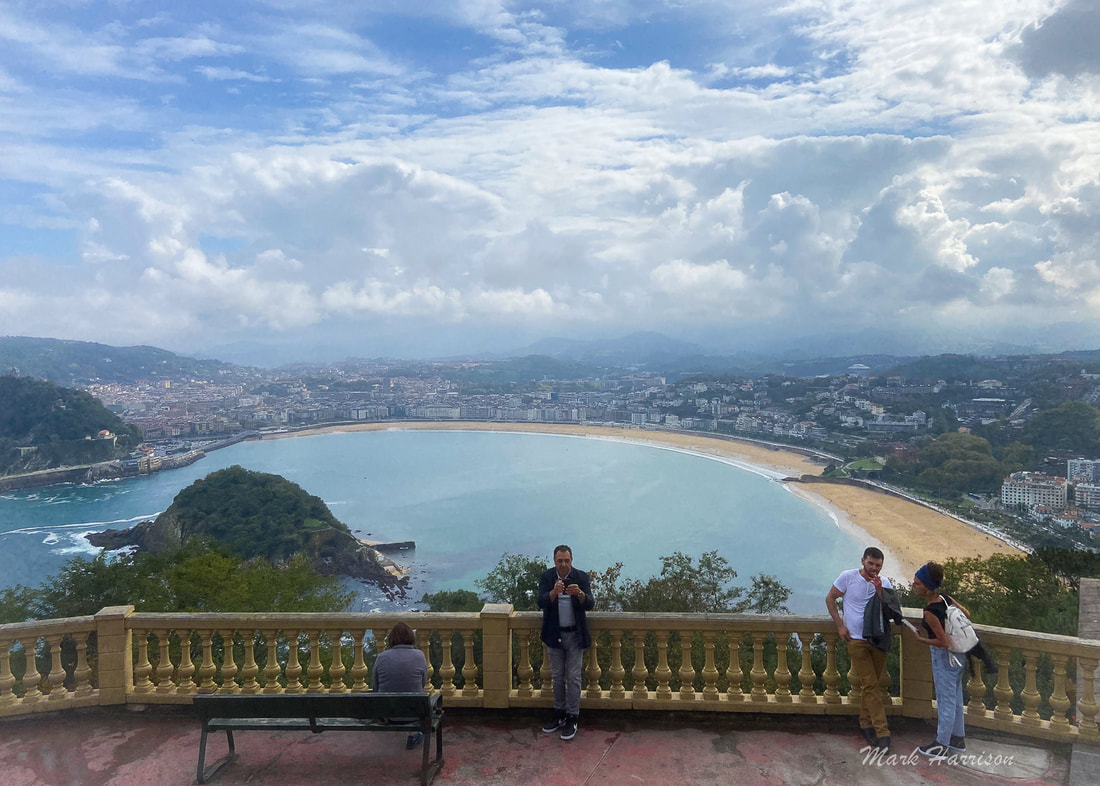
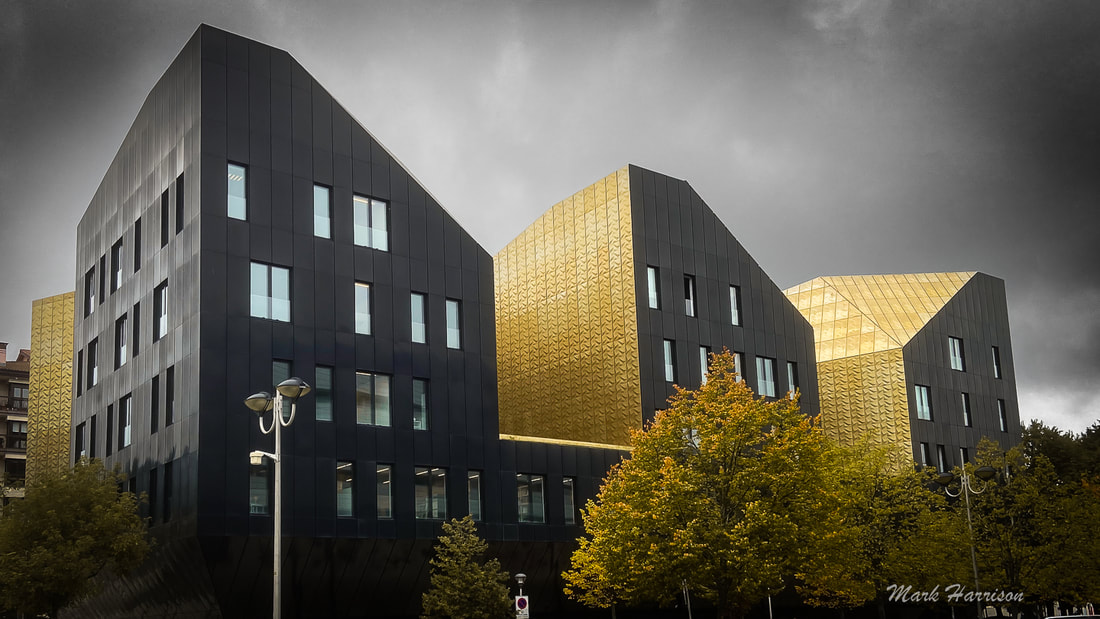
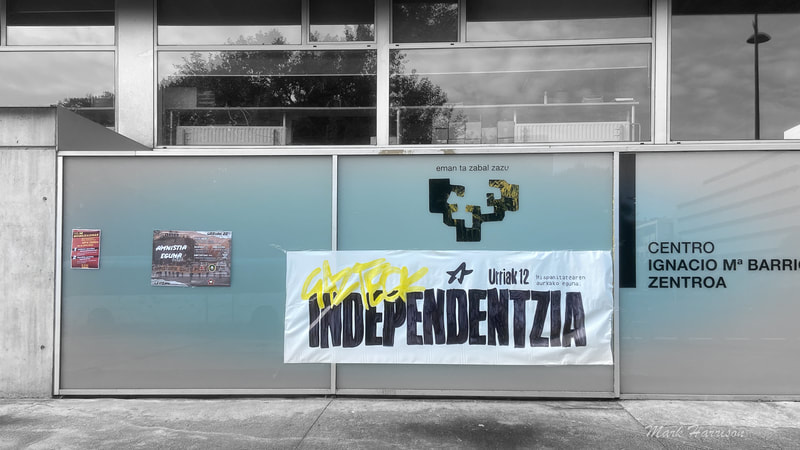
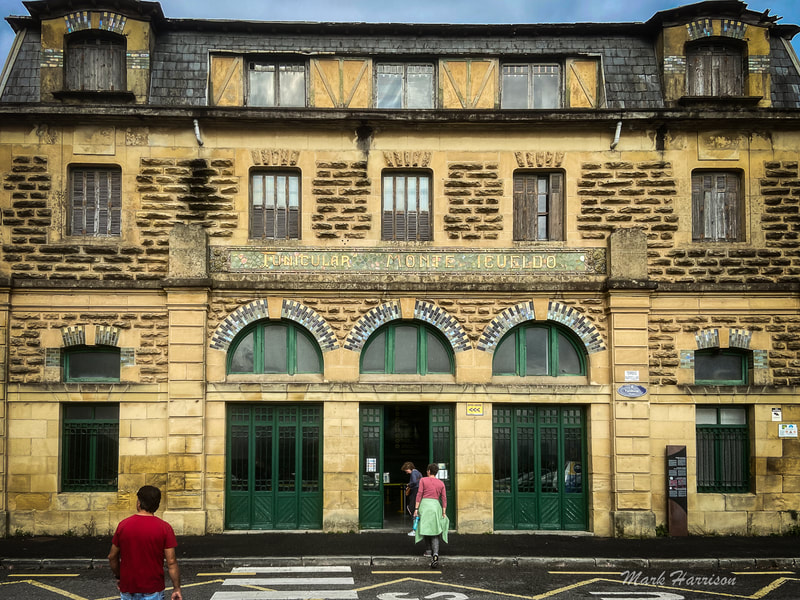
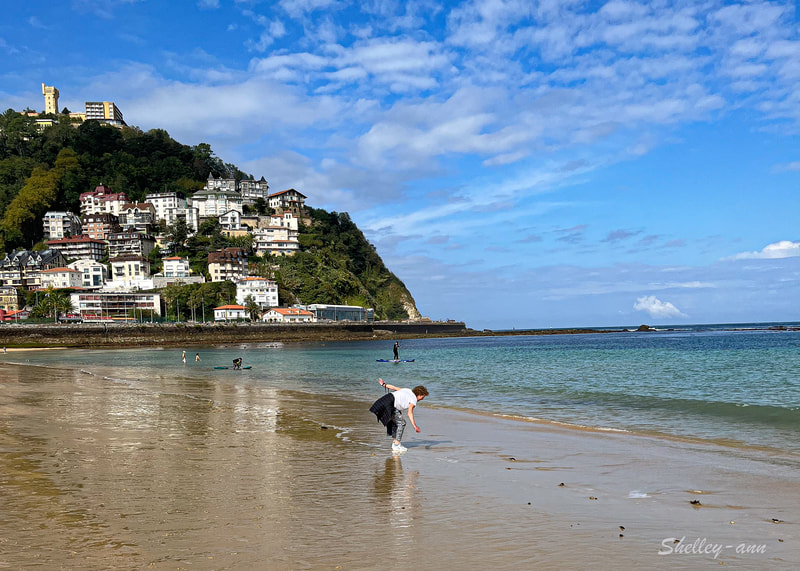
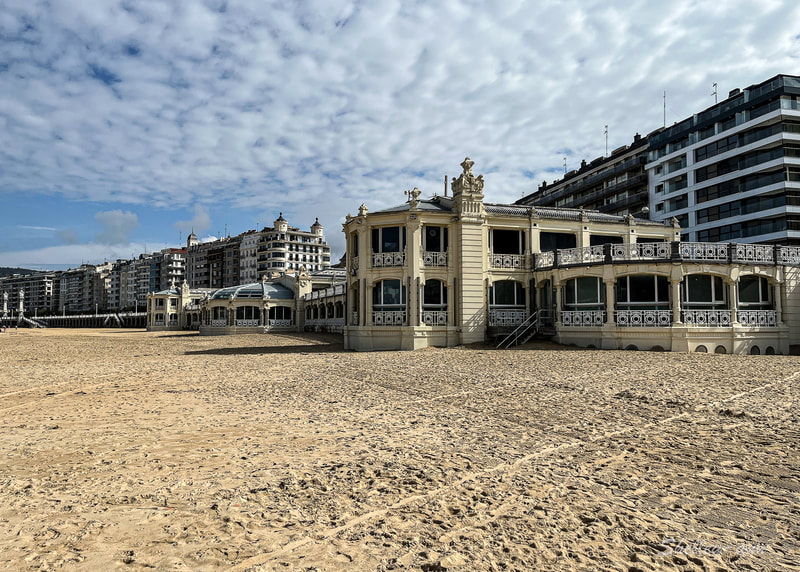
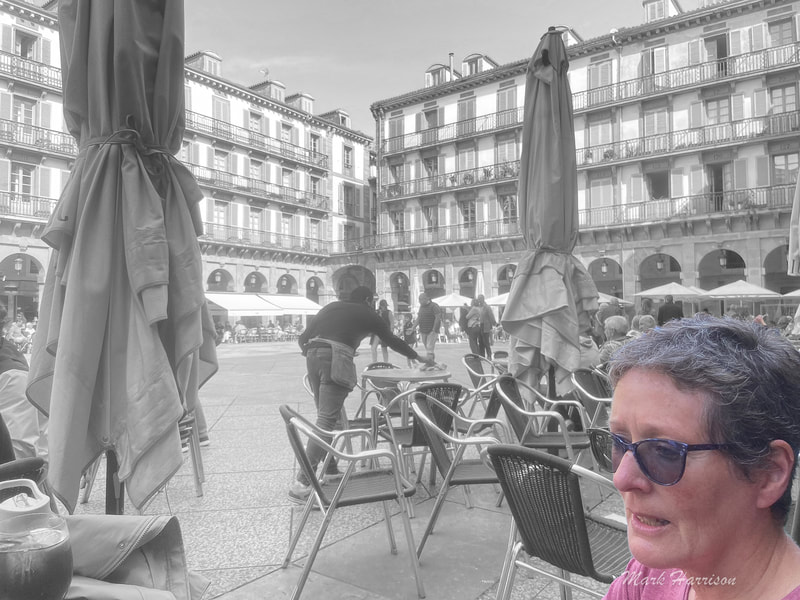
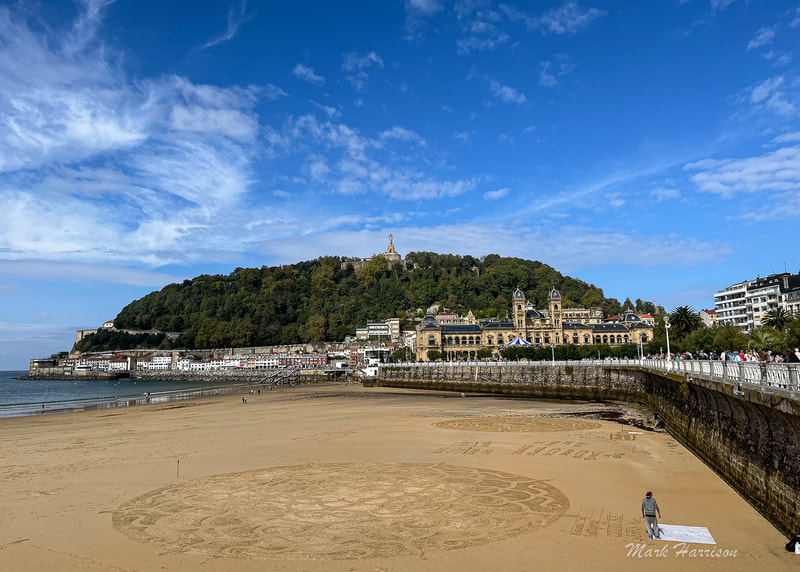
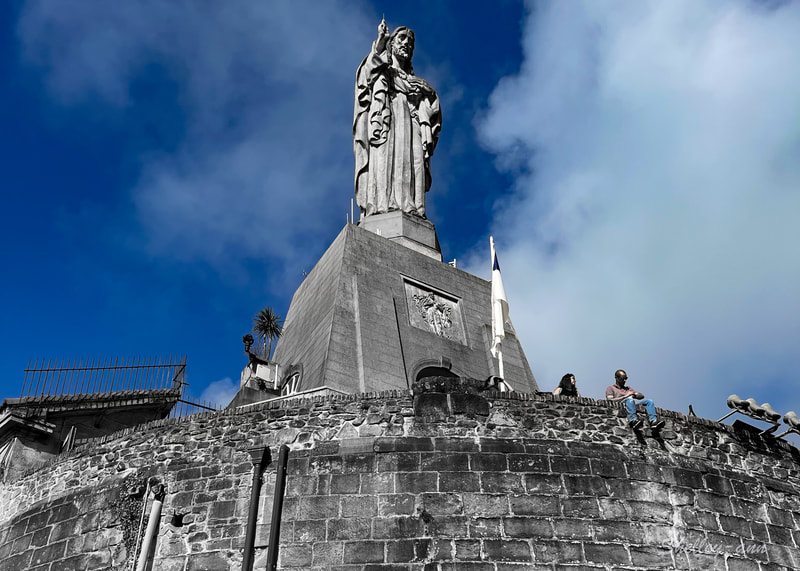
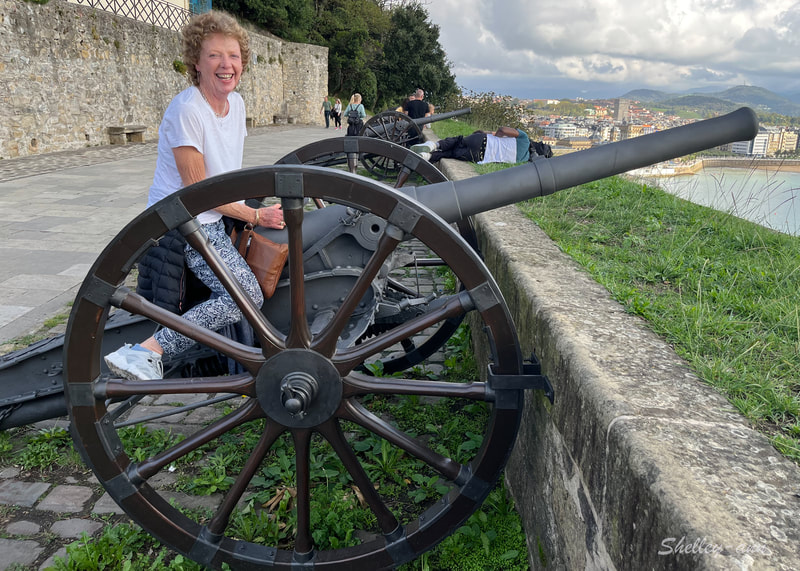
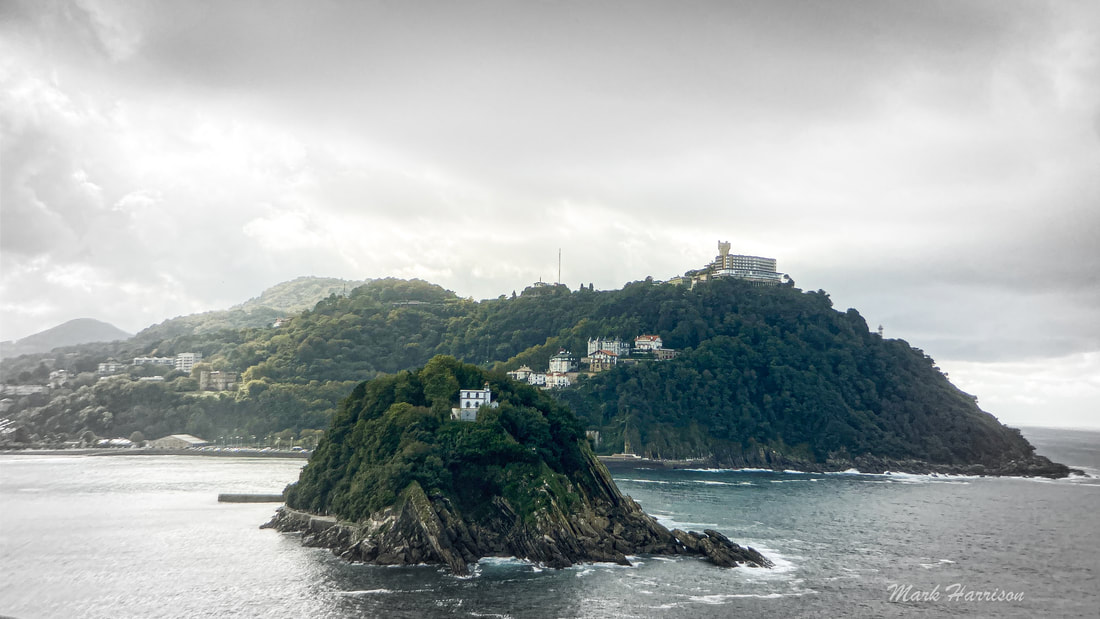
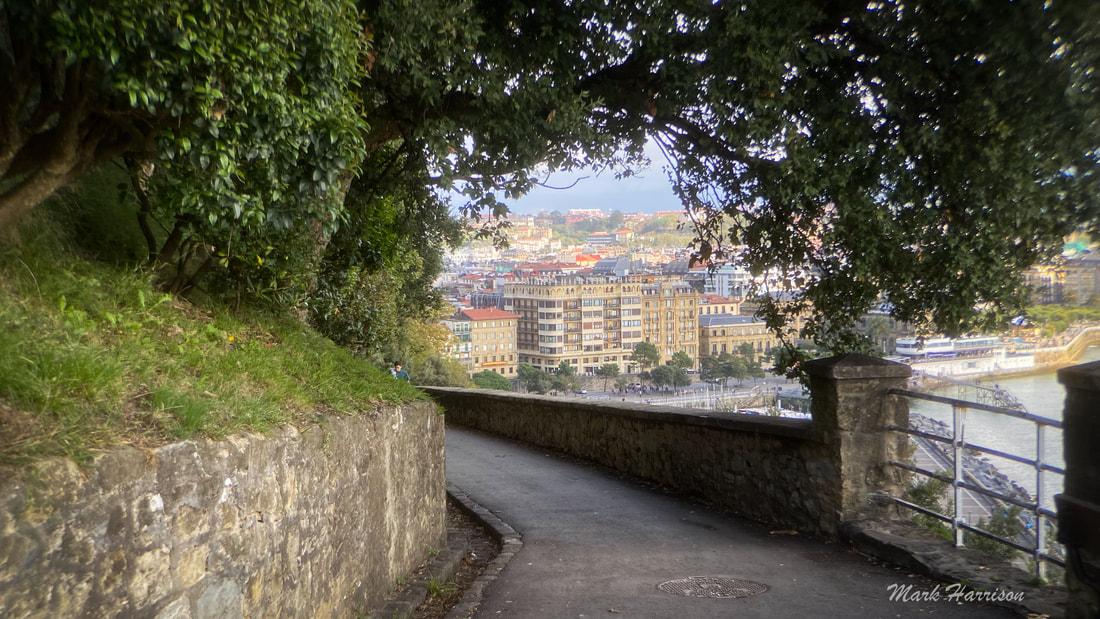
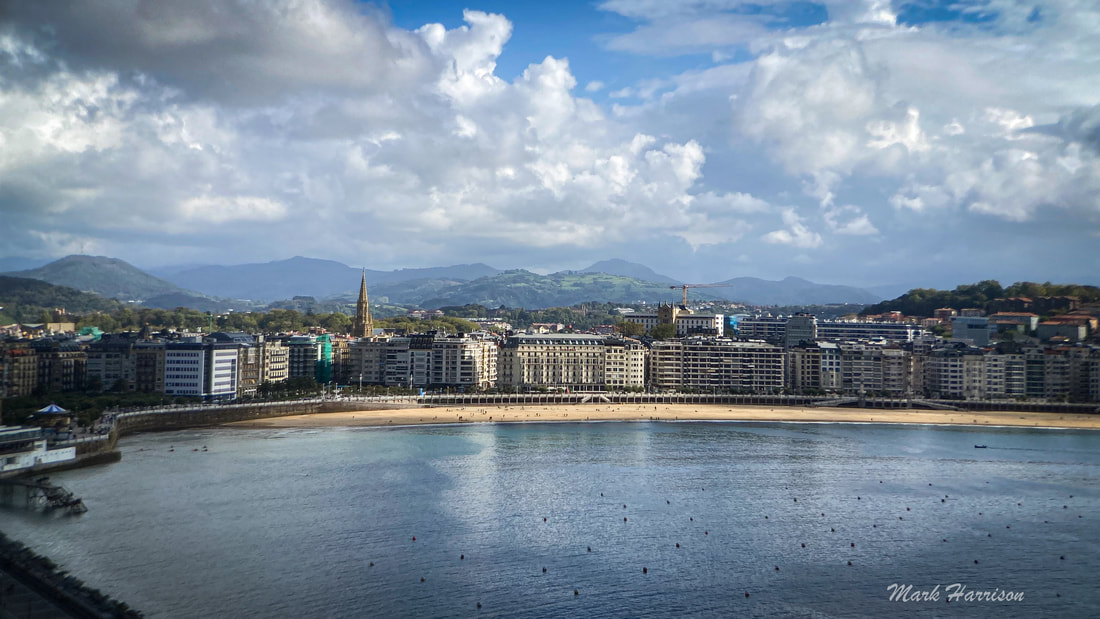
 RSS Feed
RSS Feed